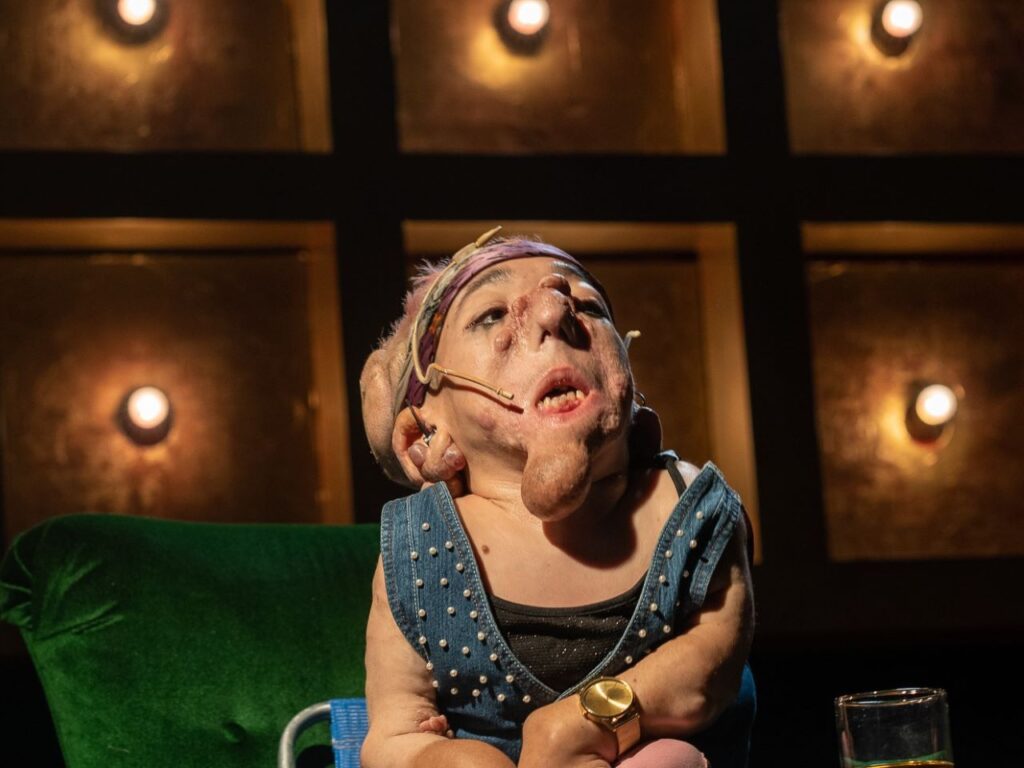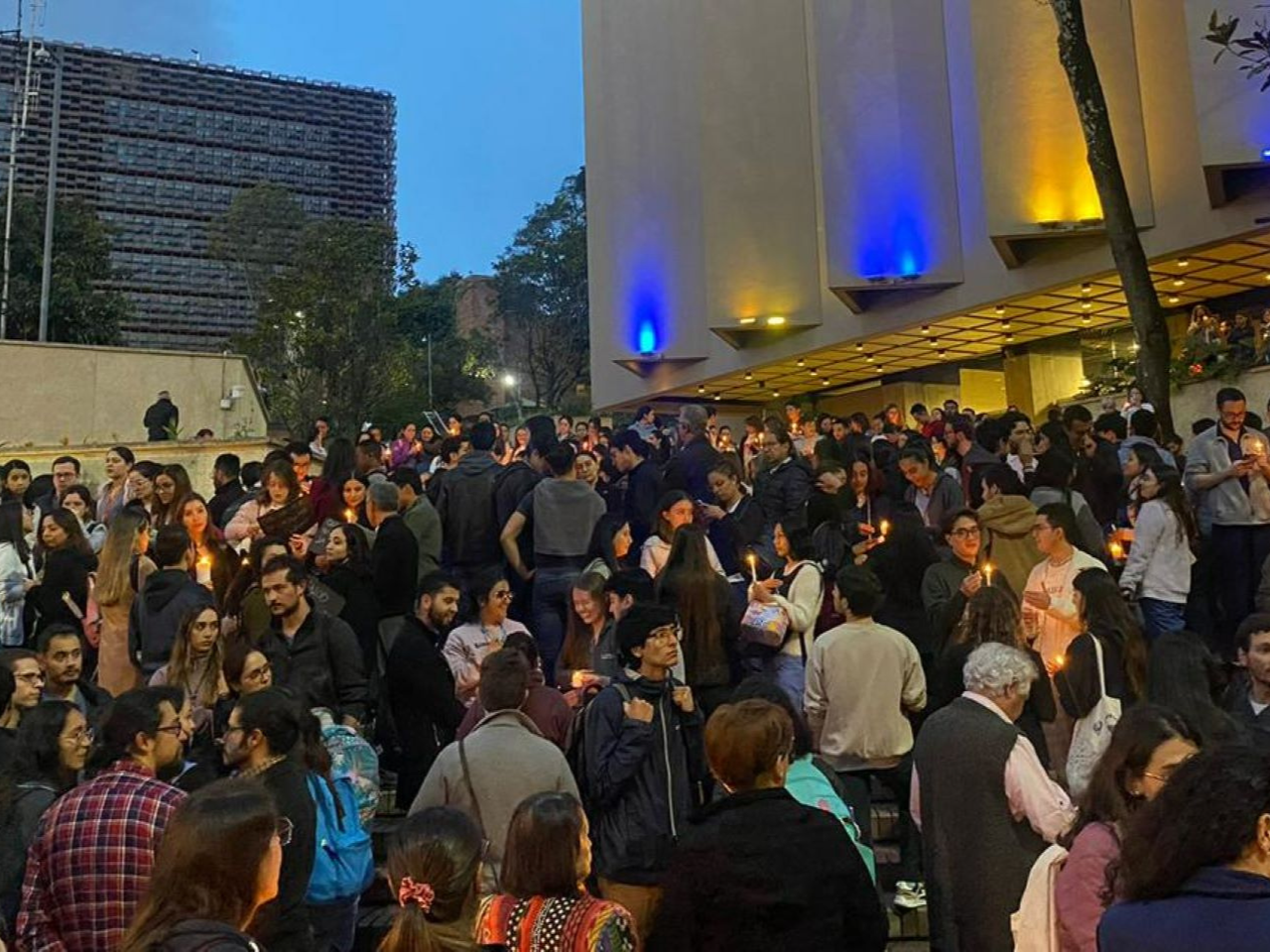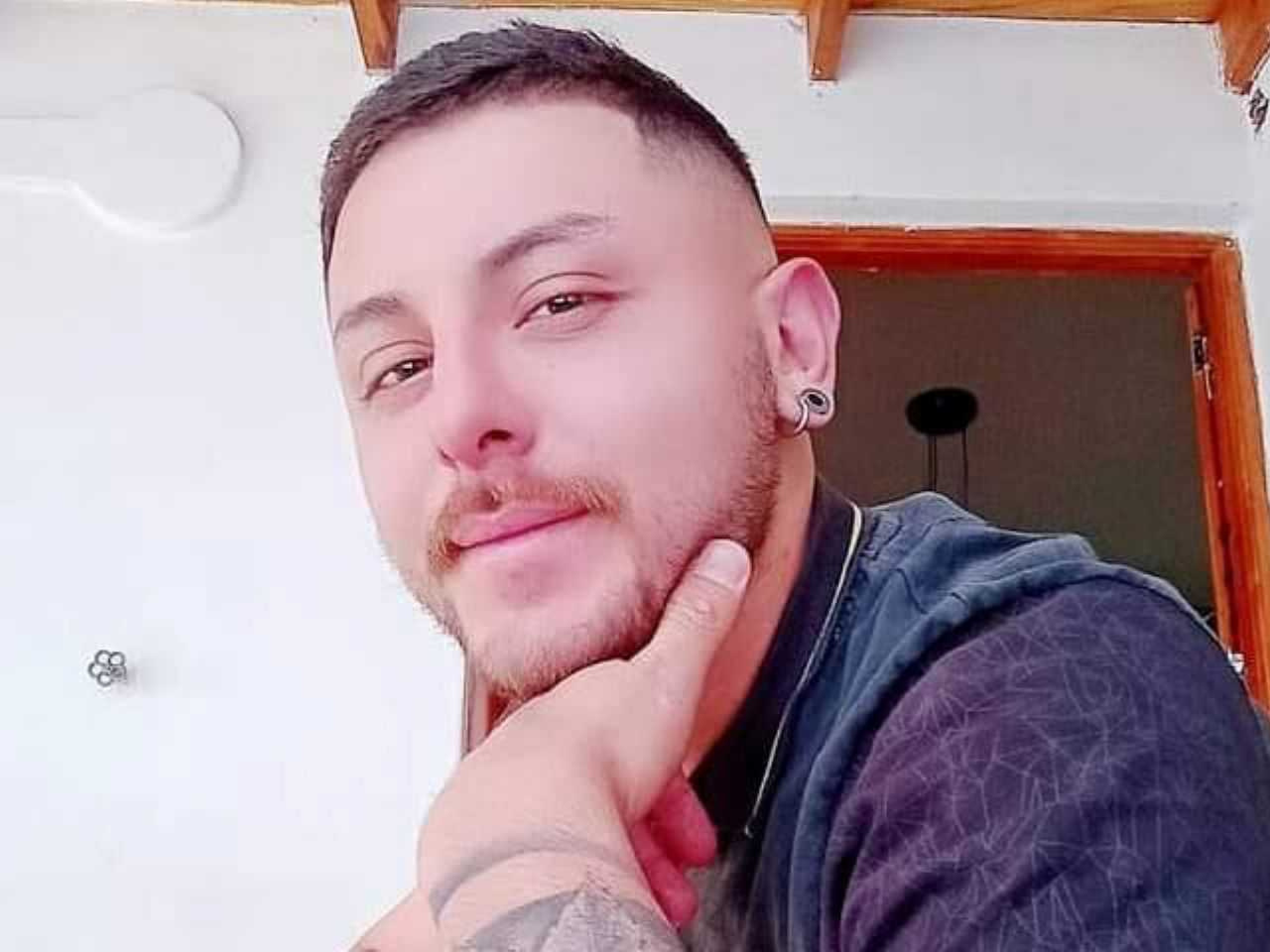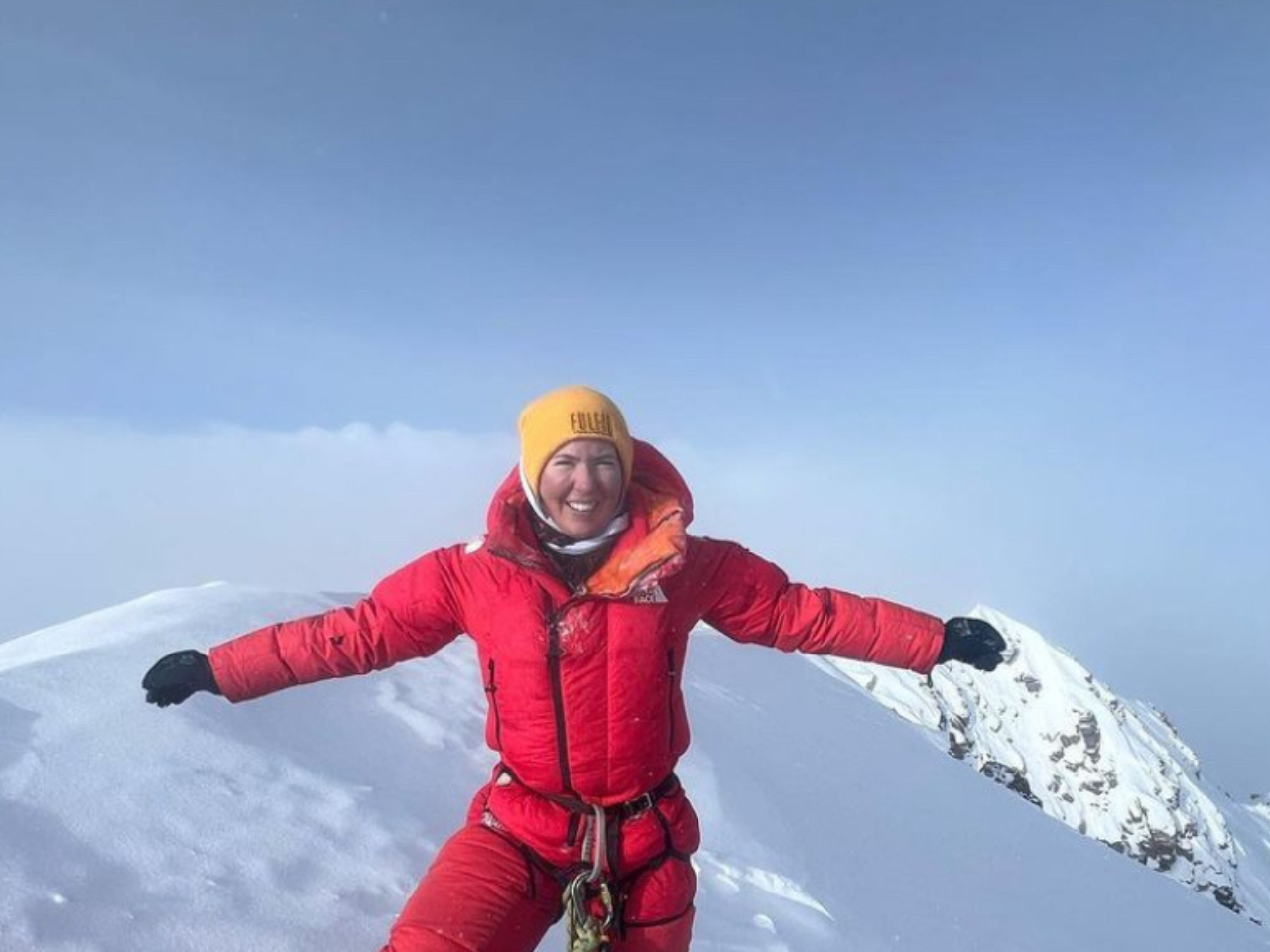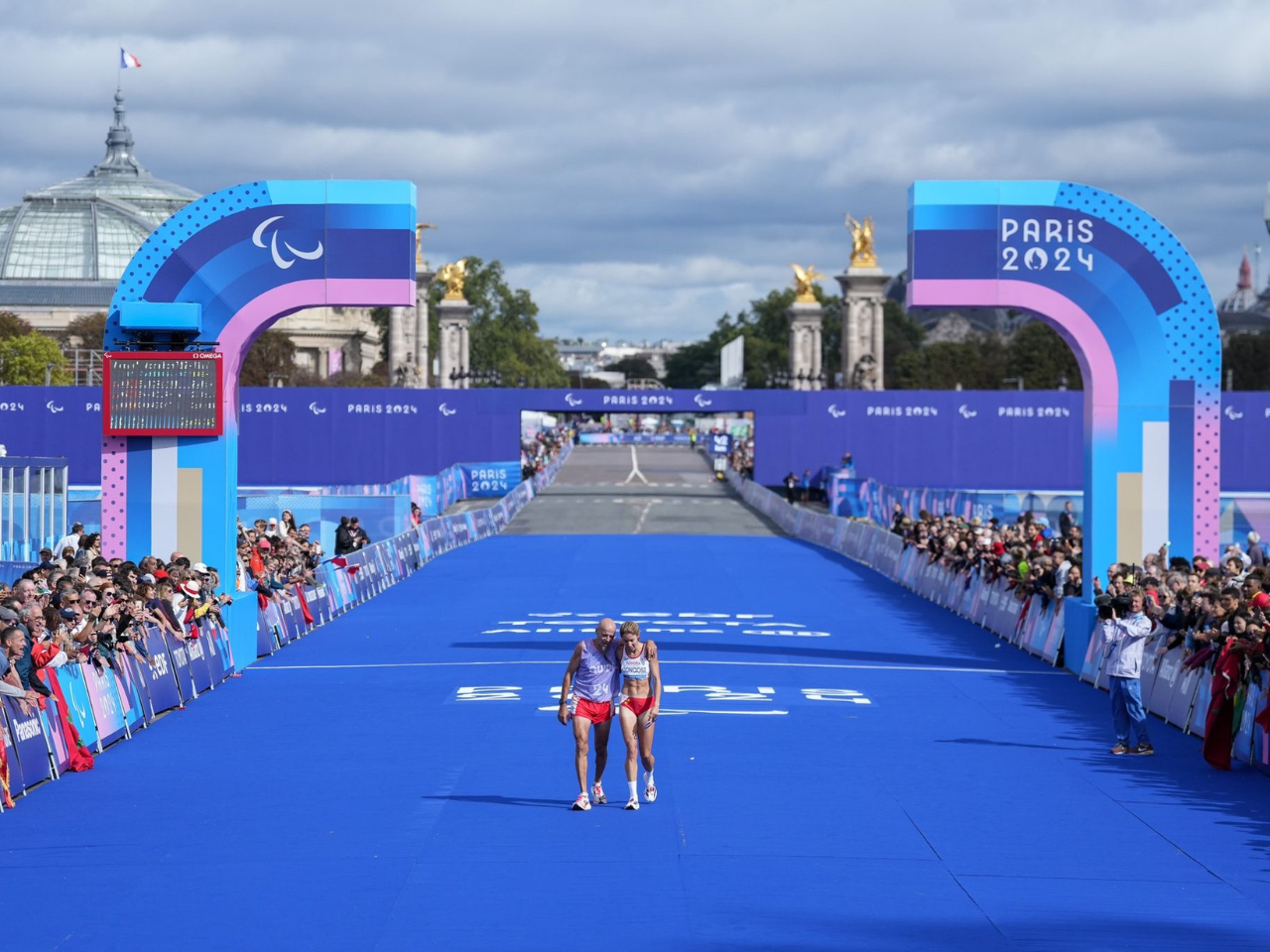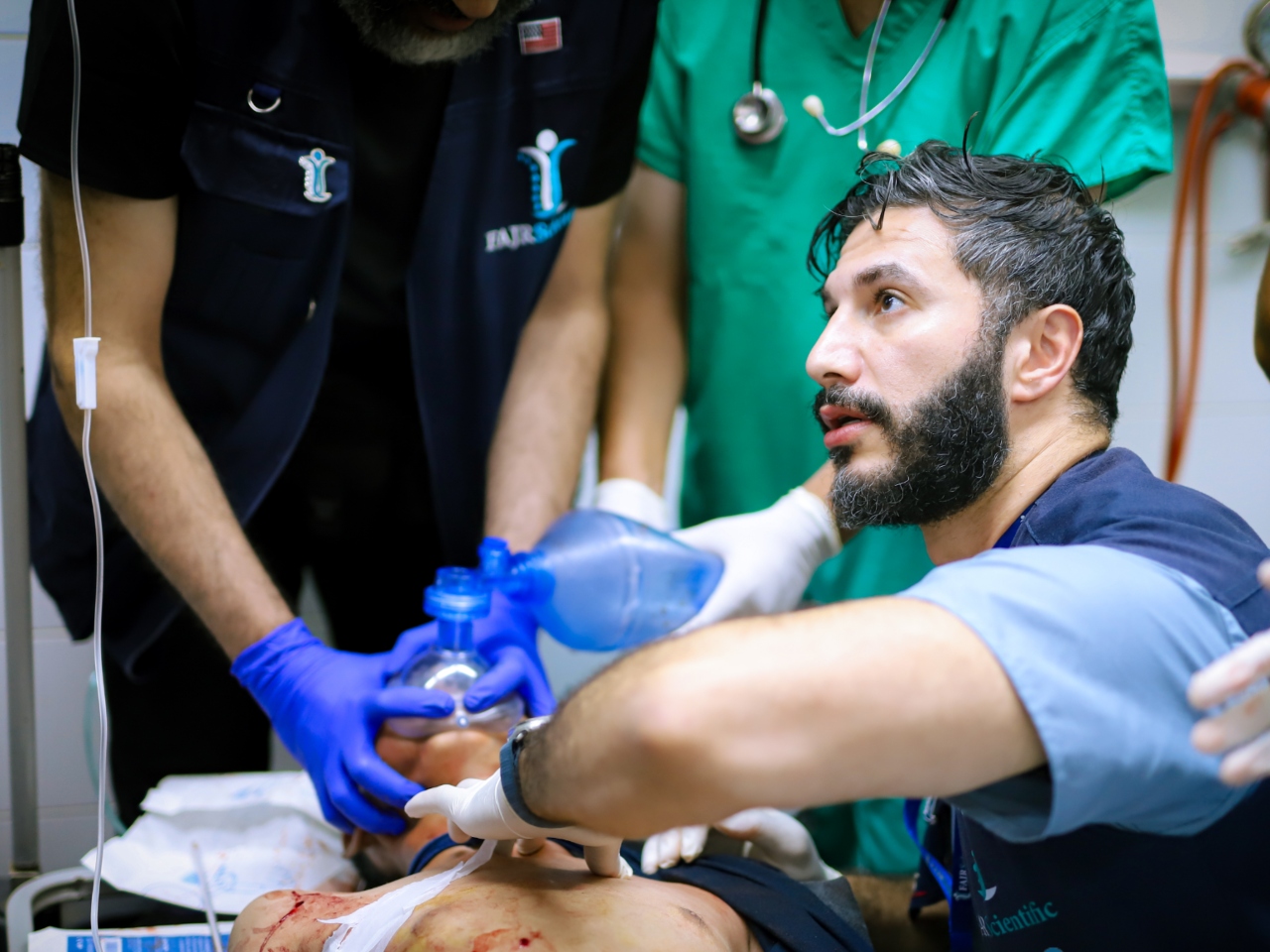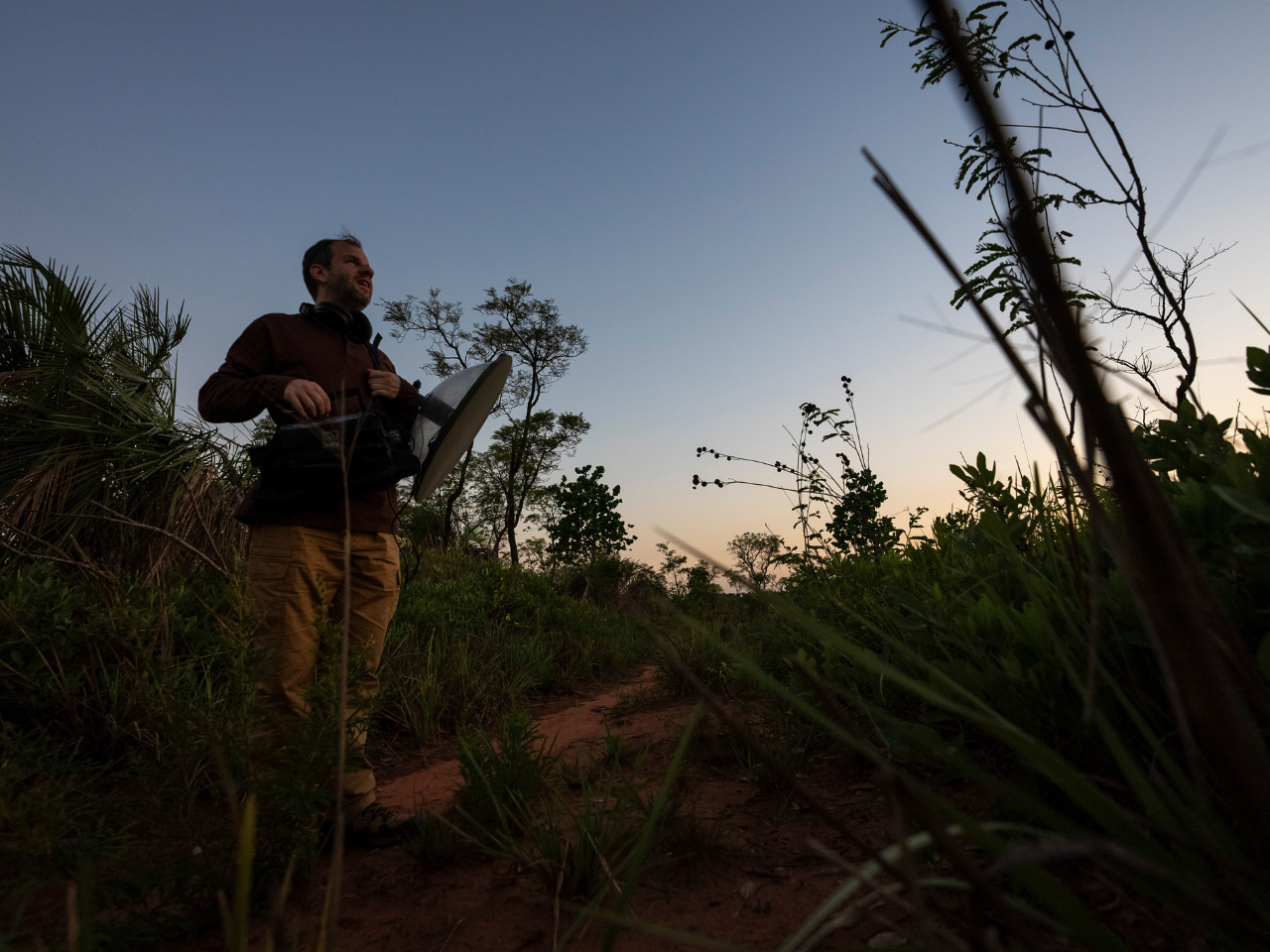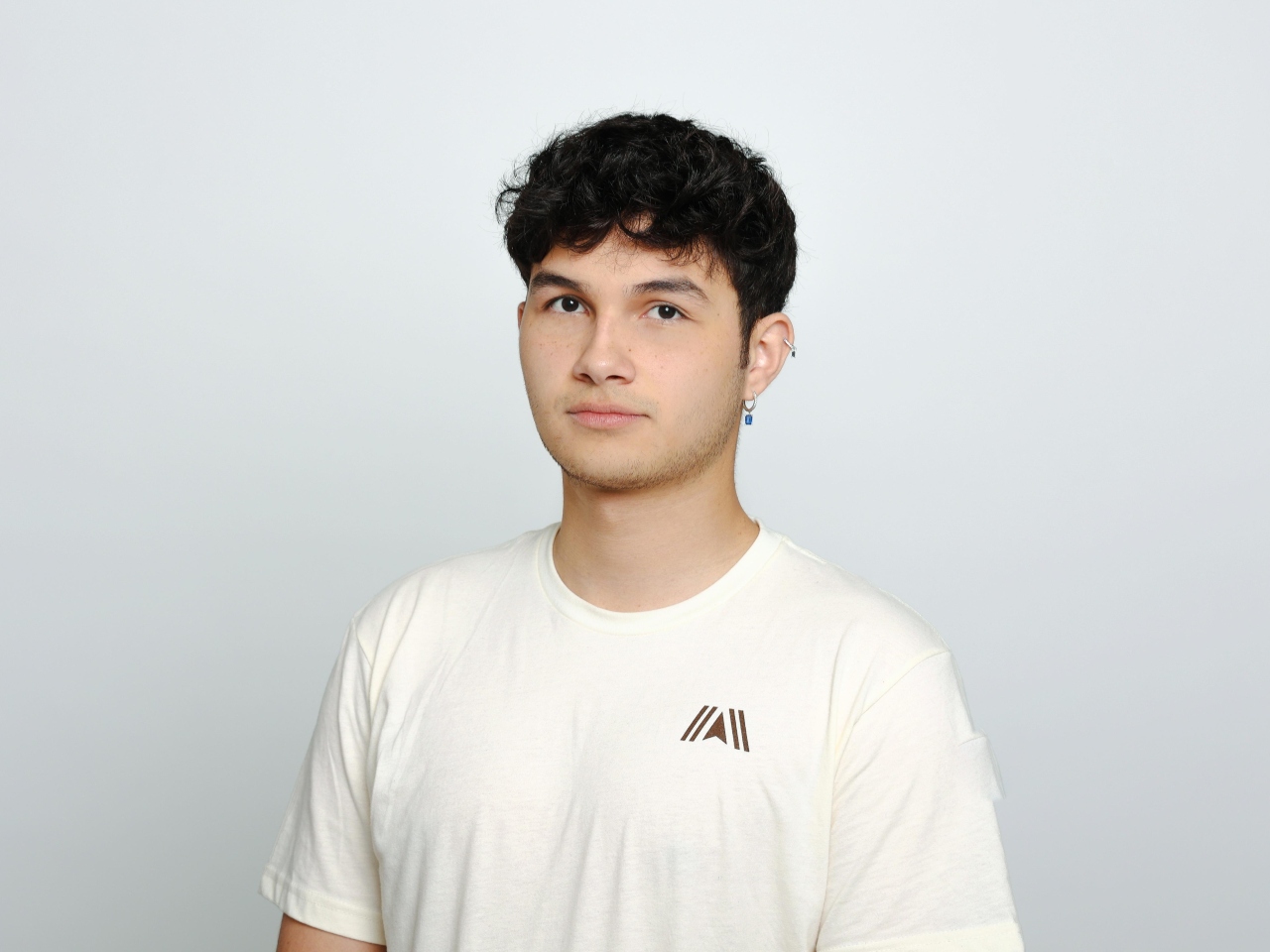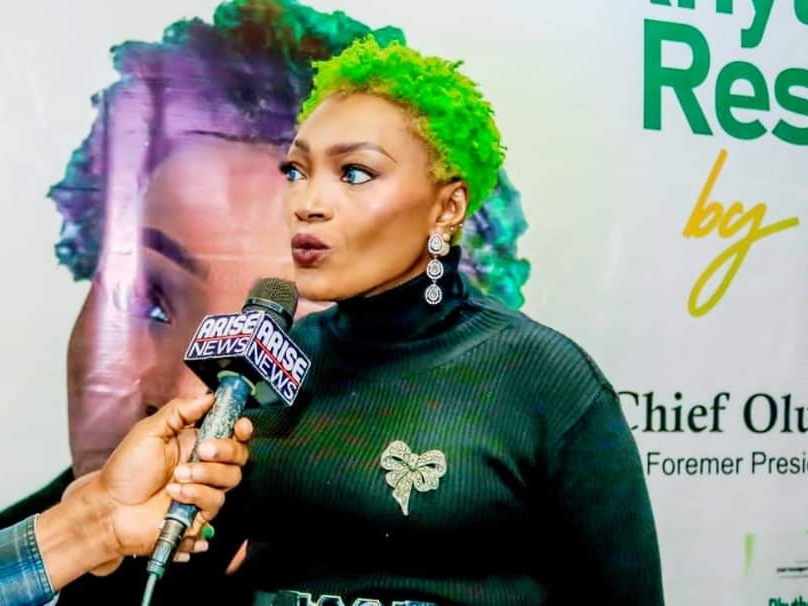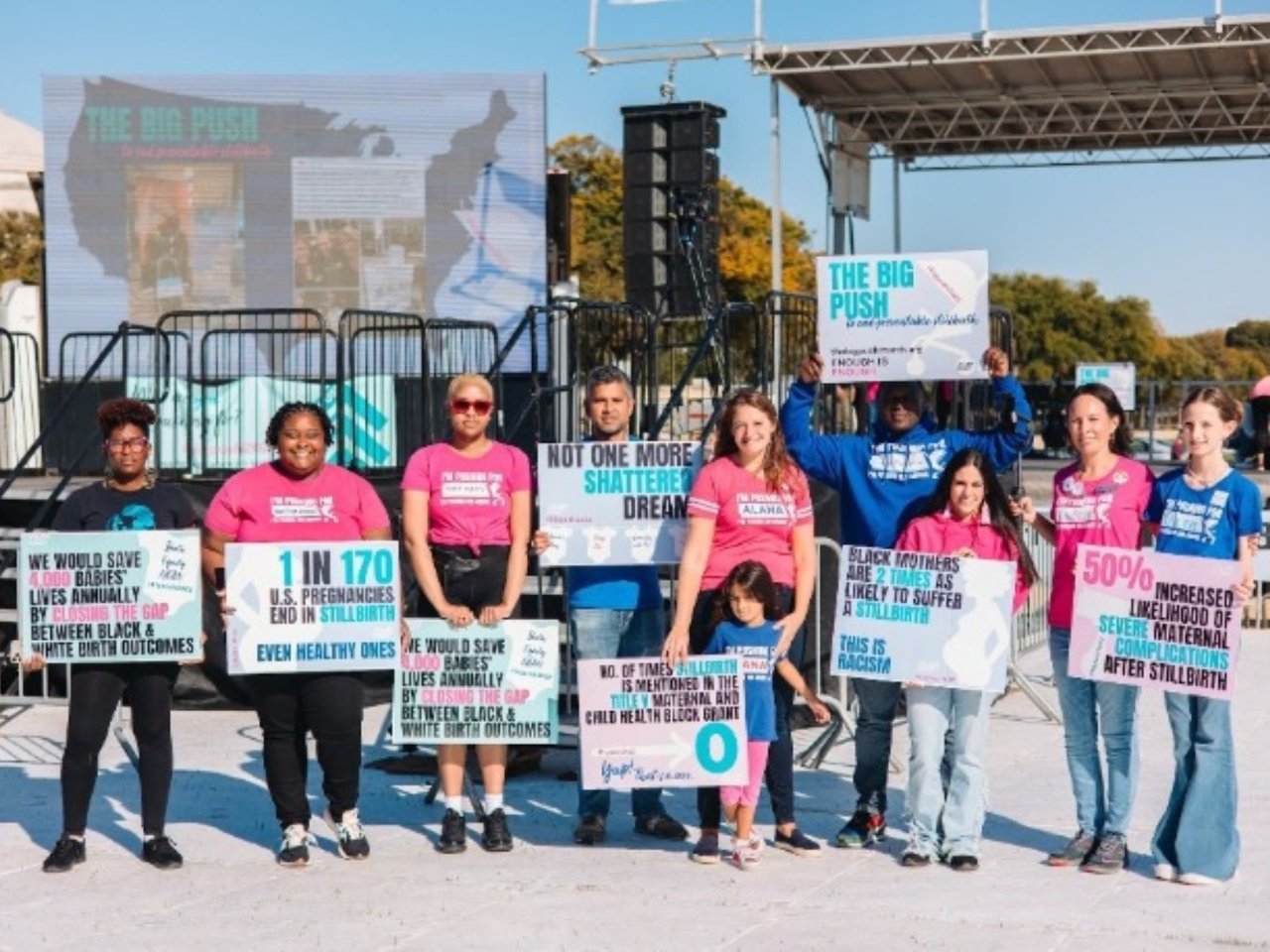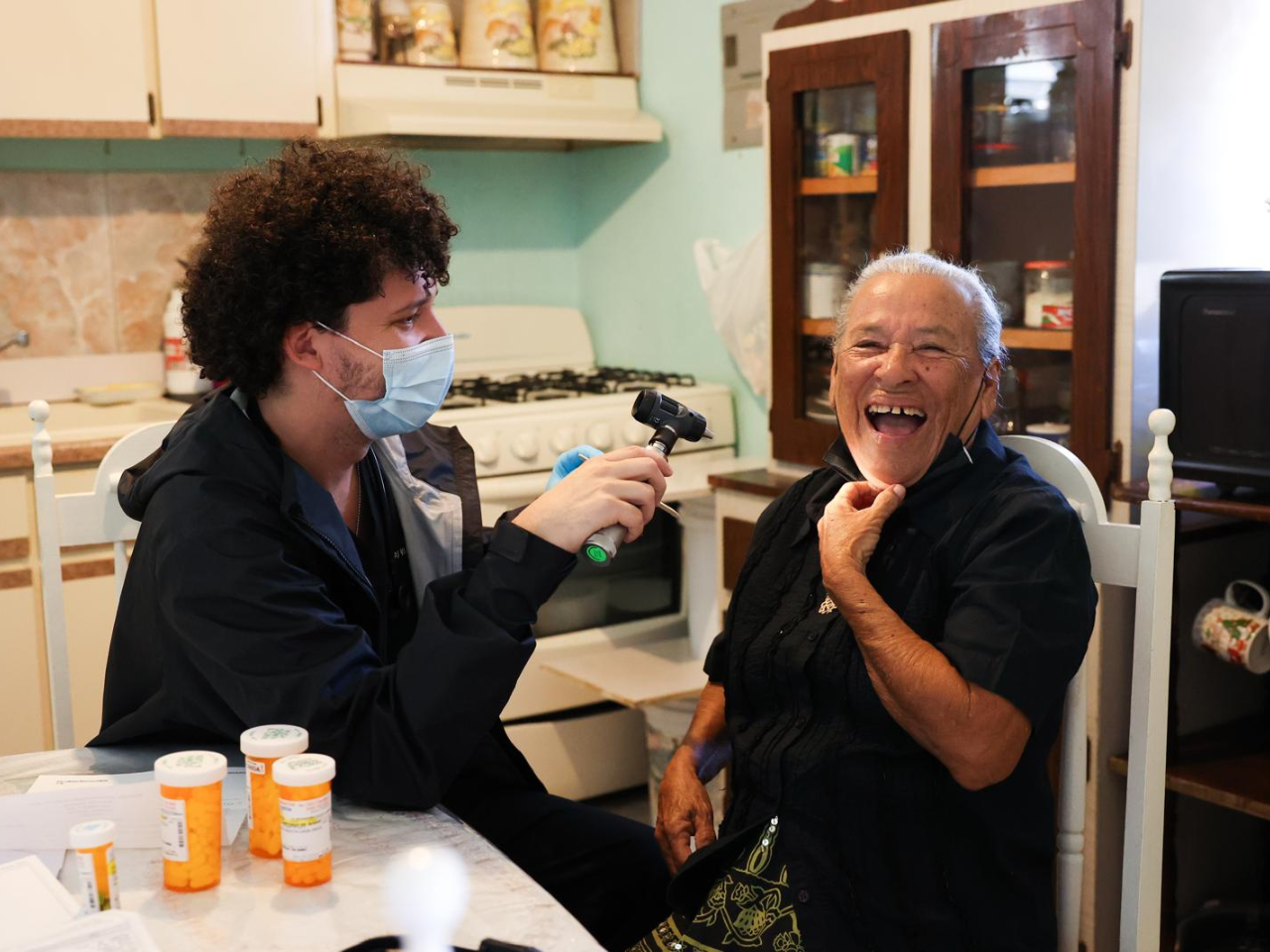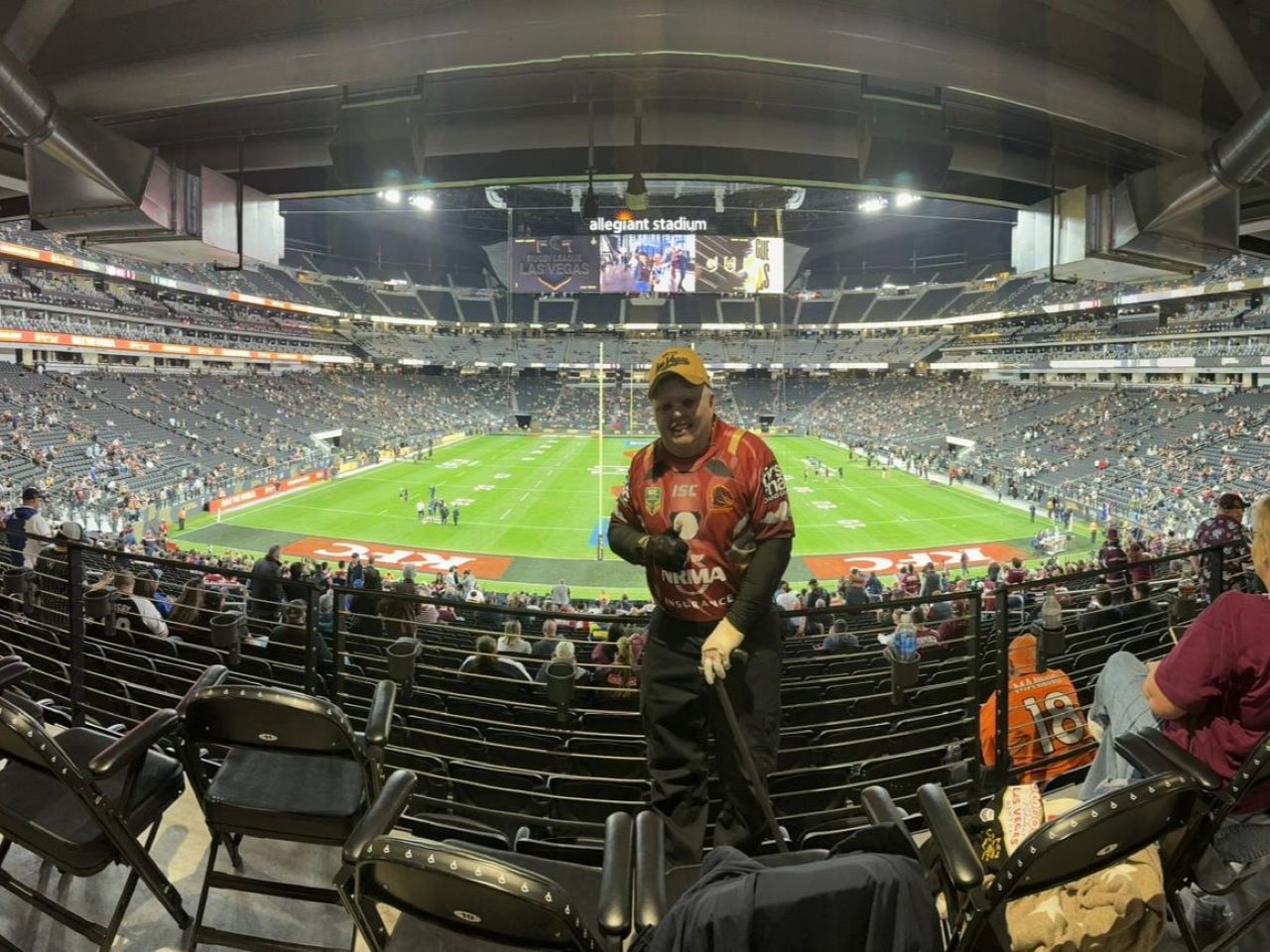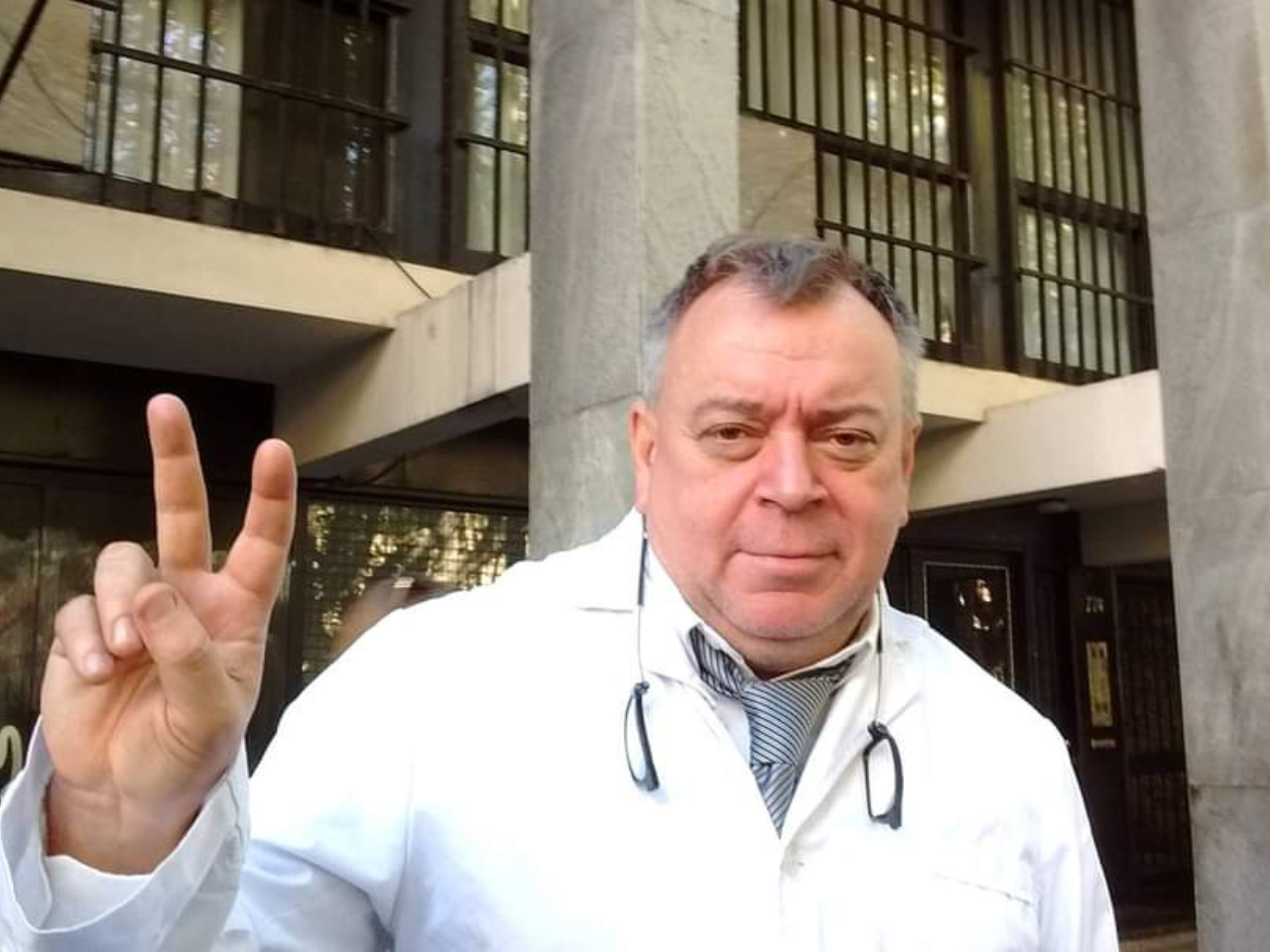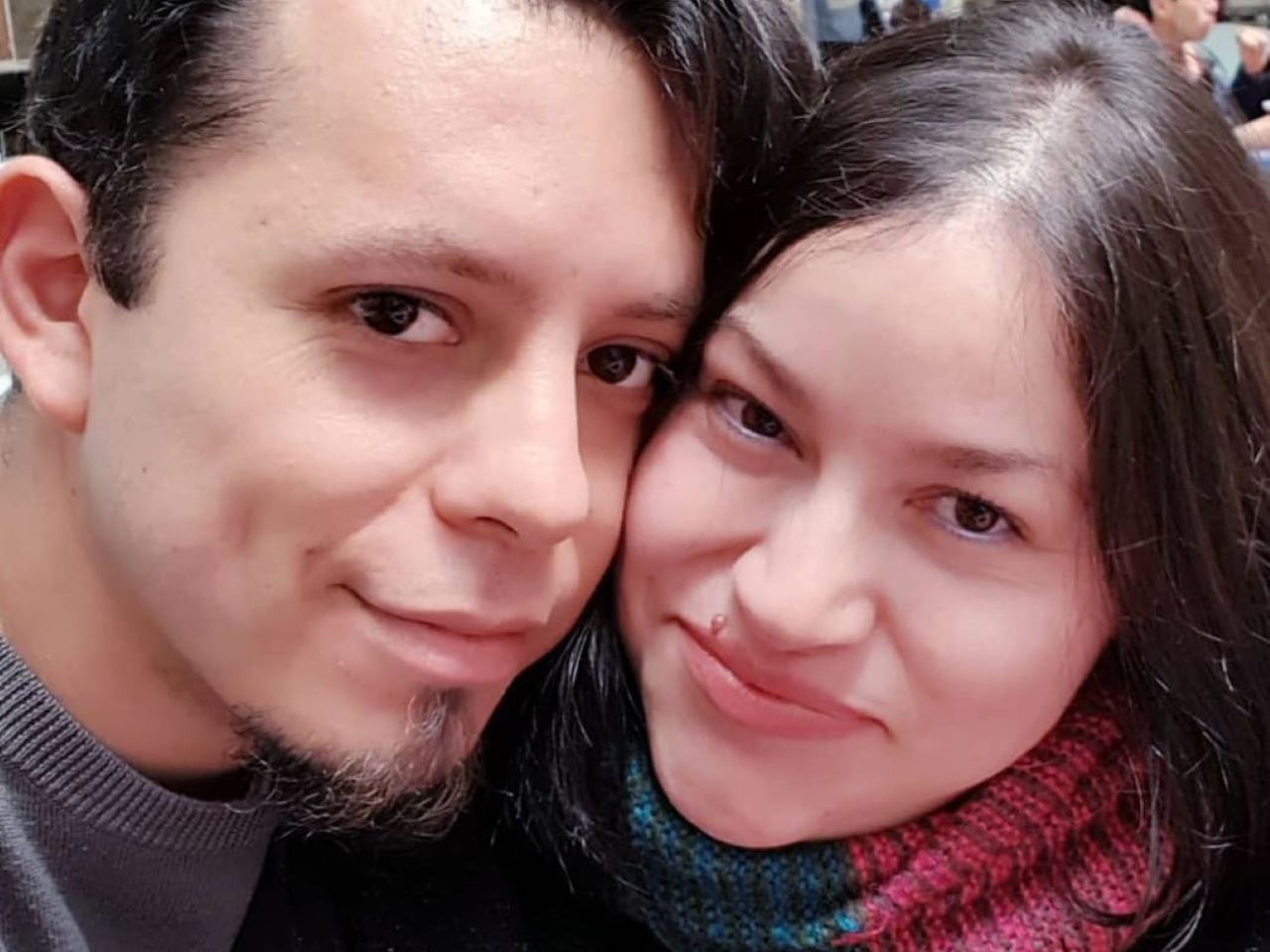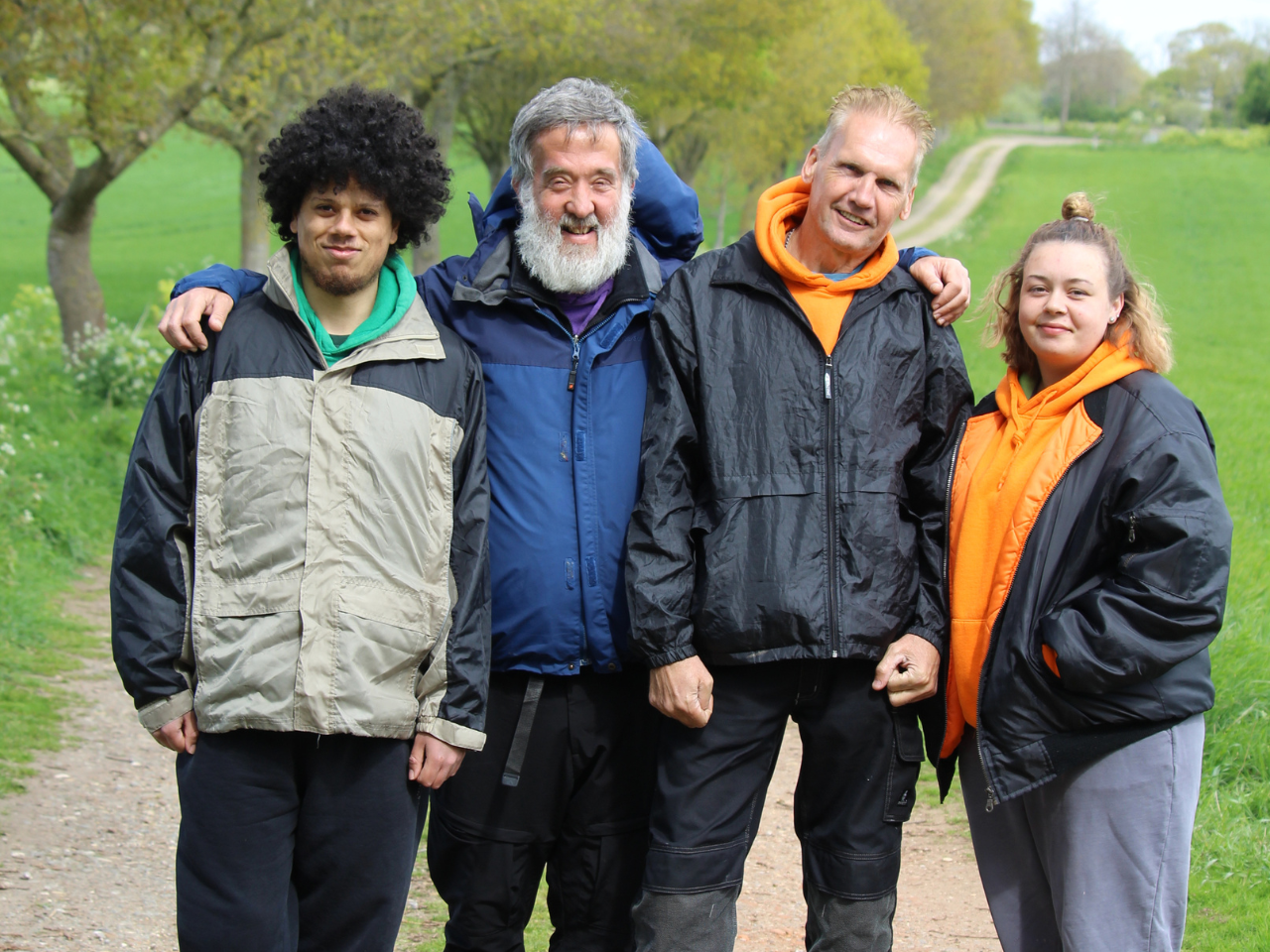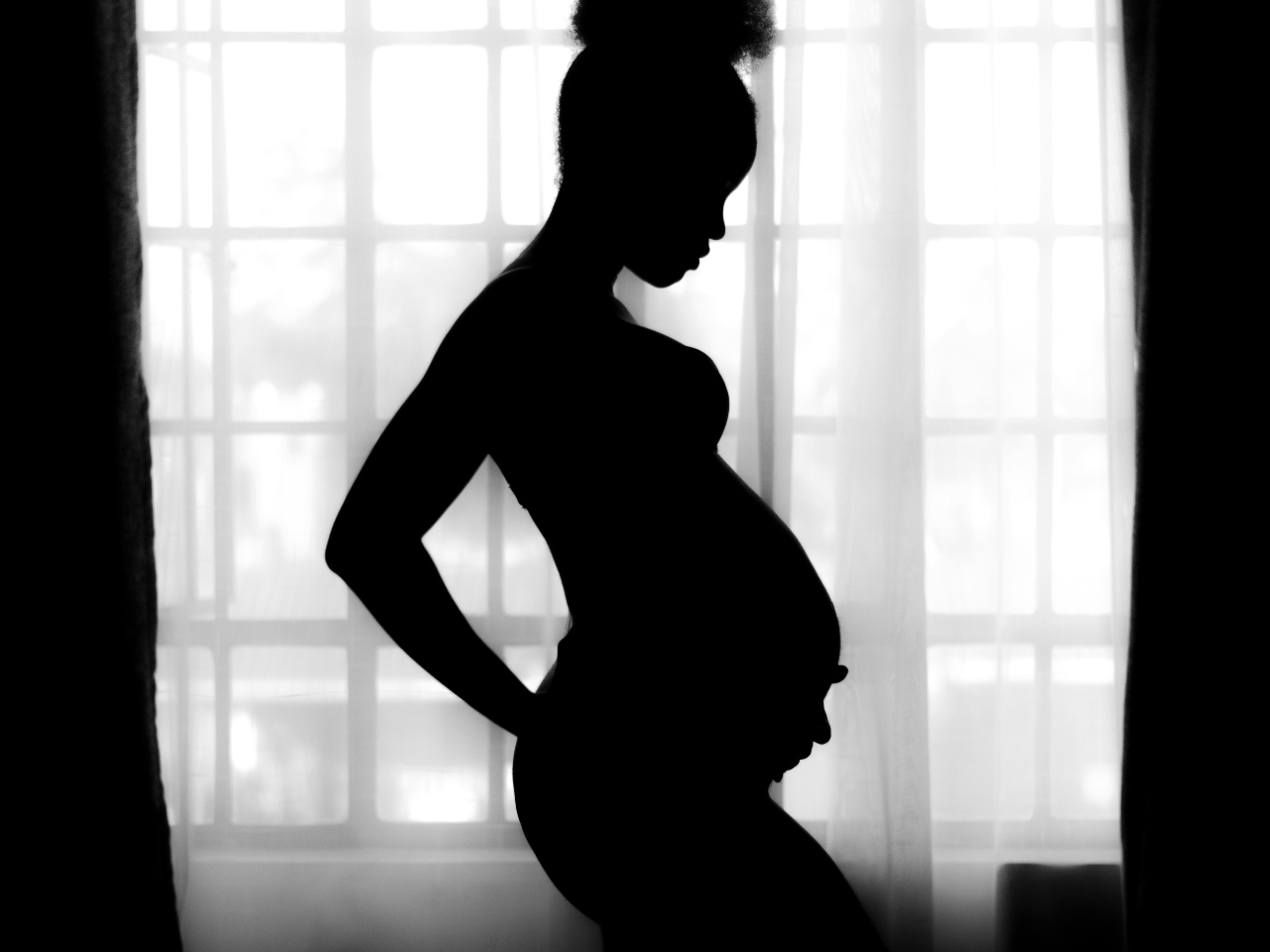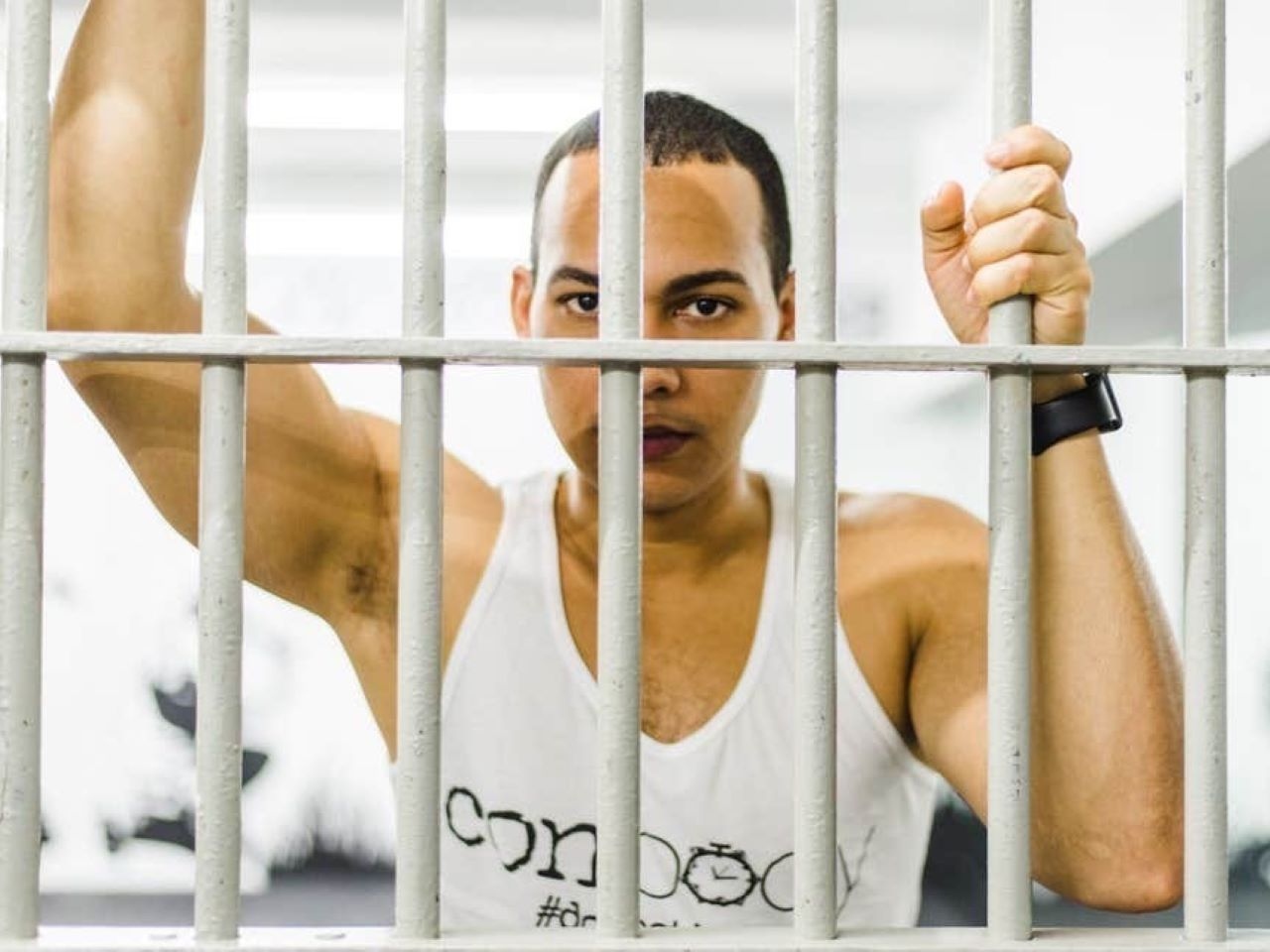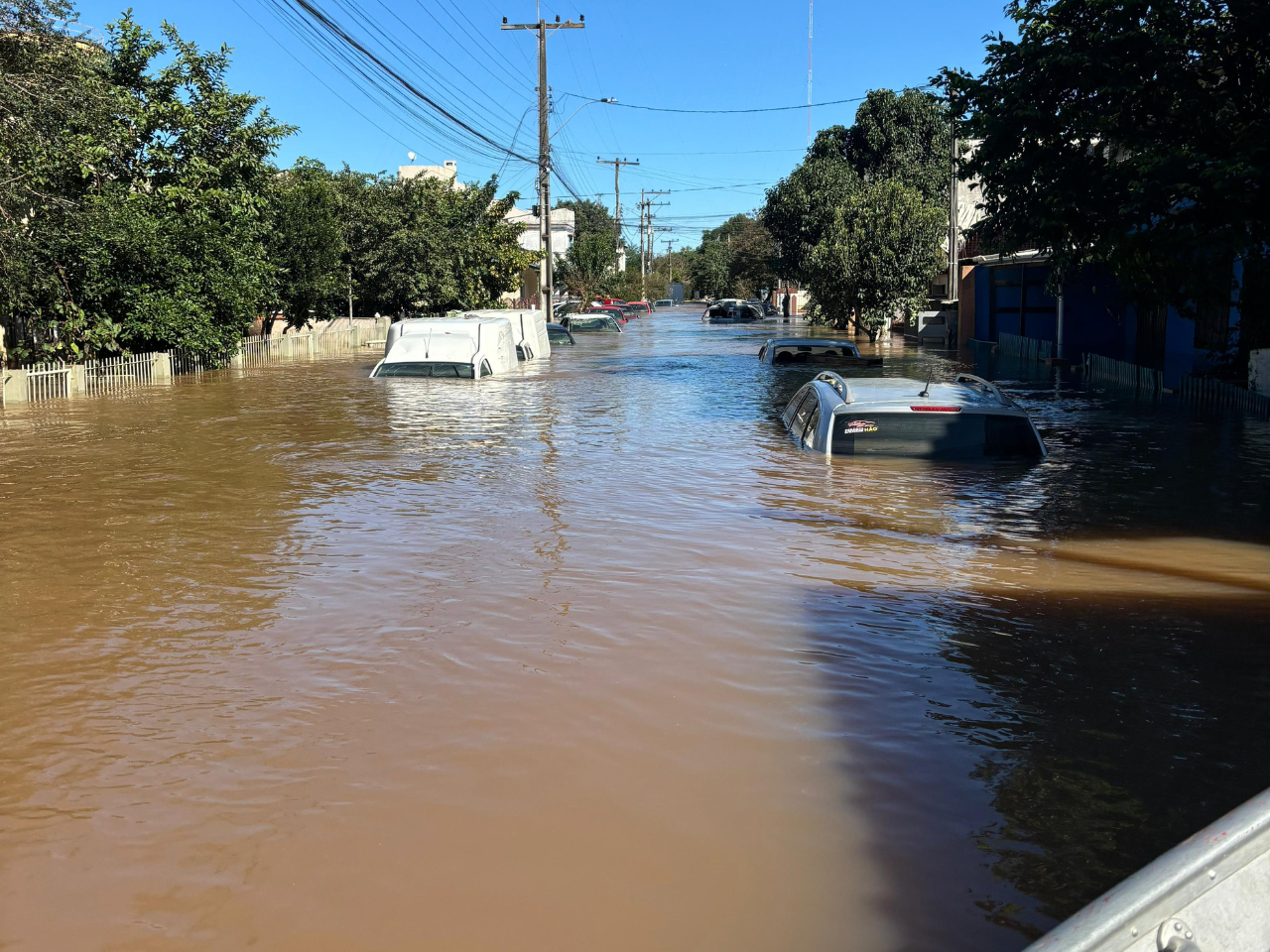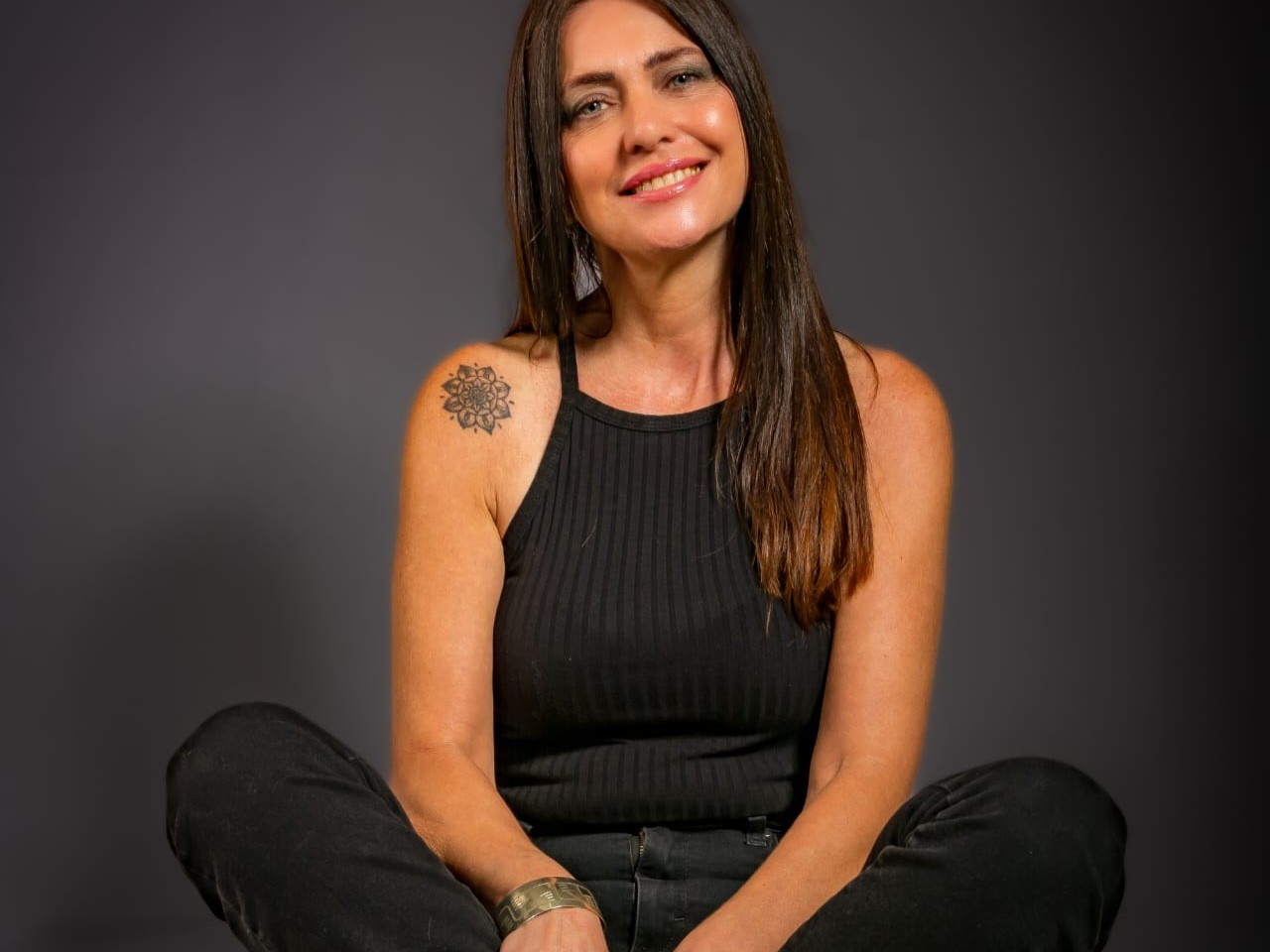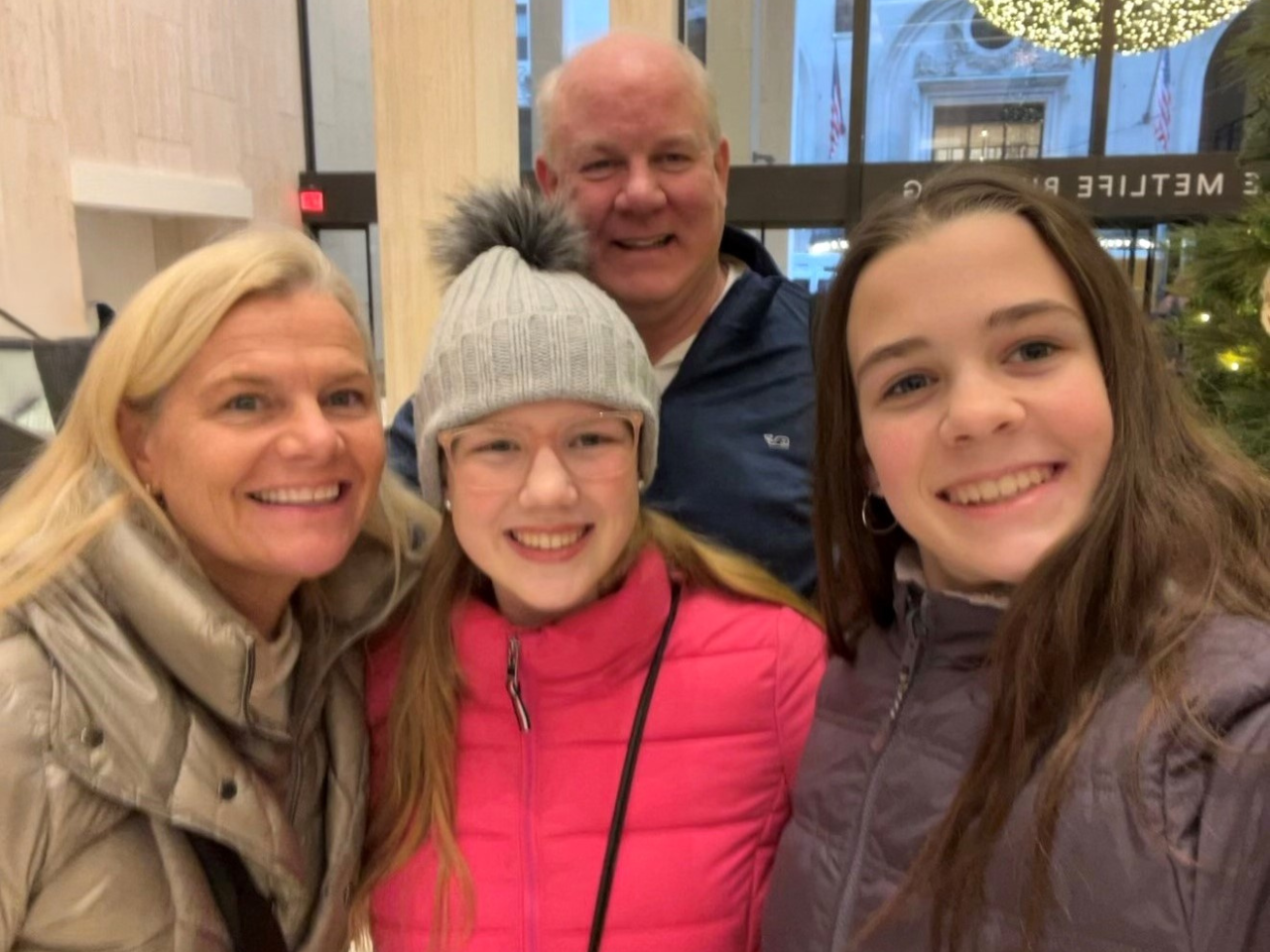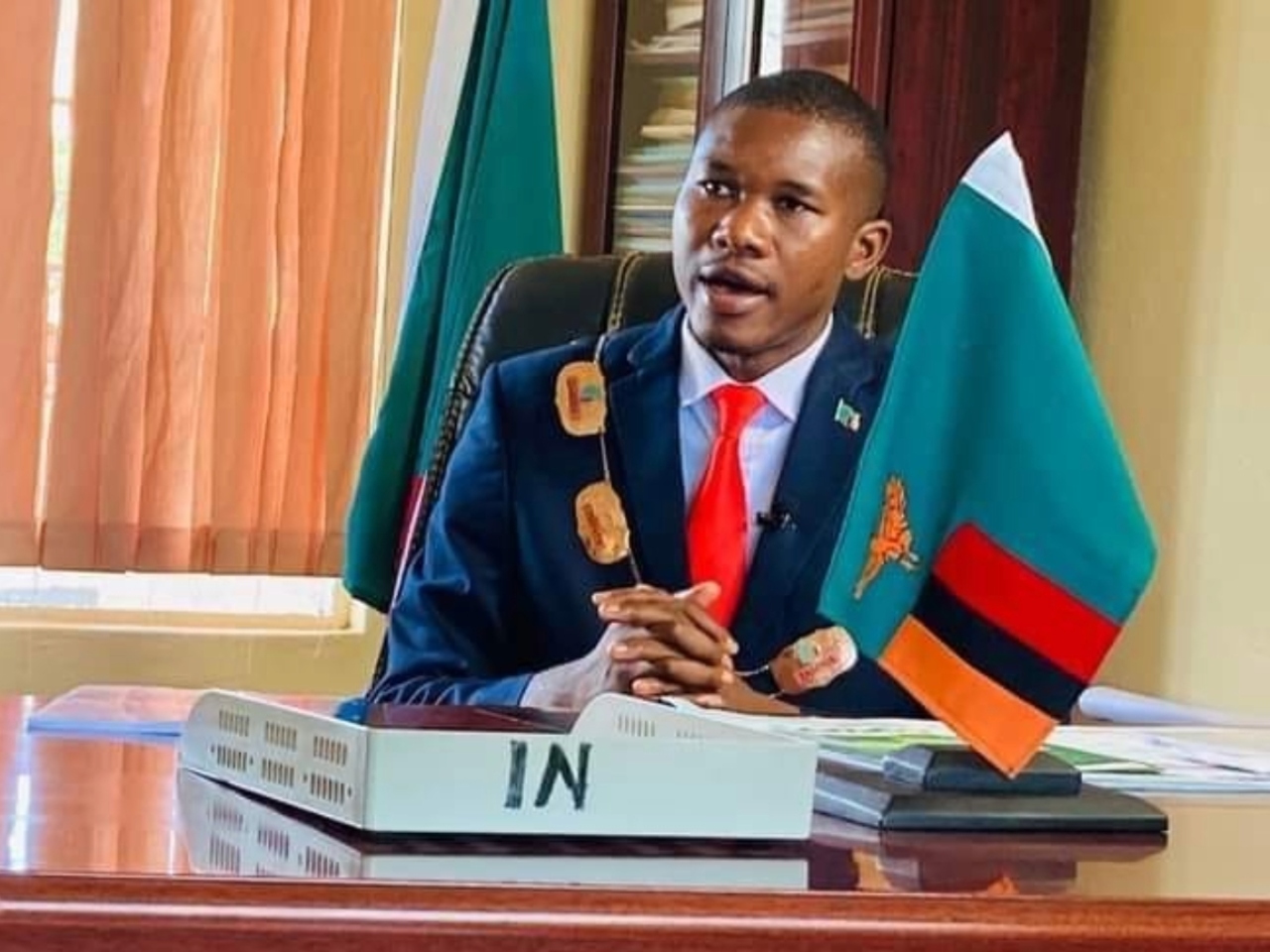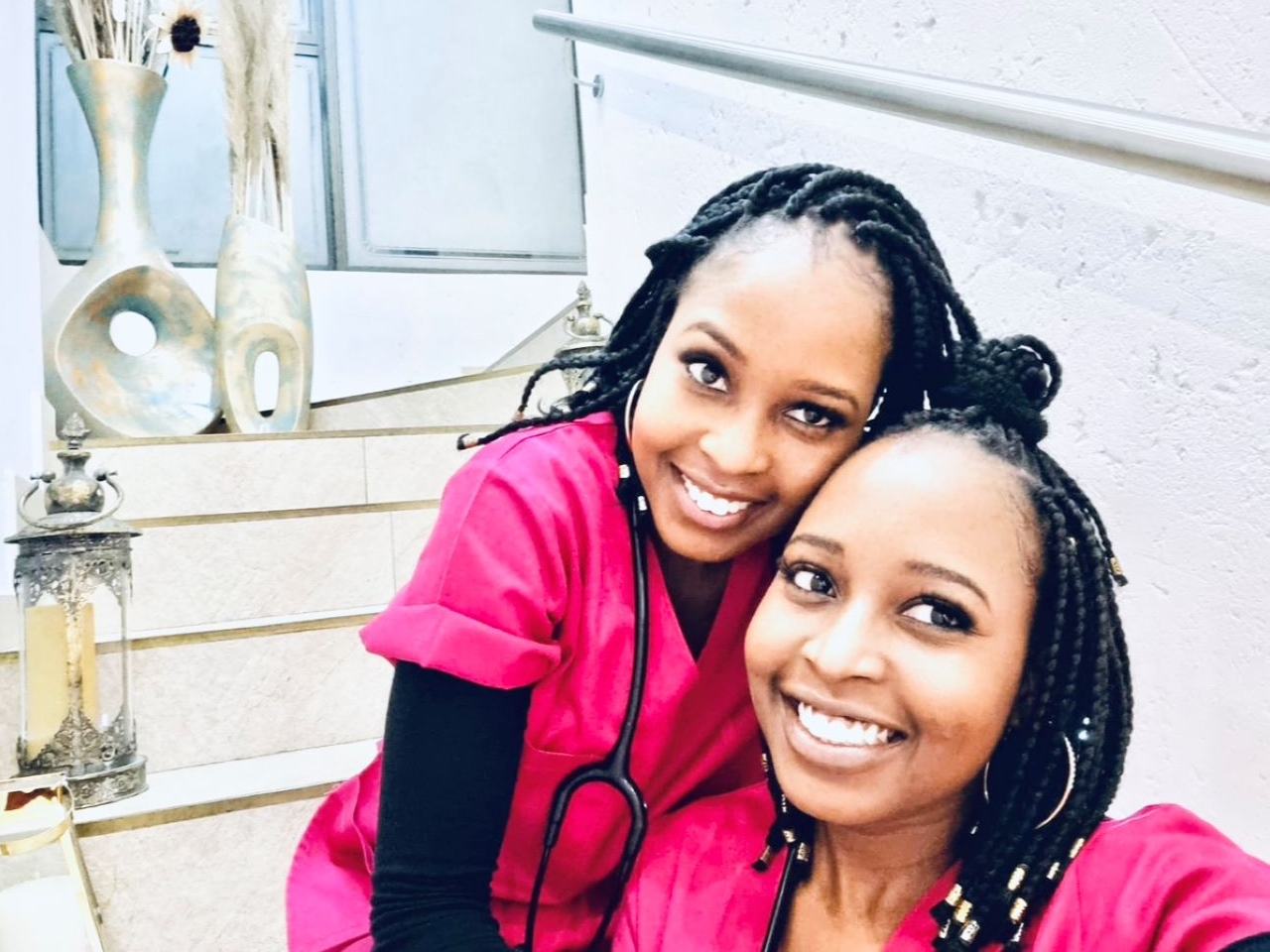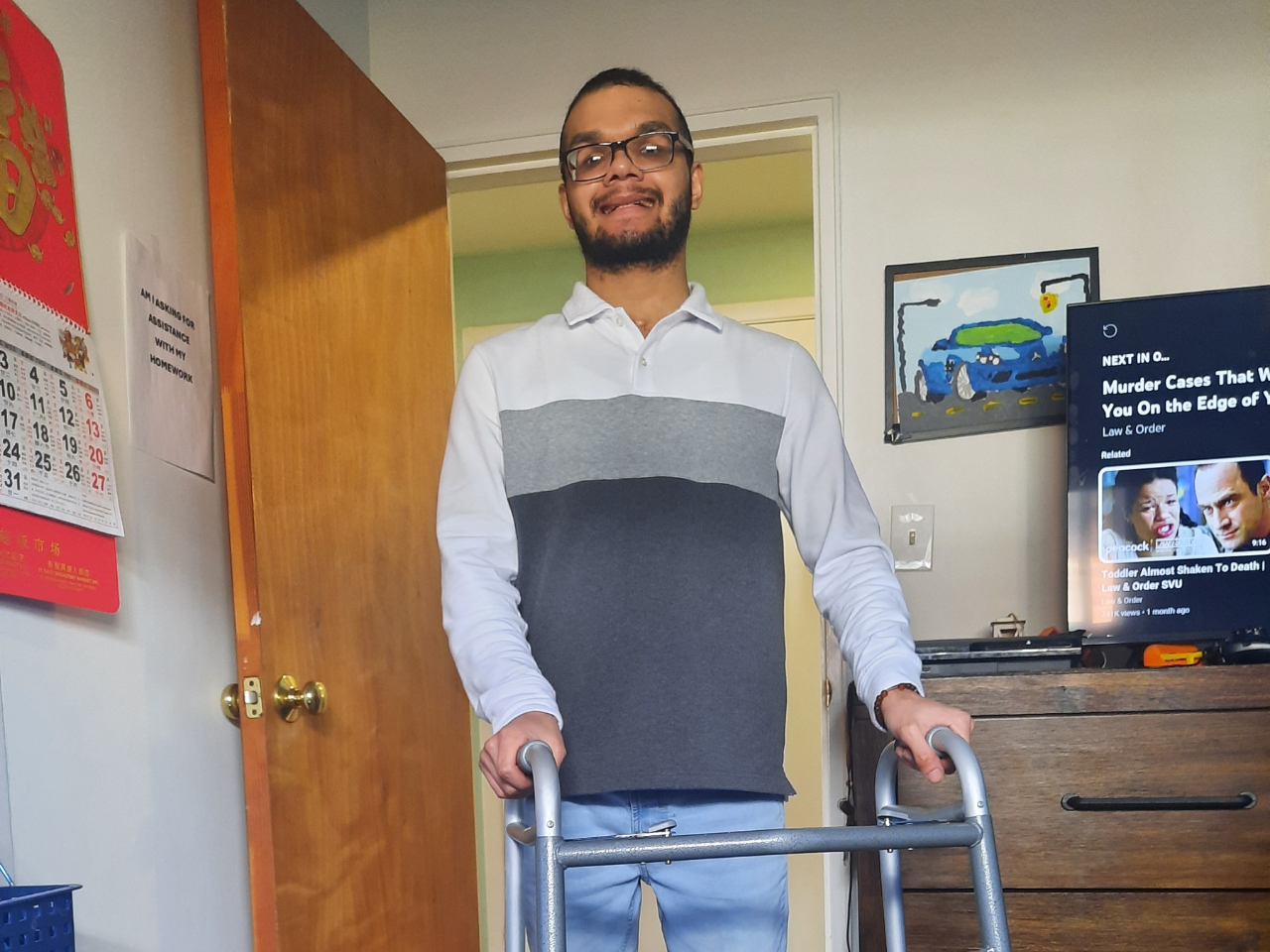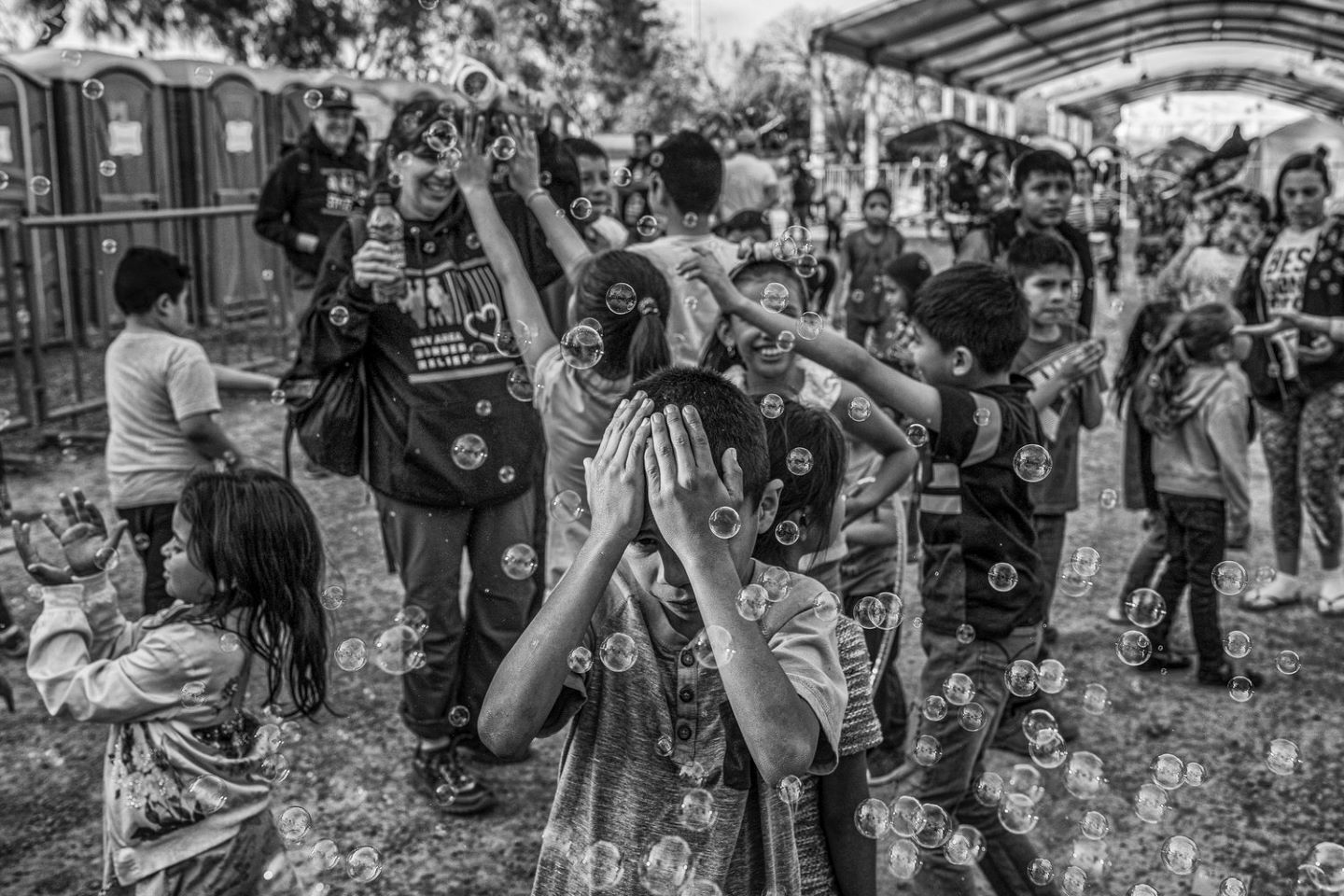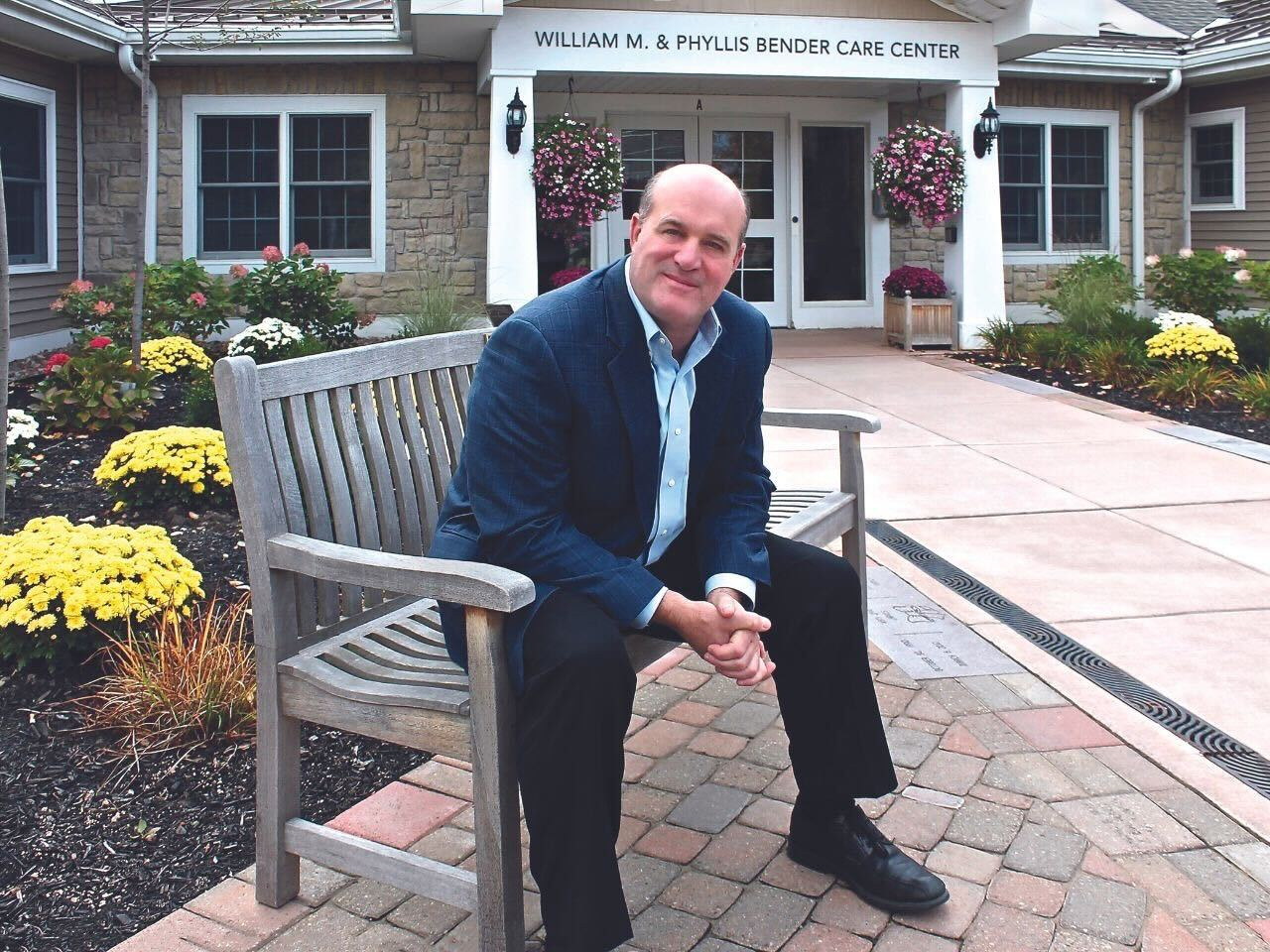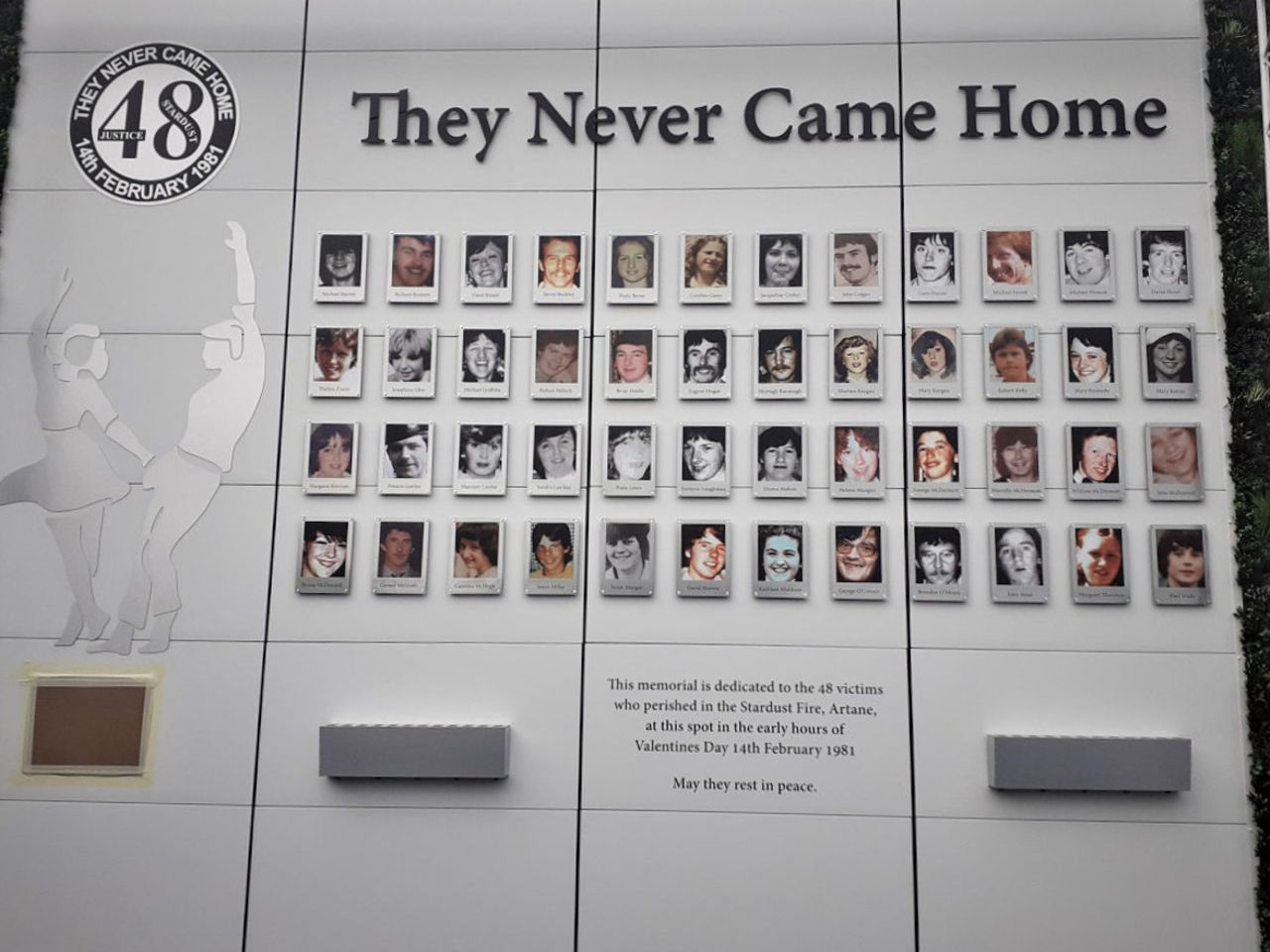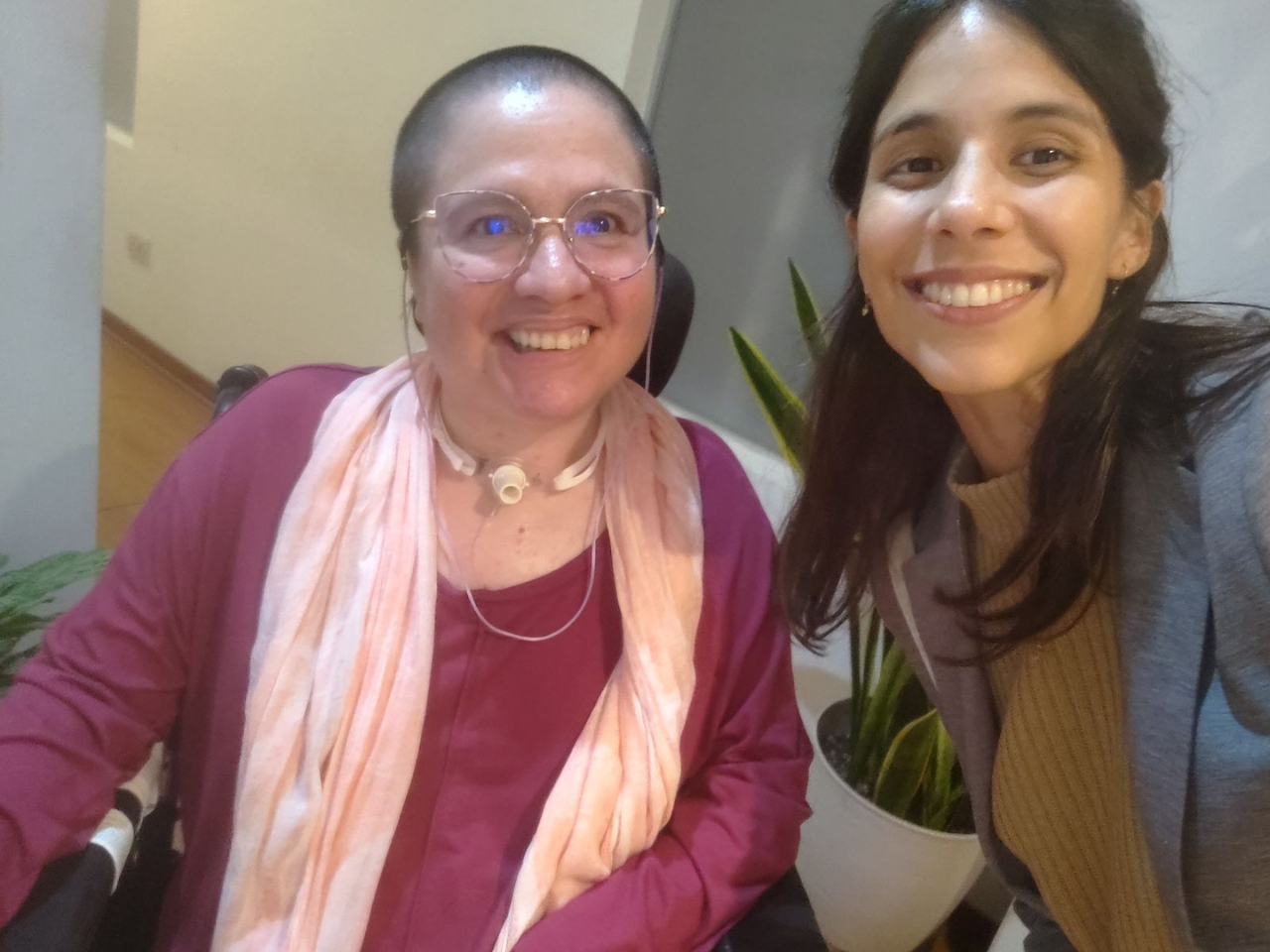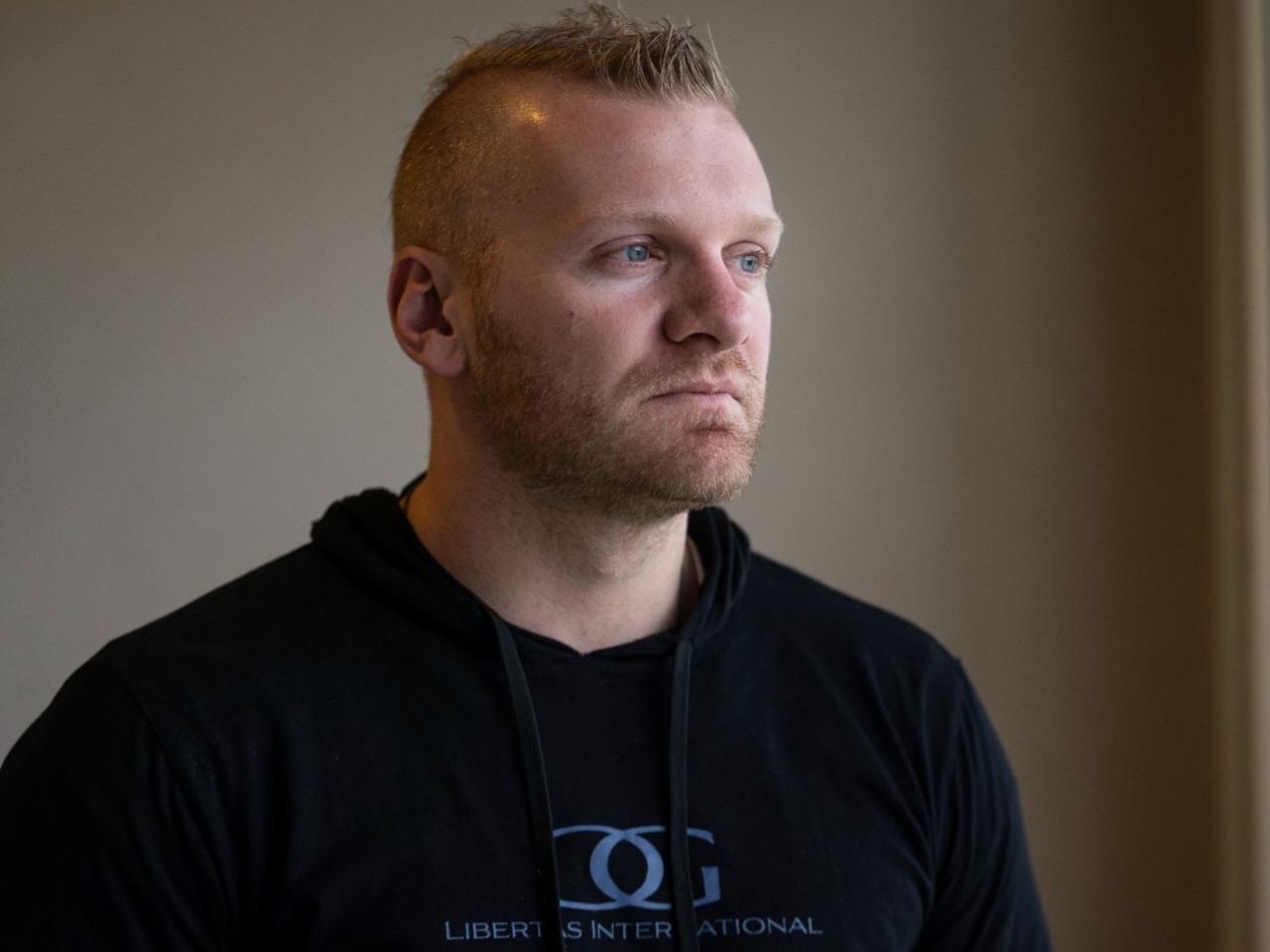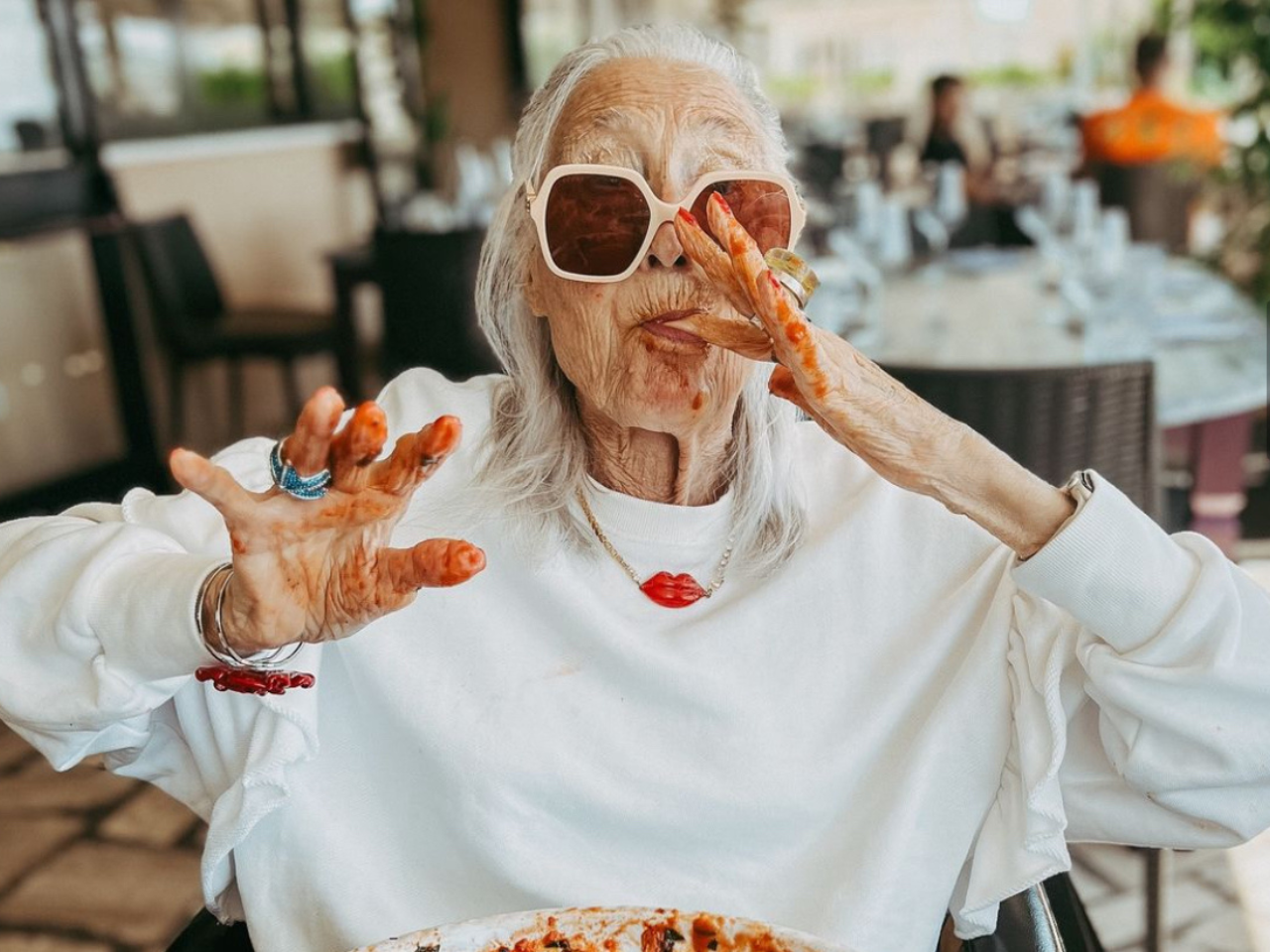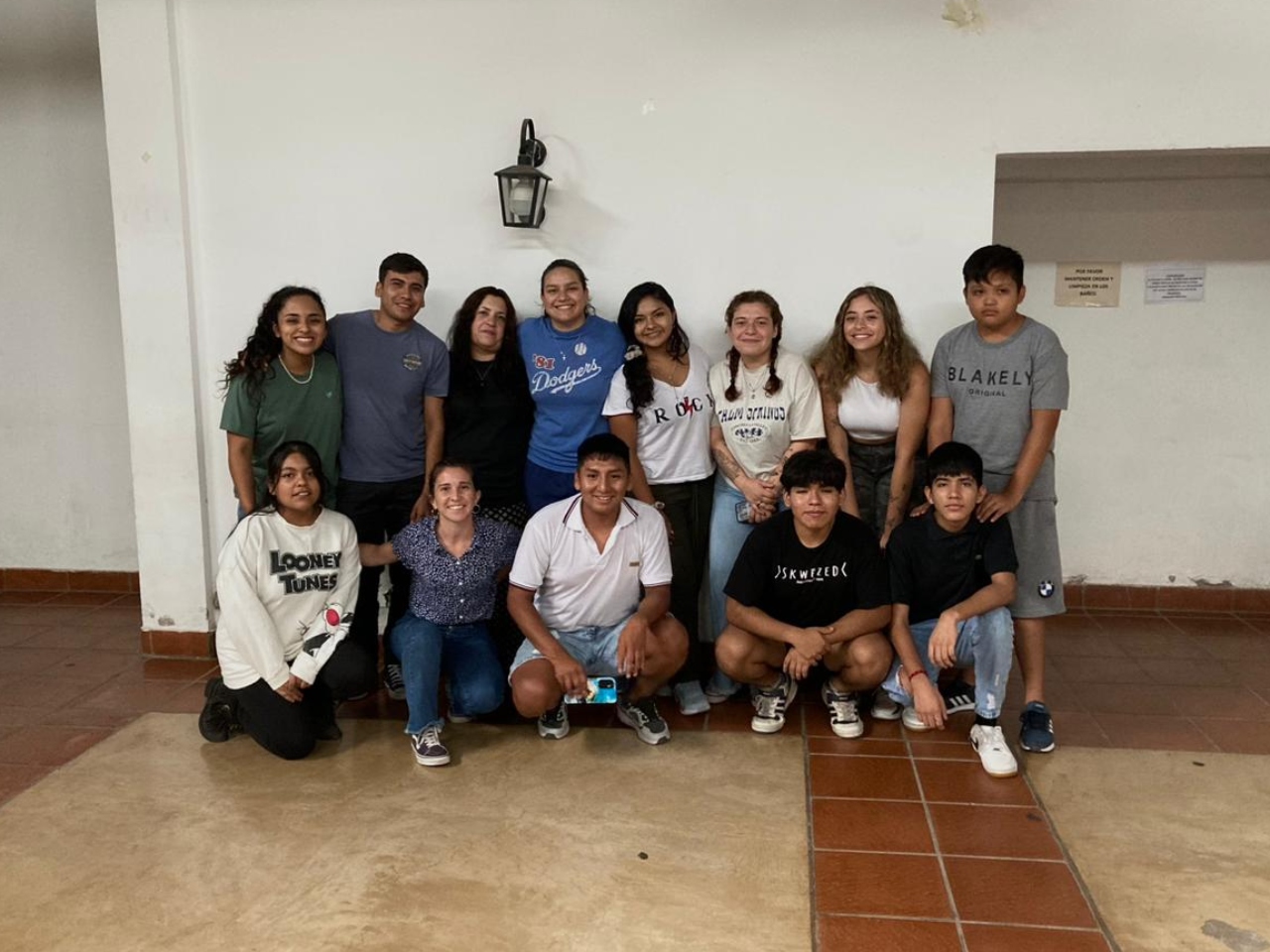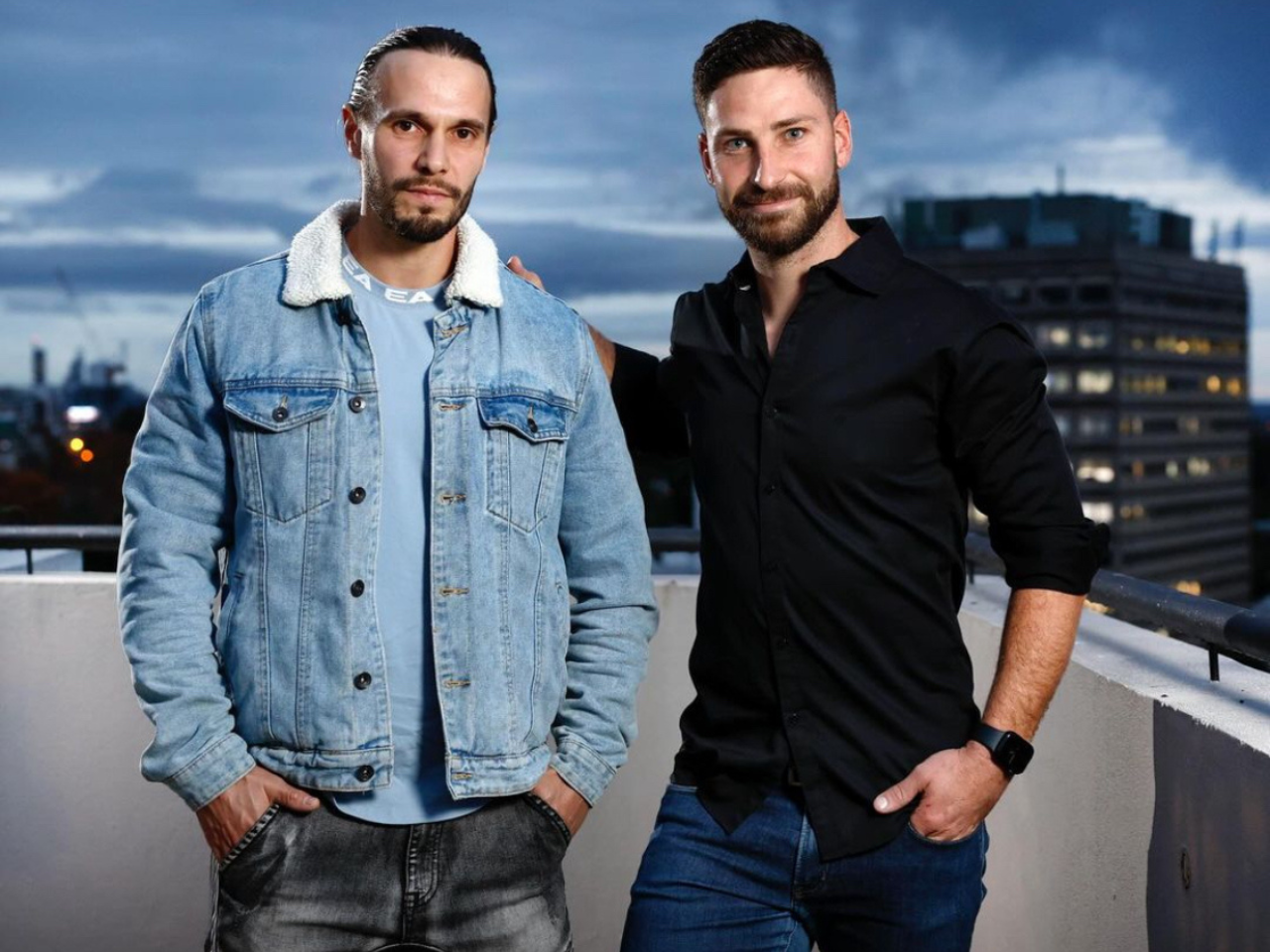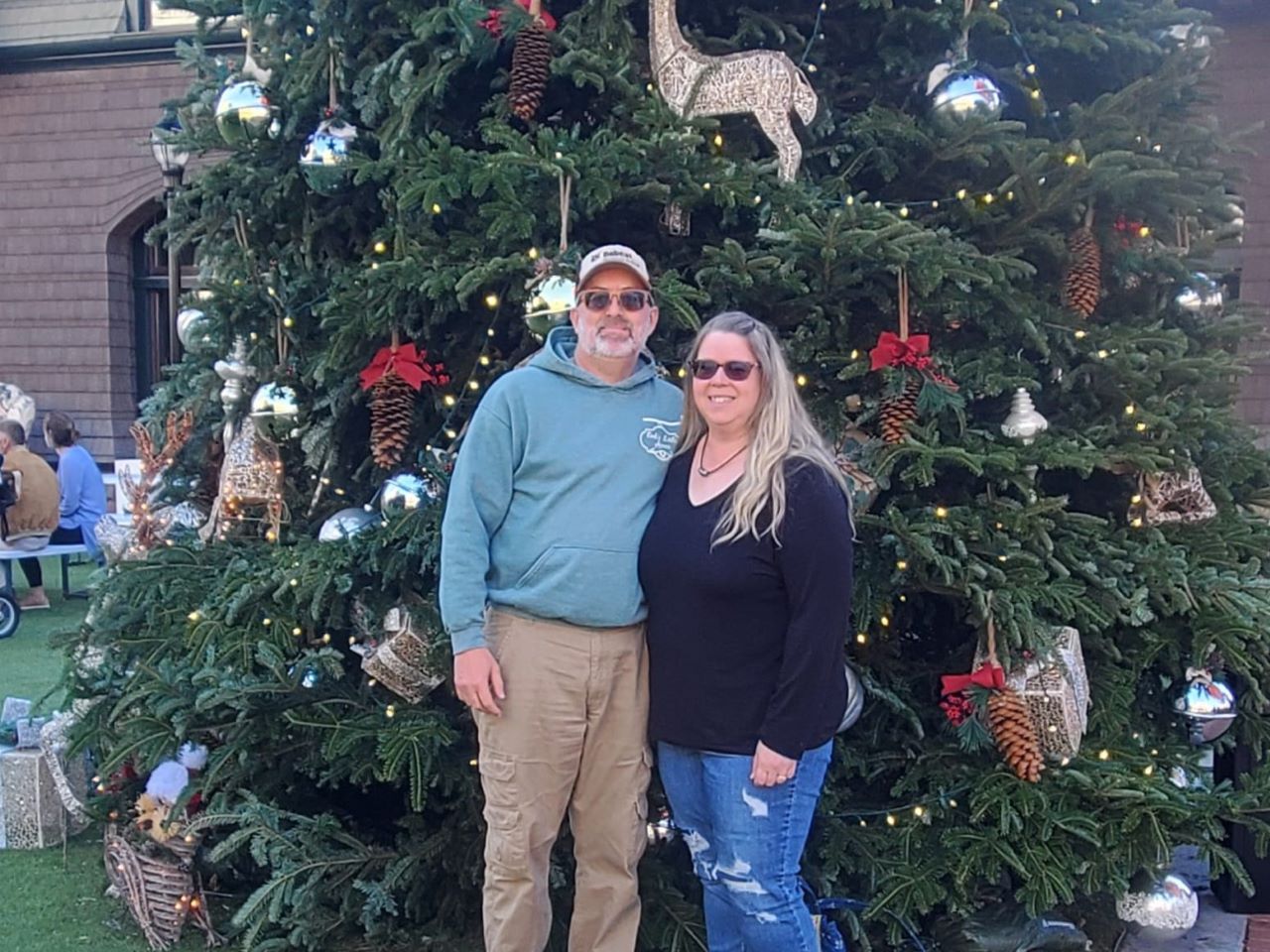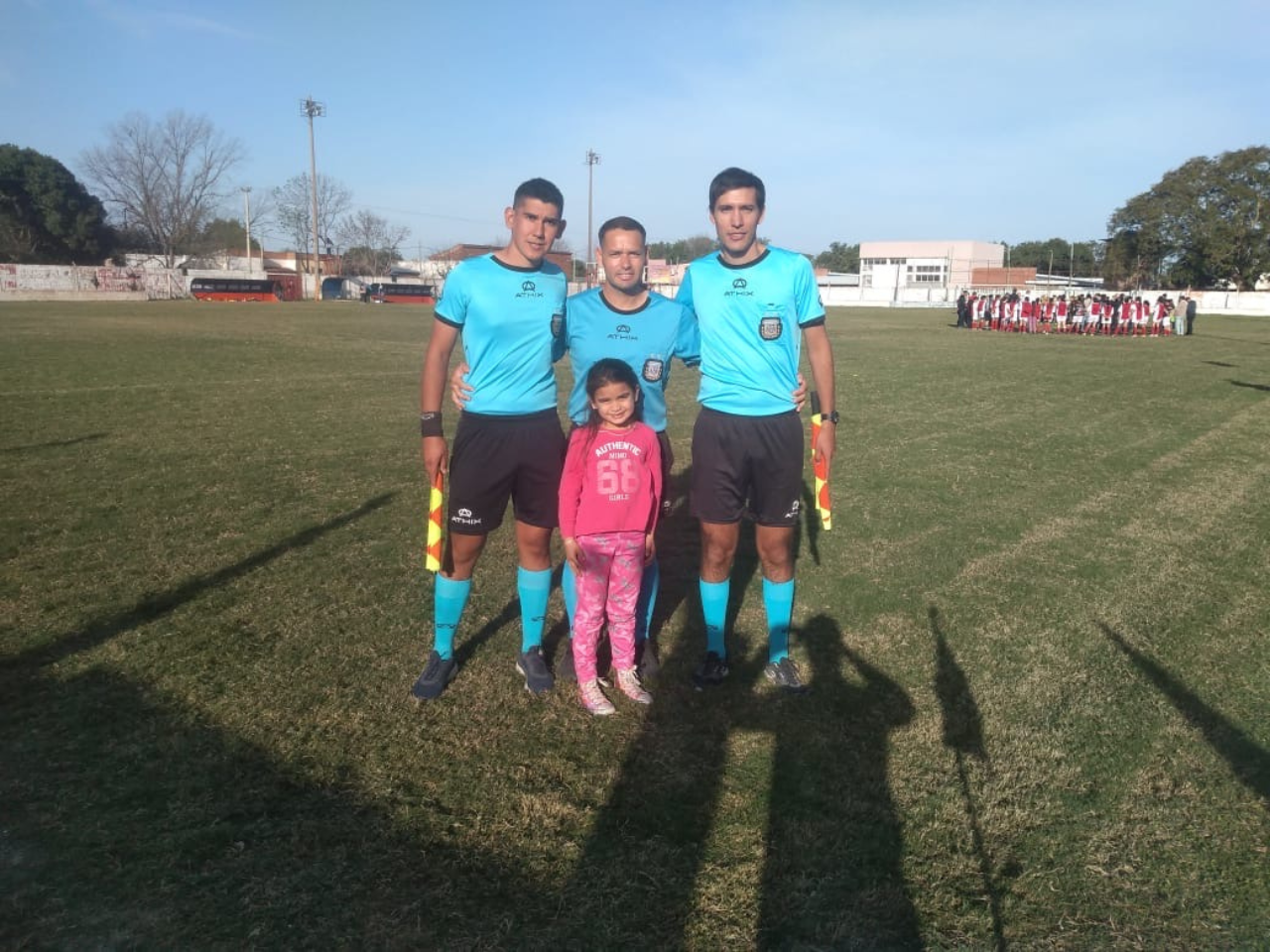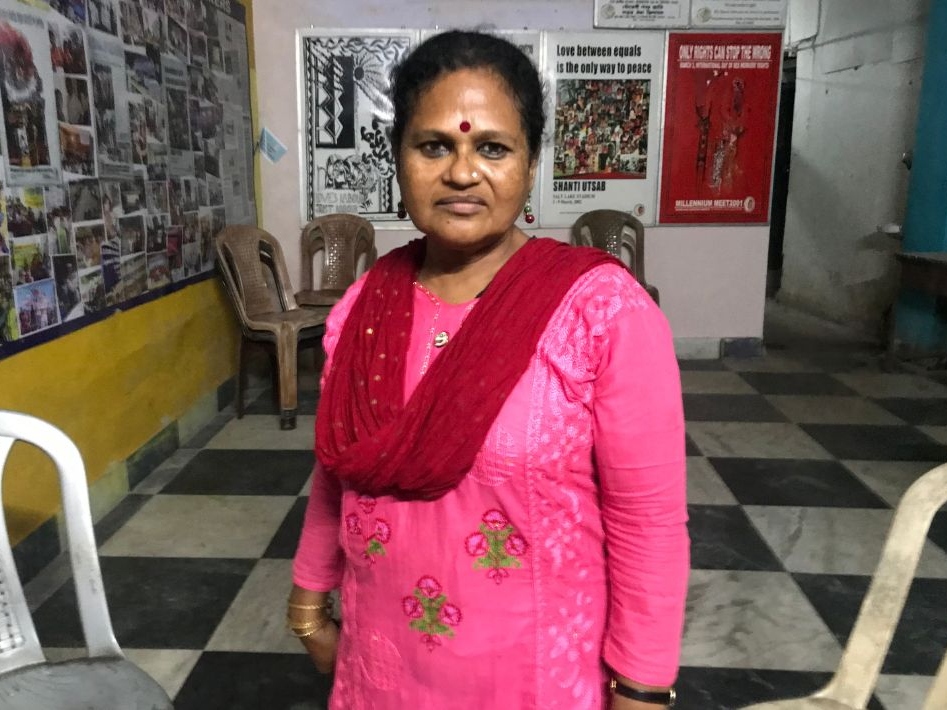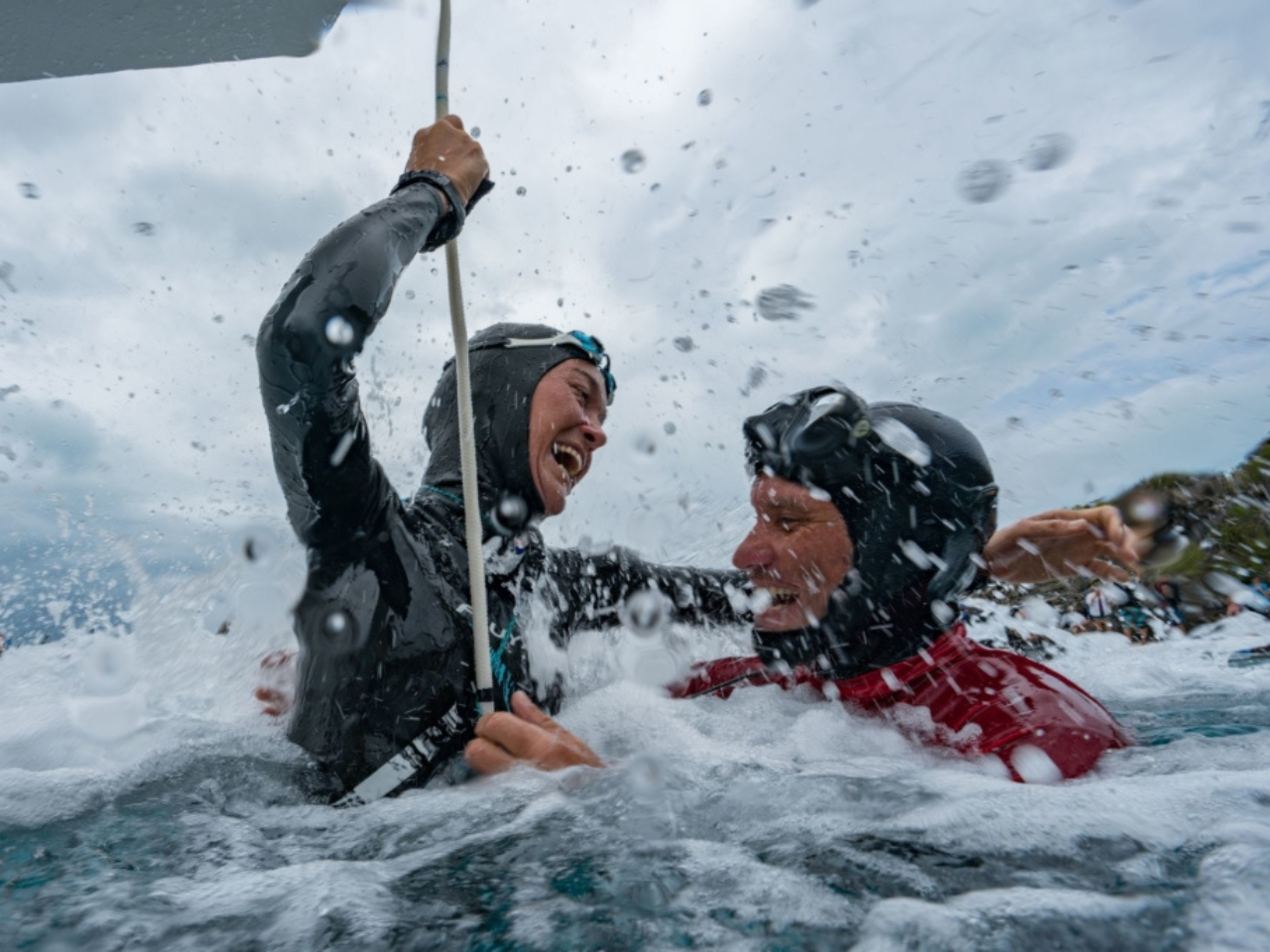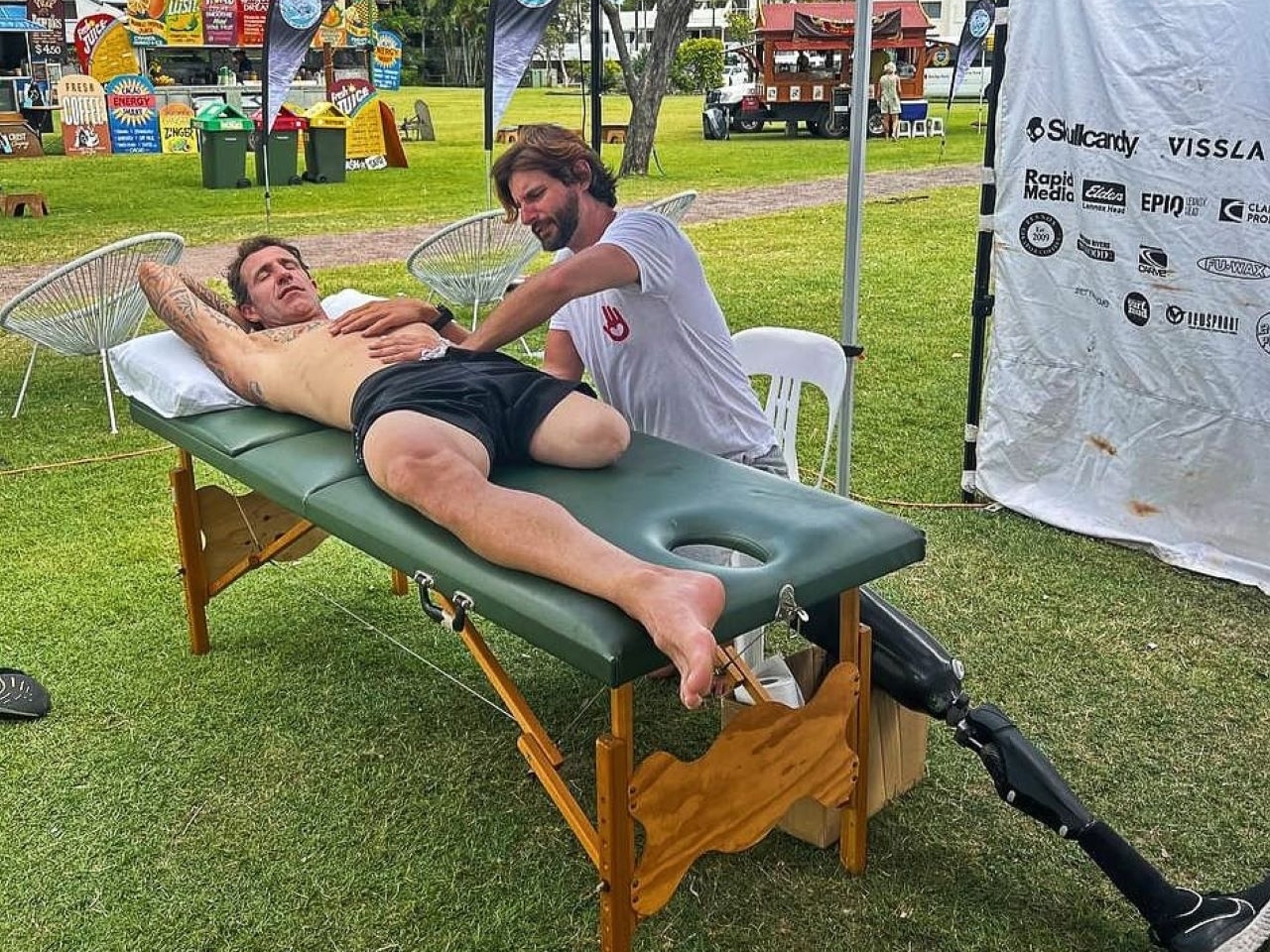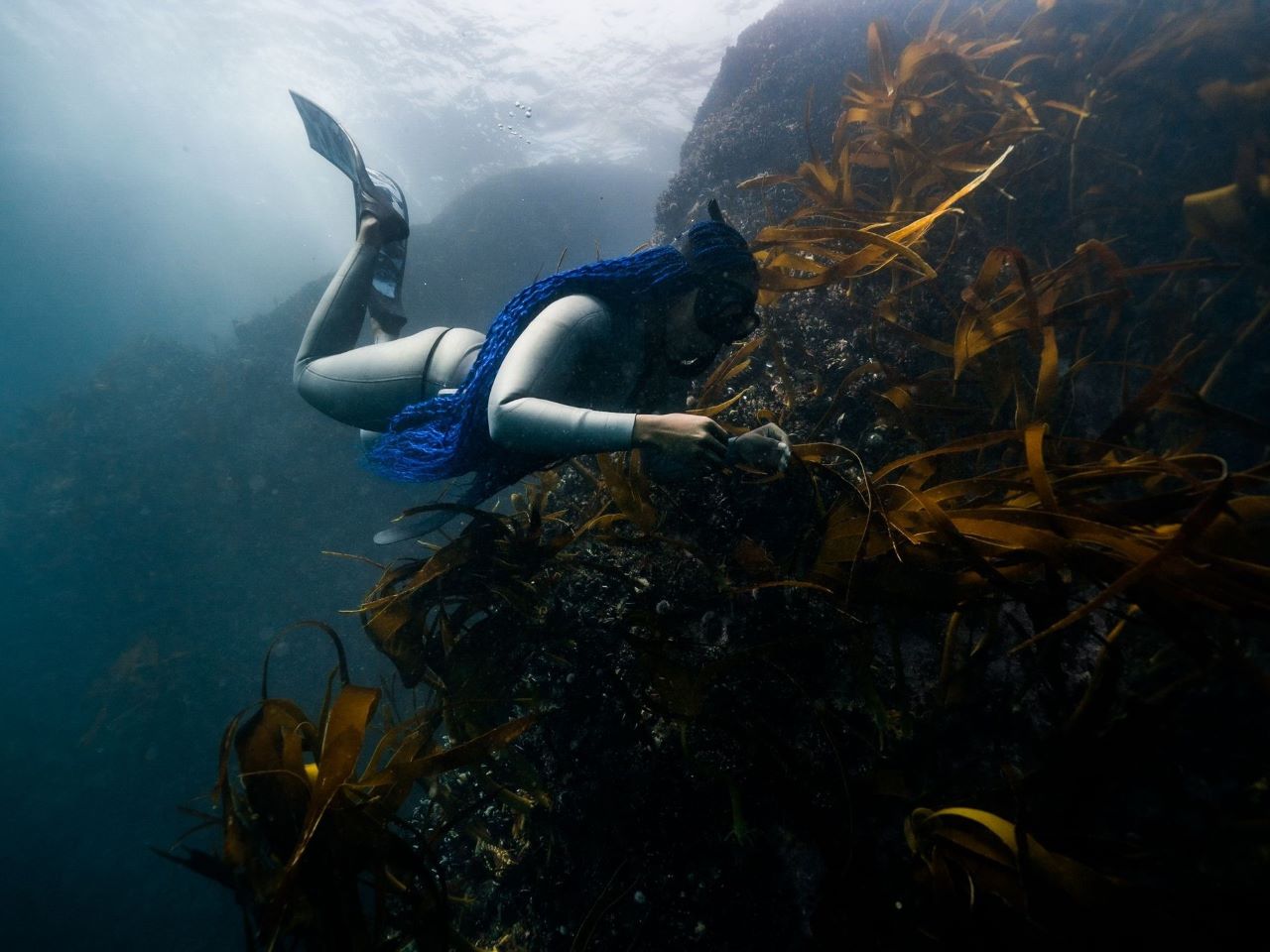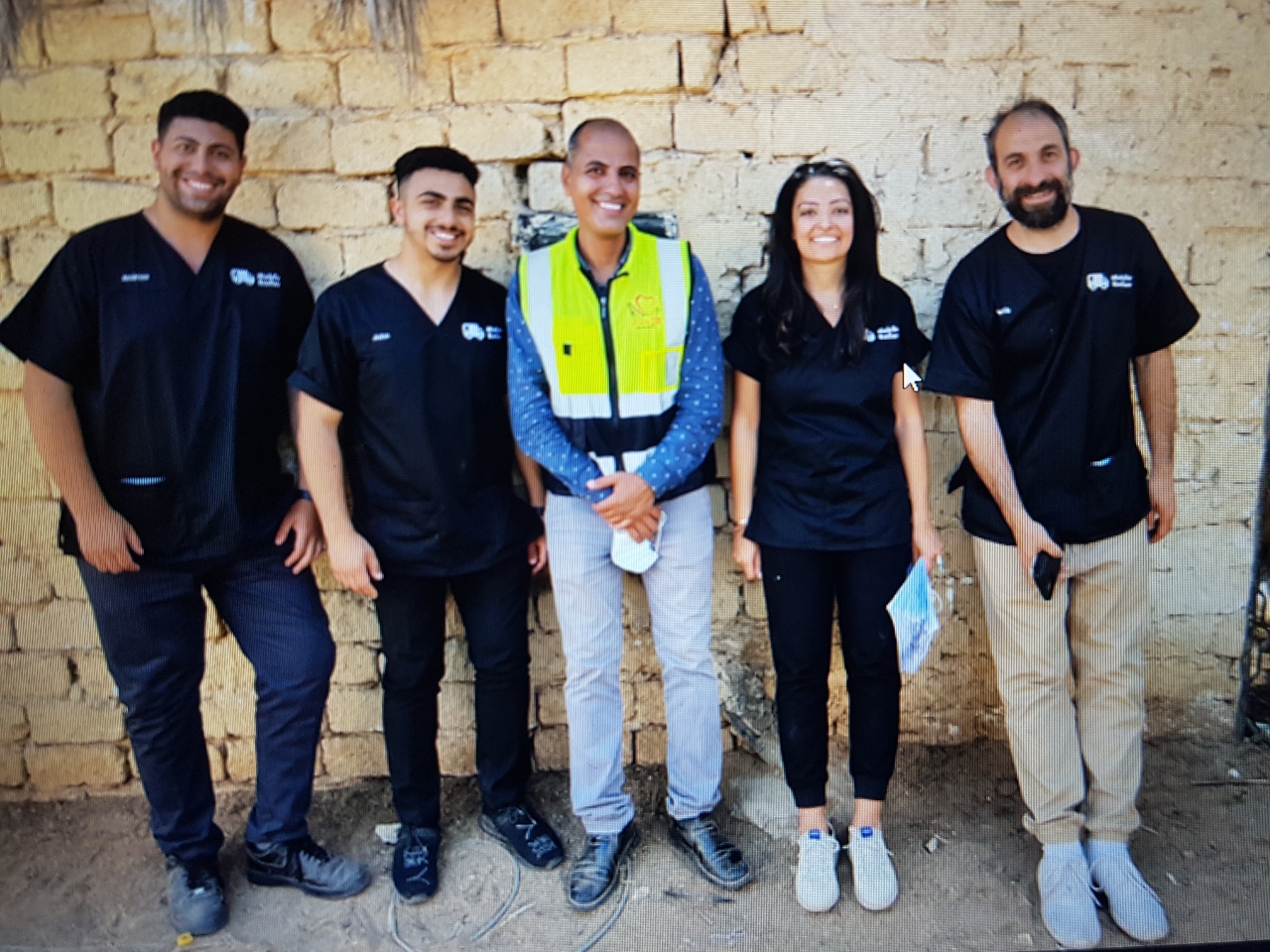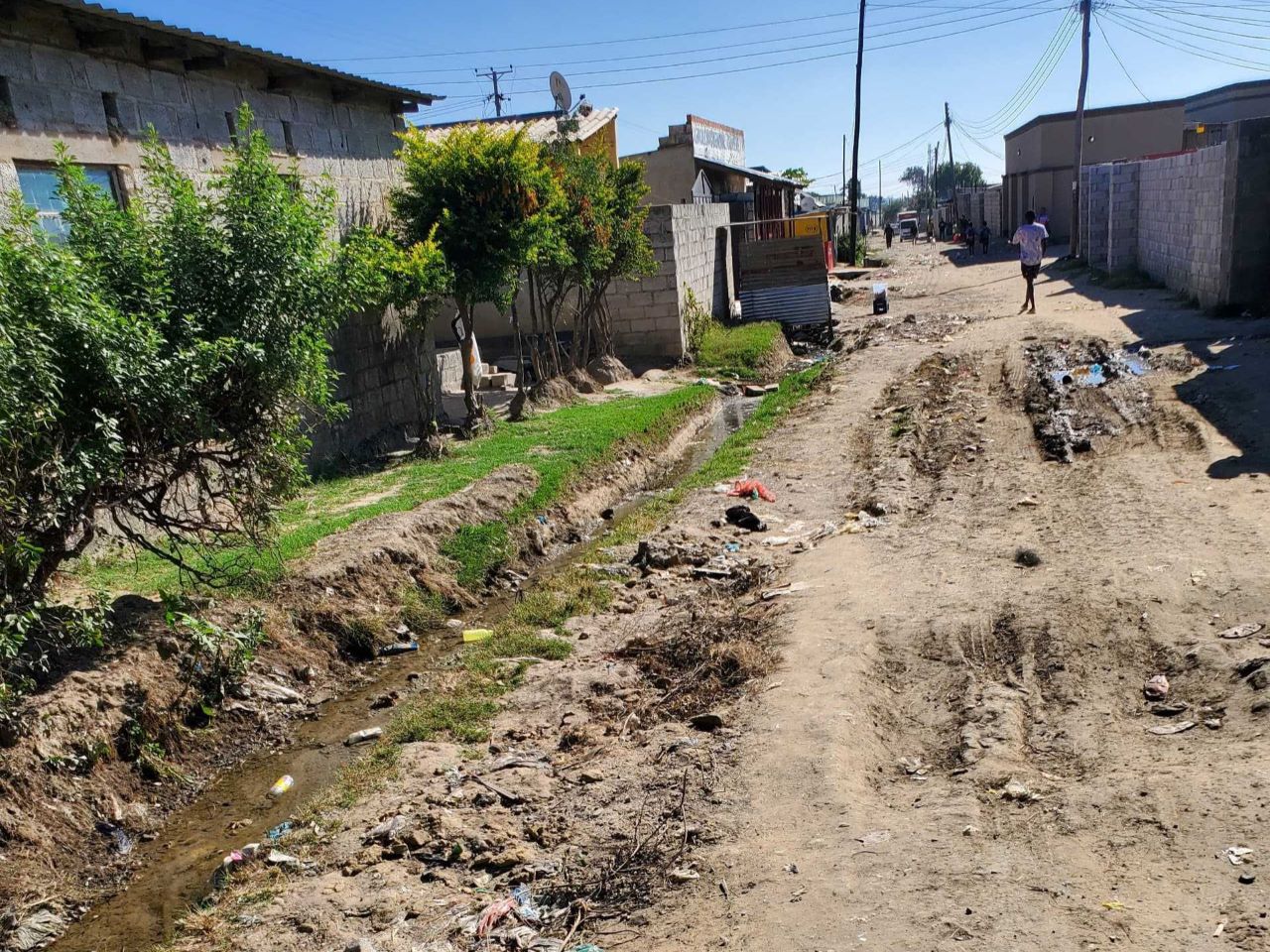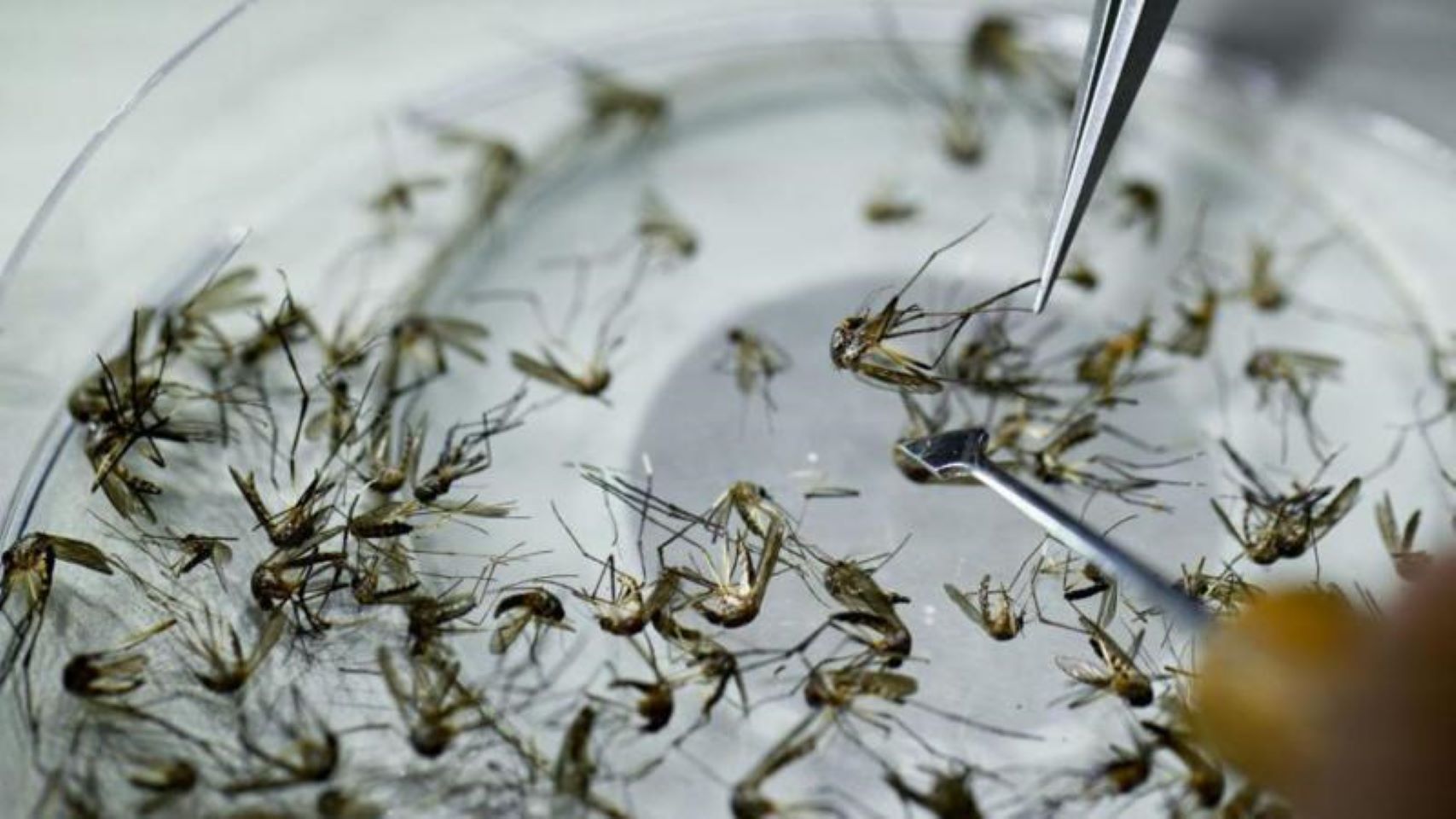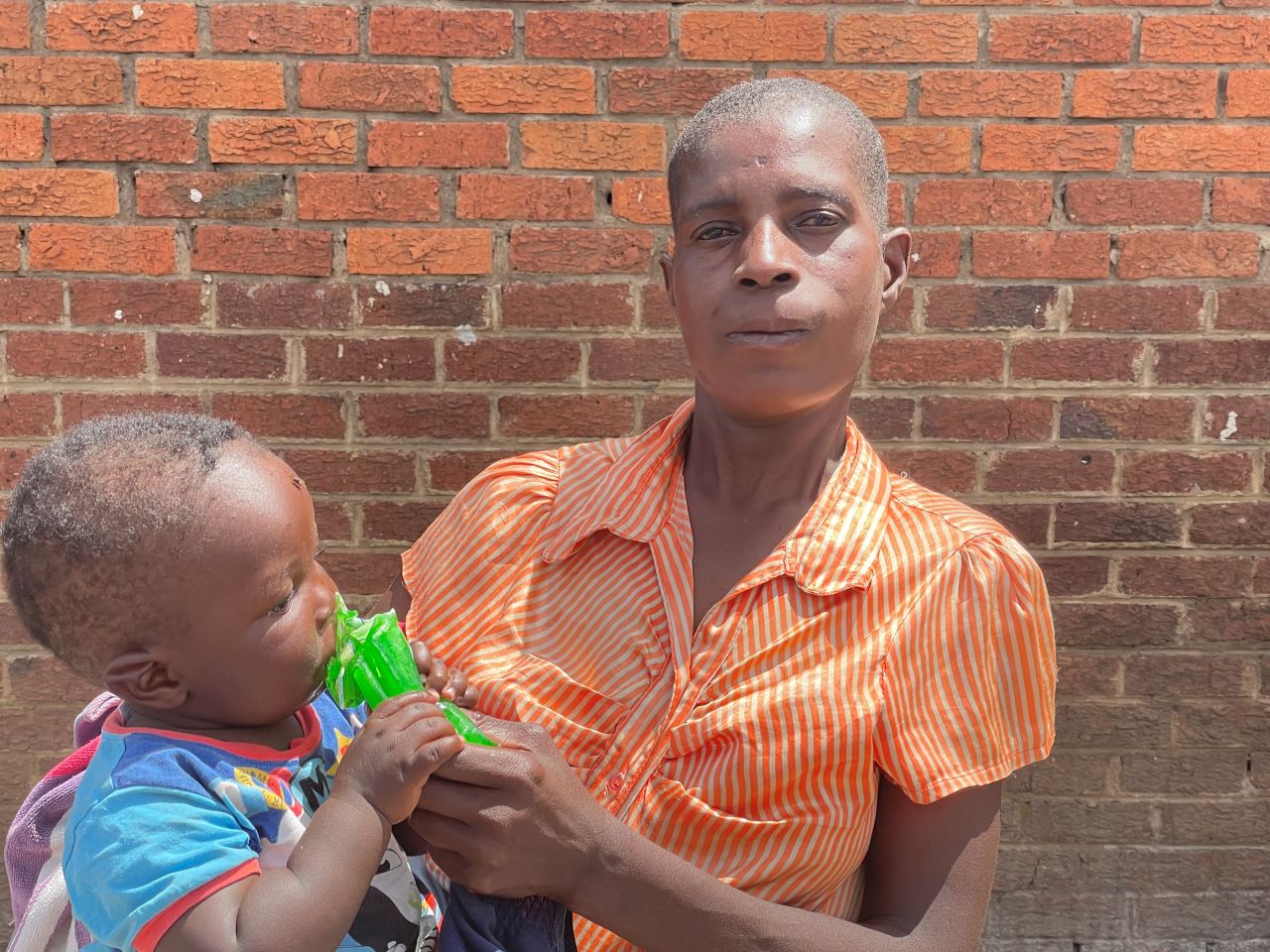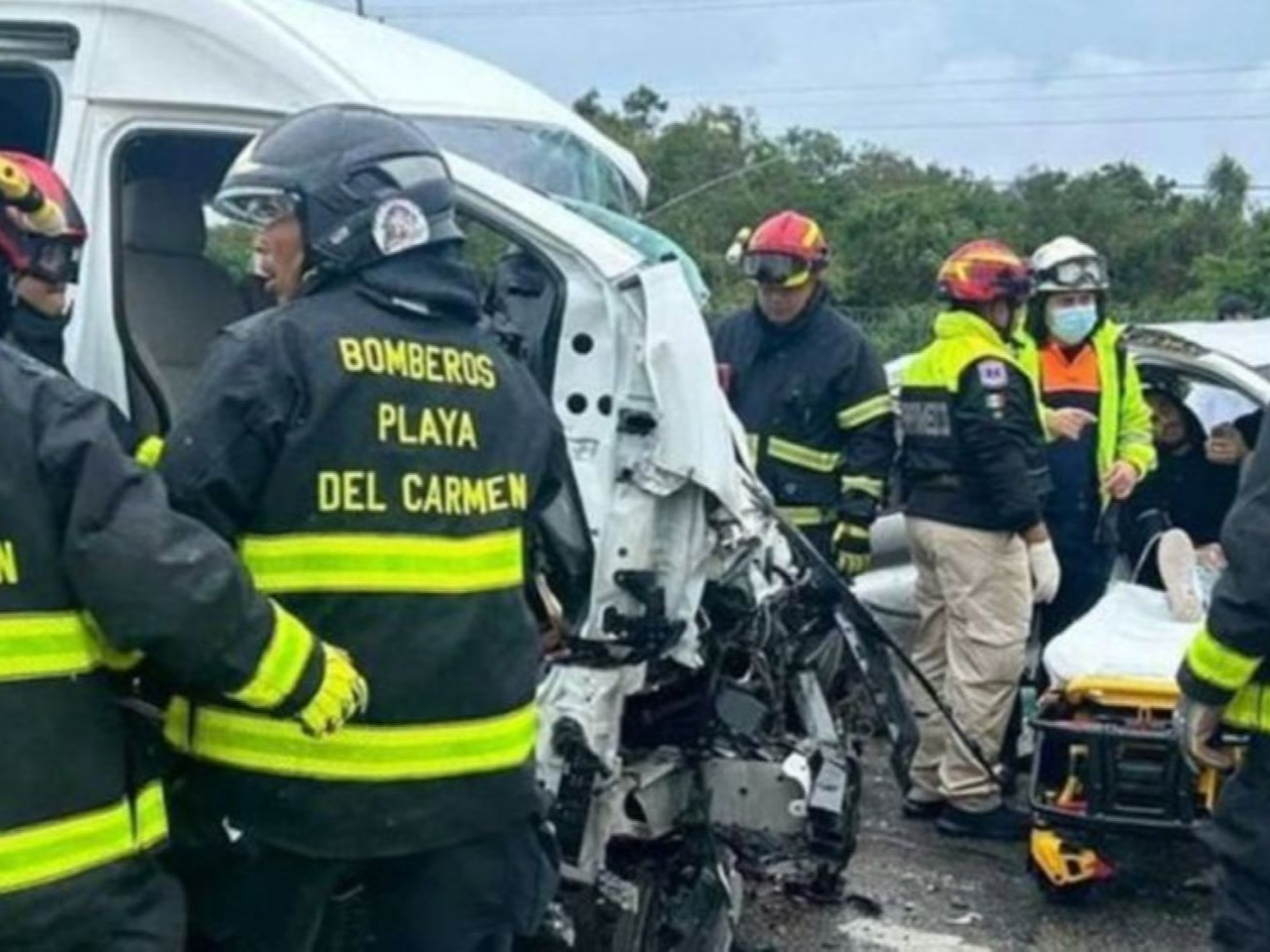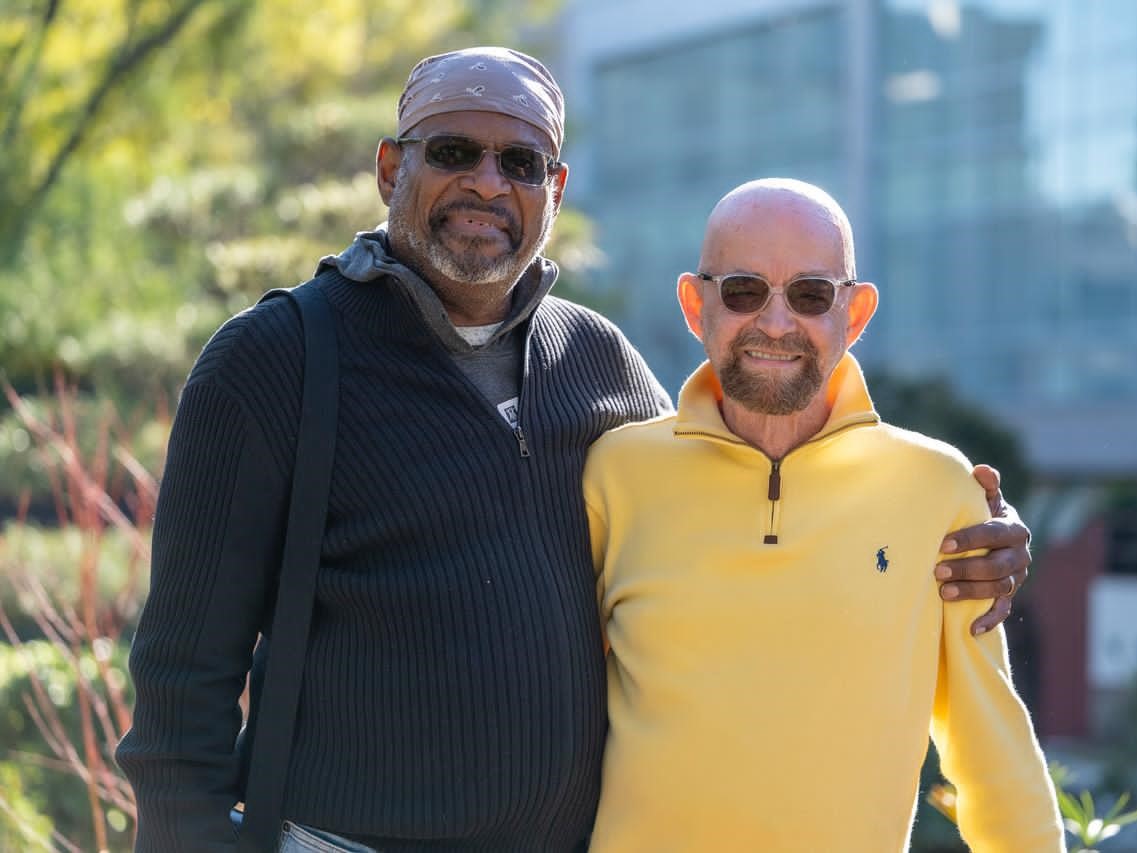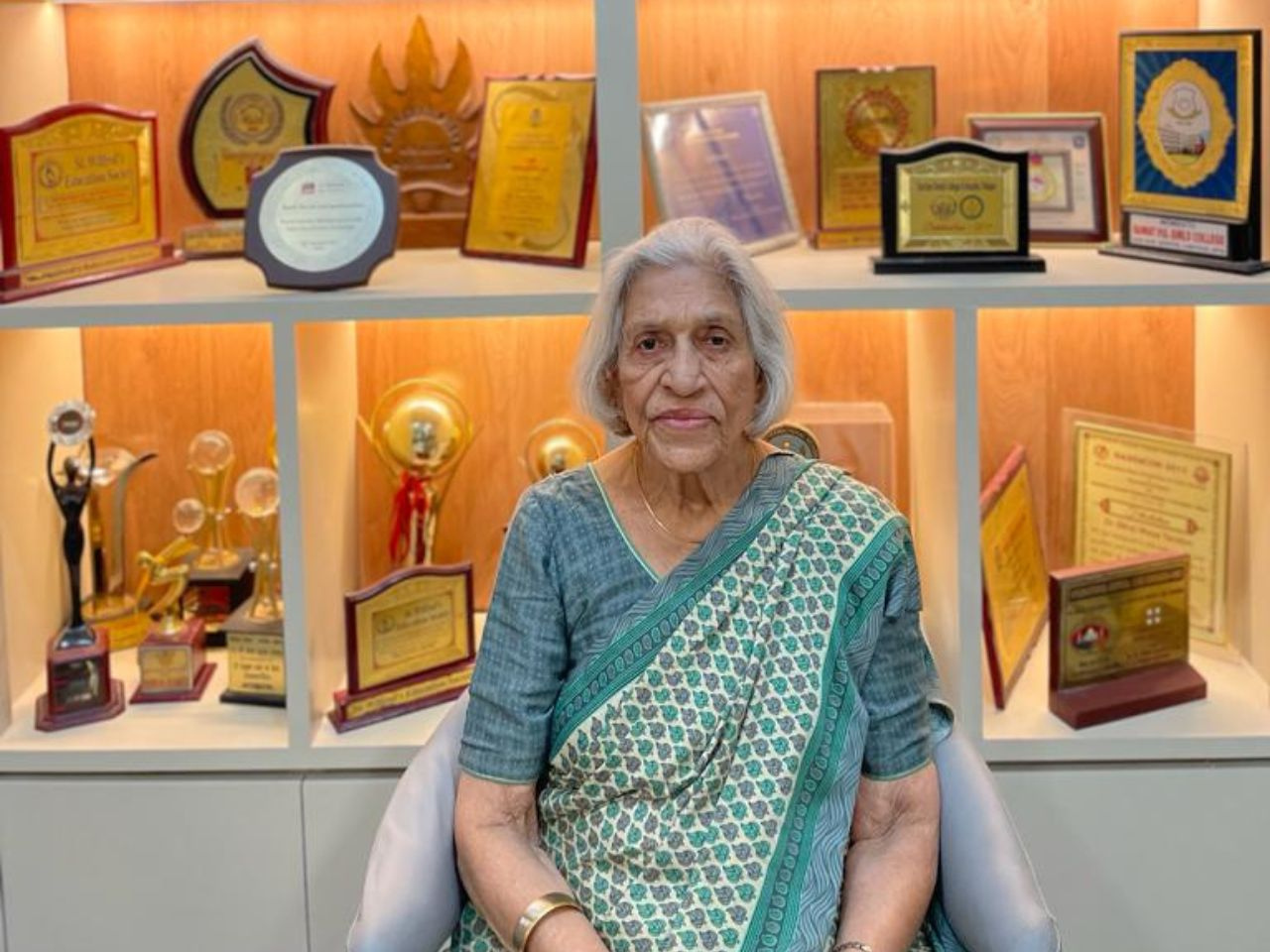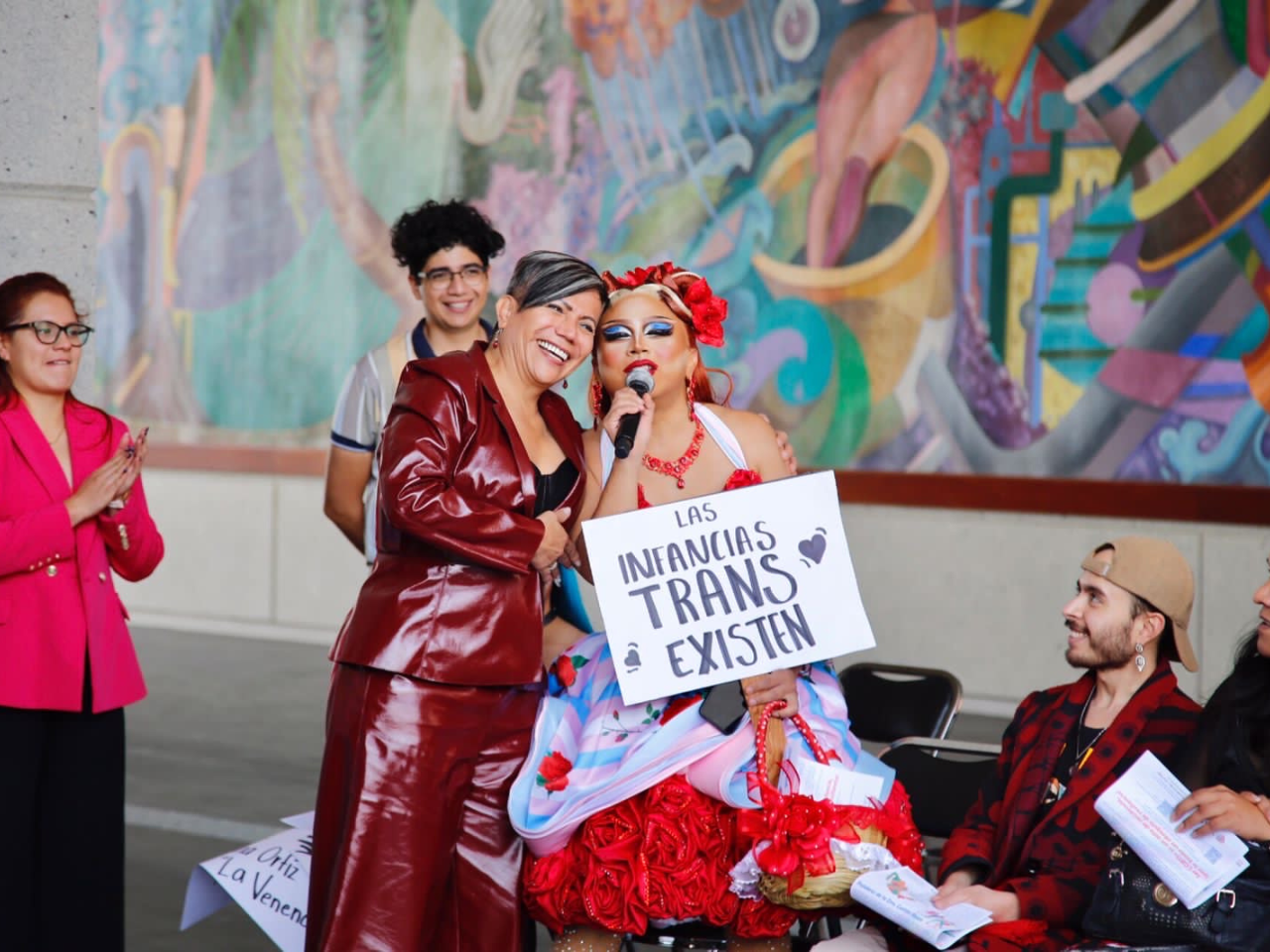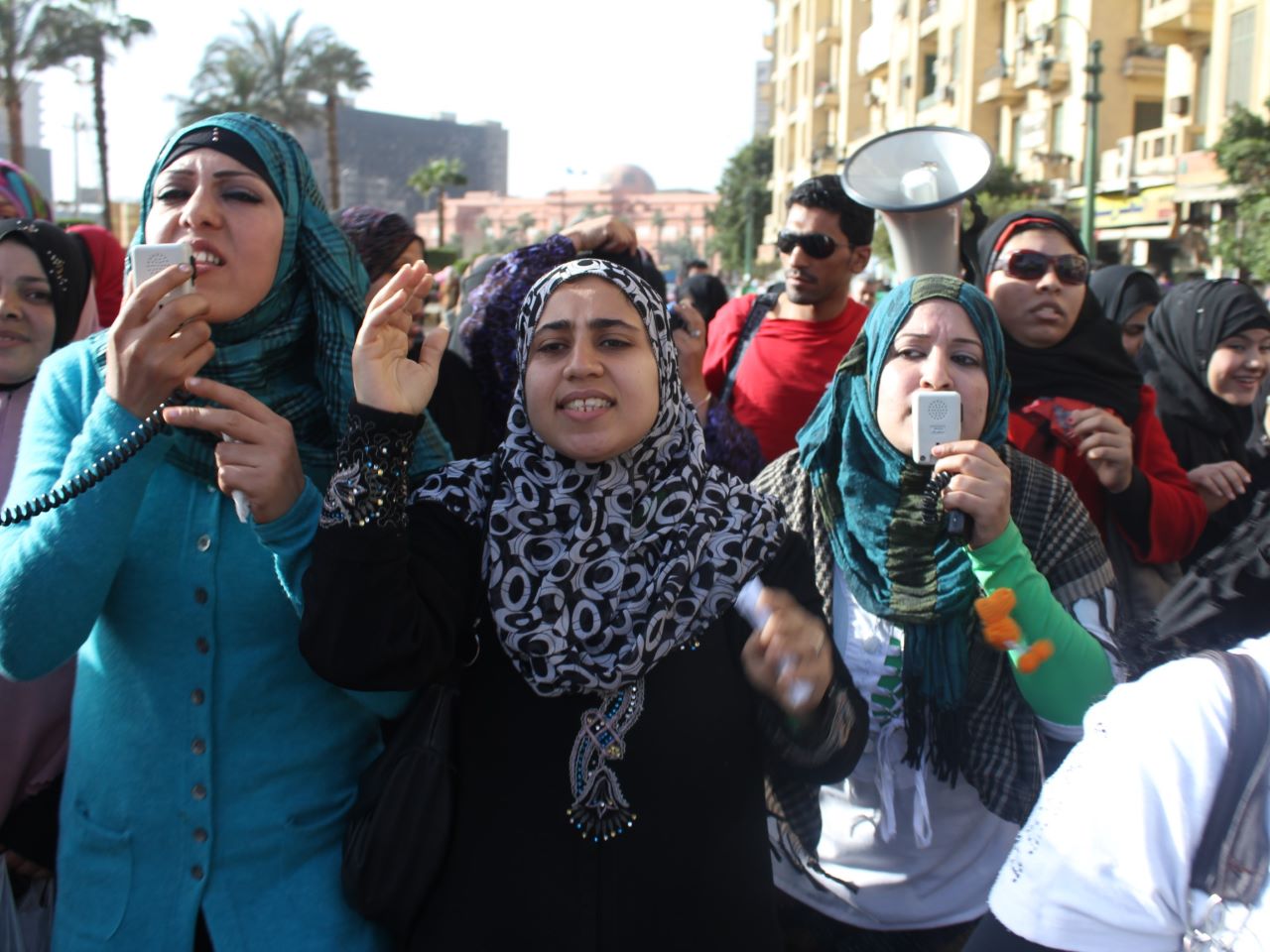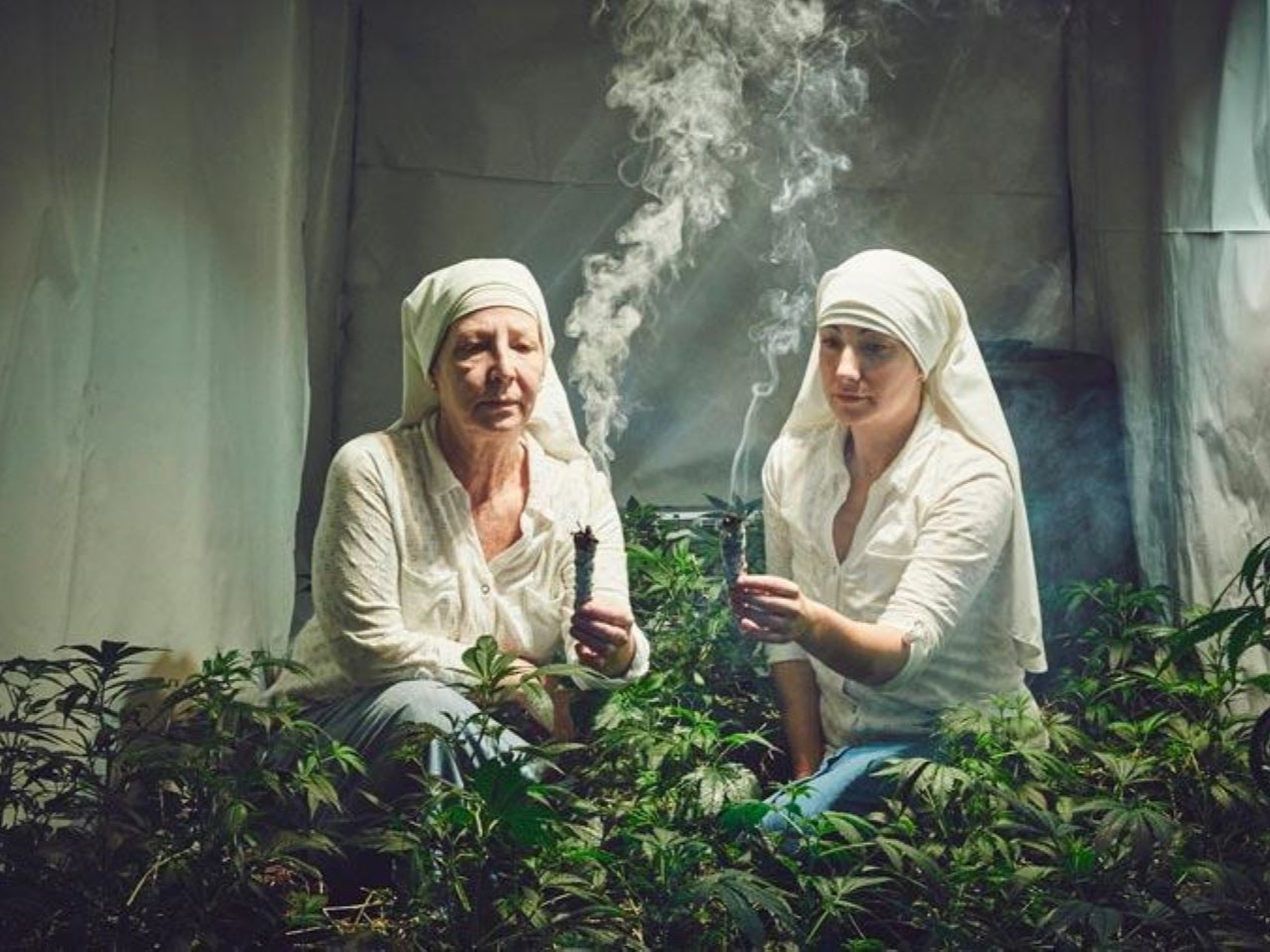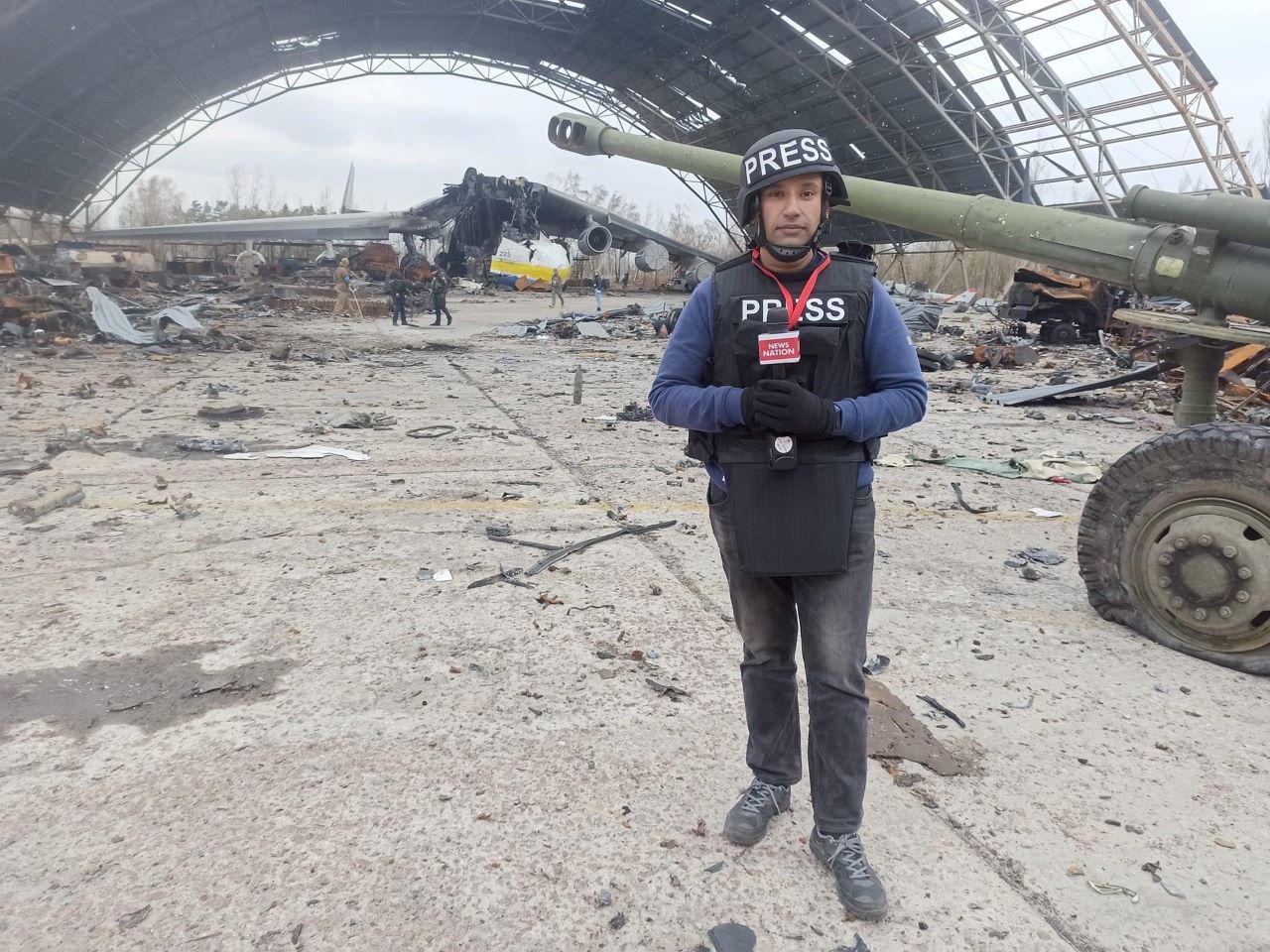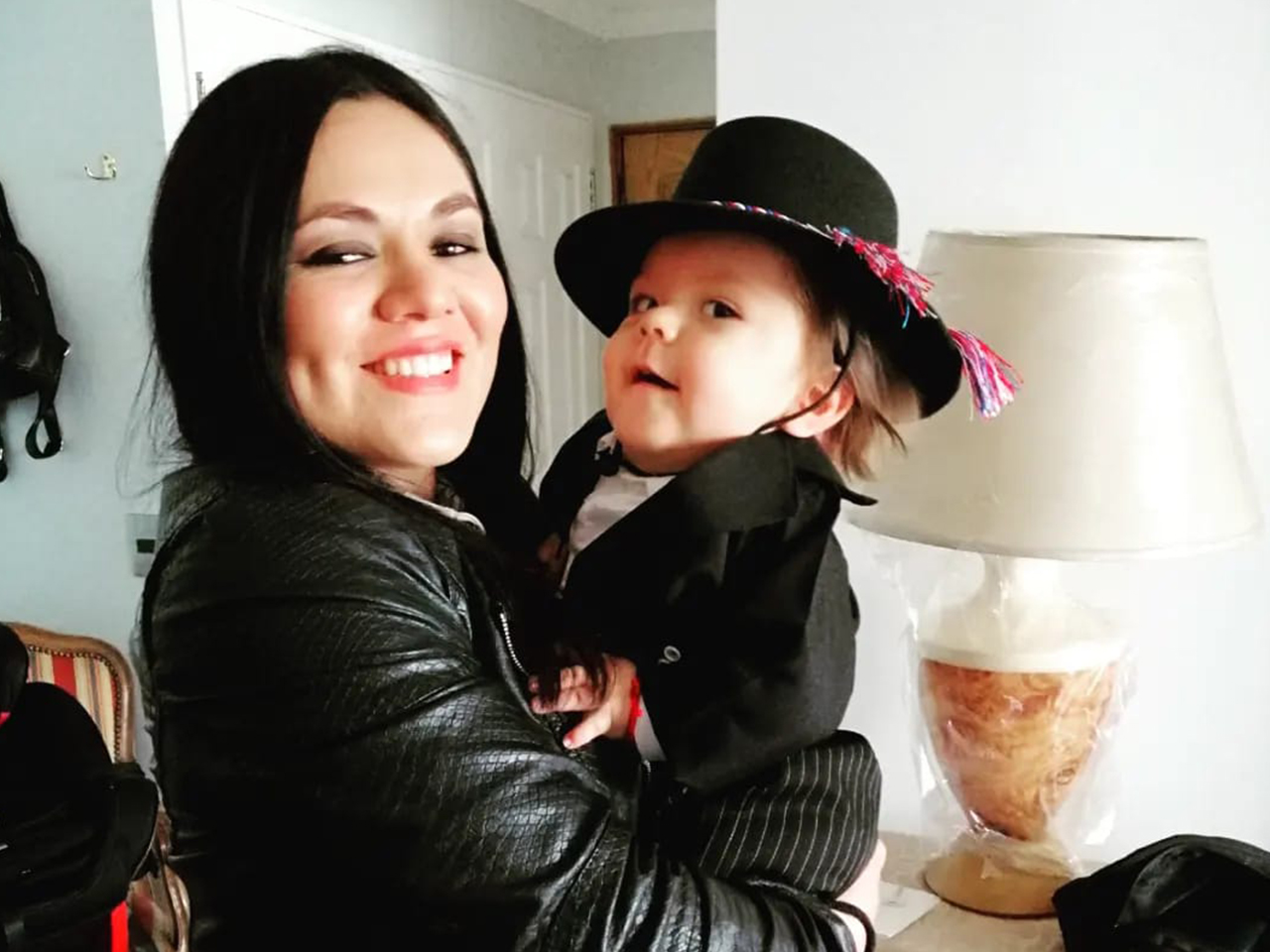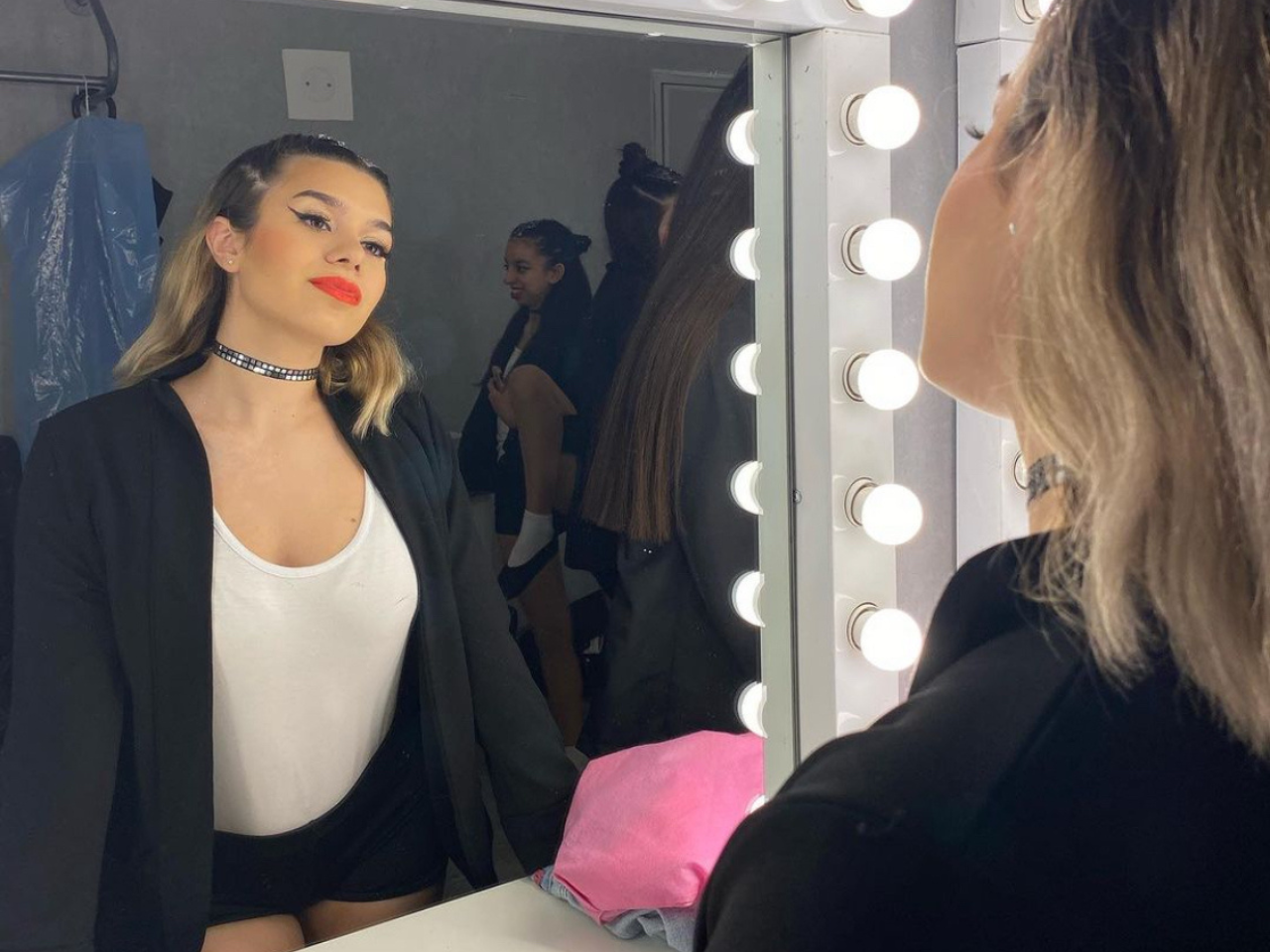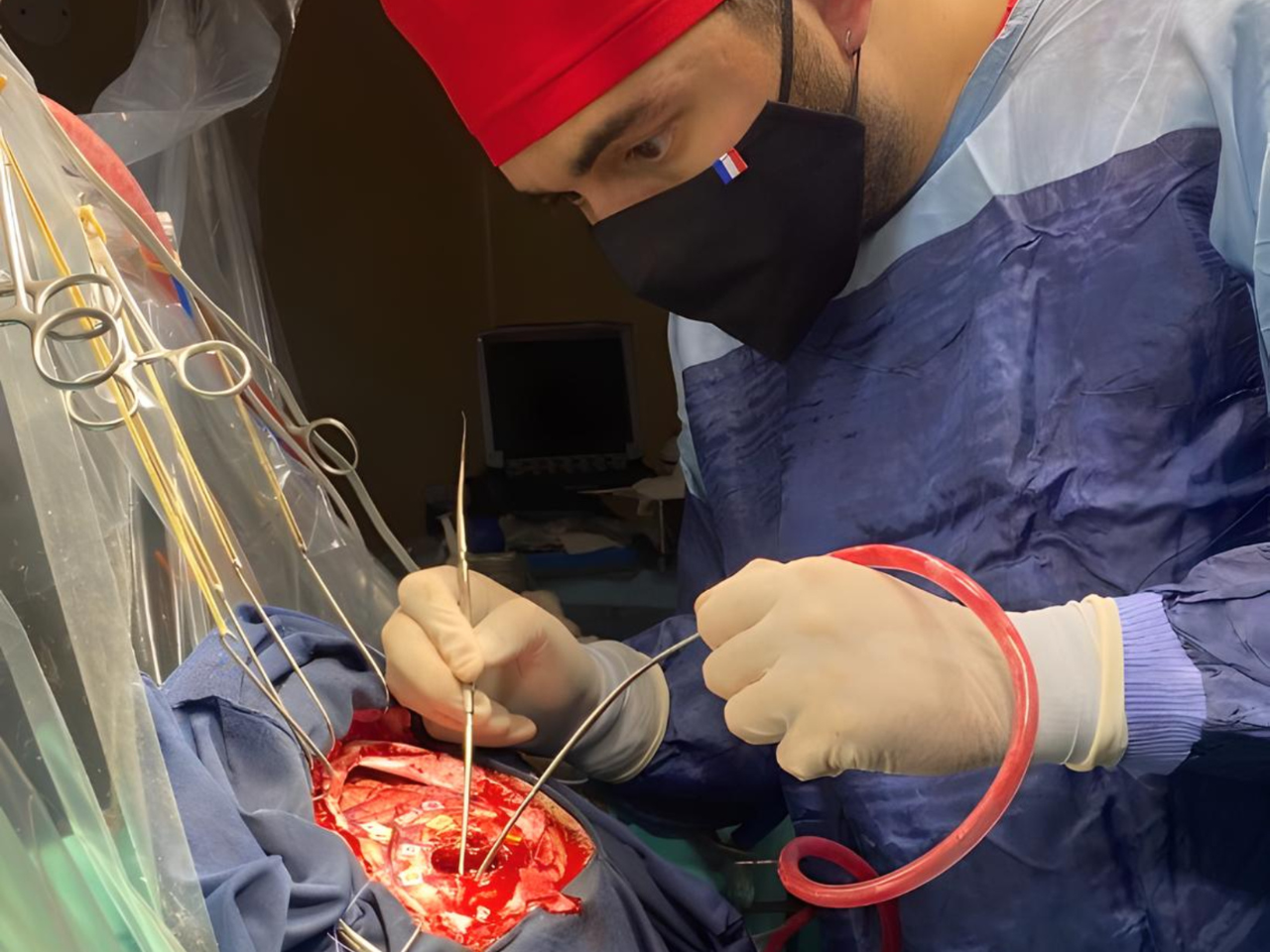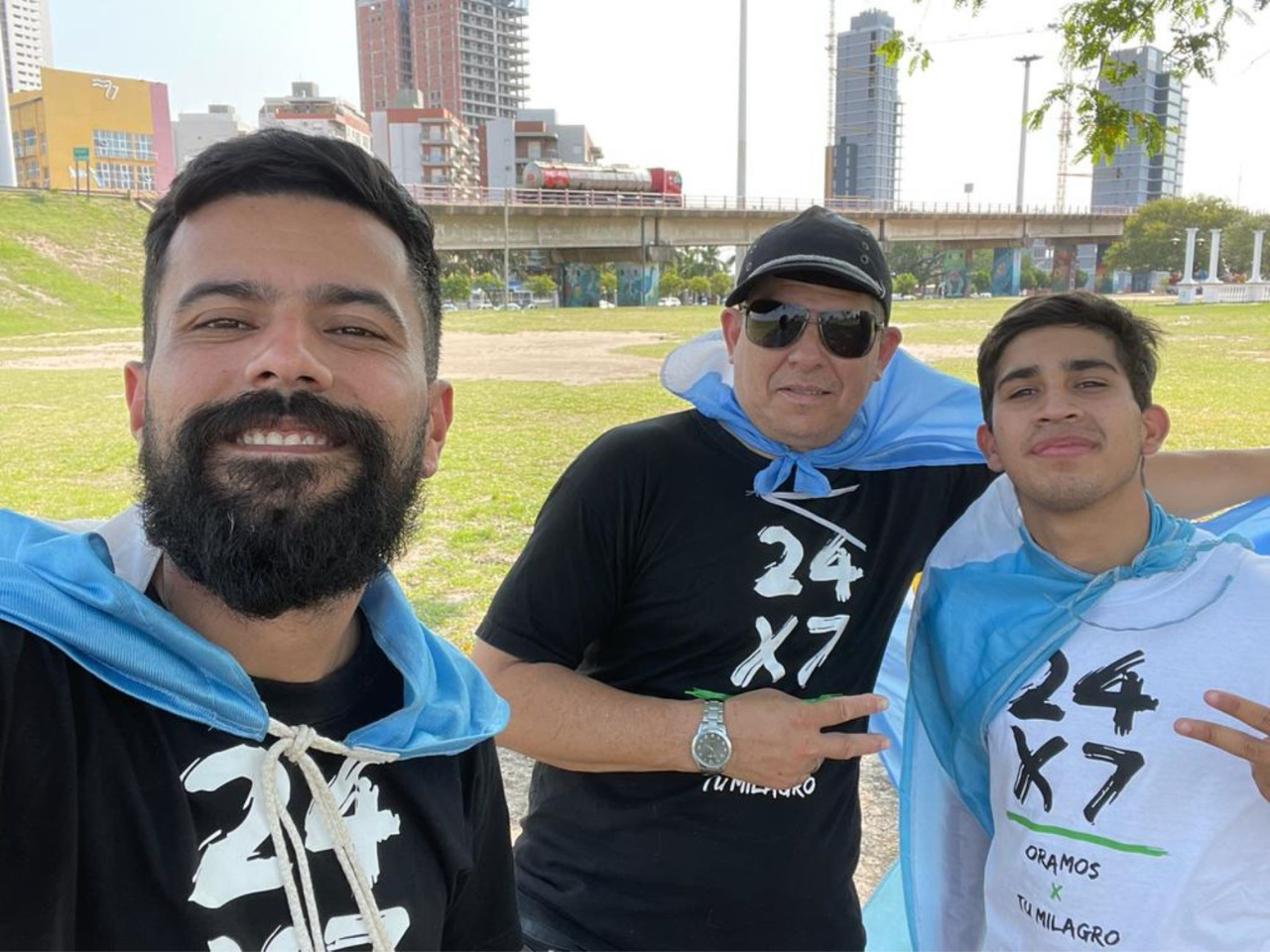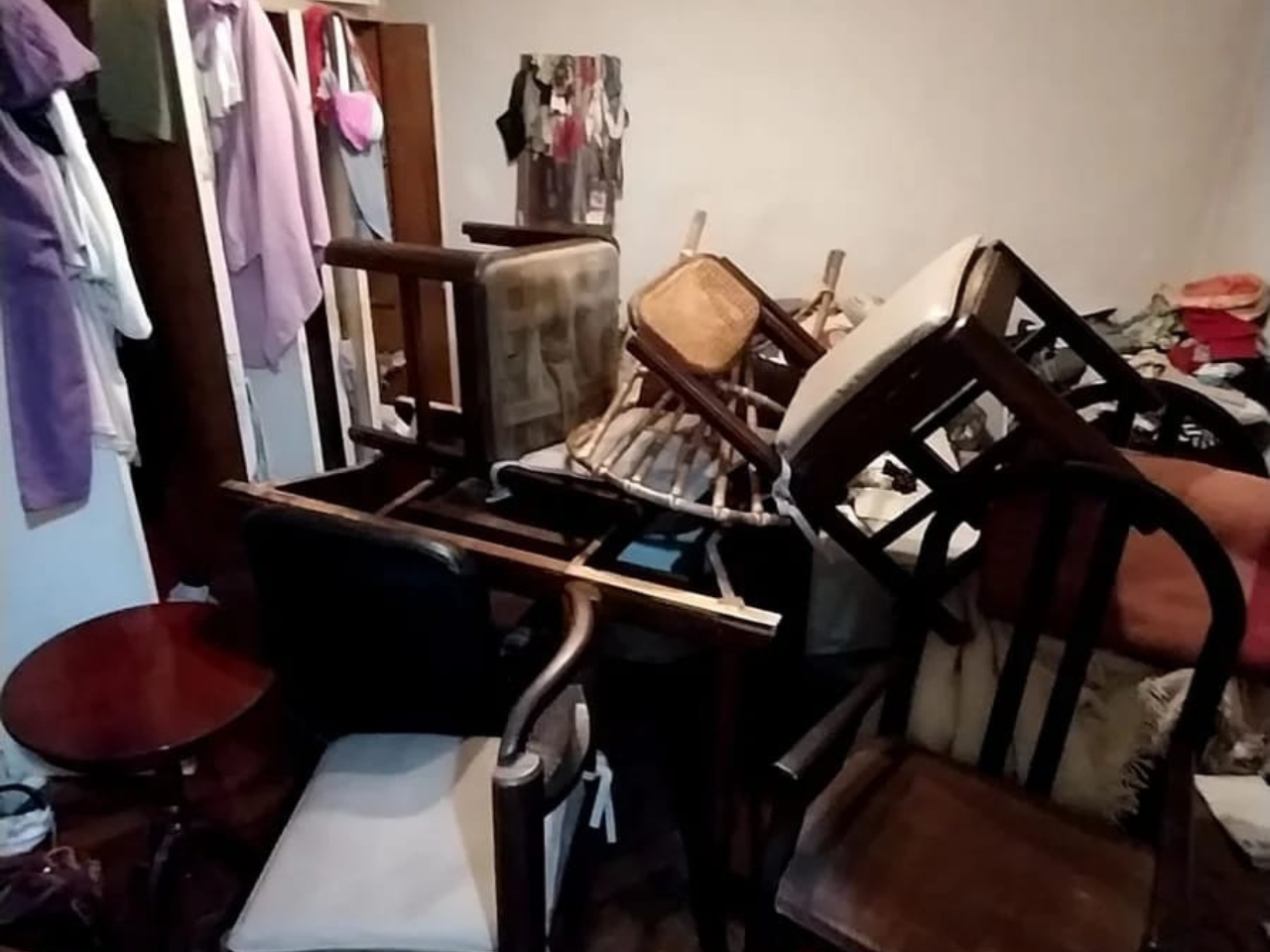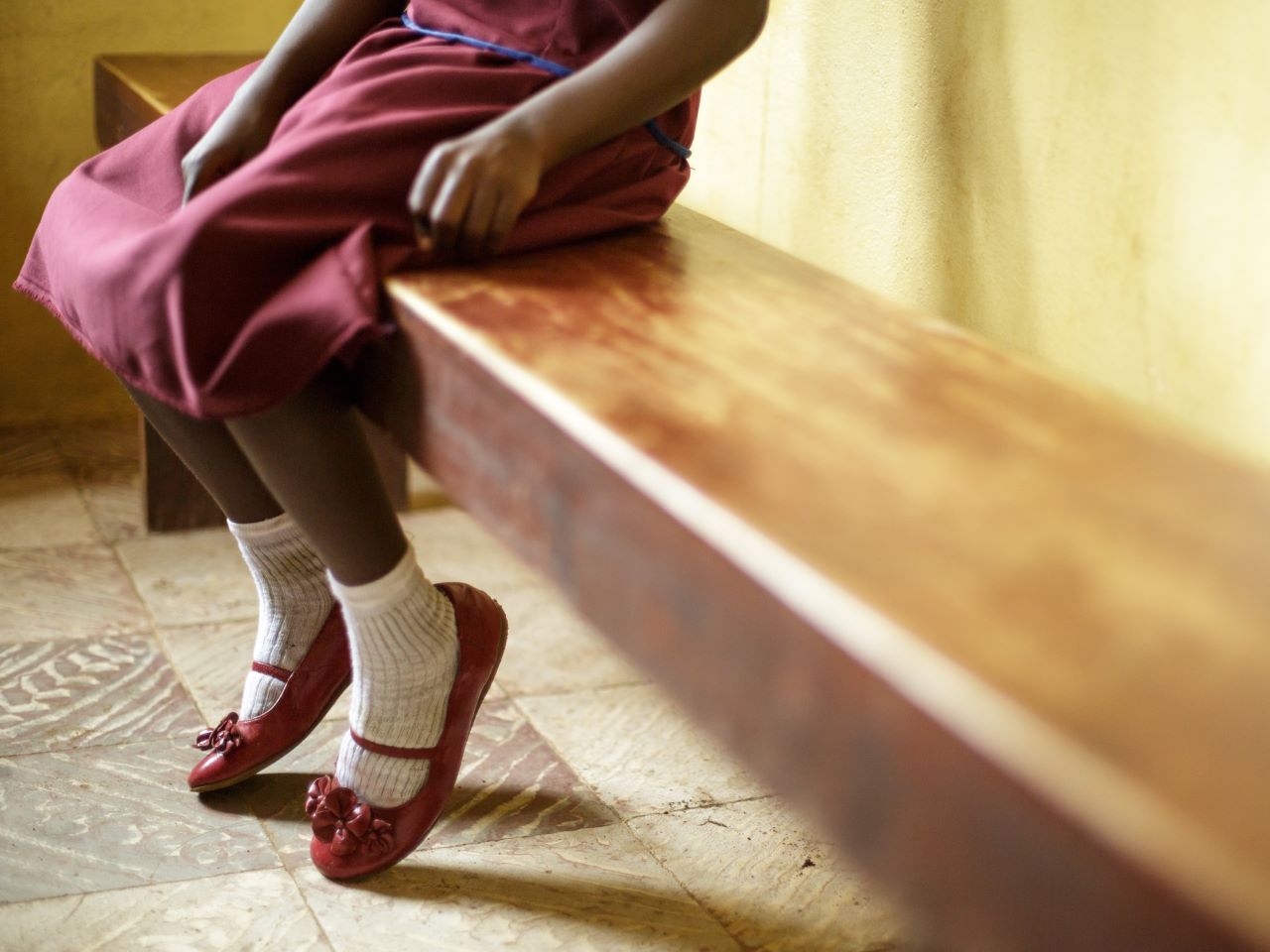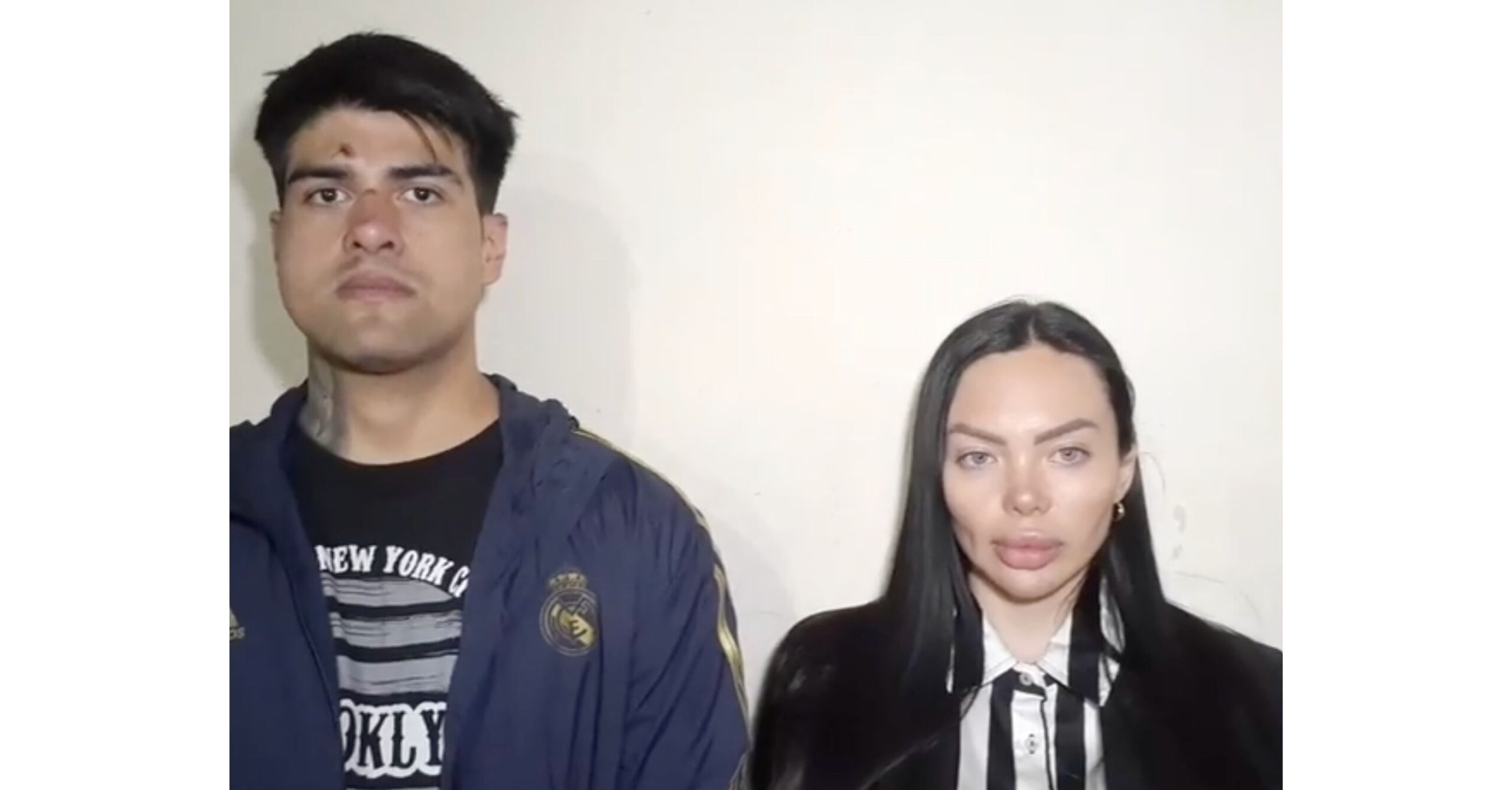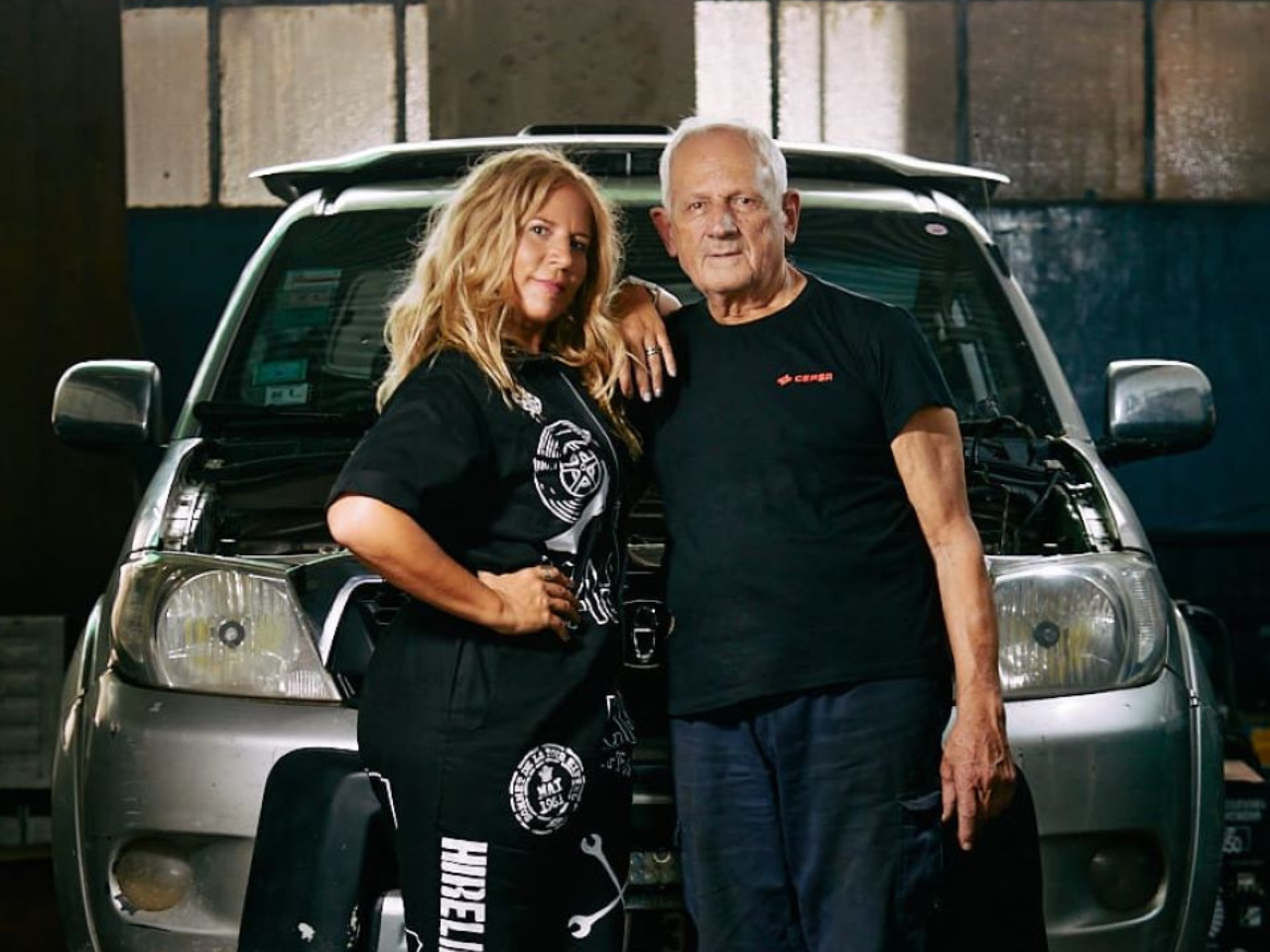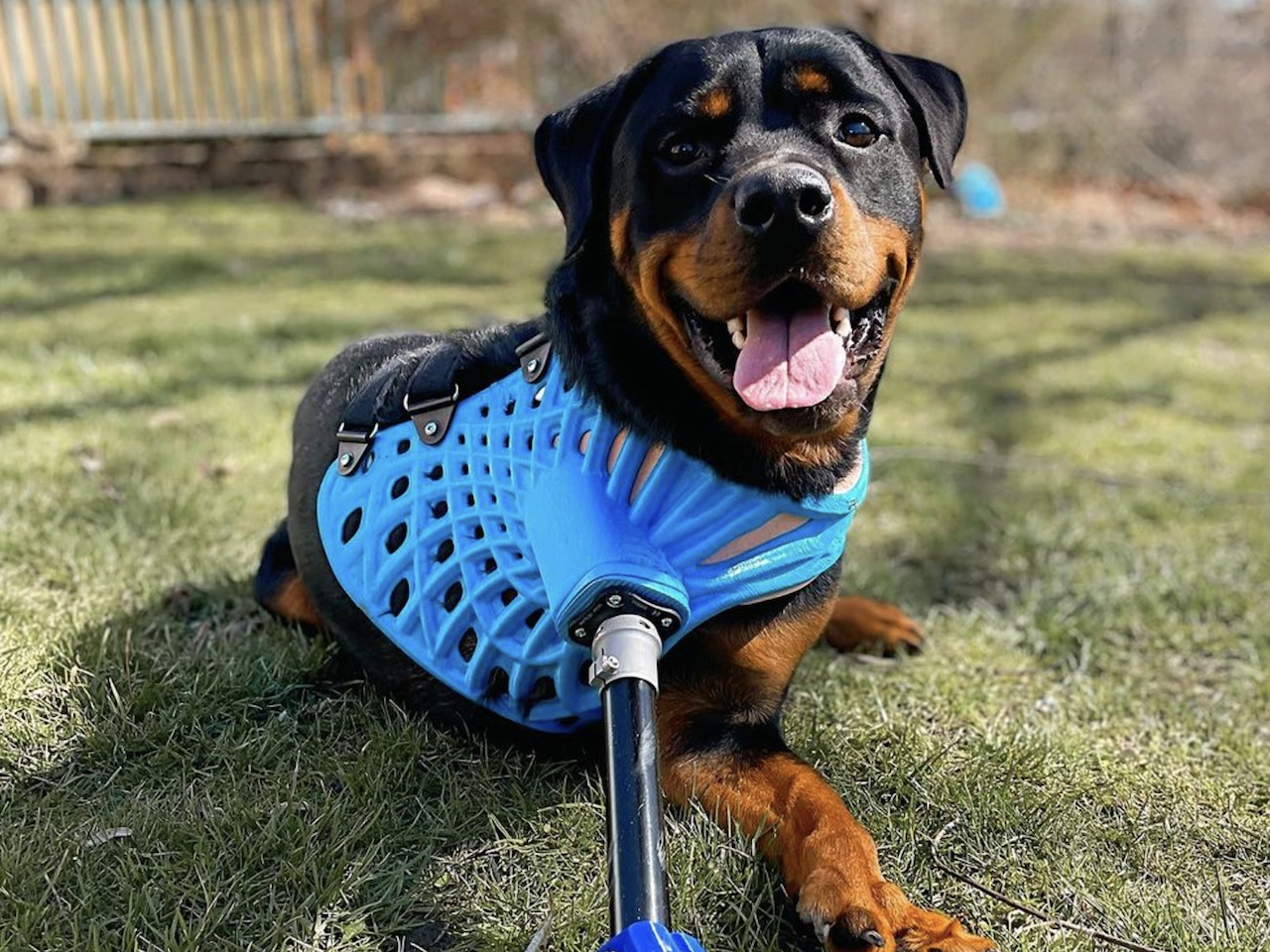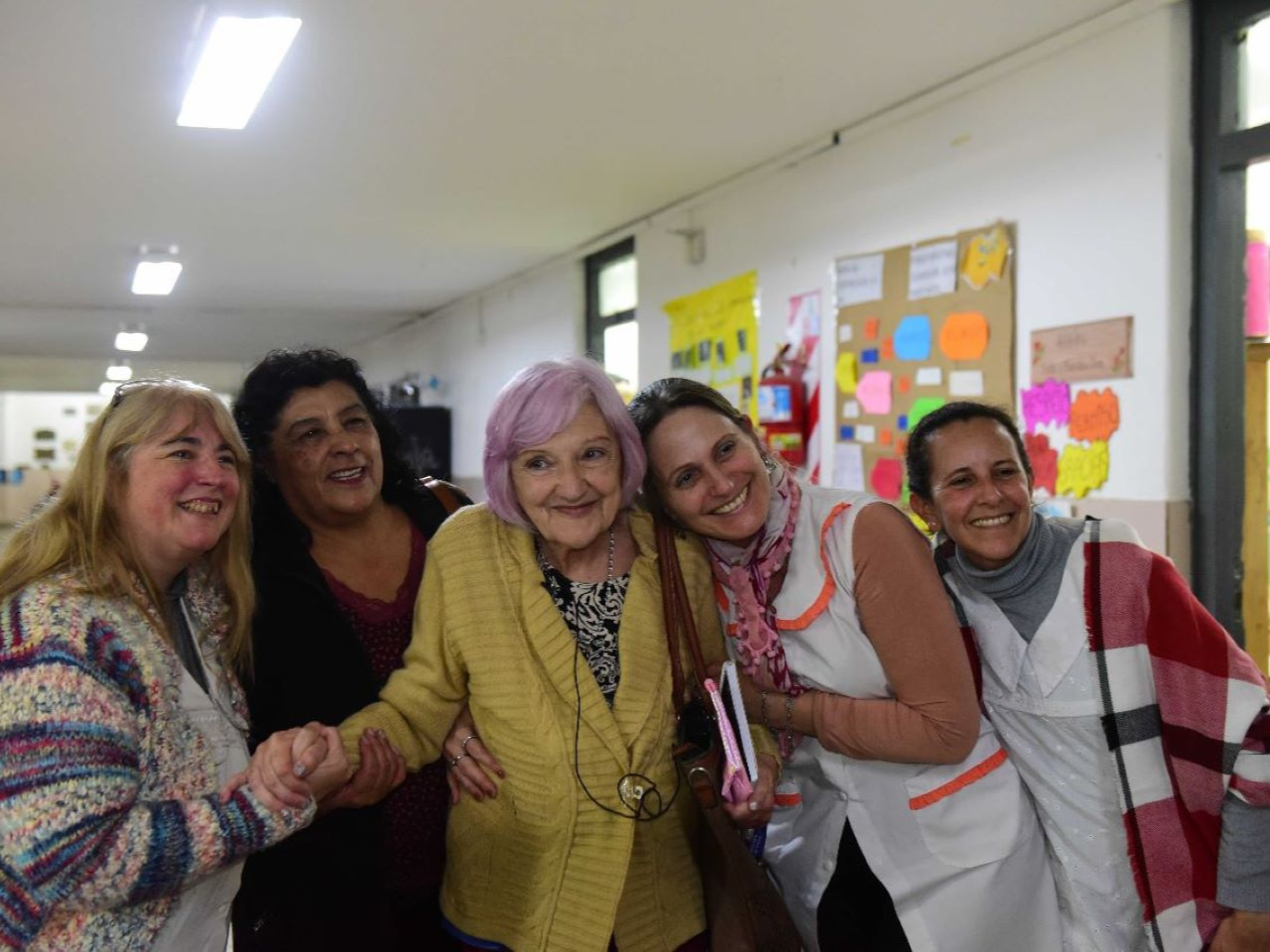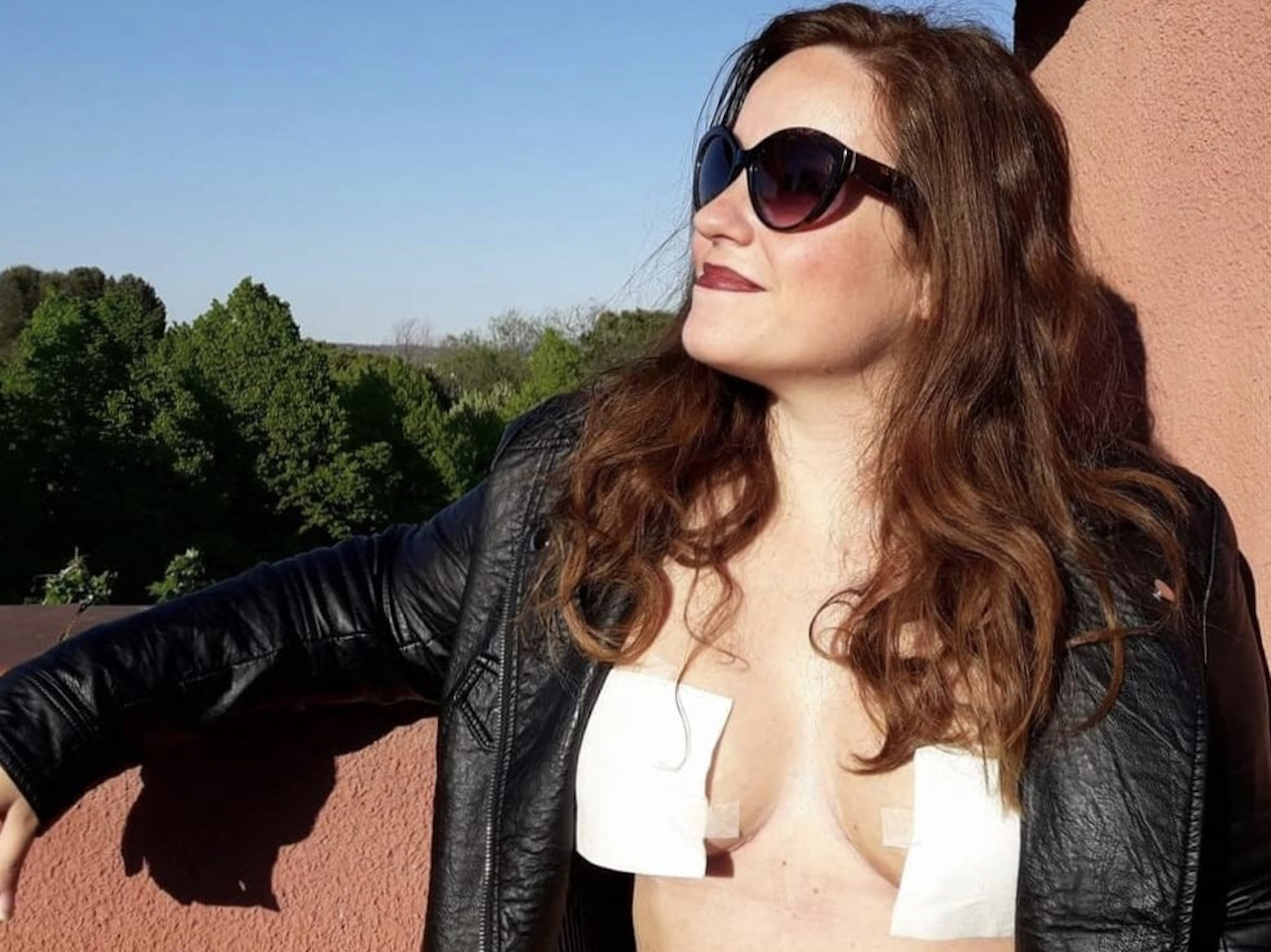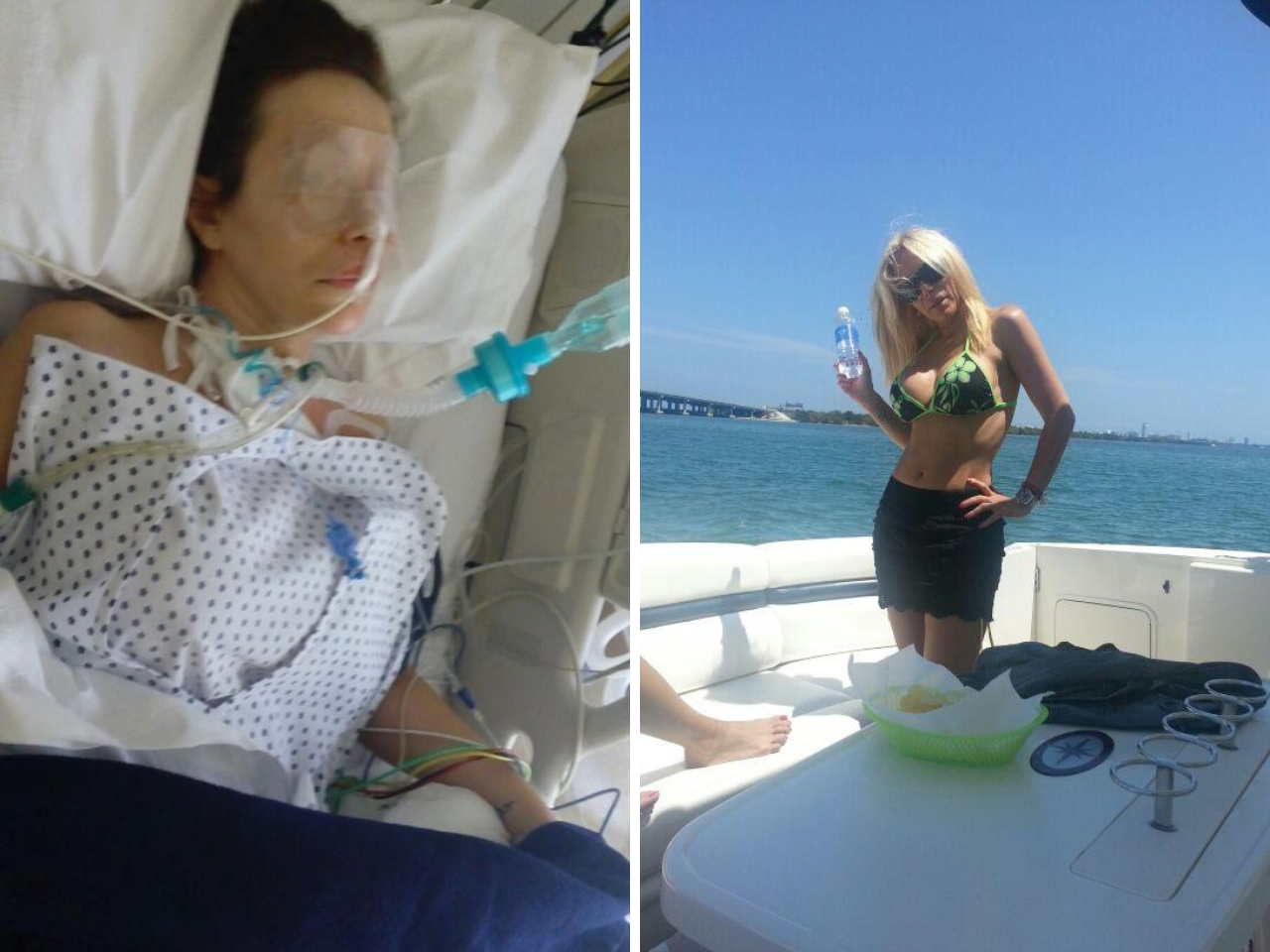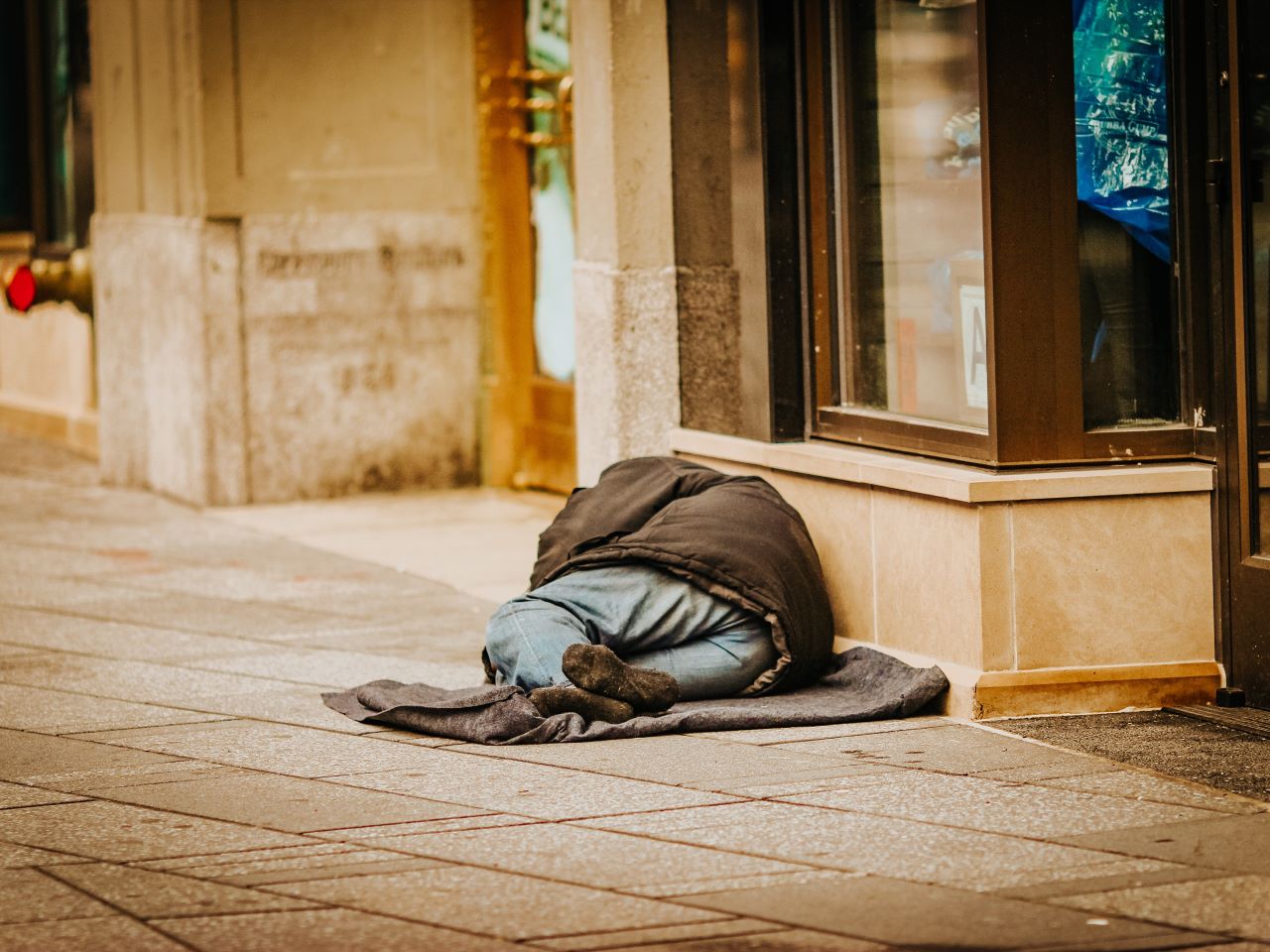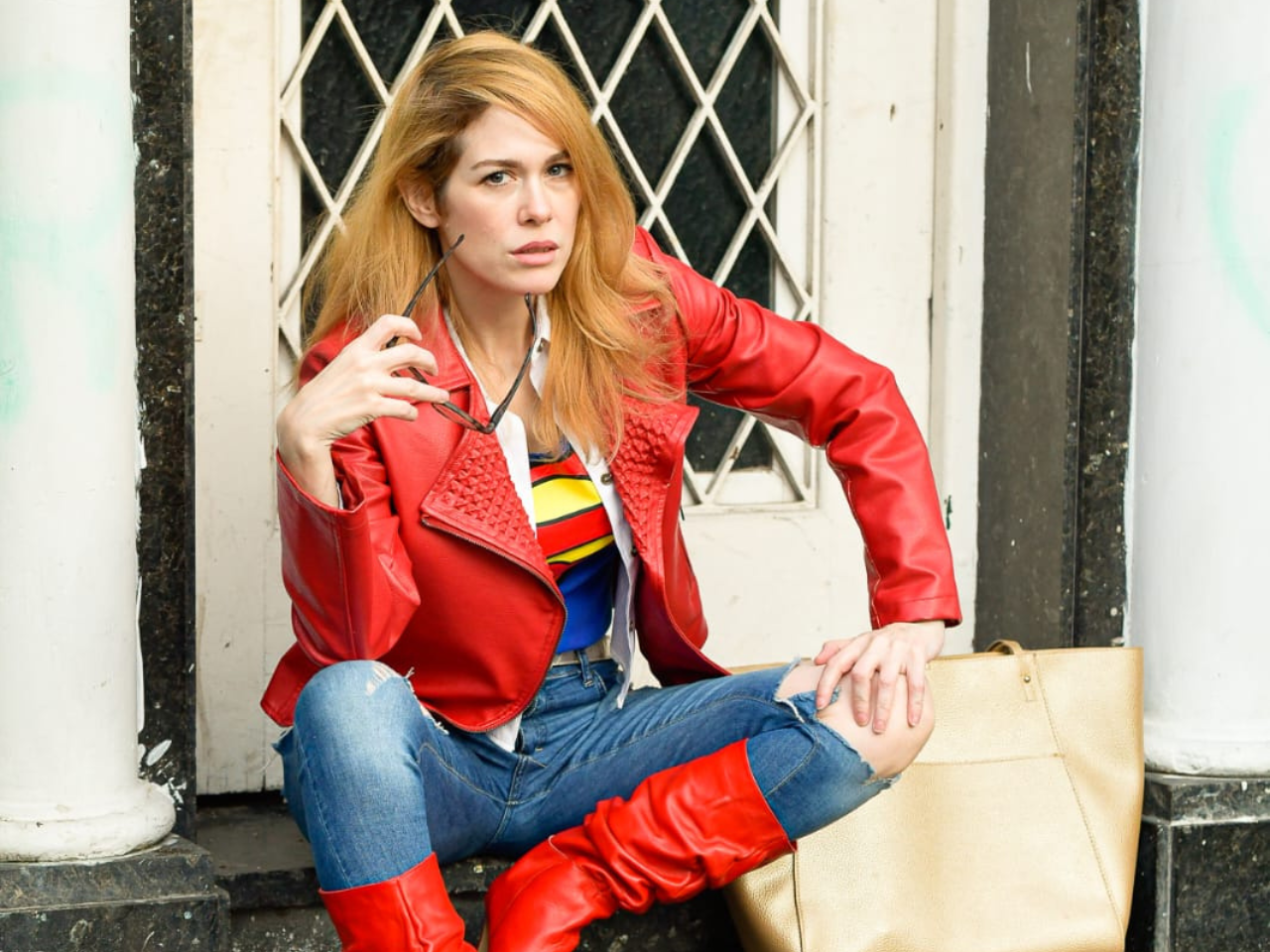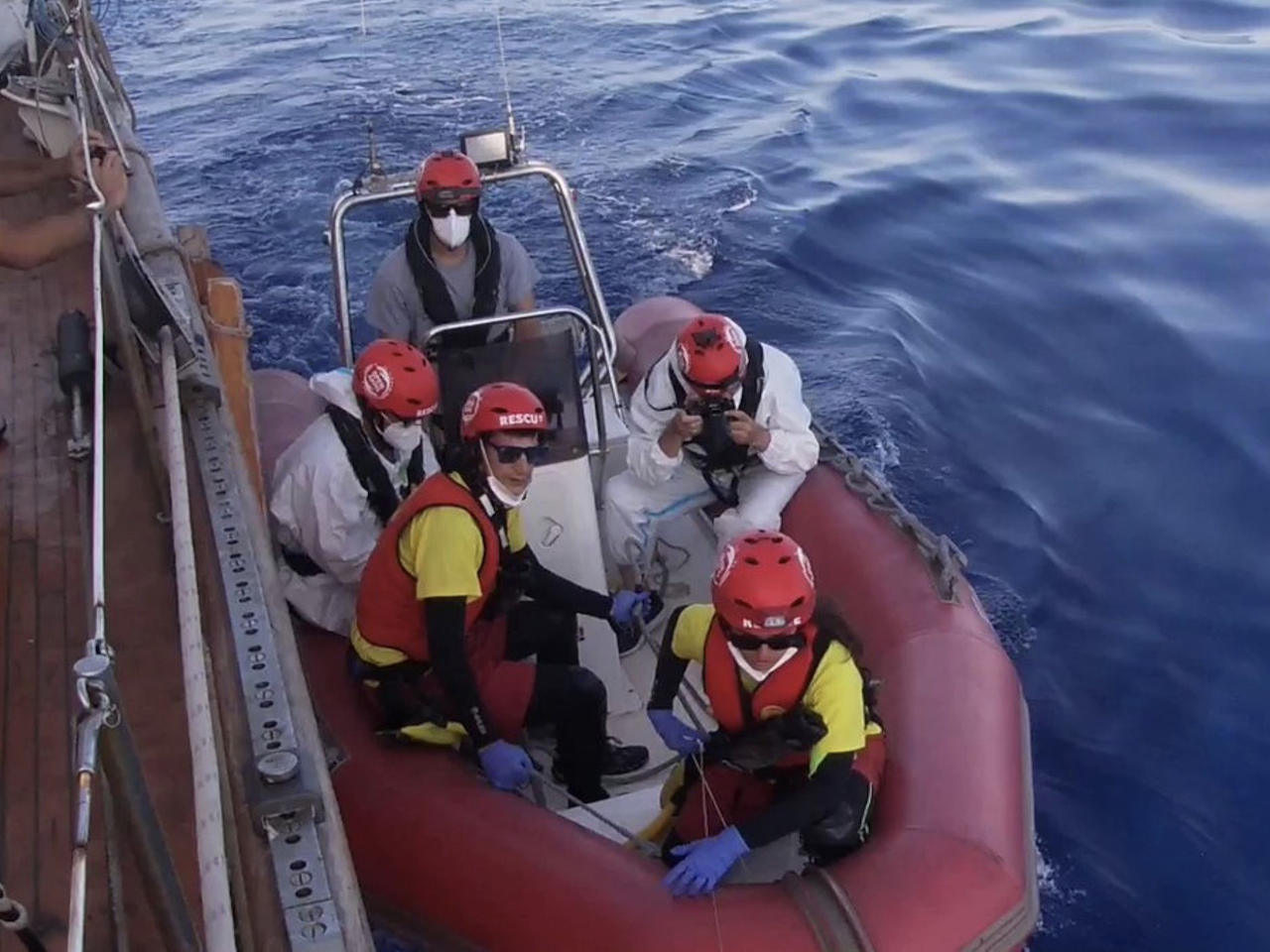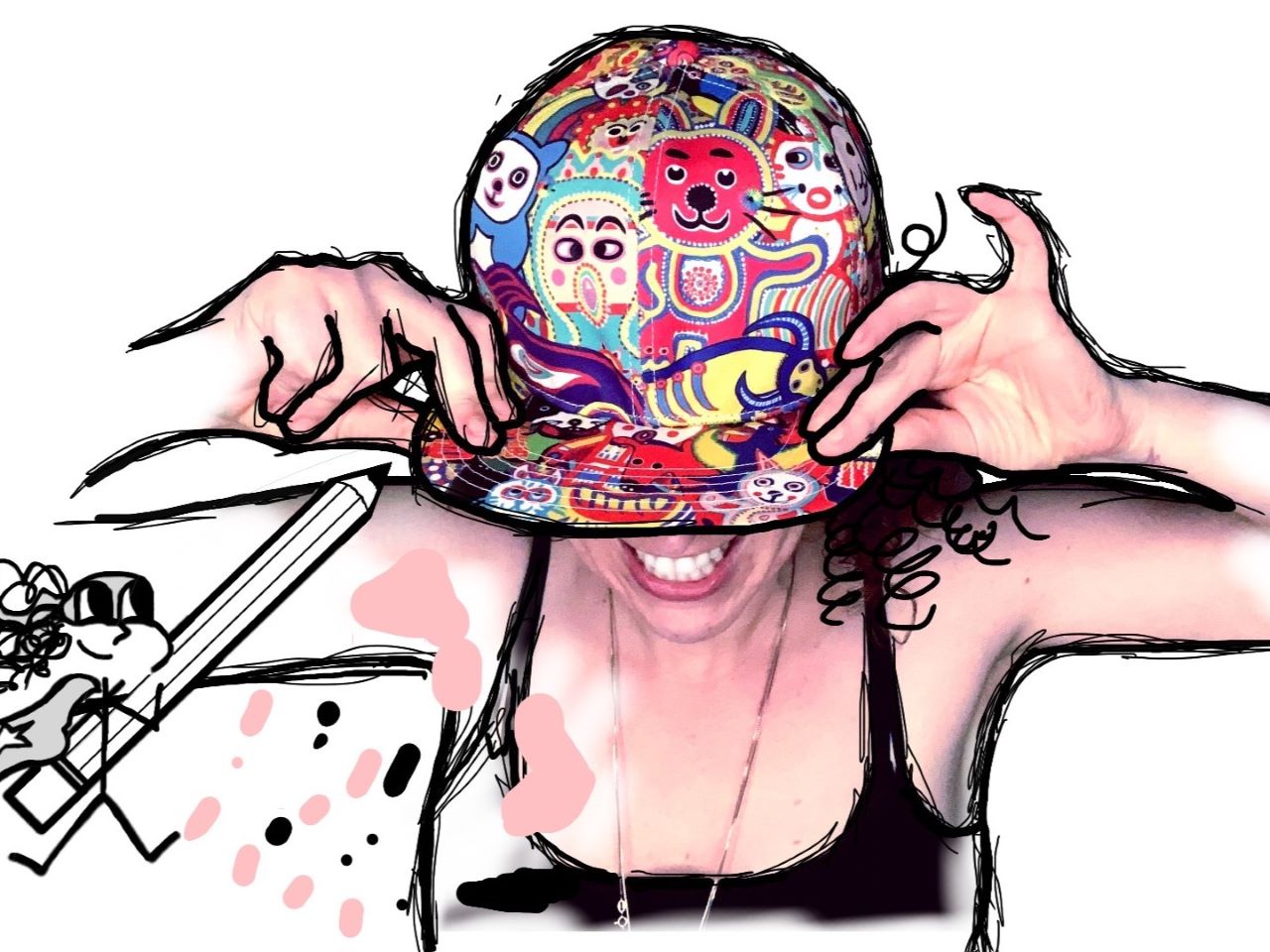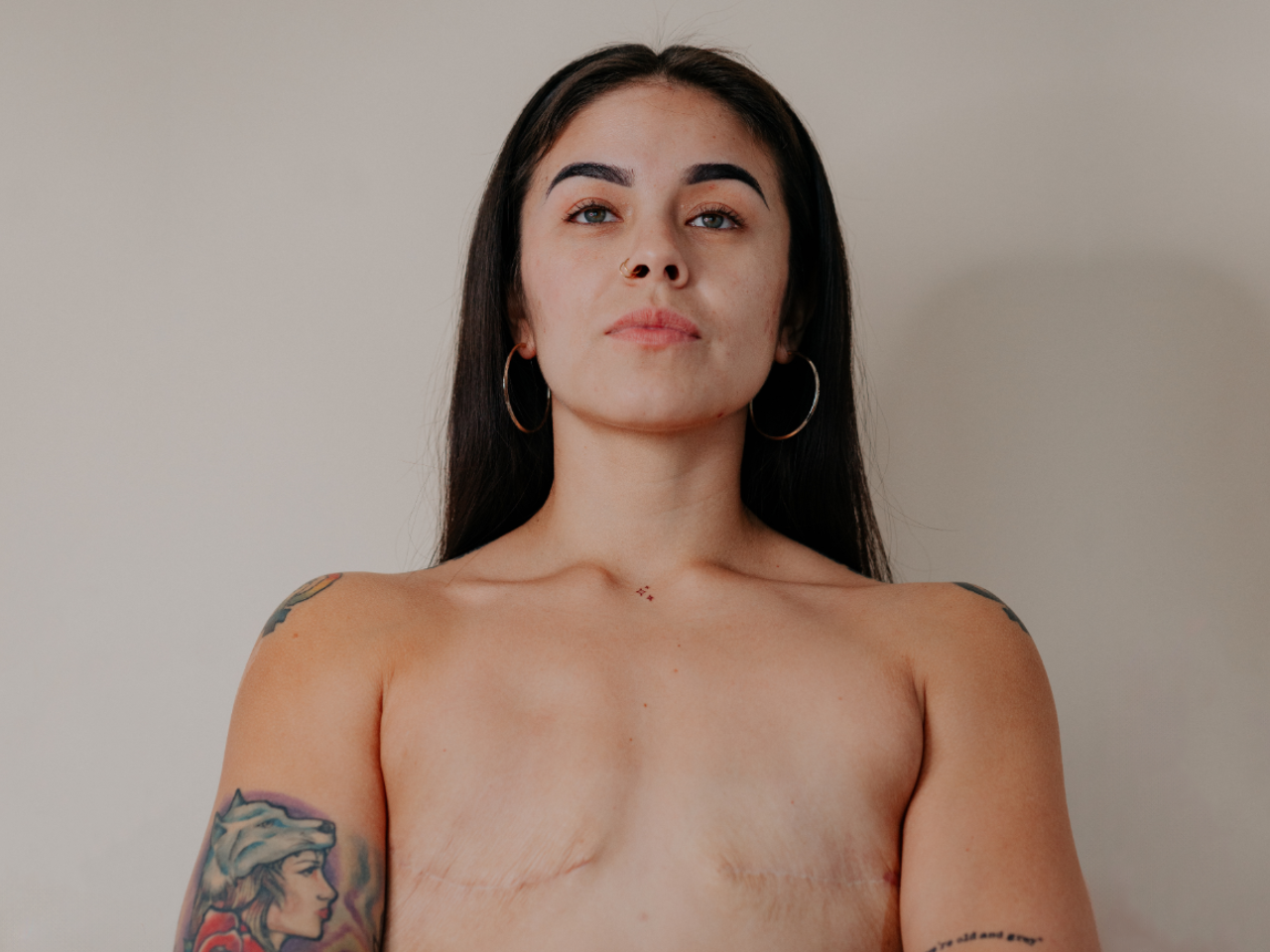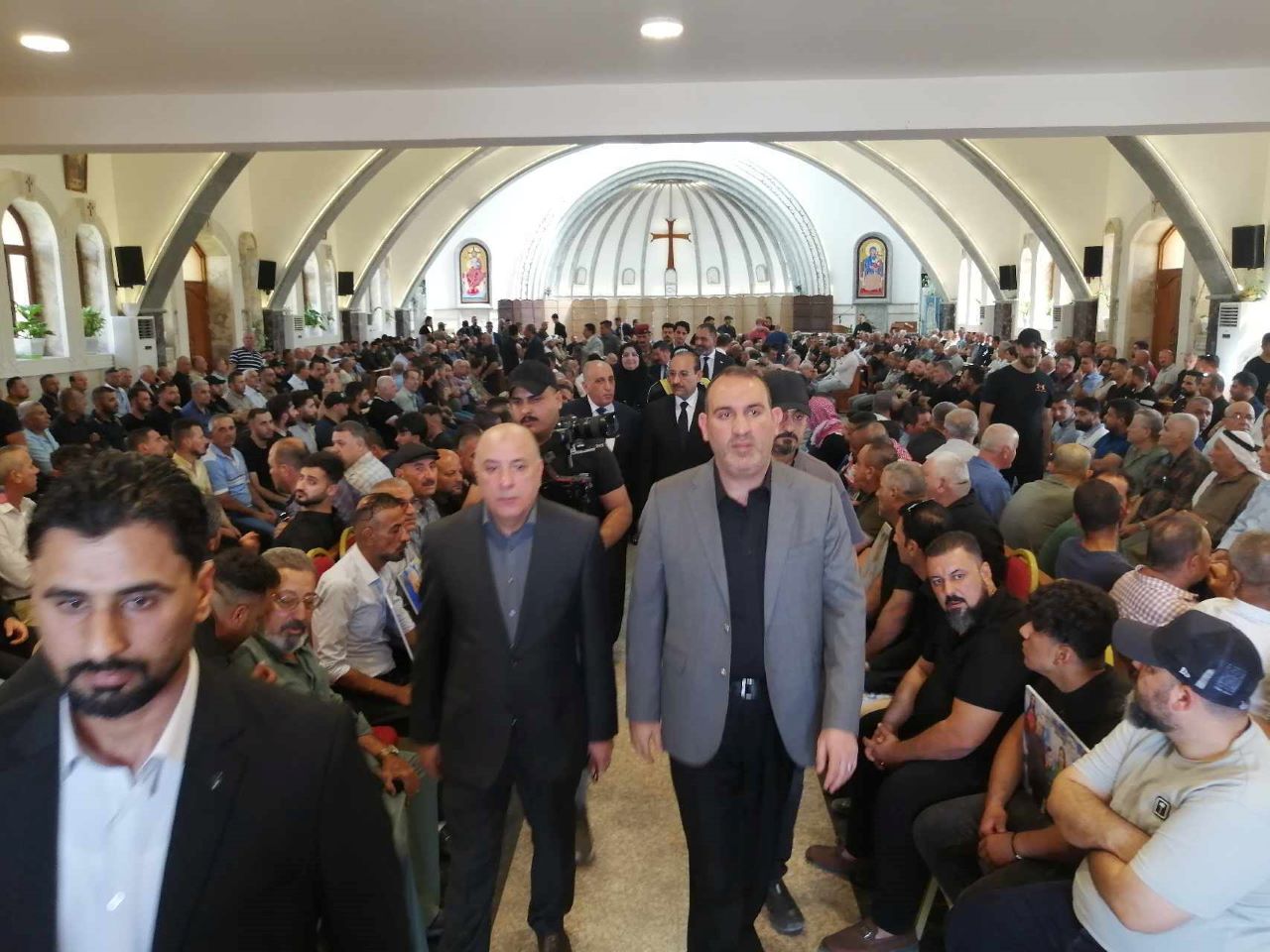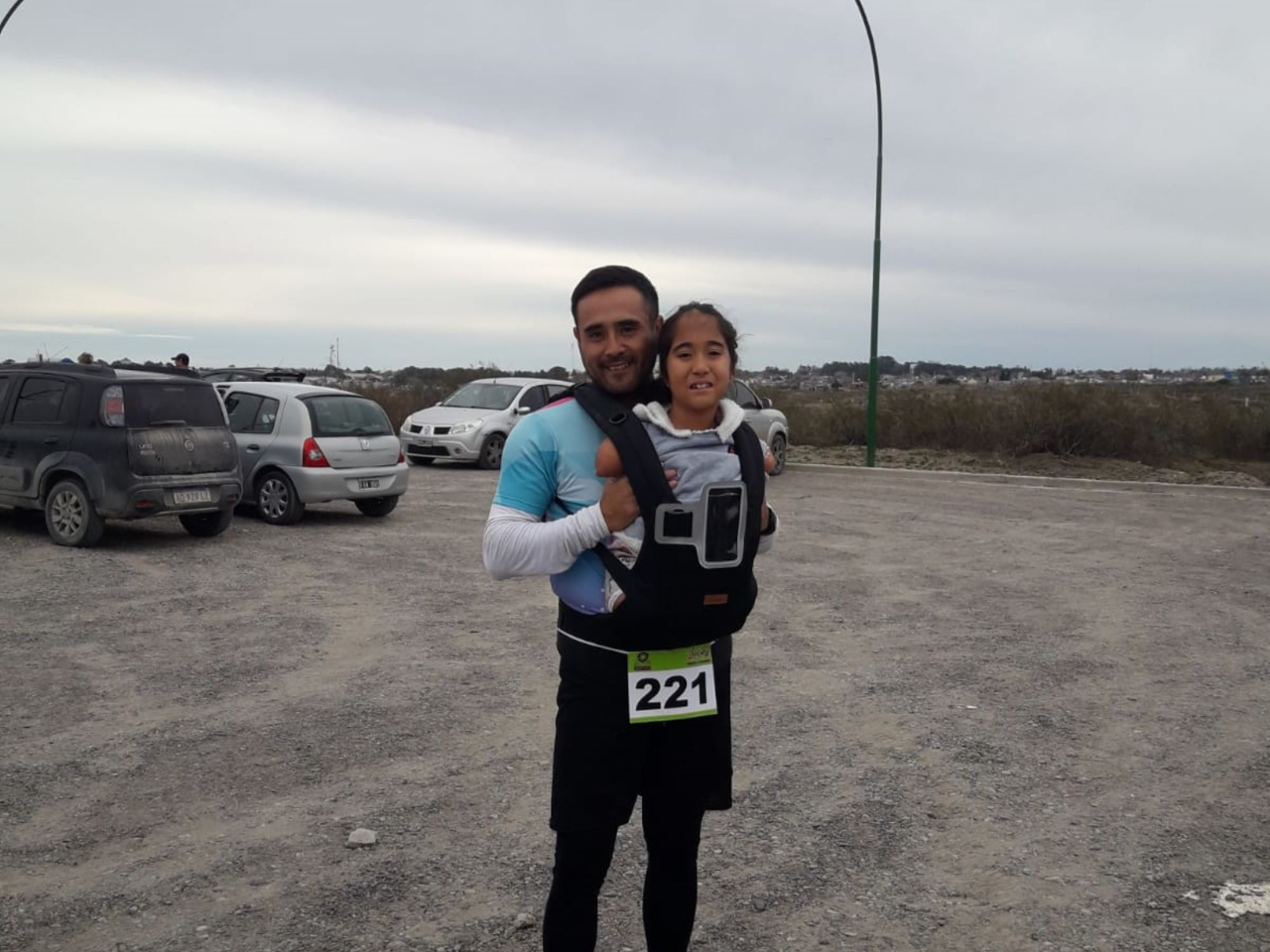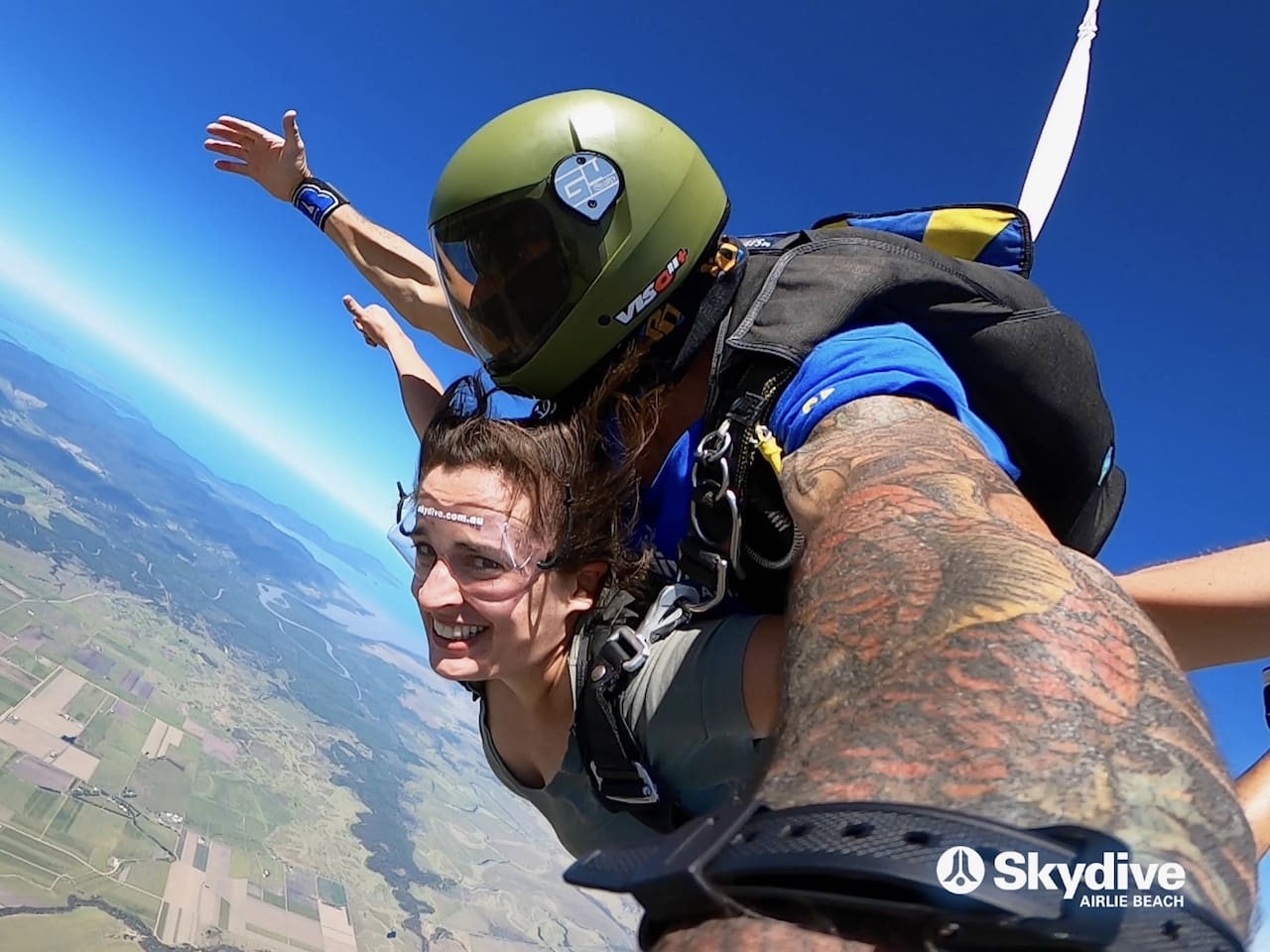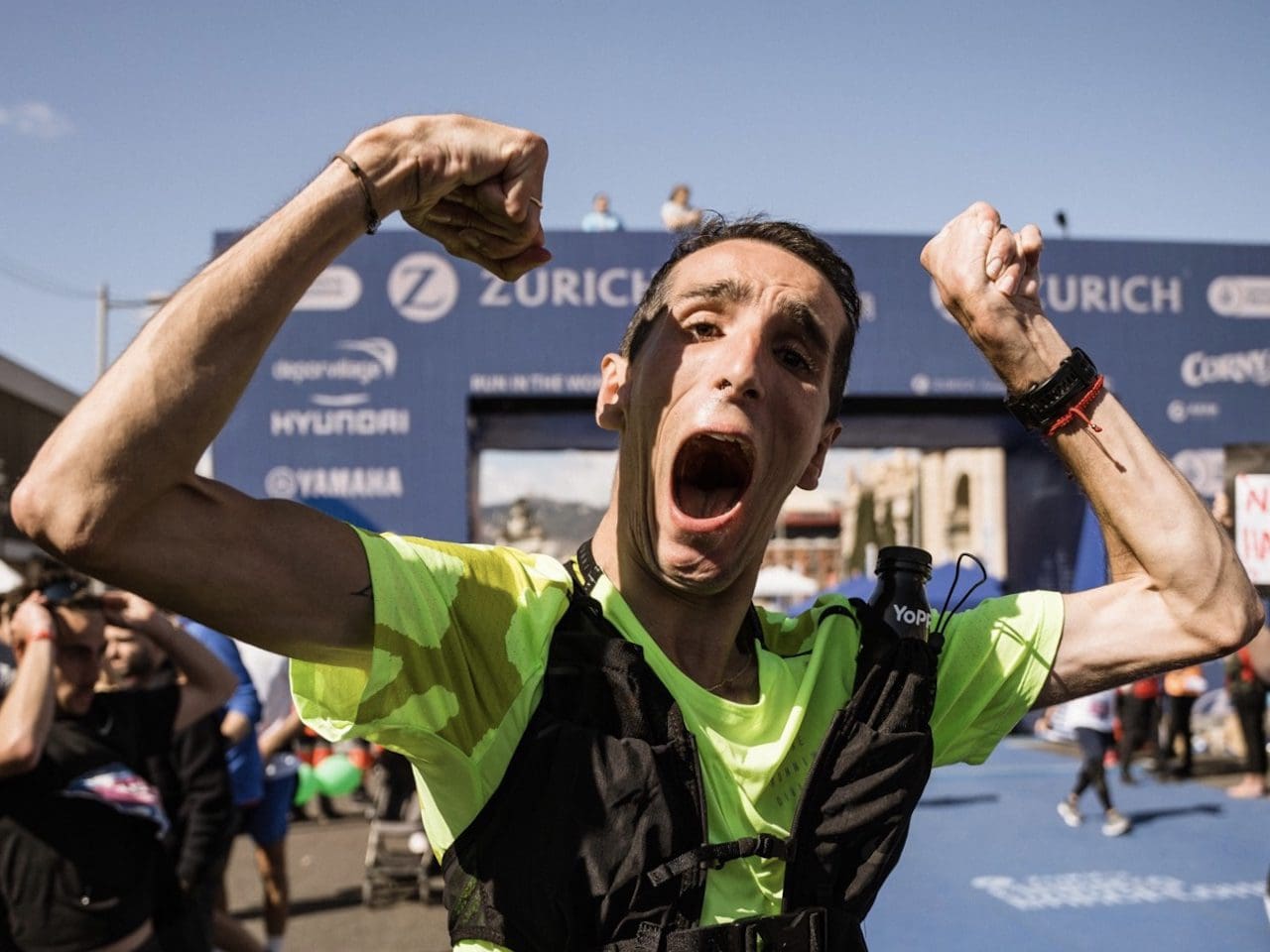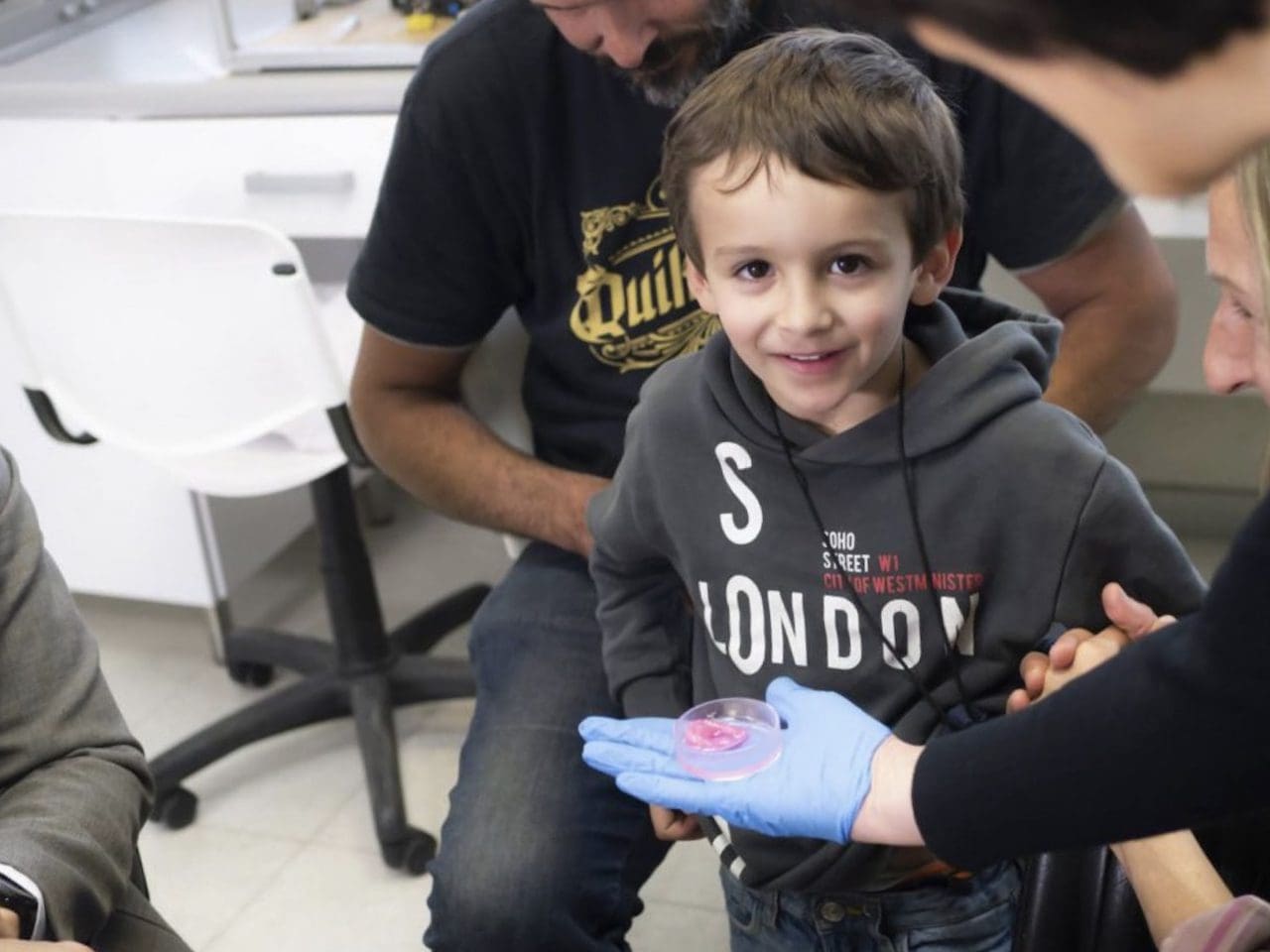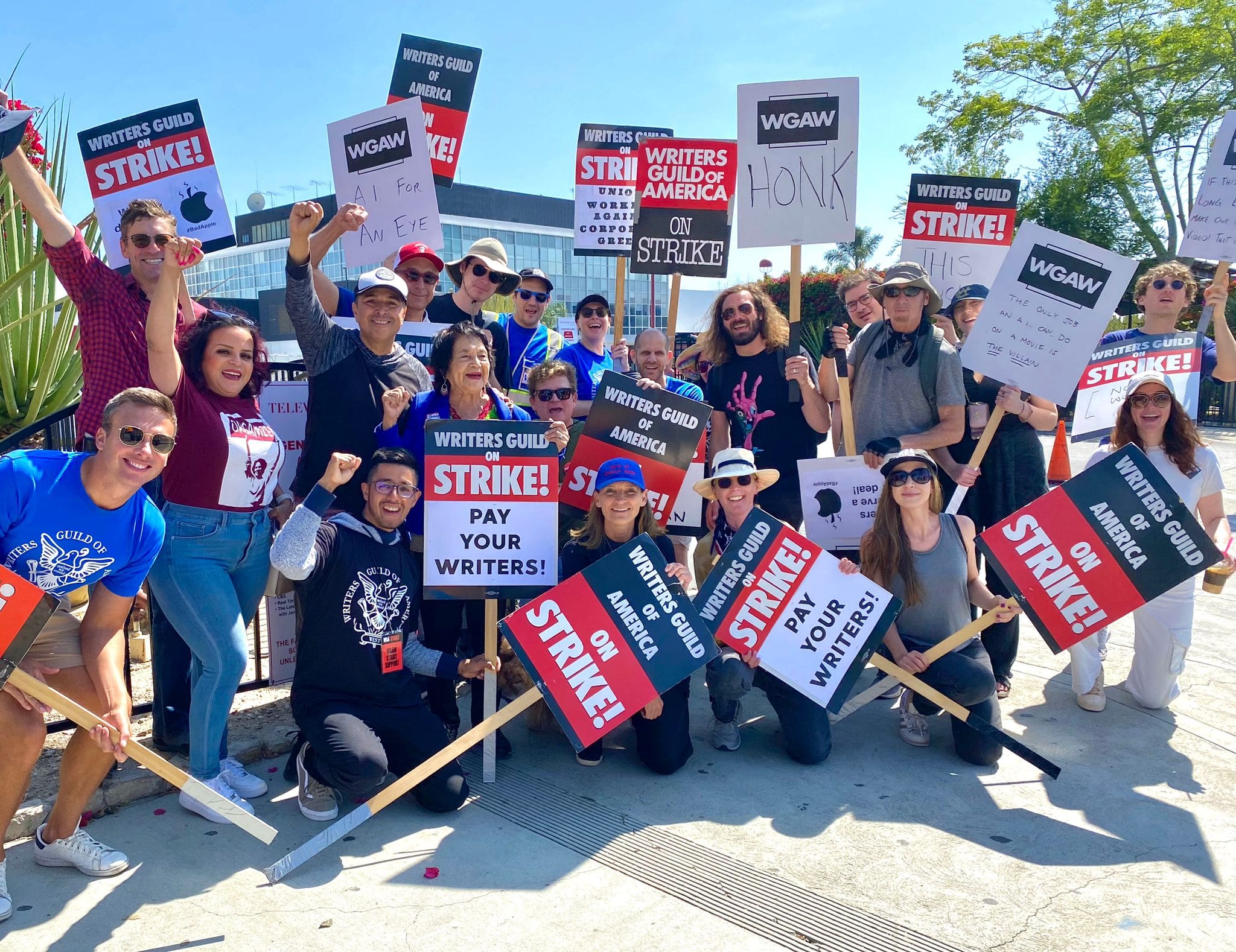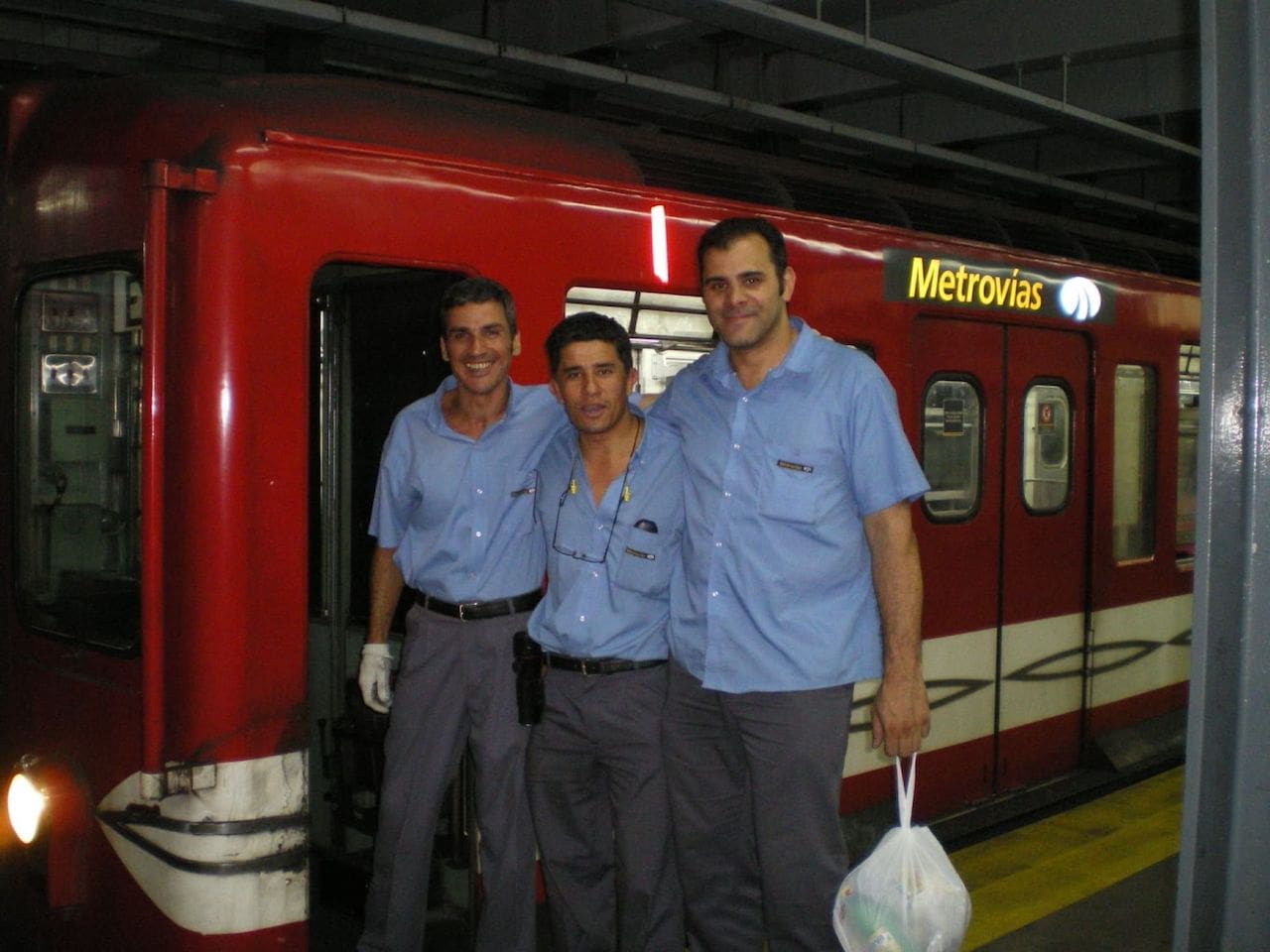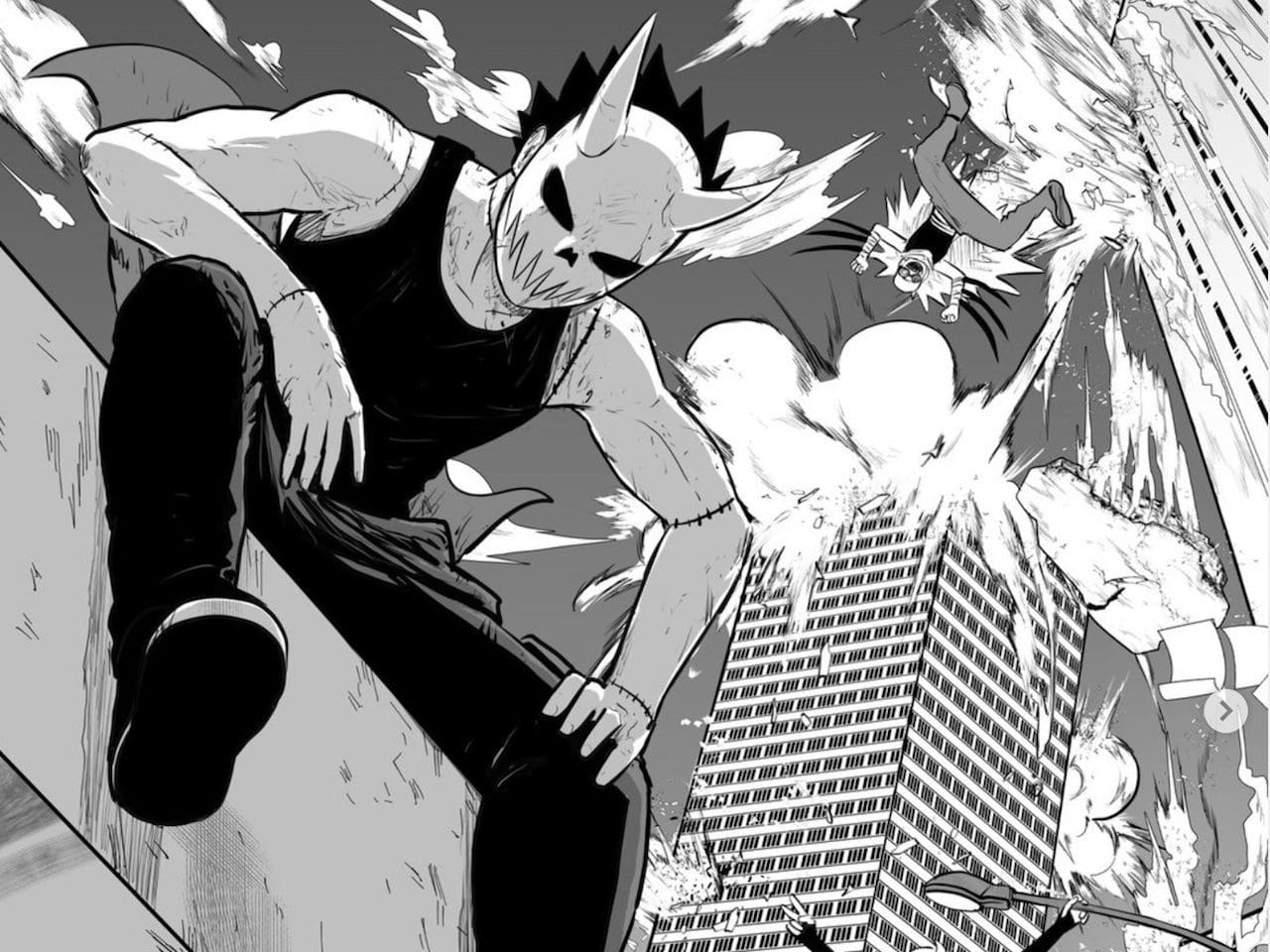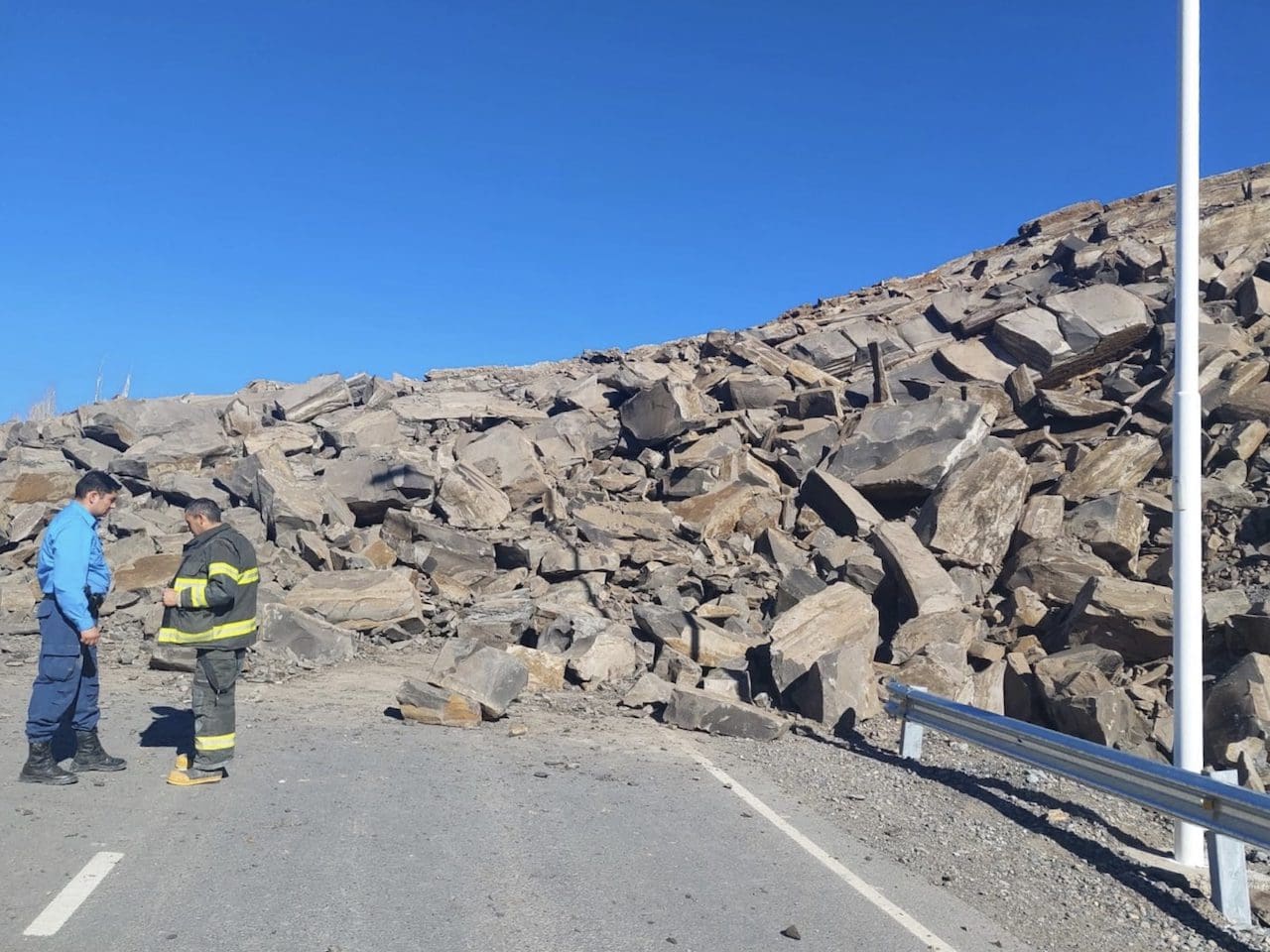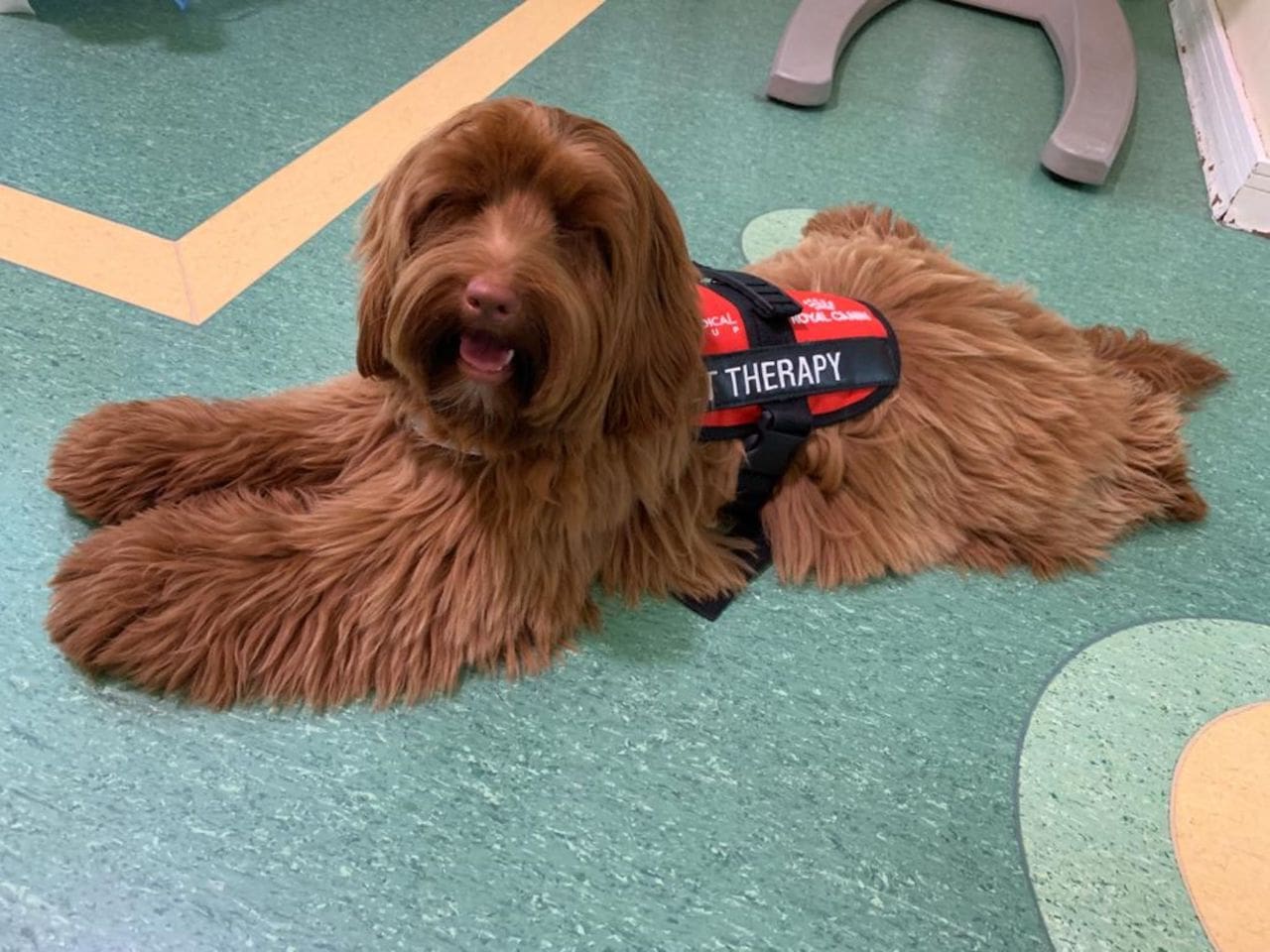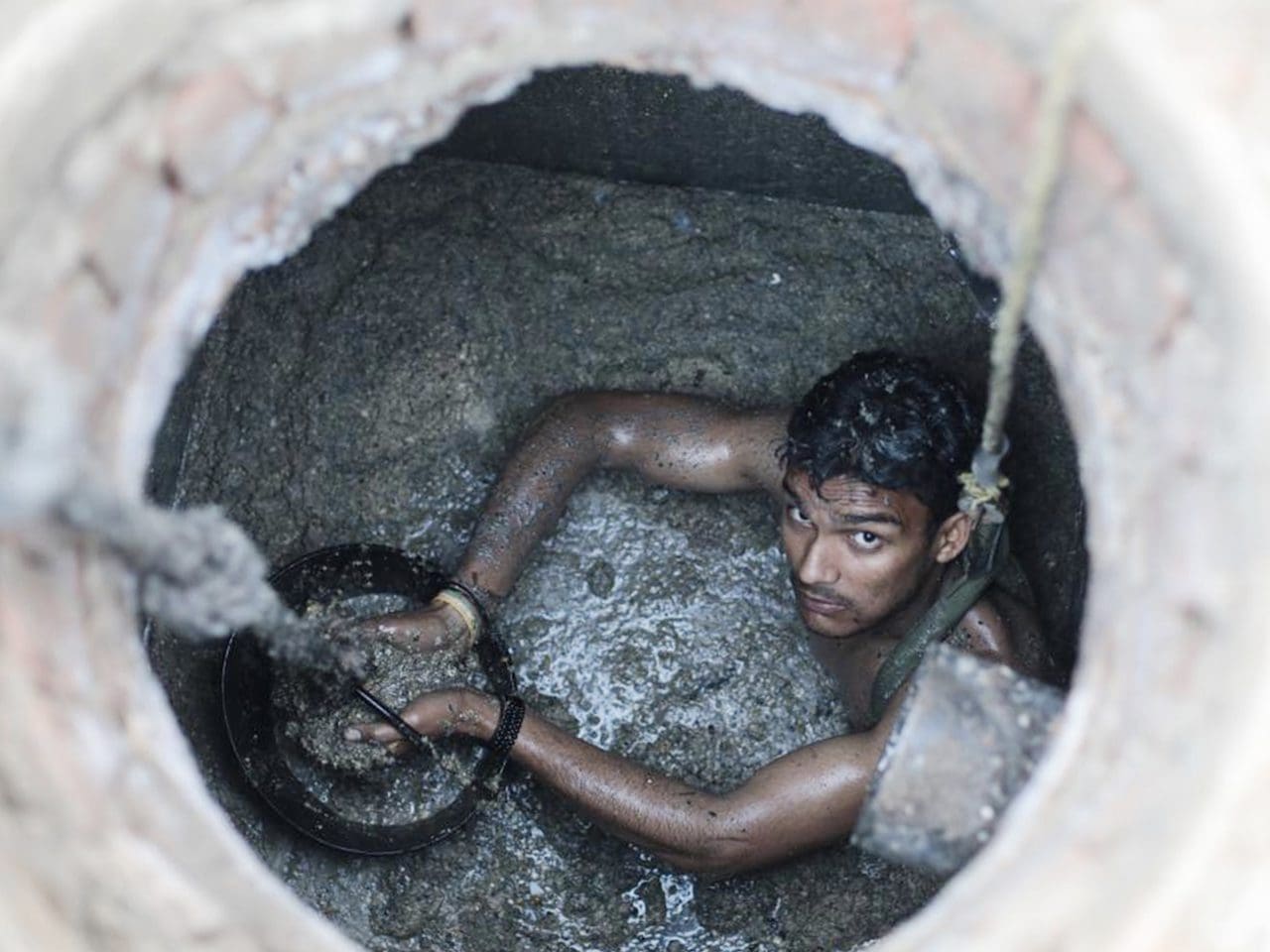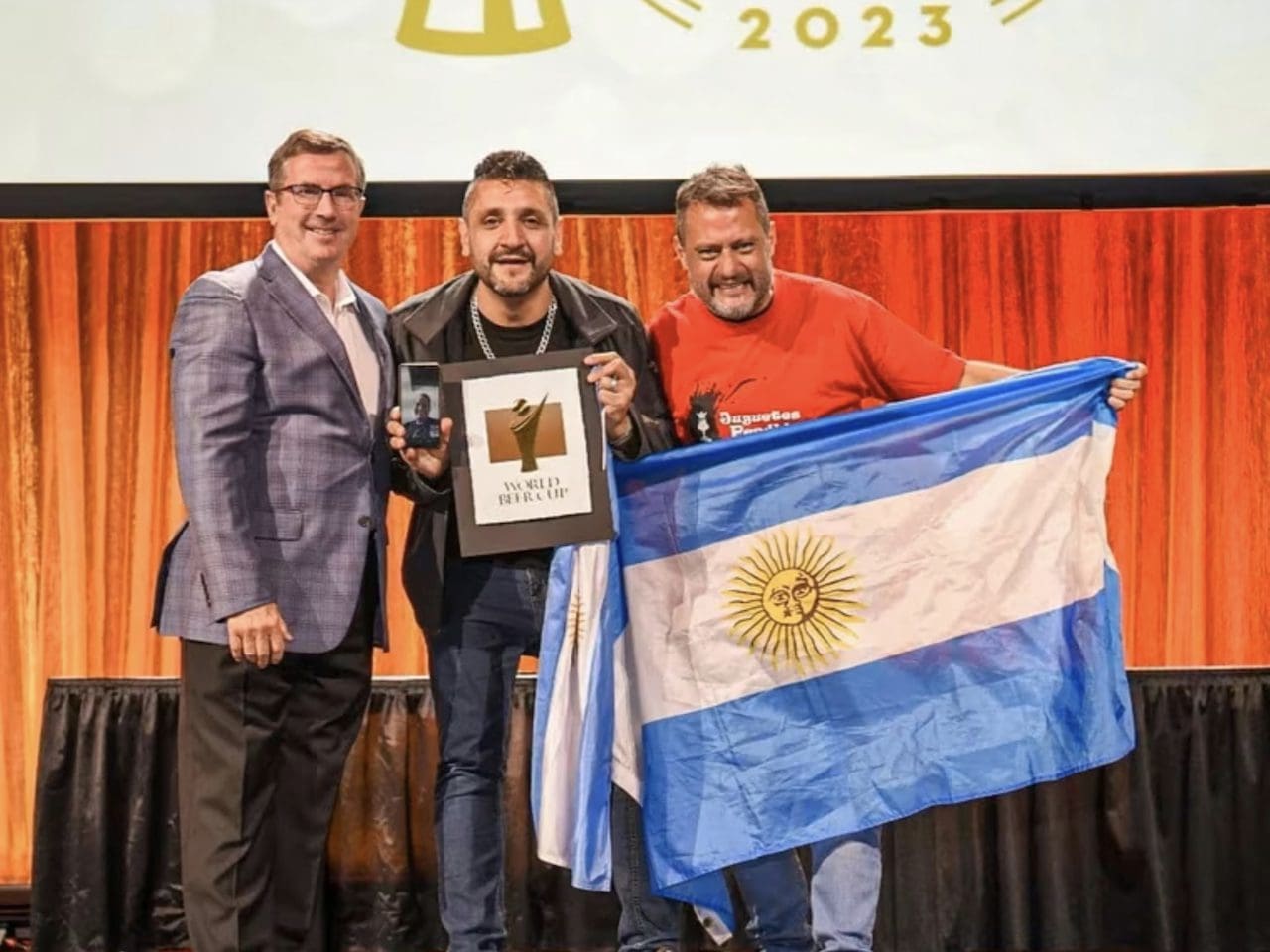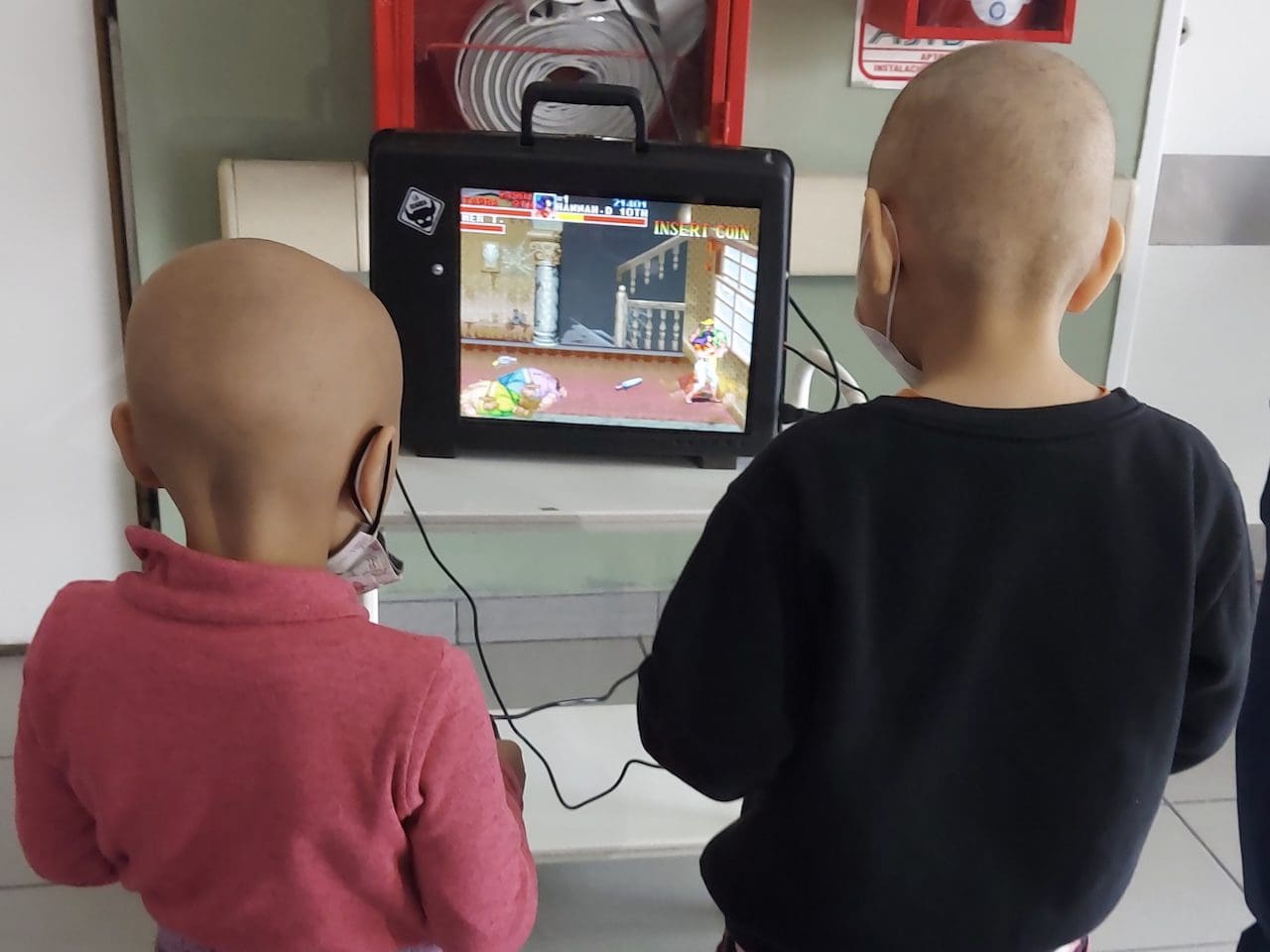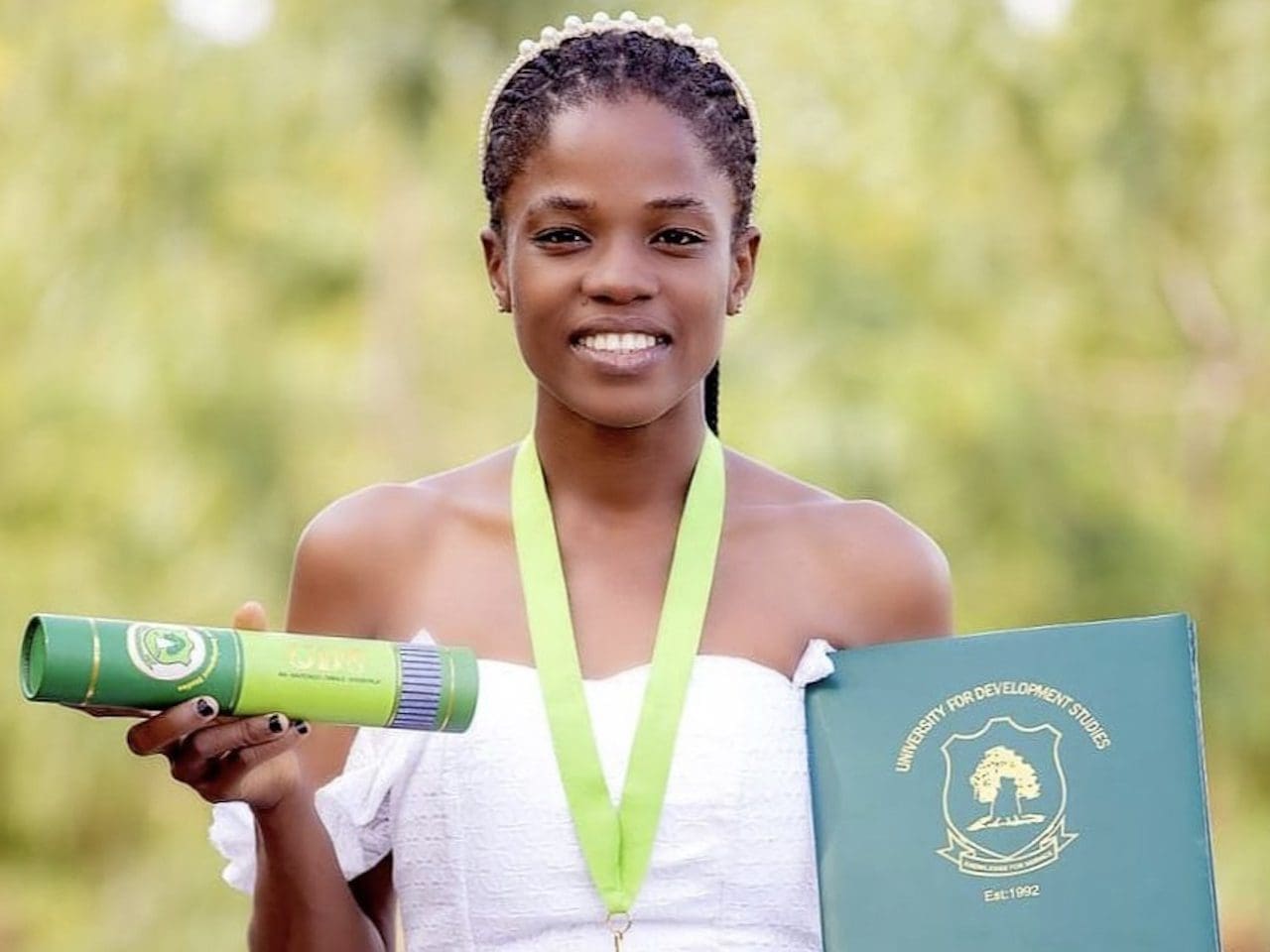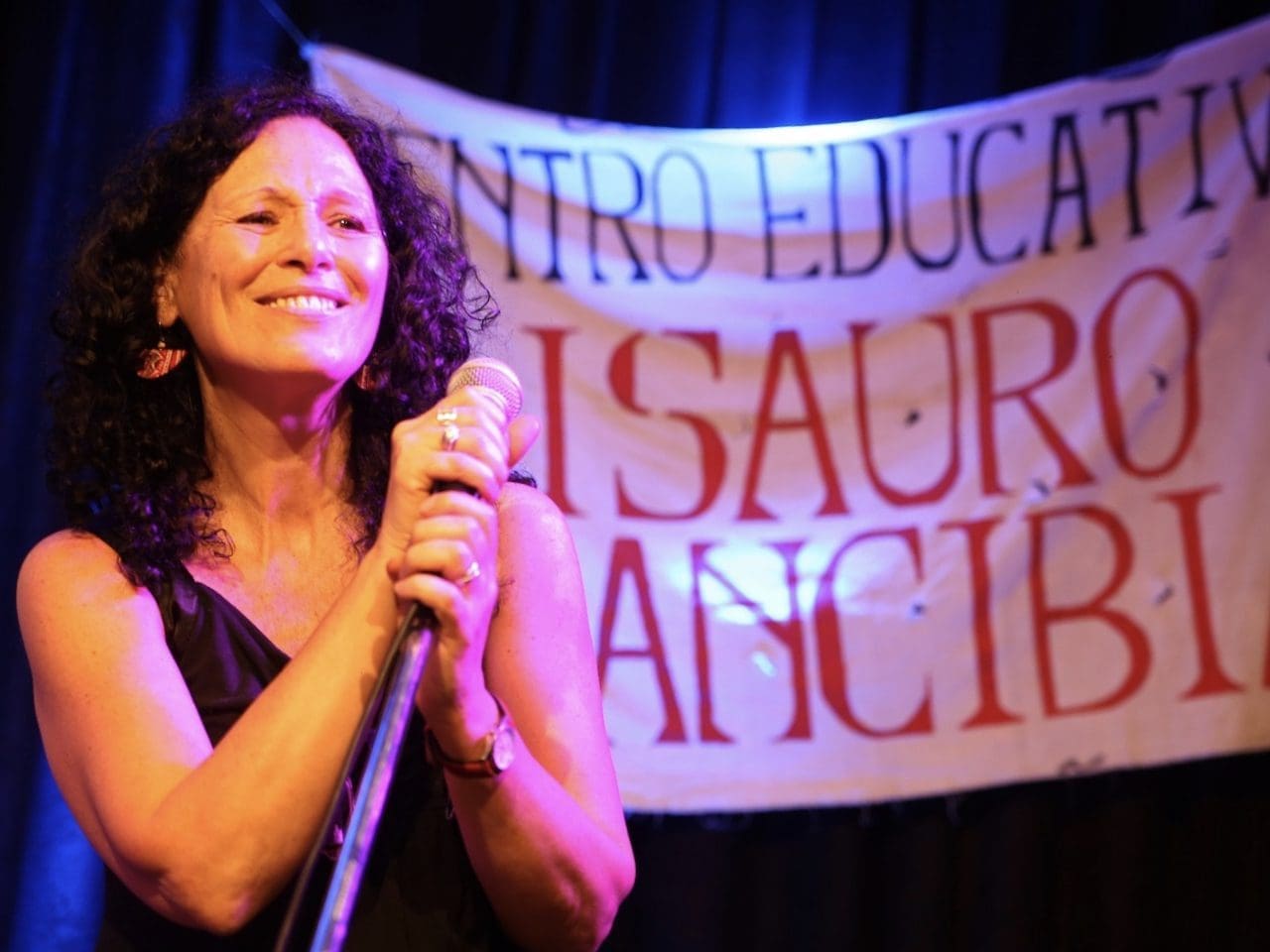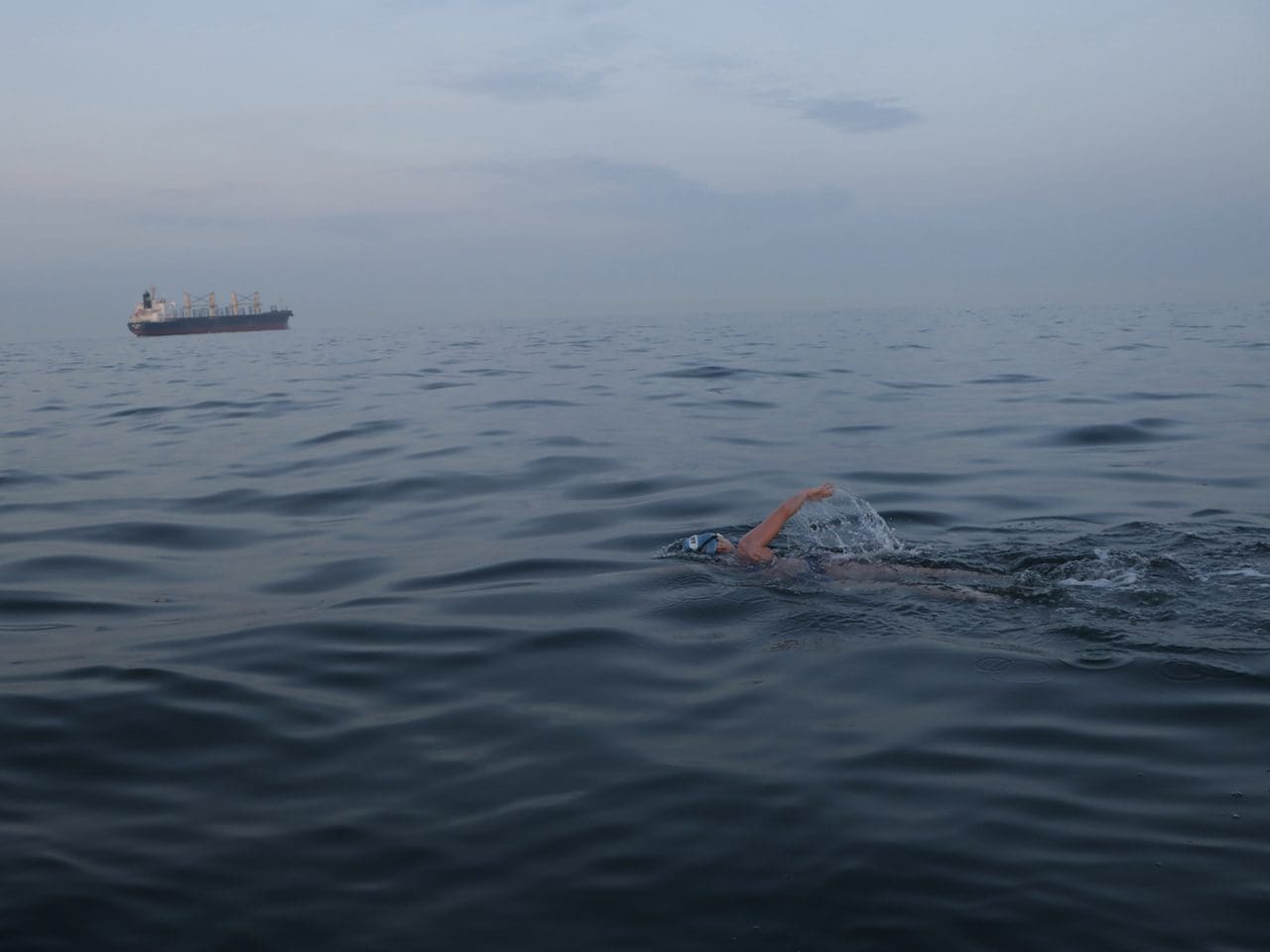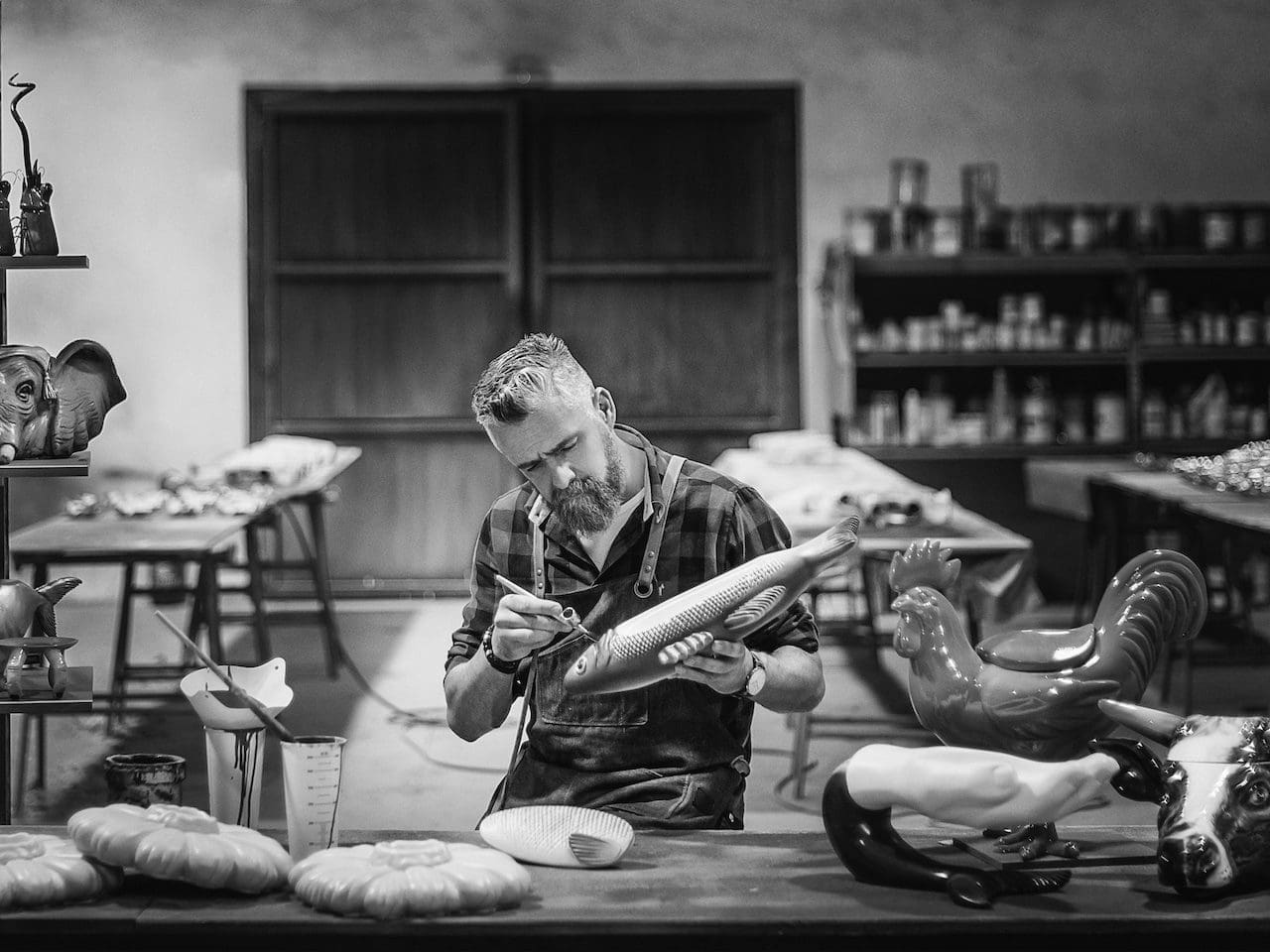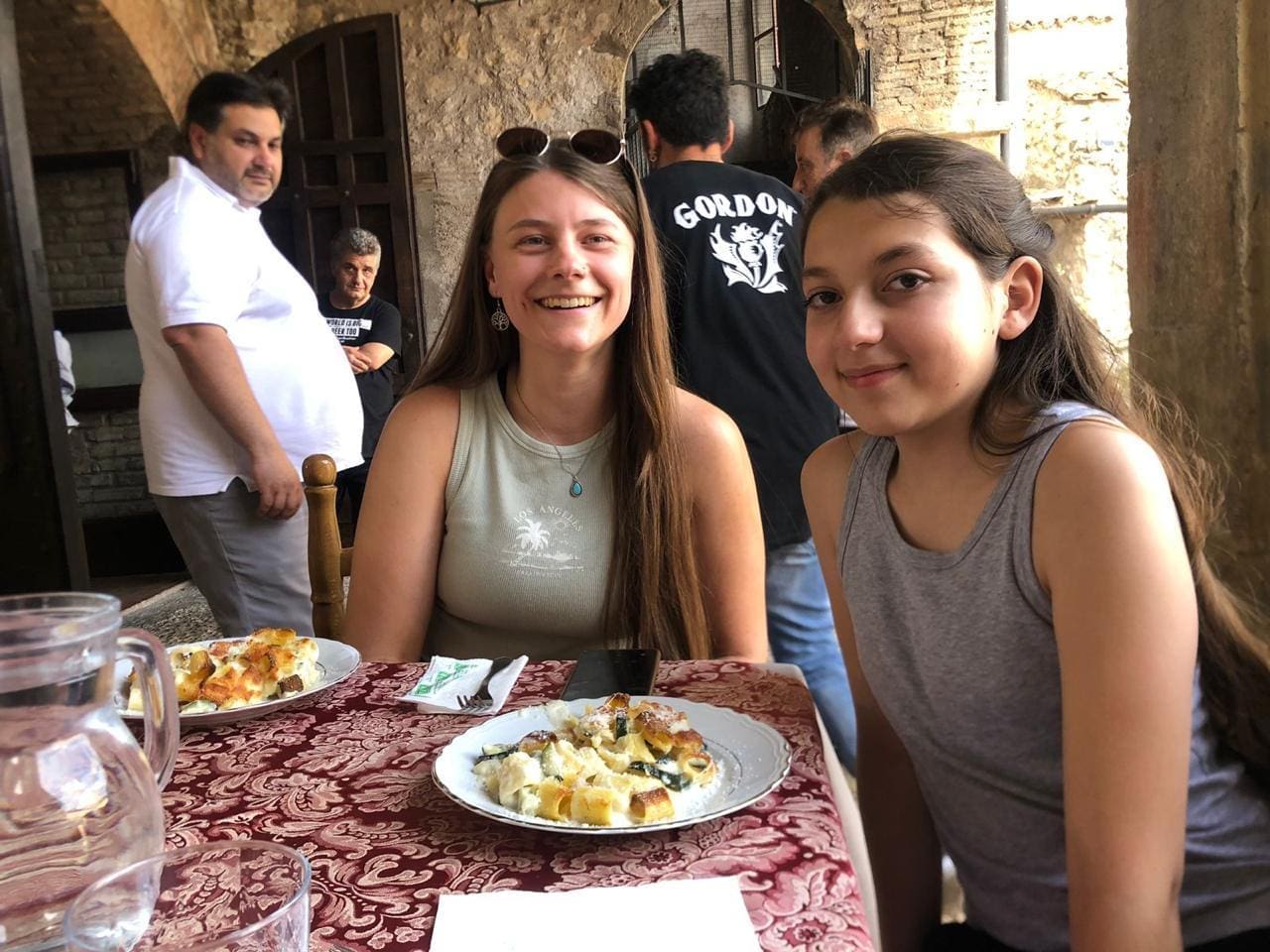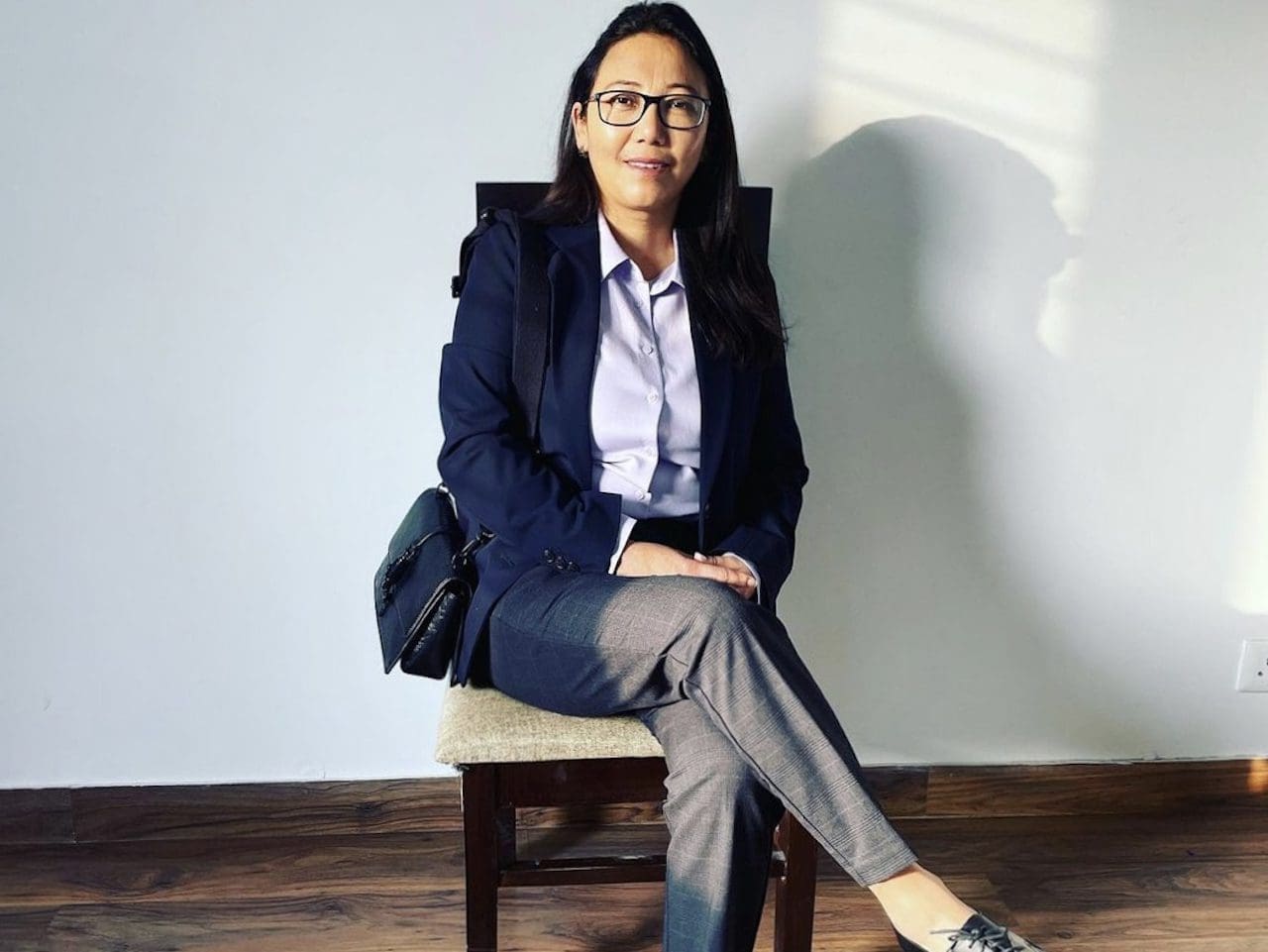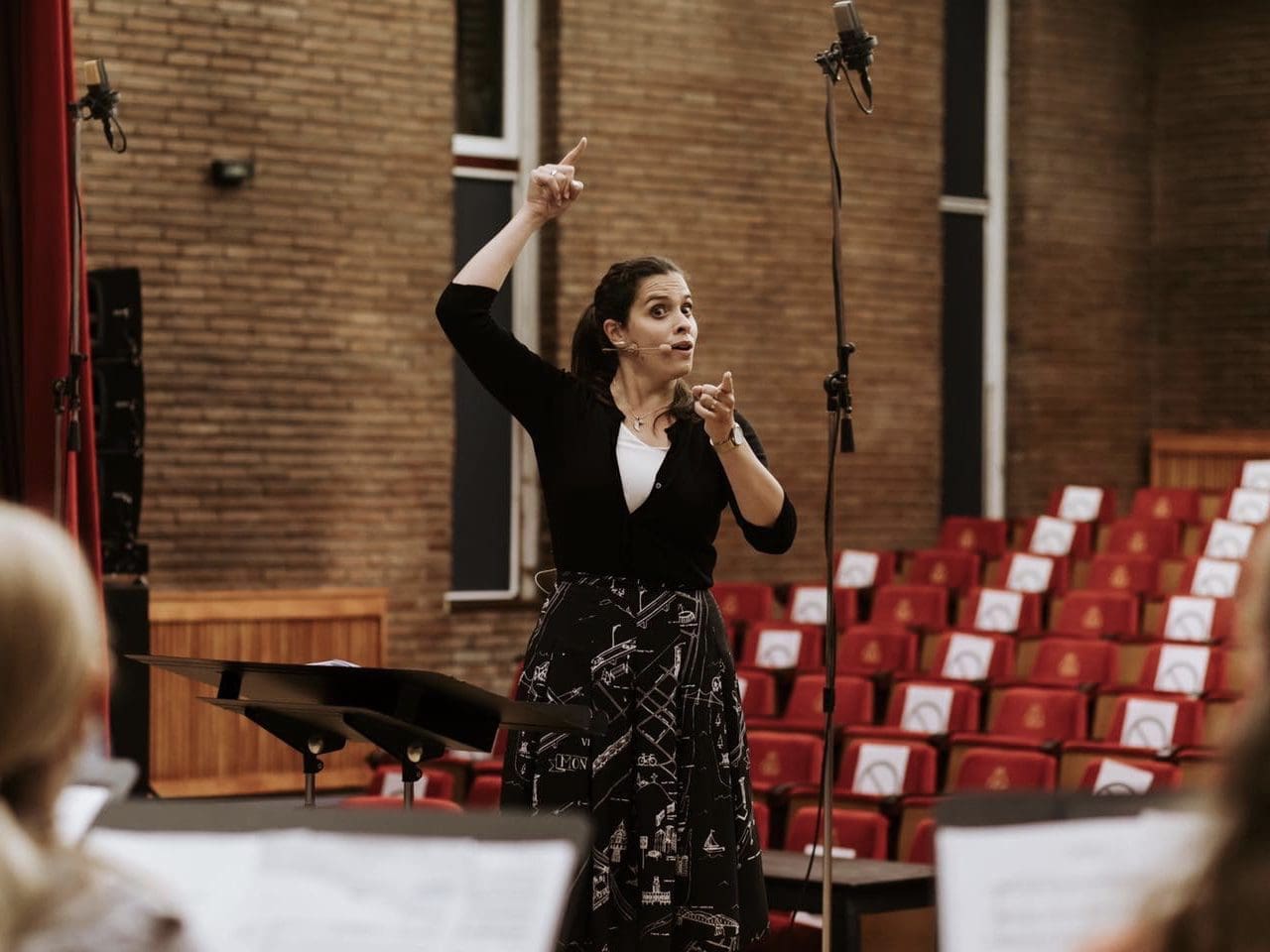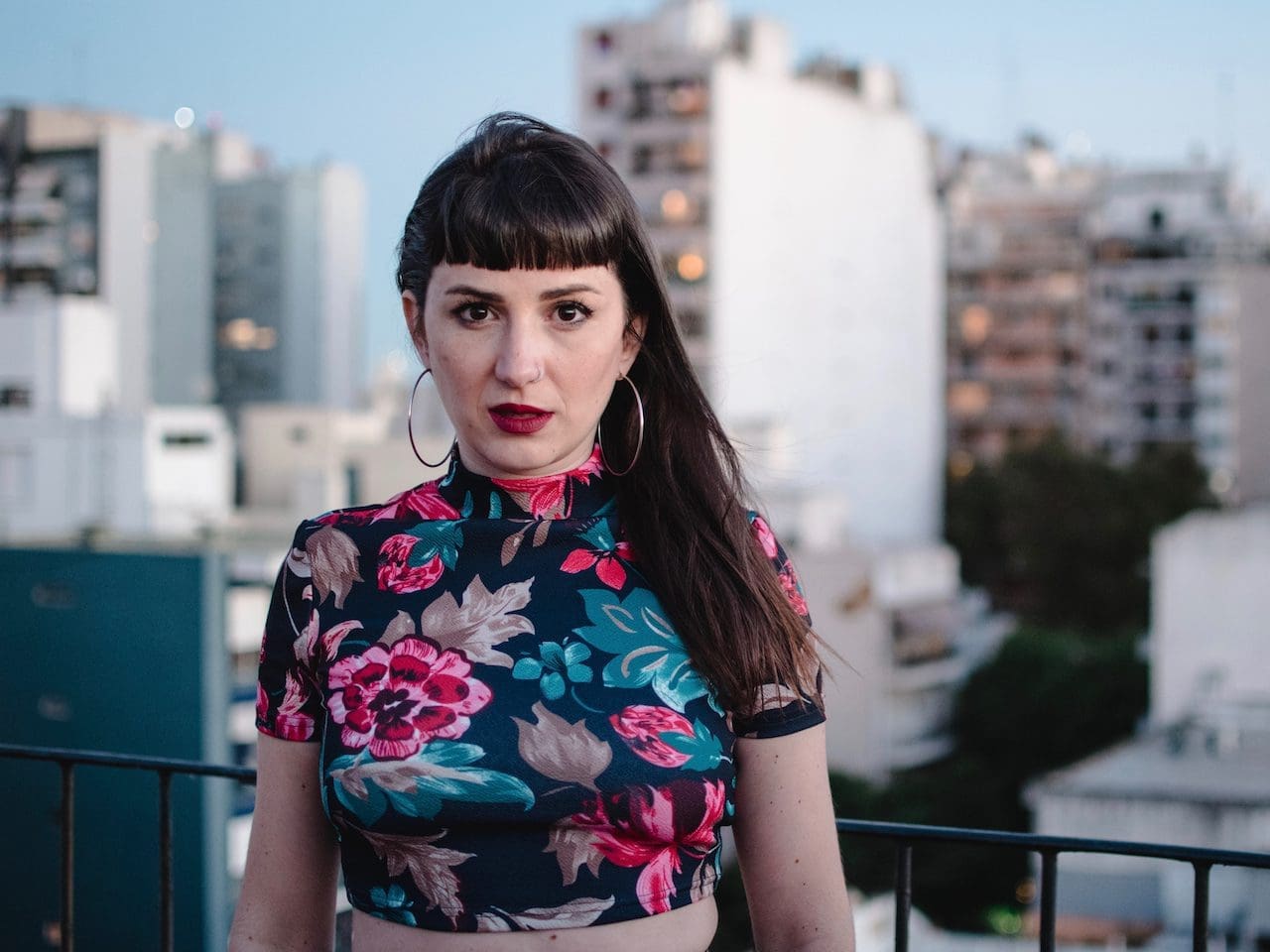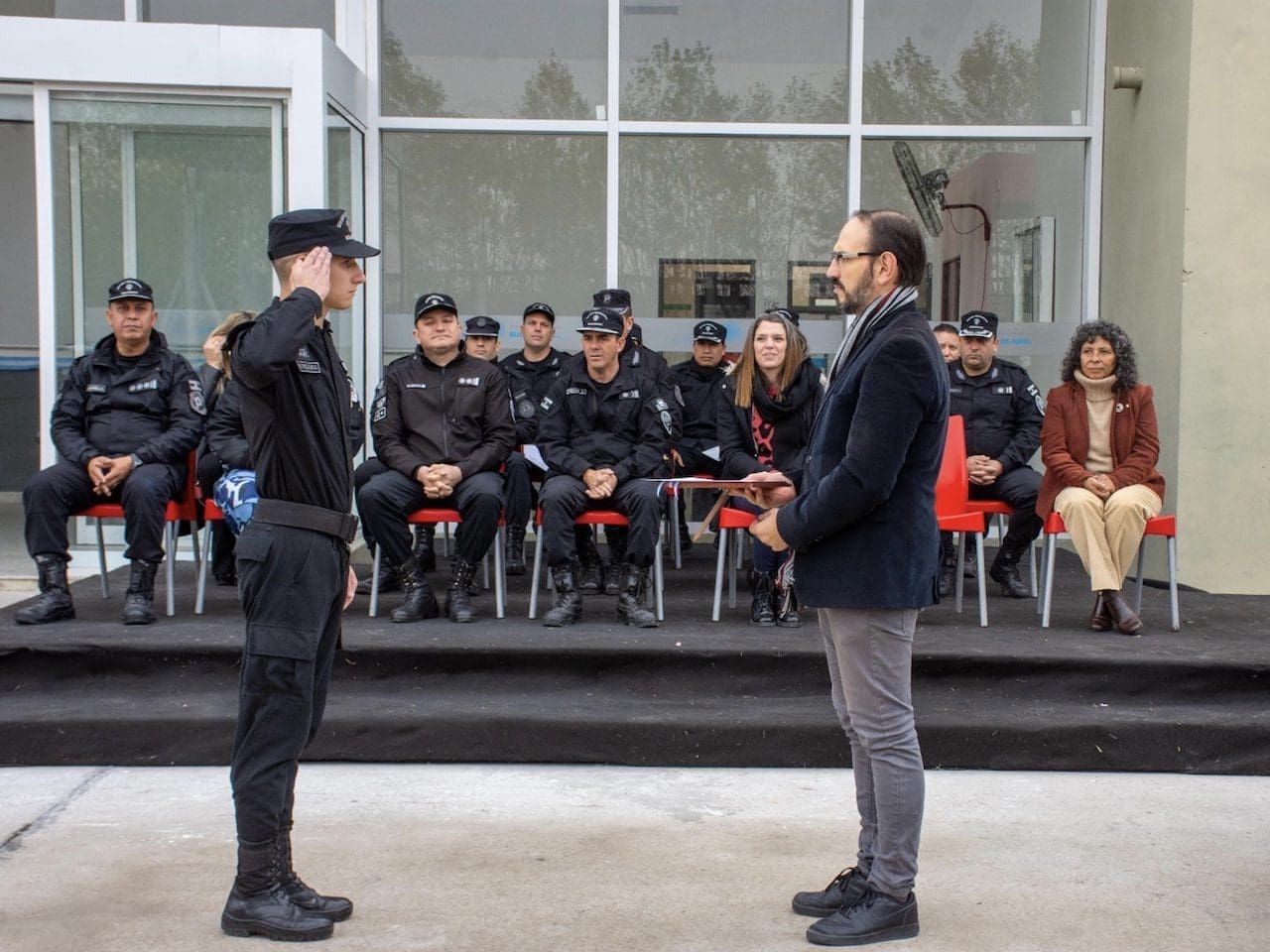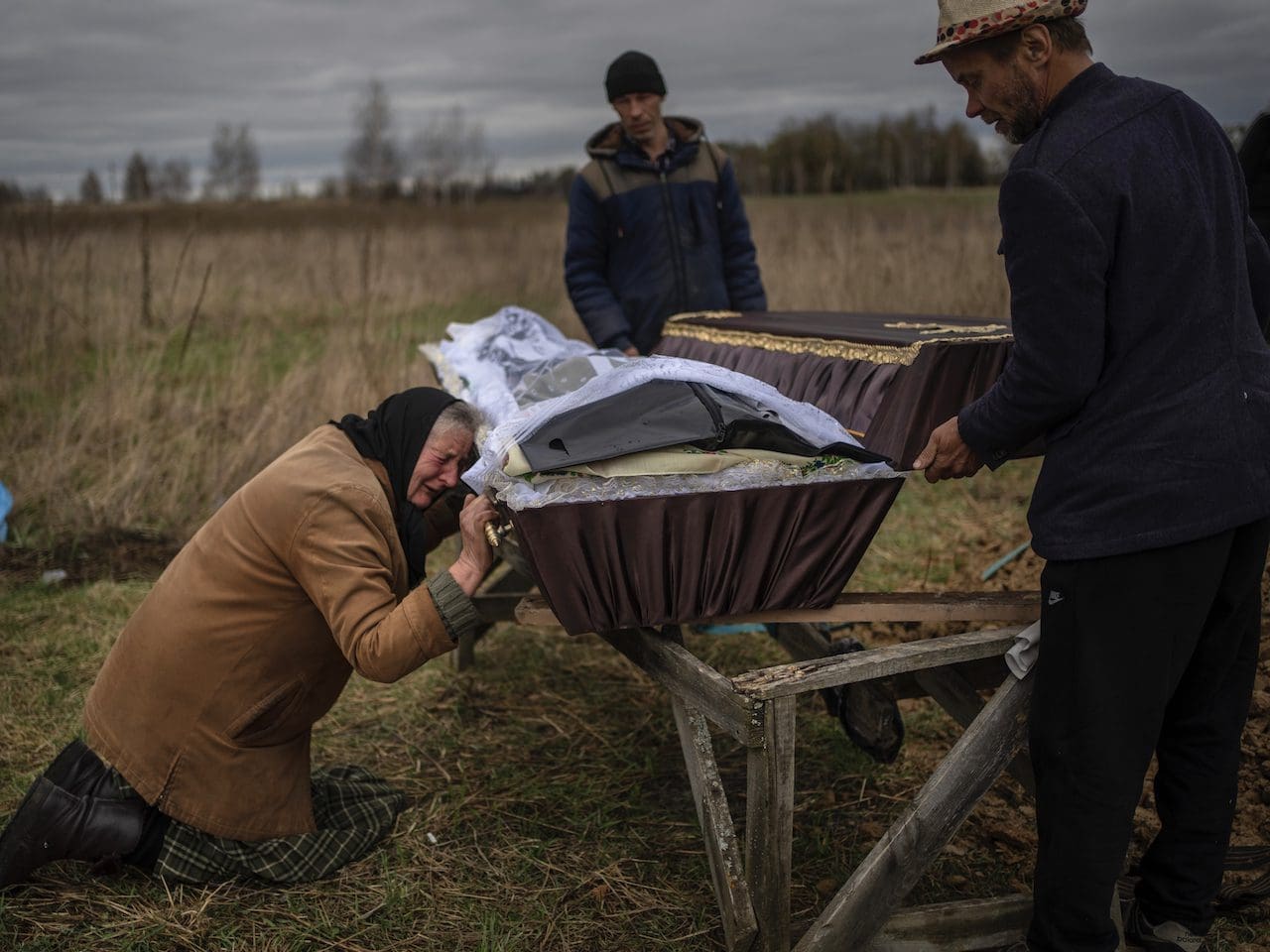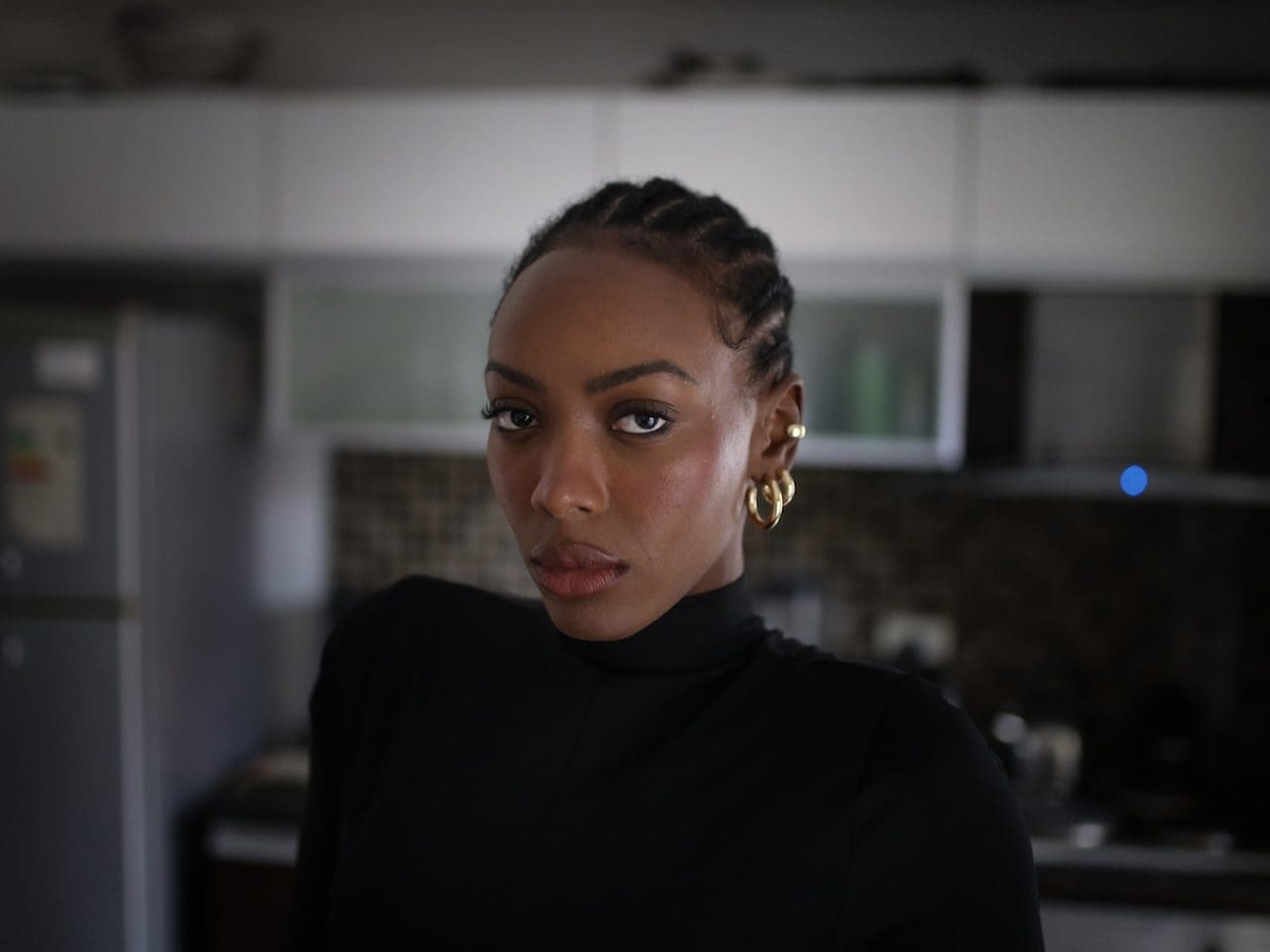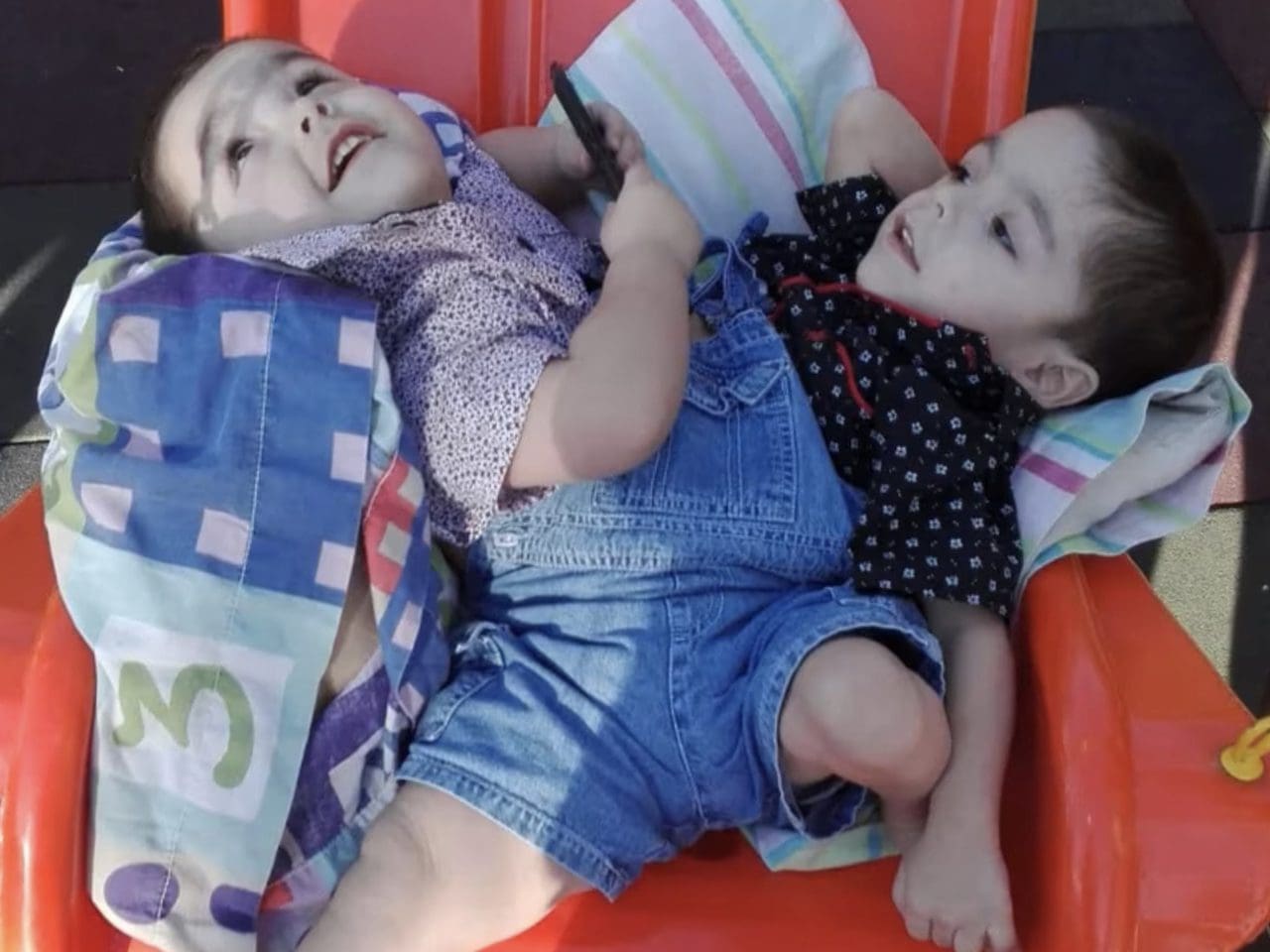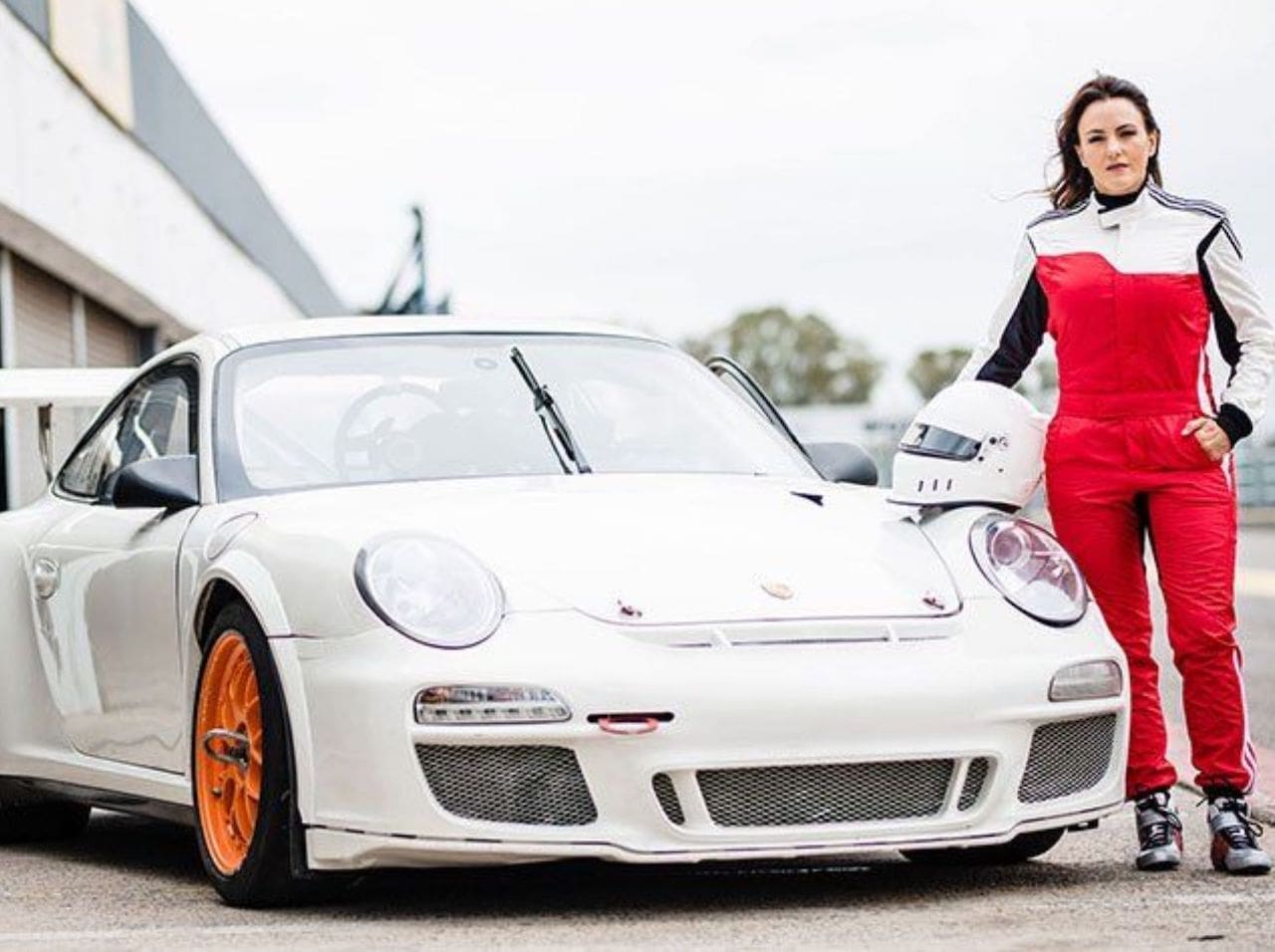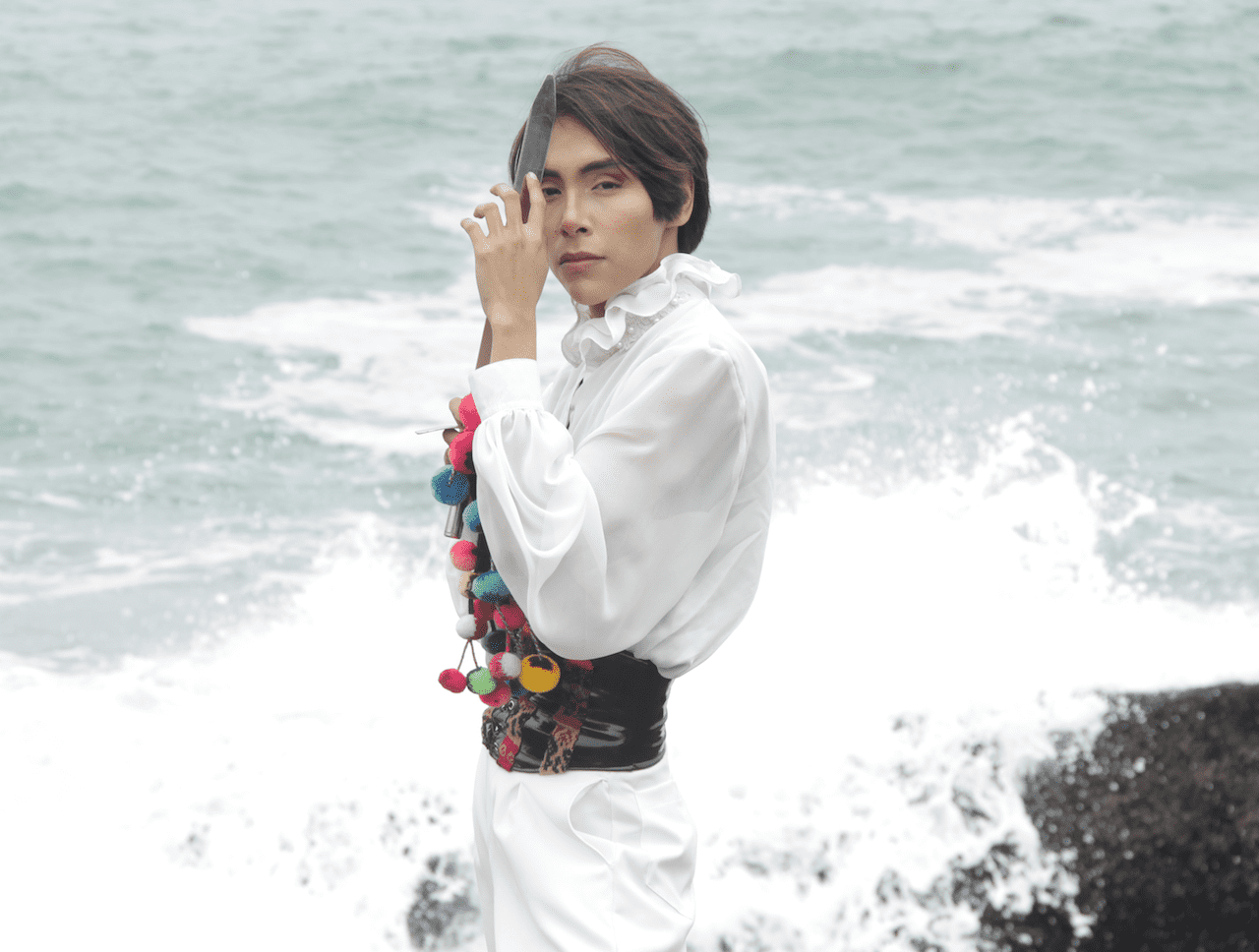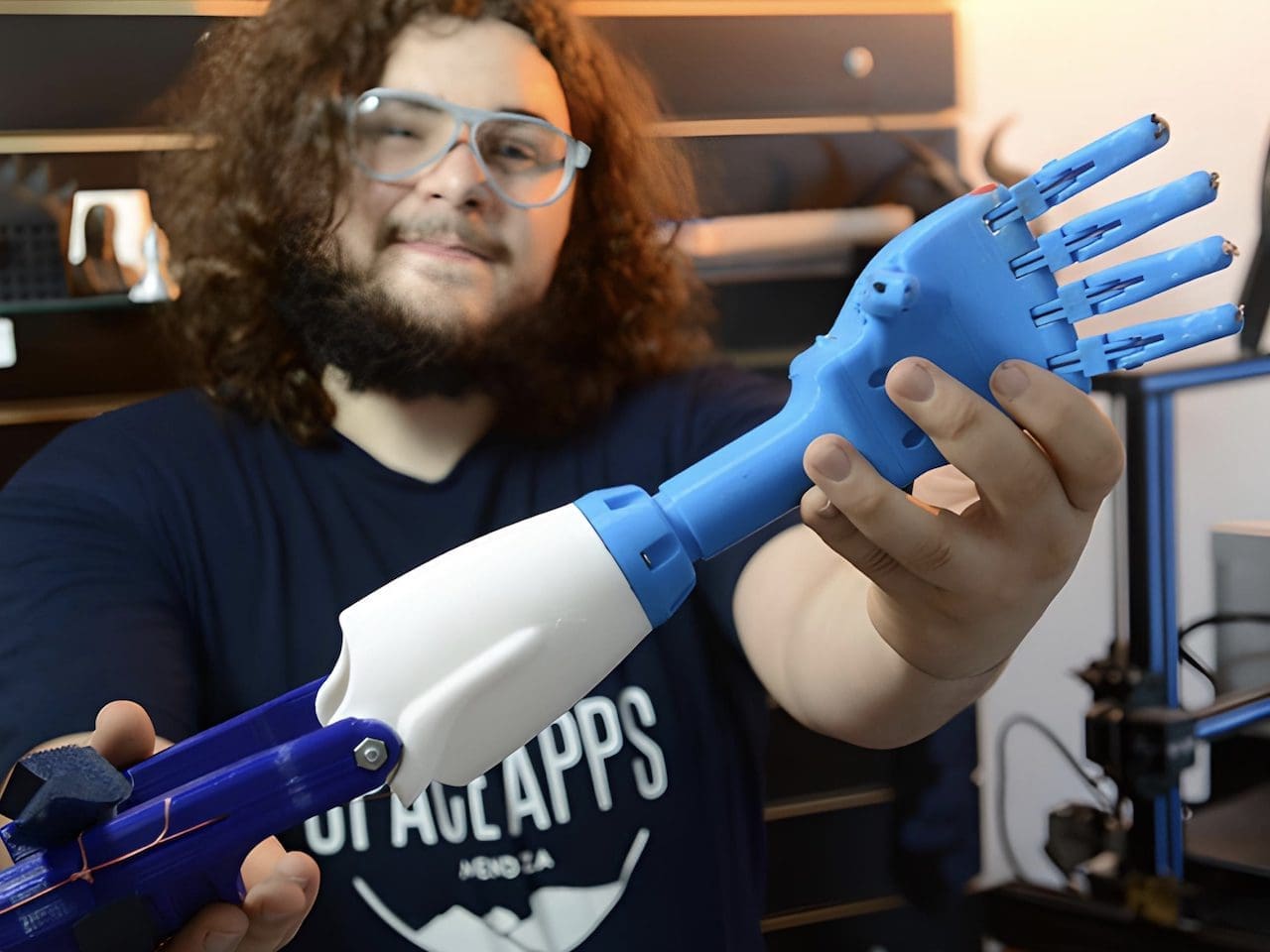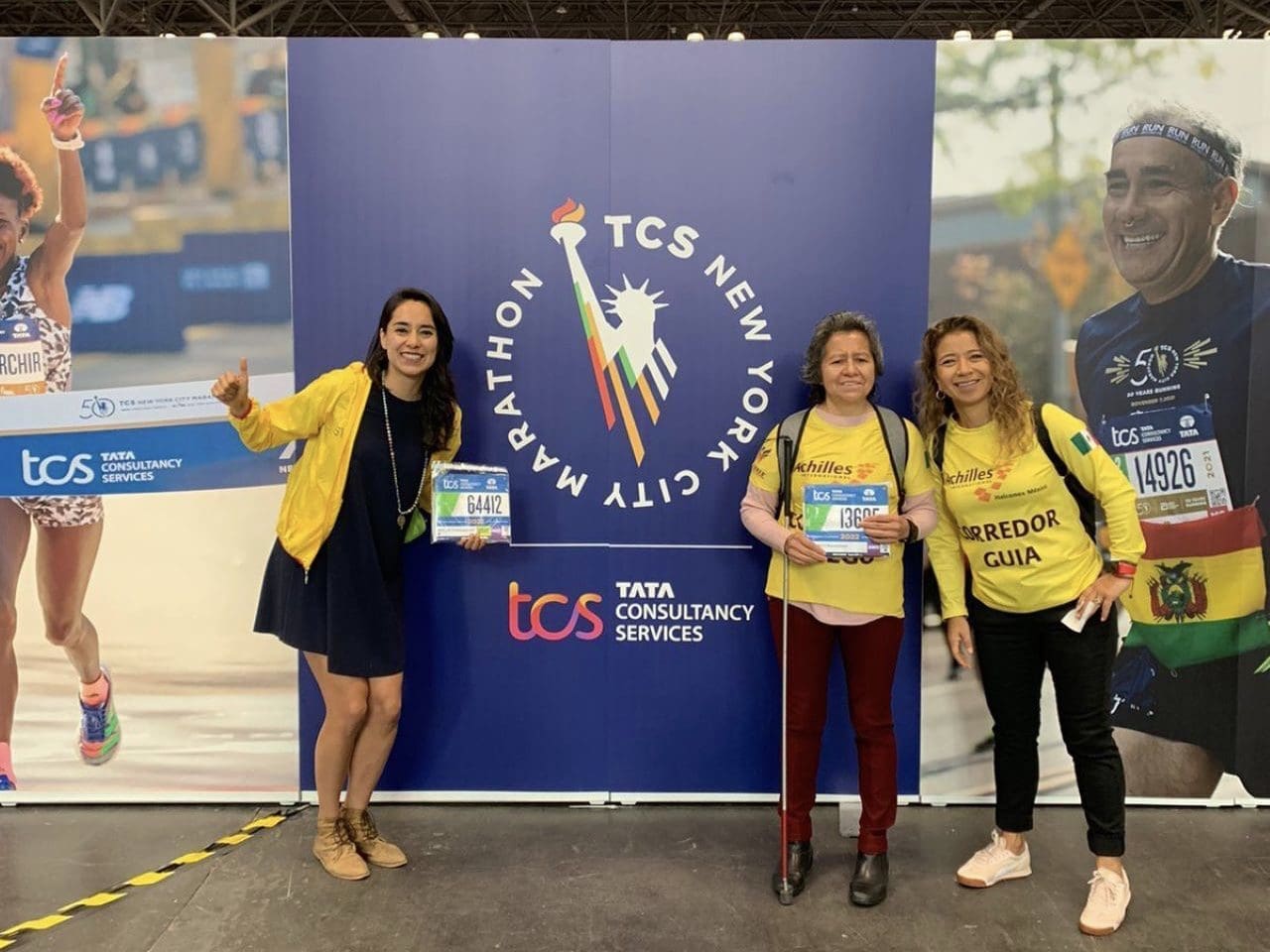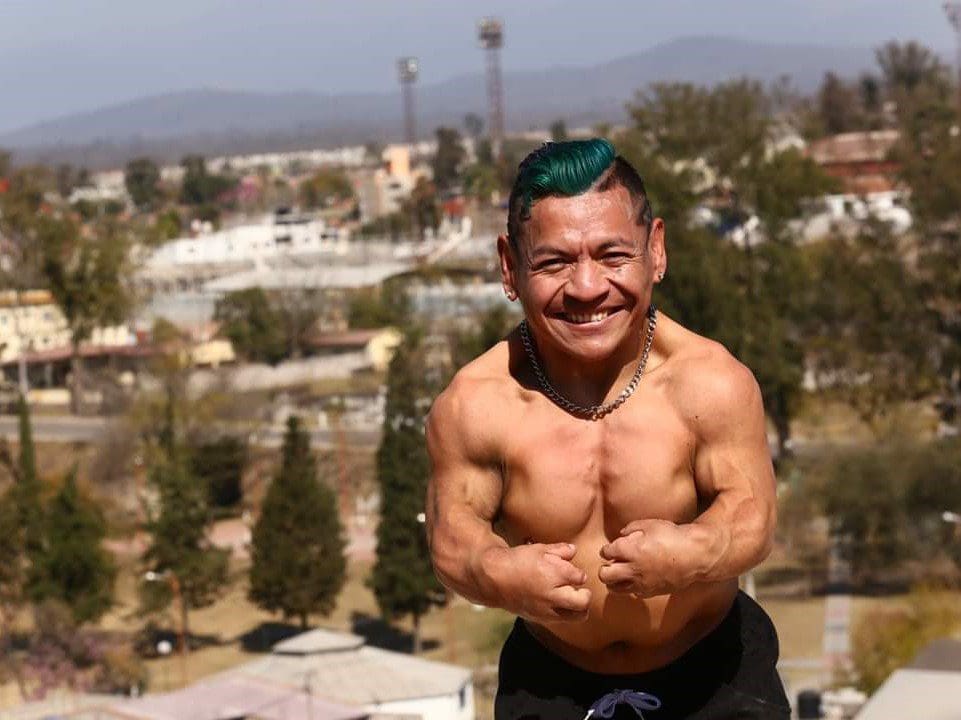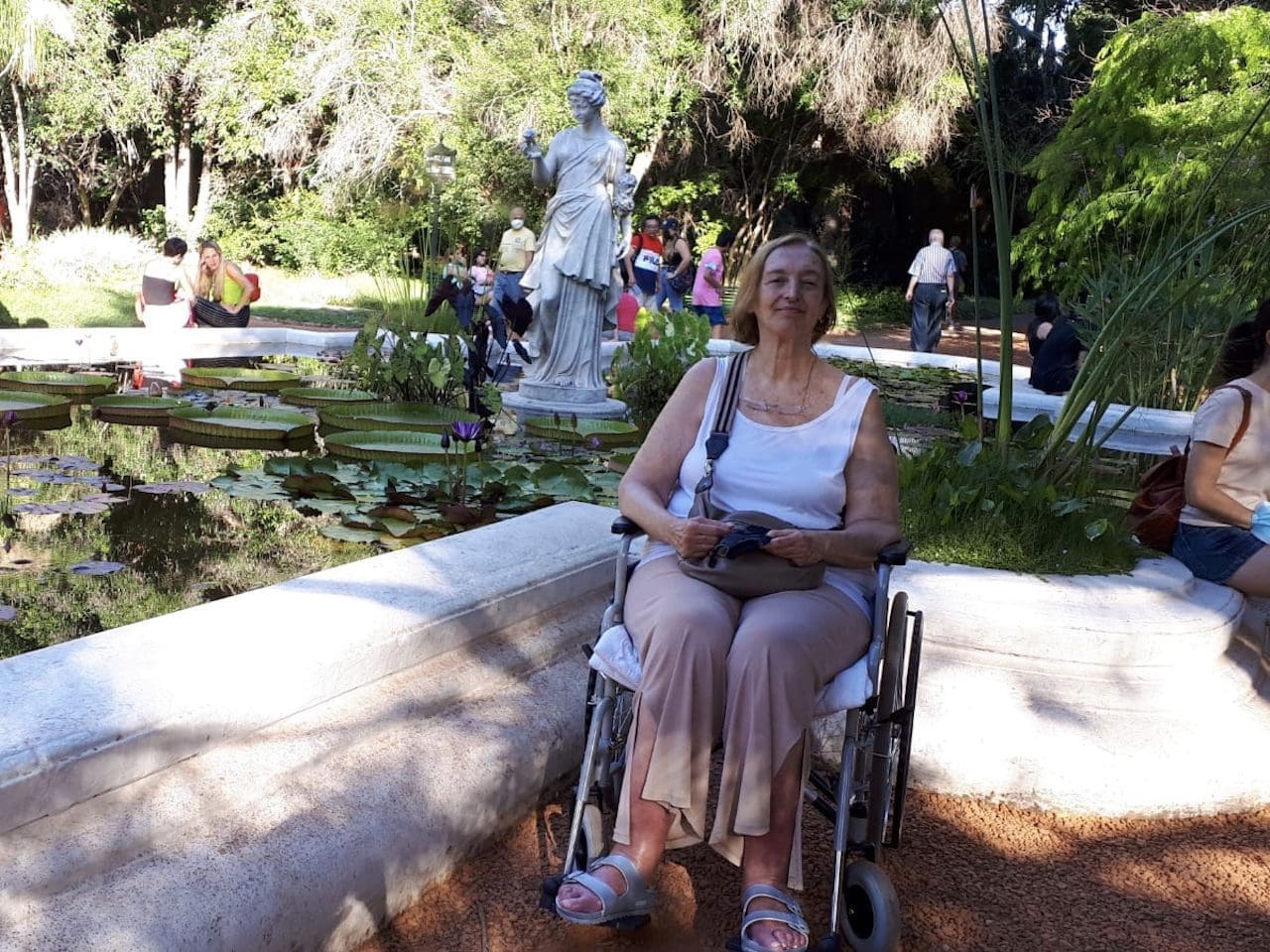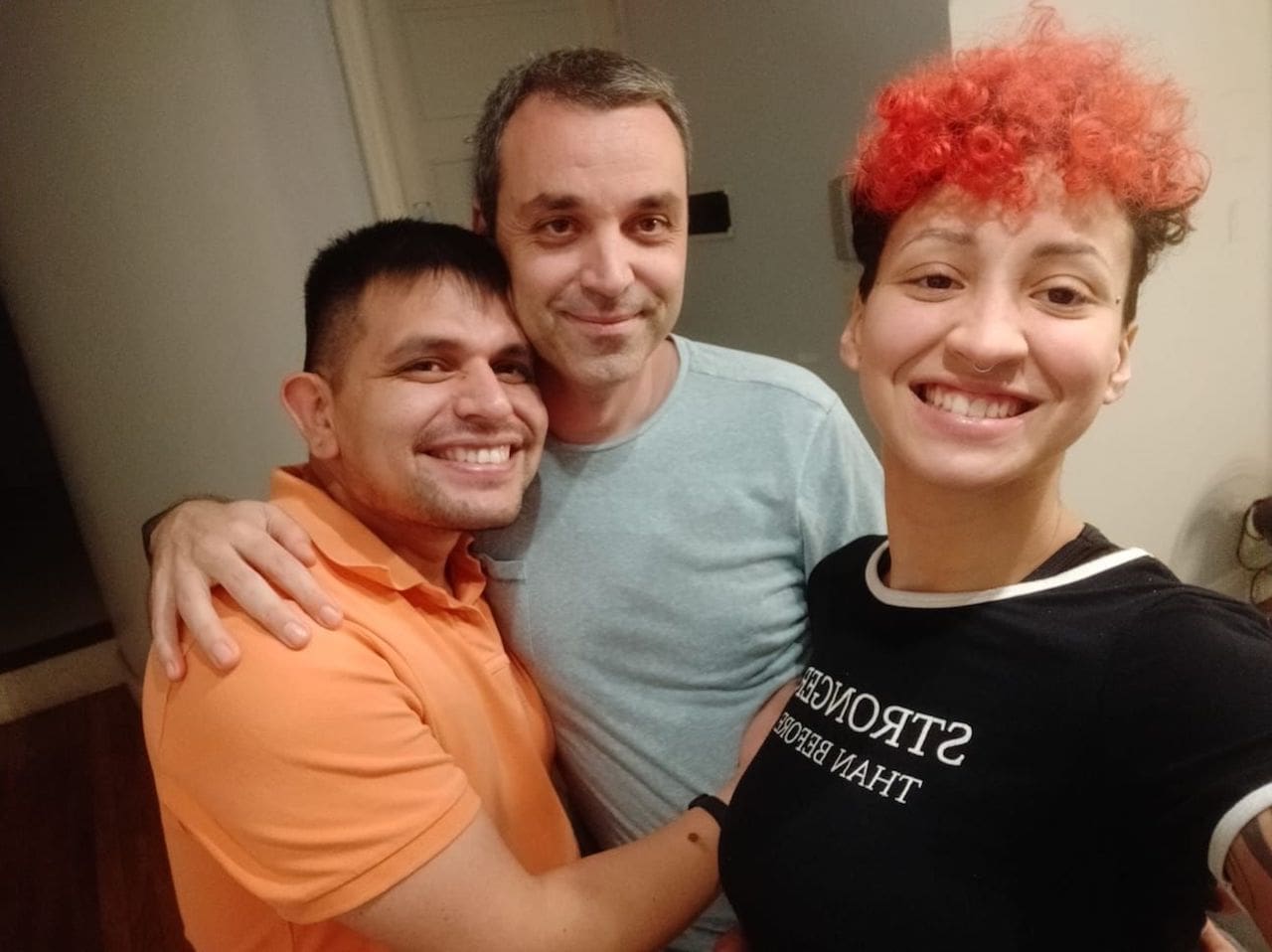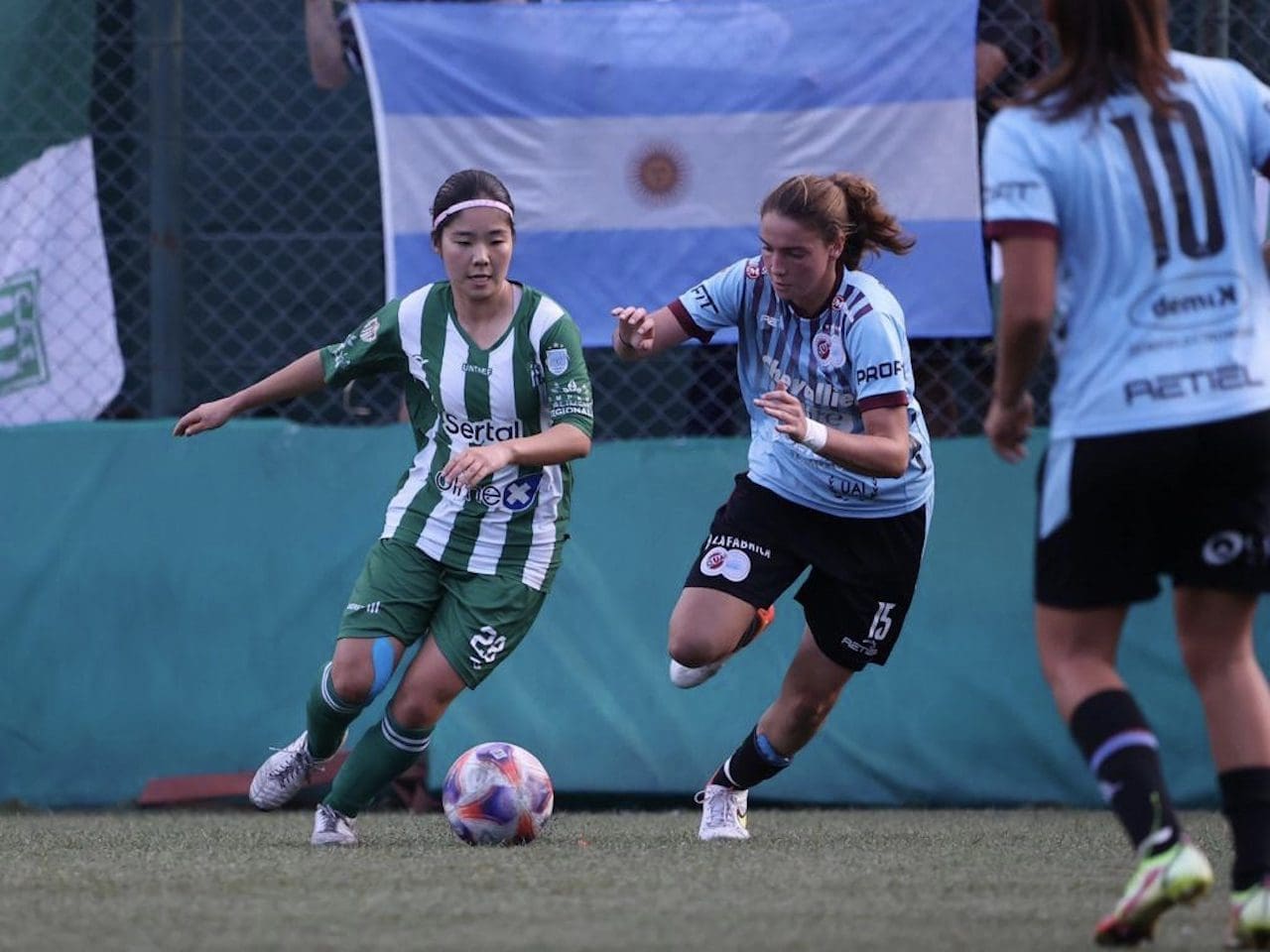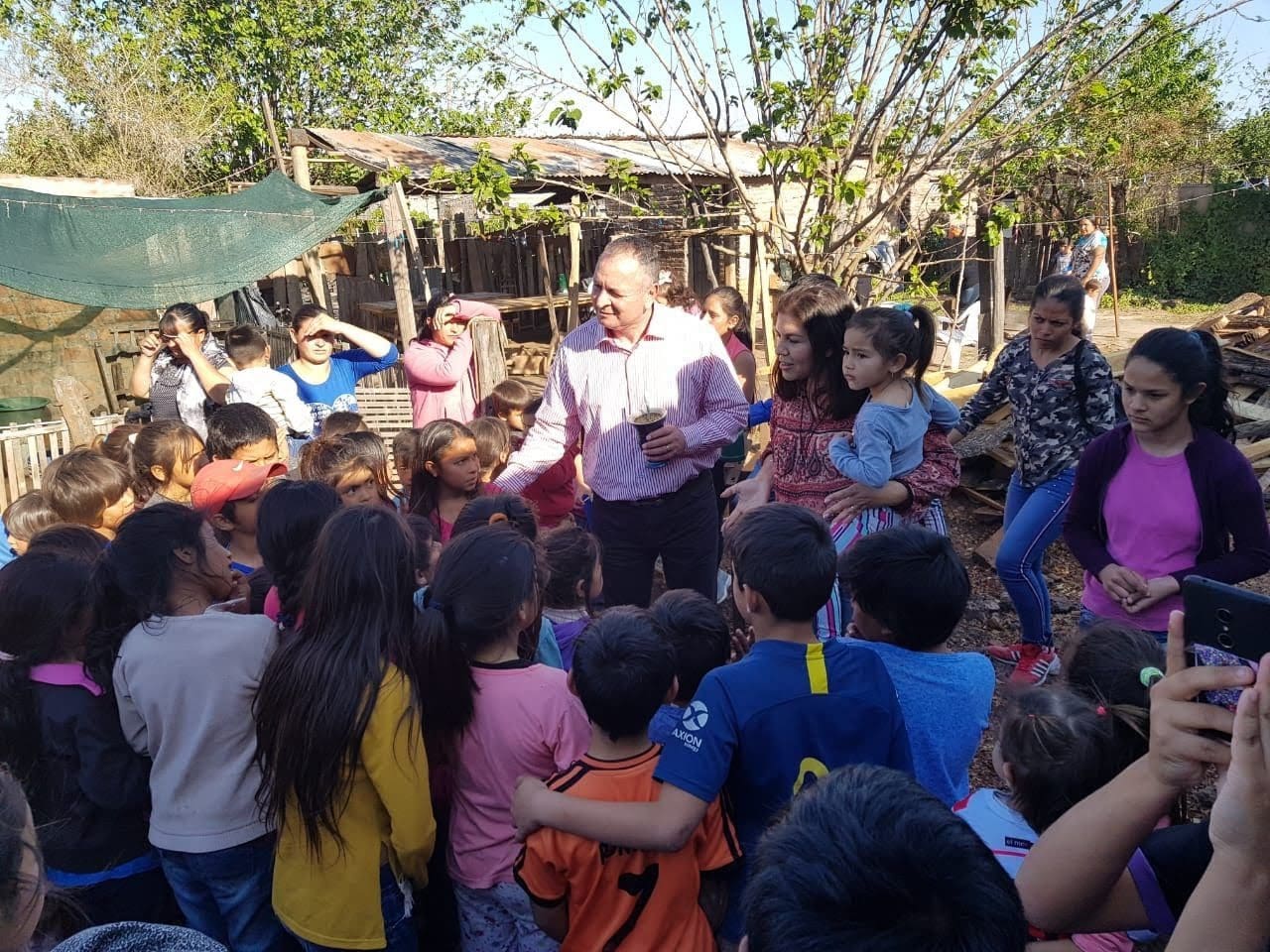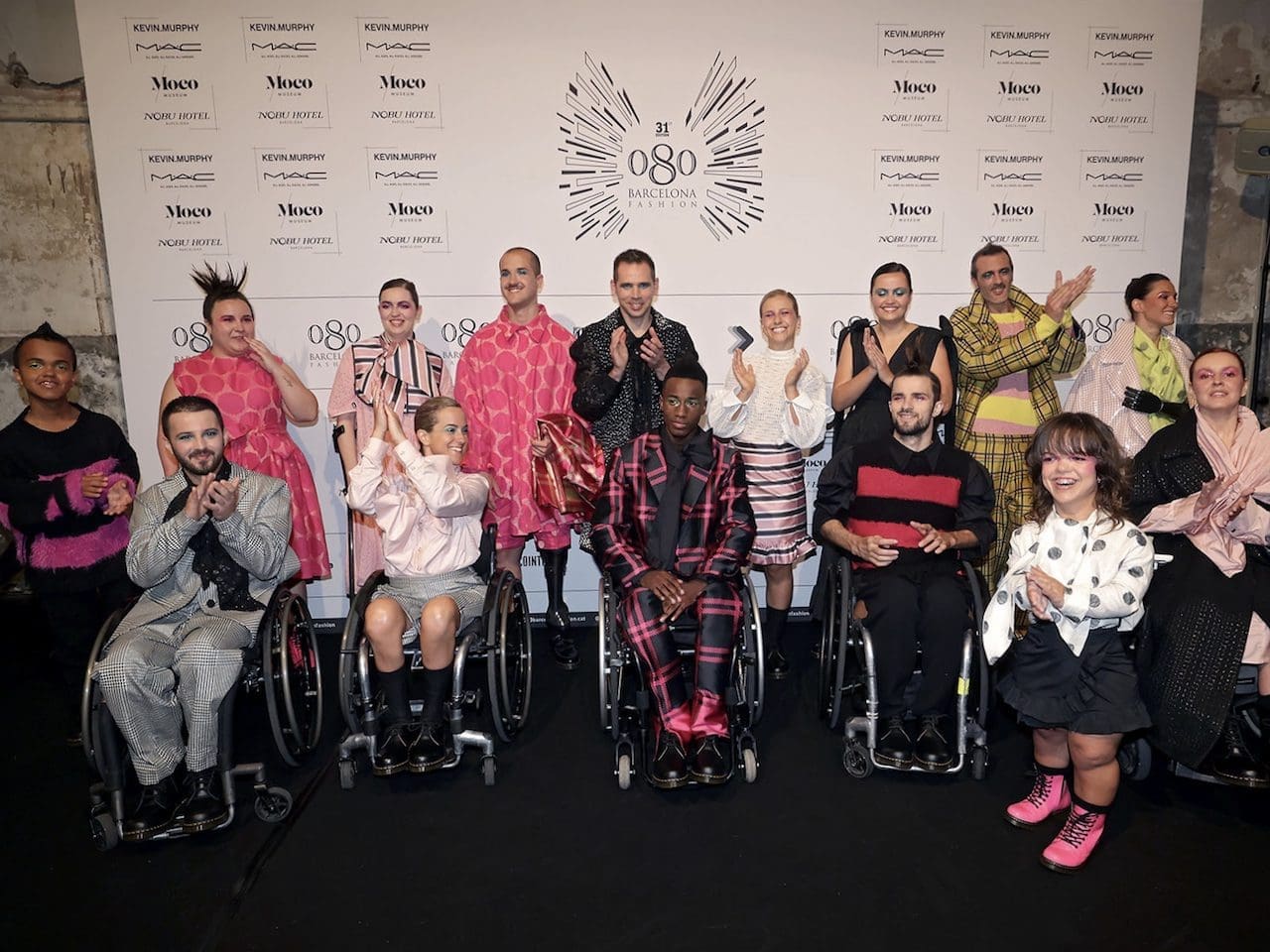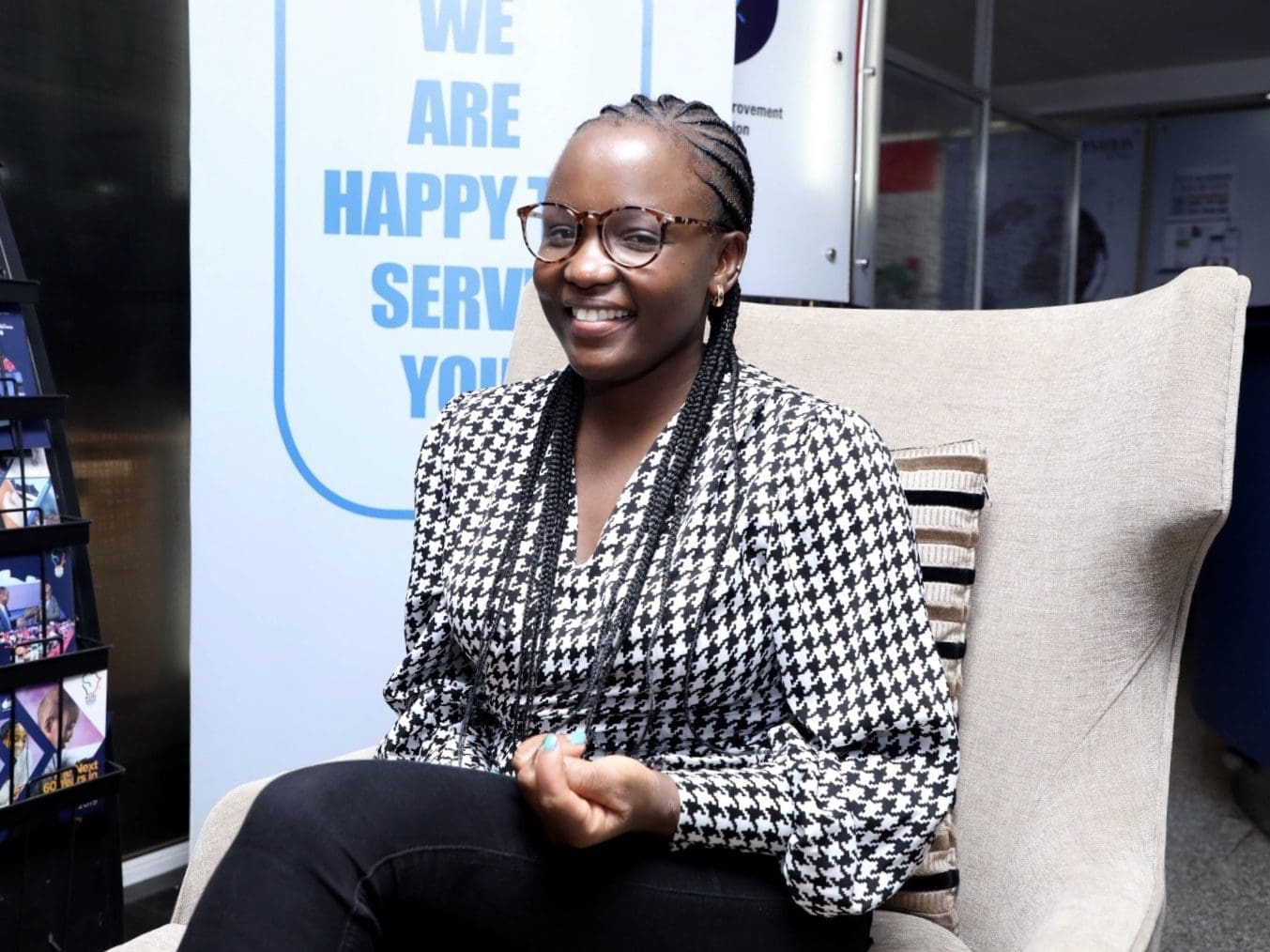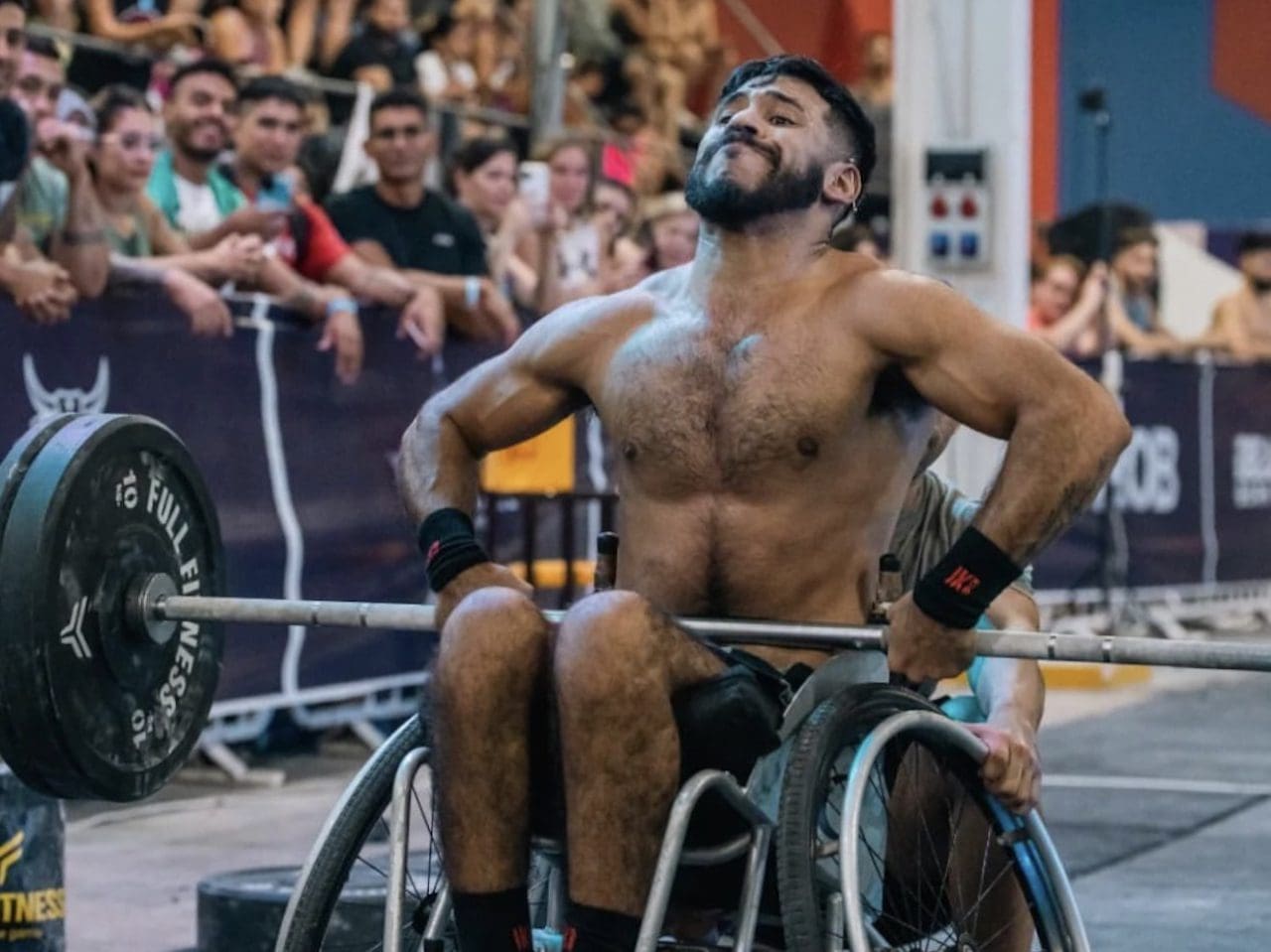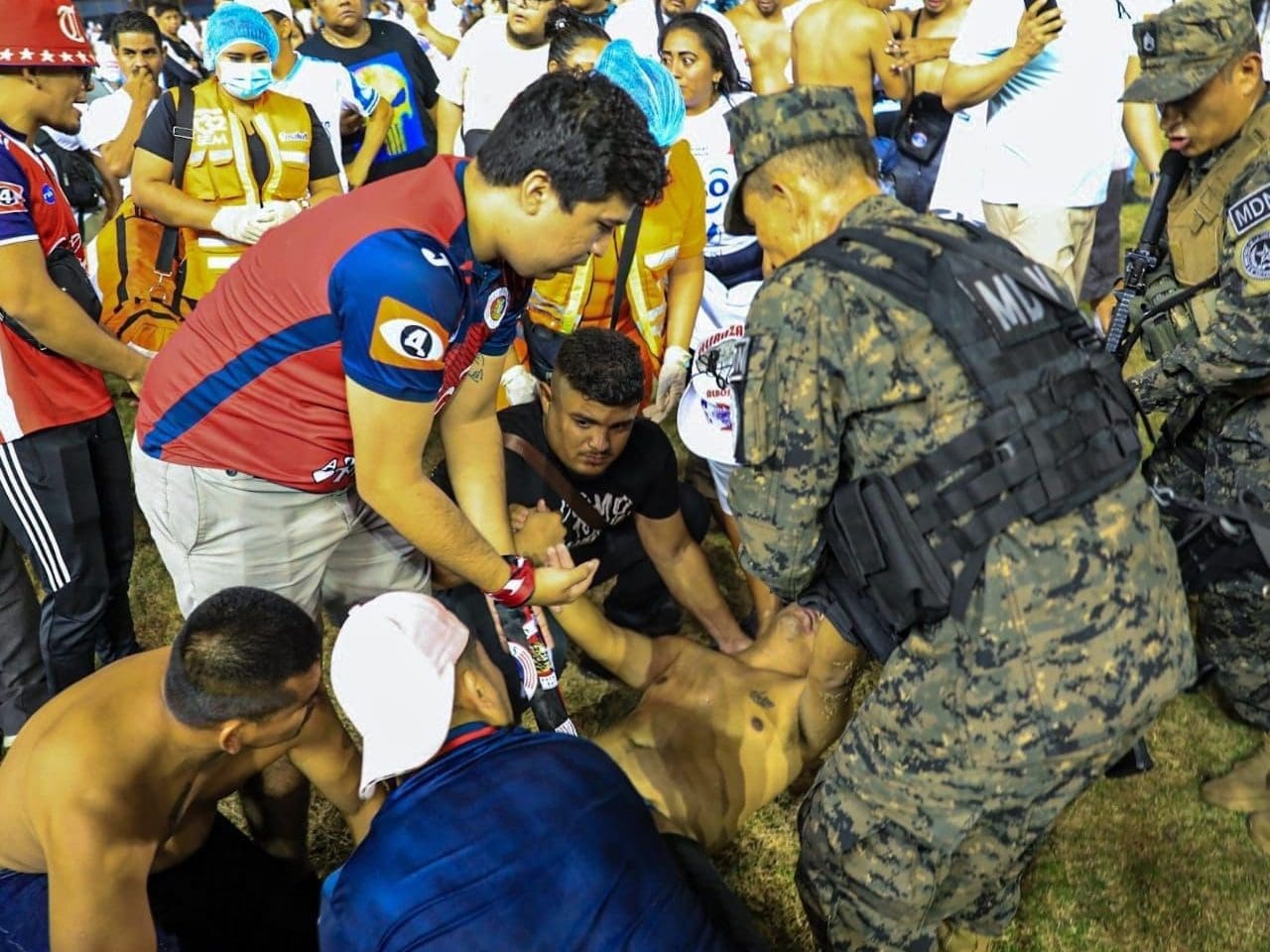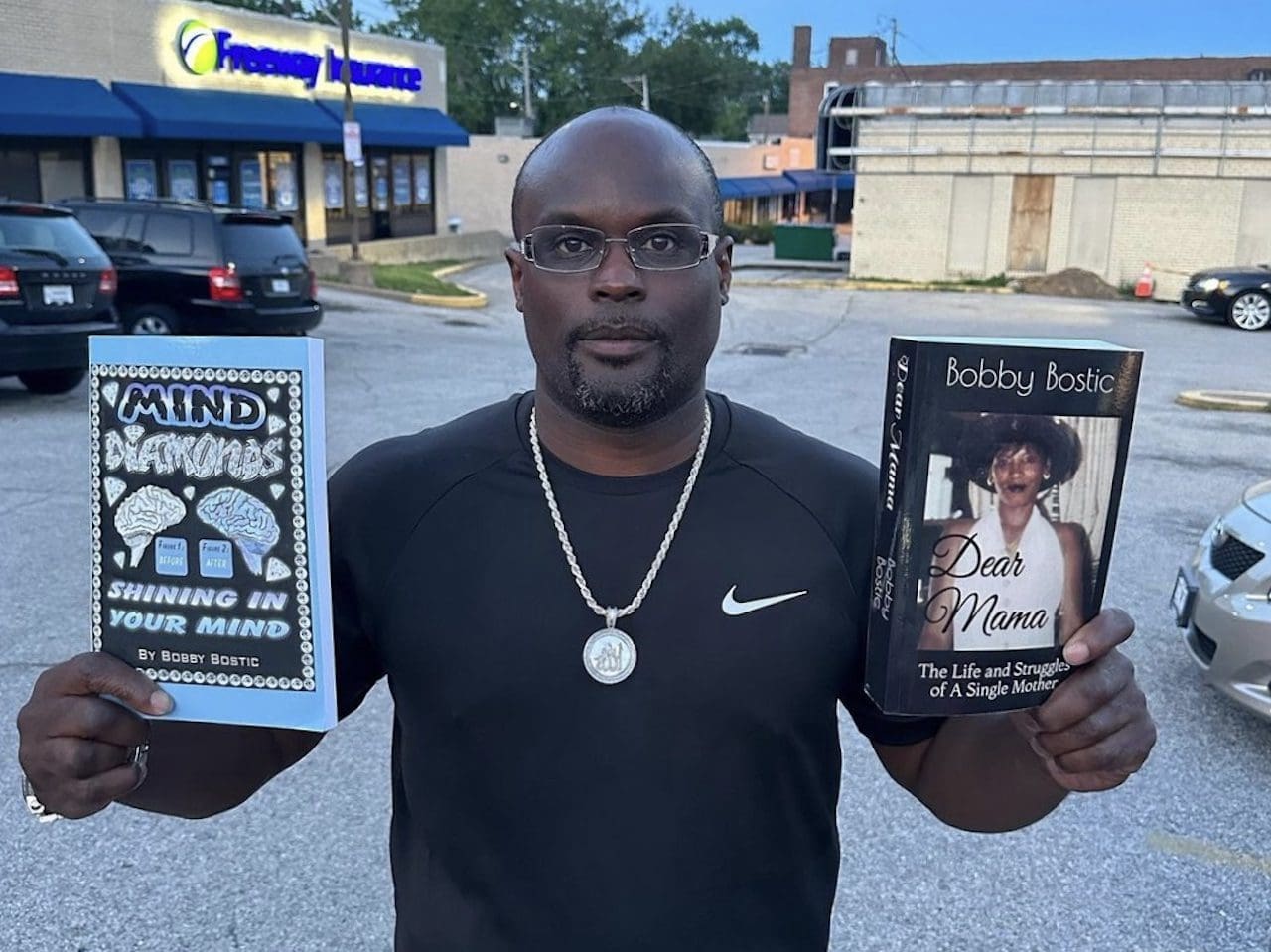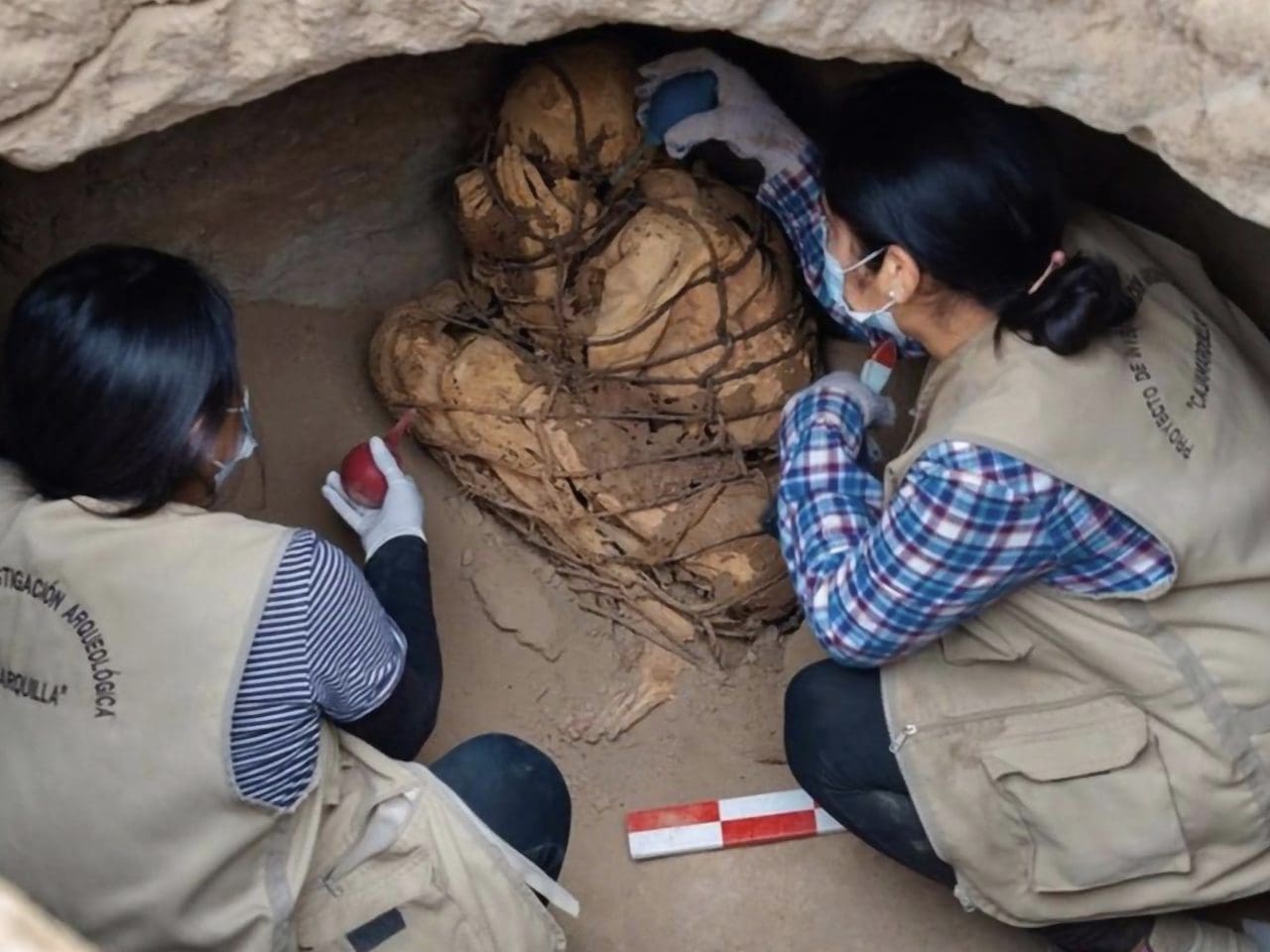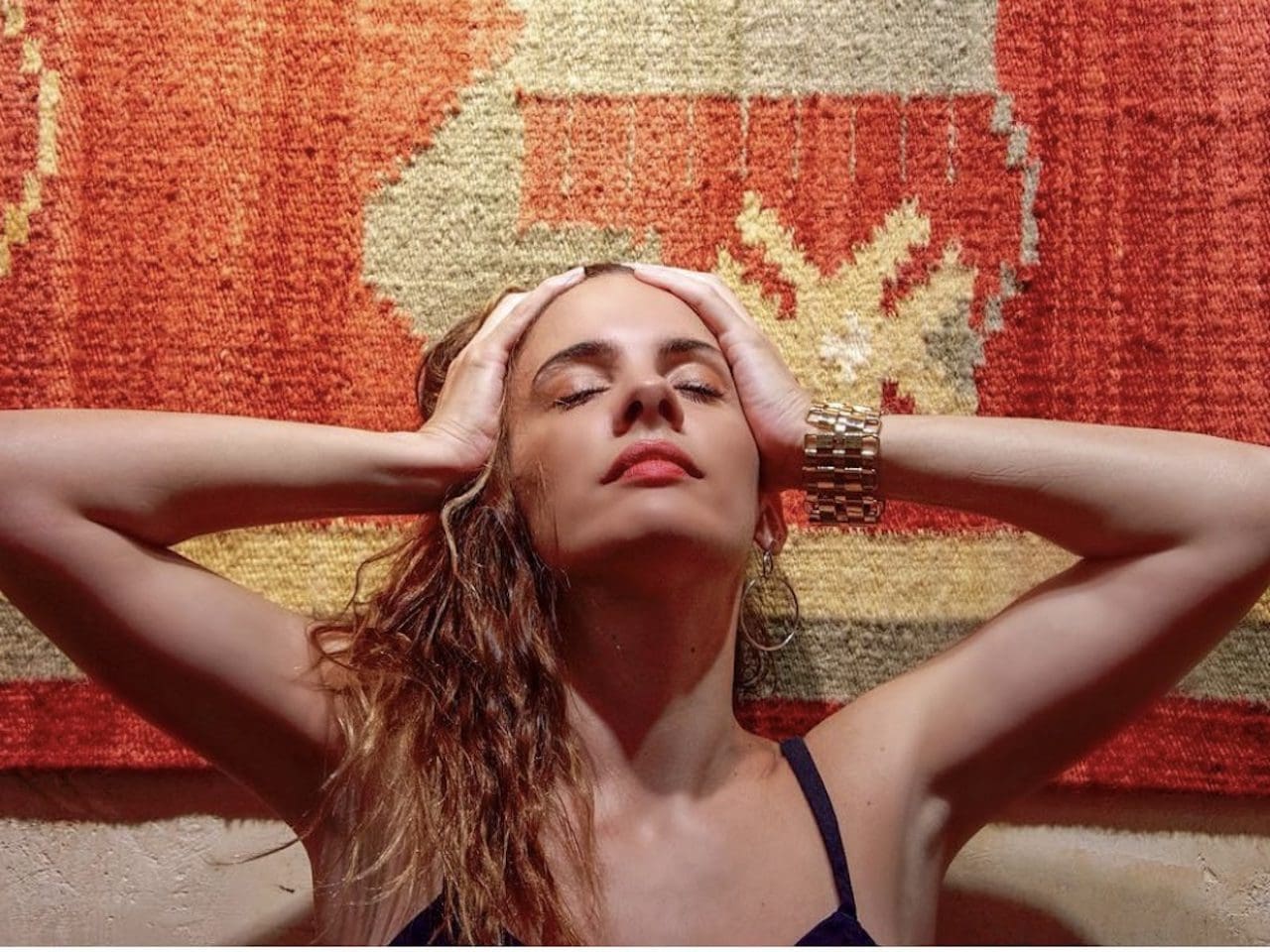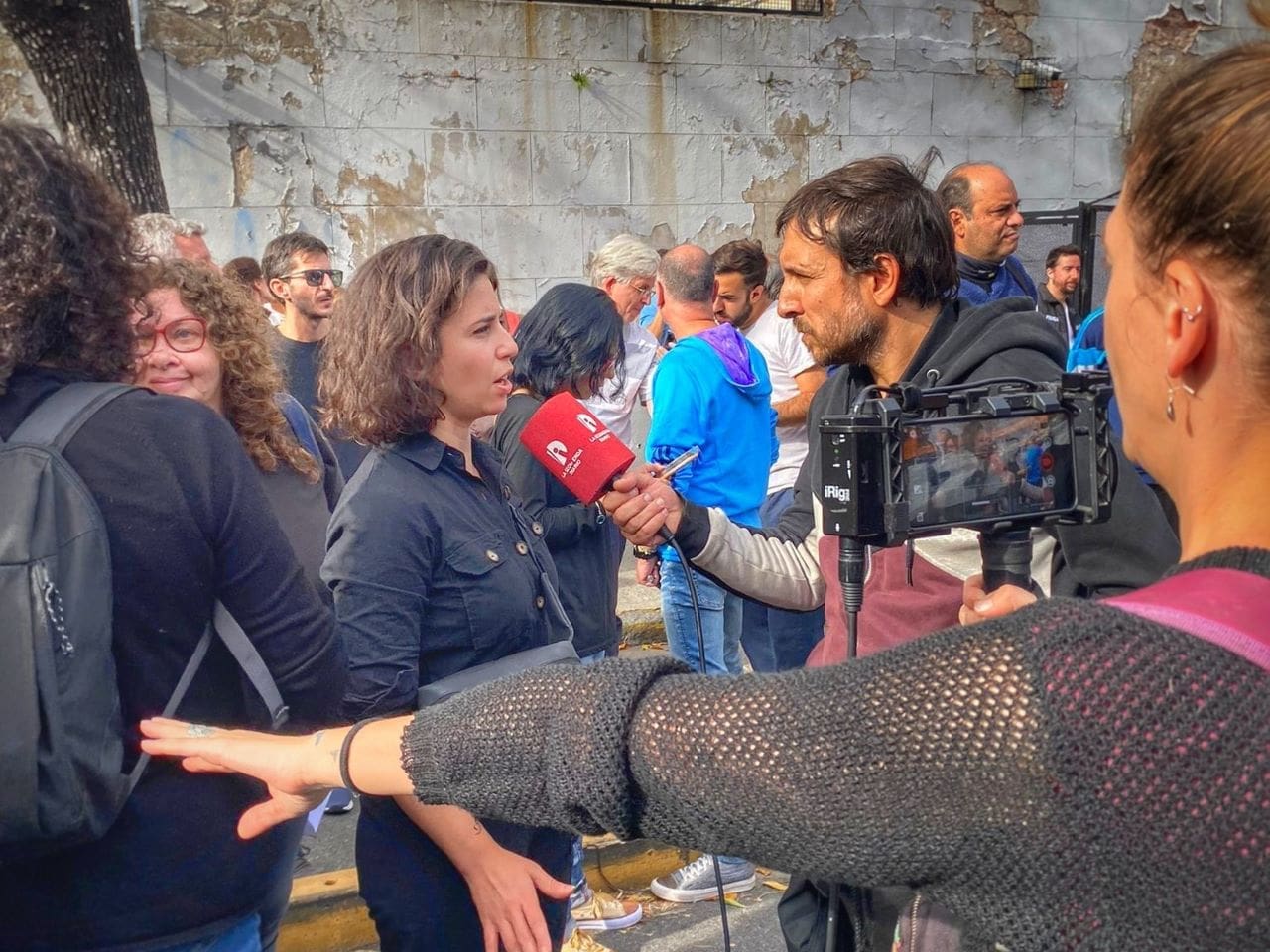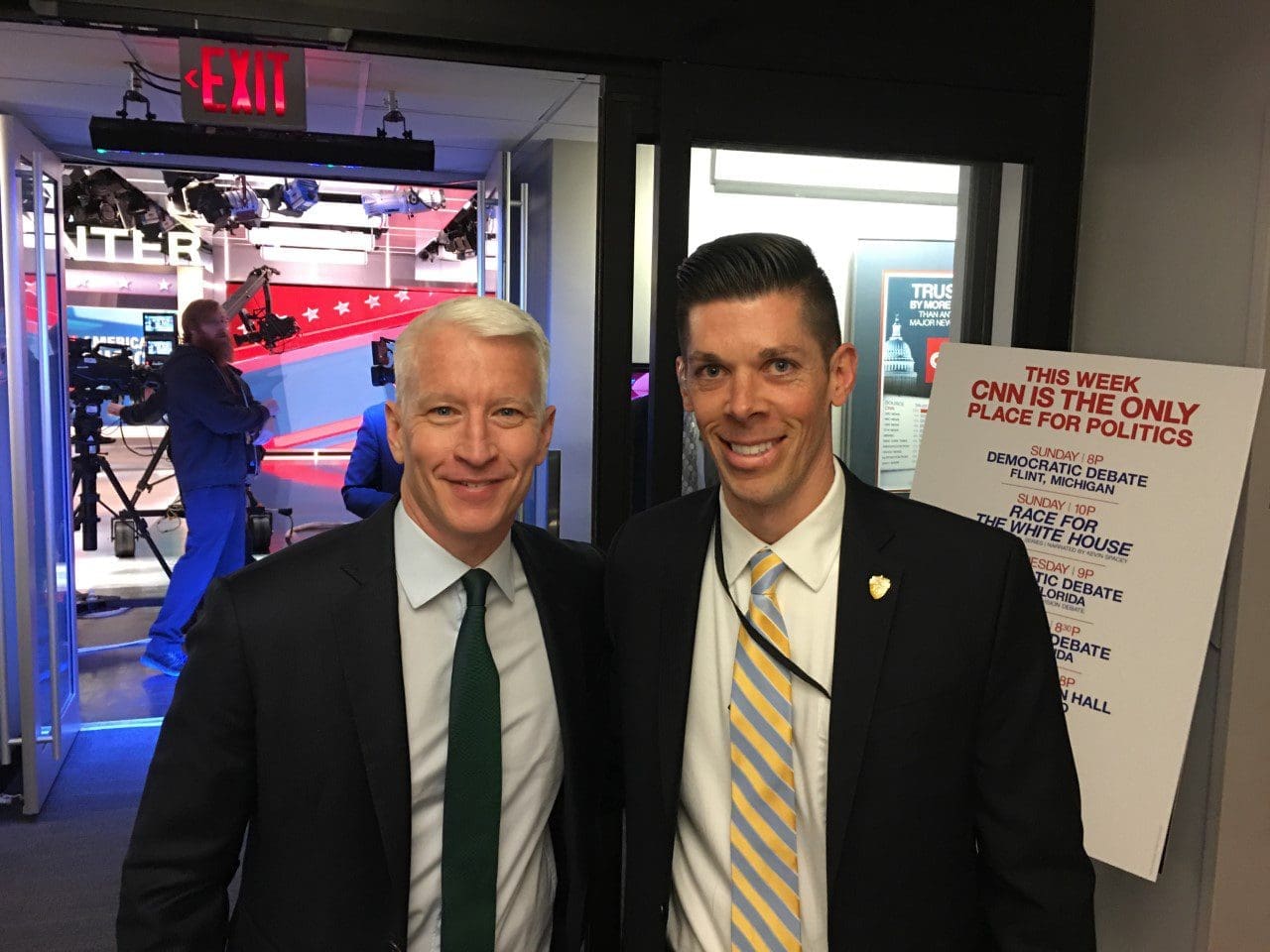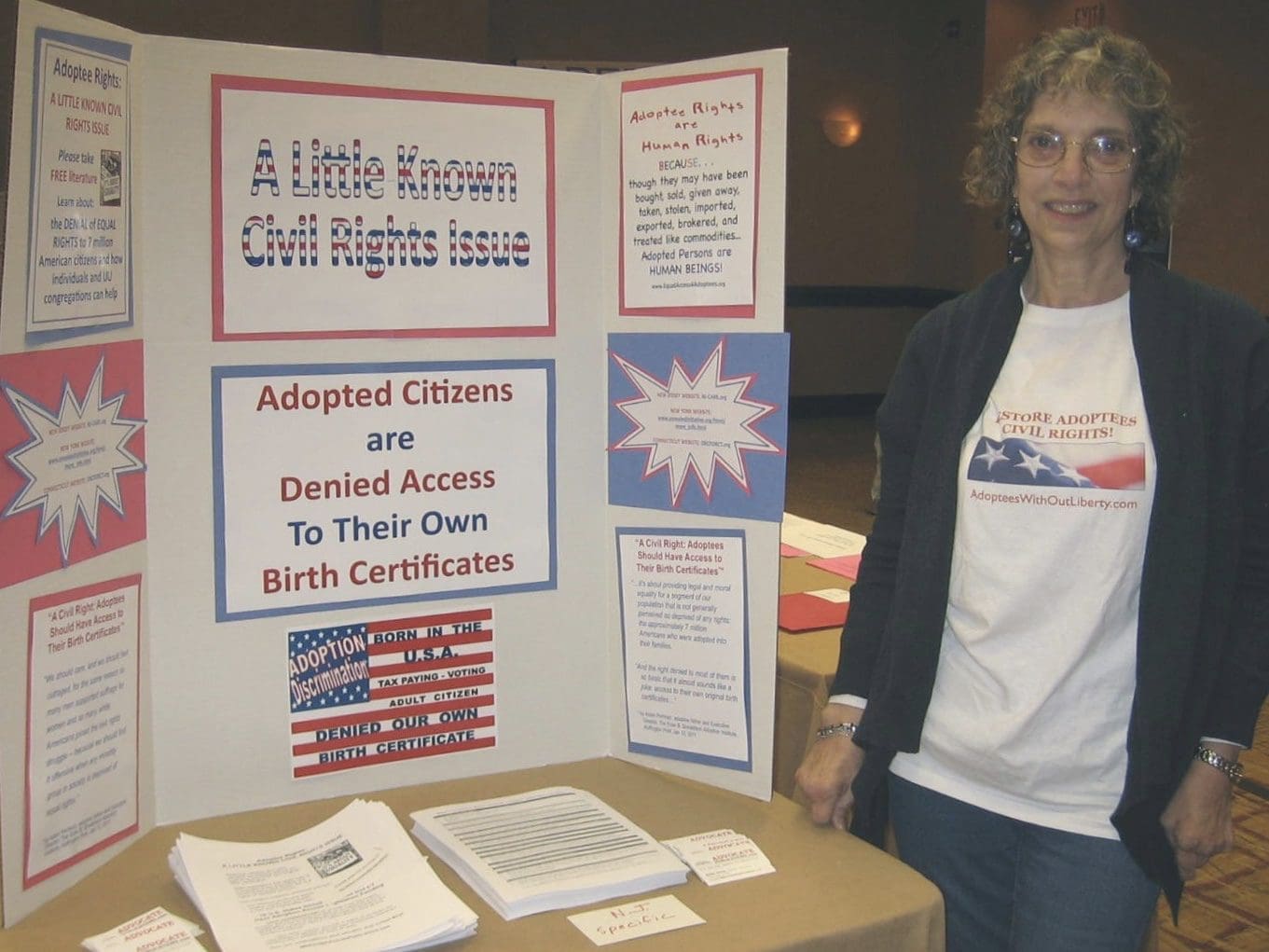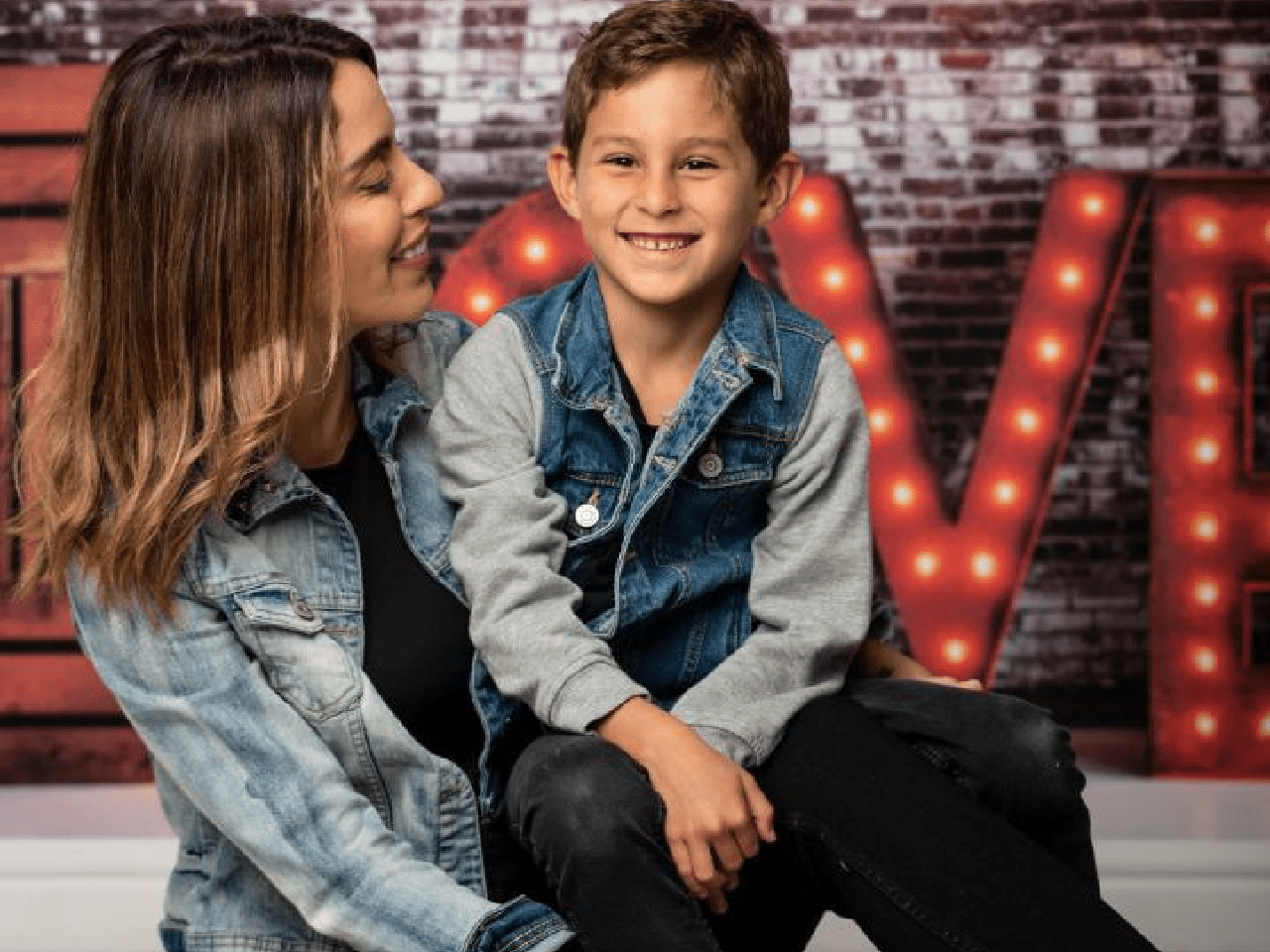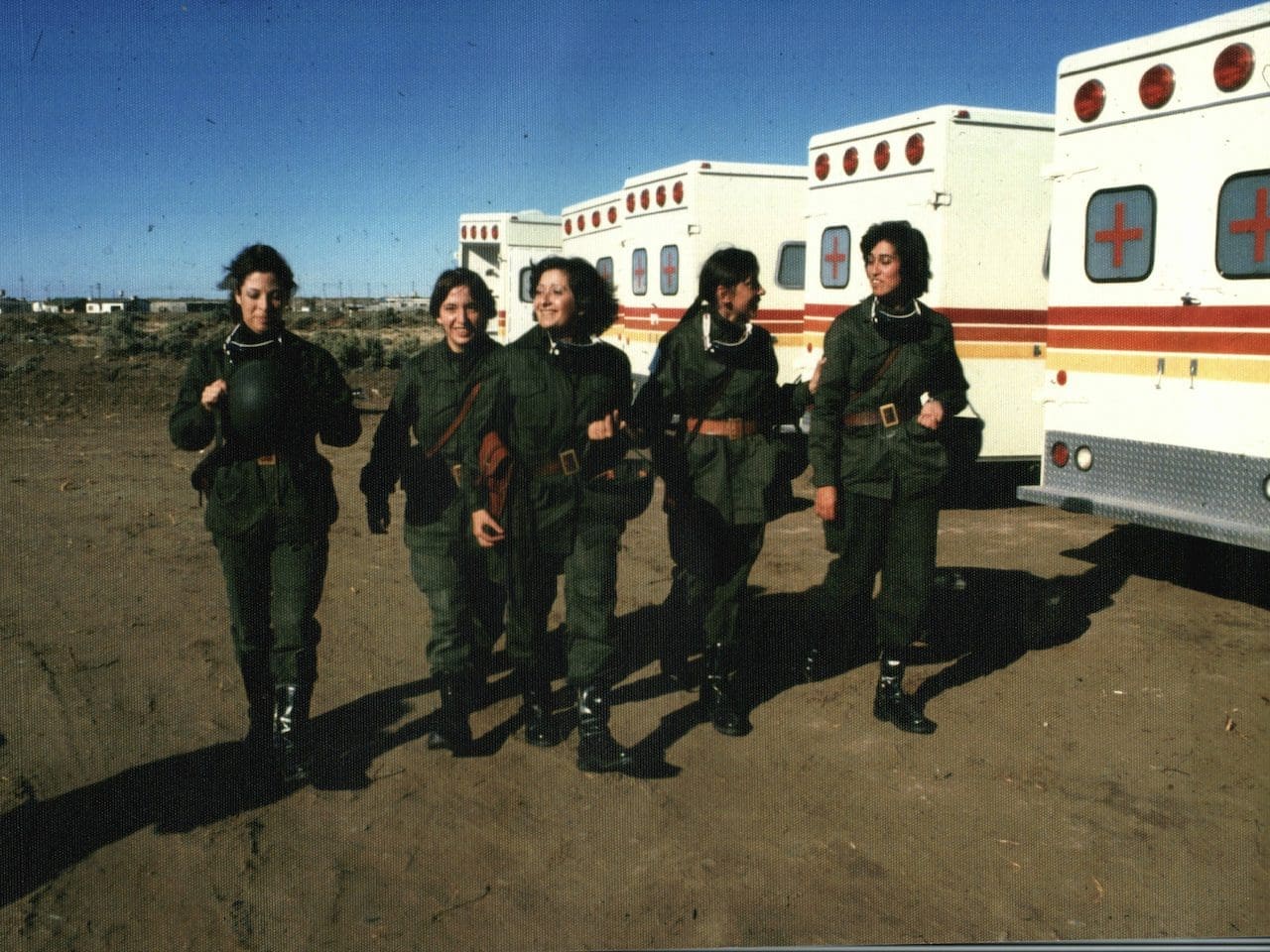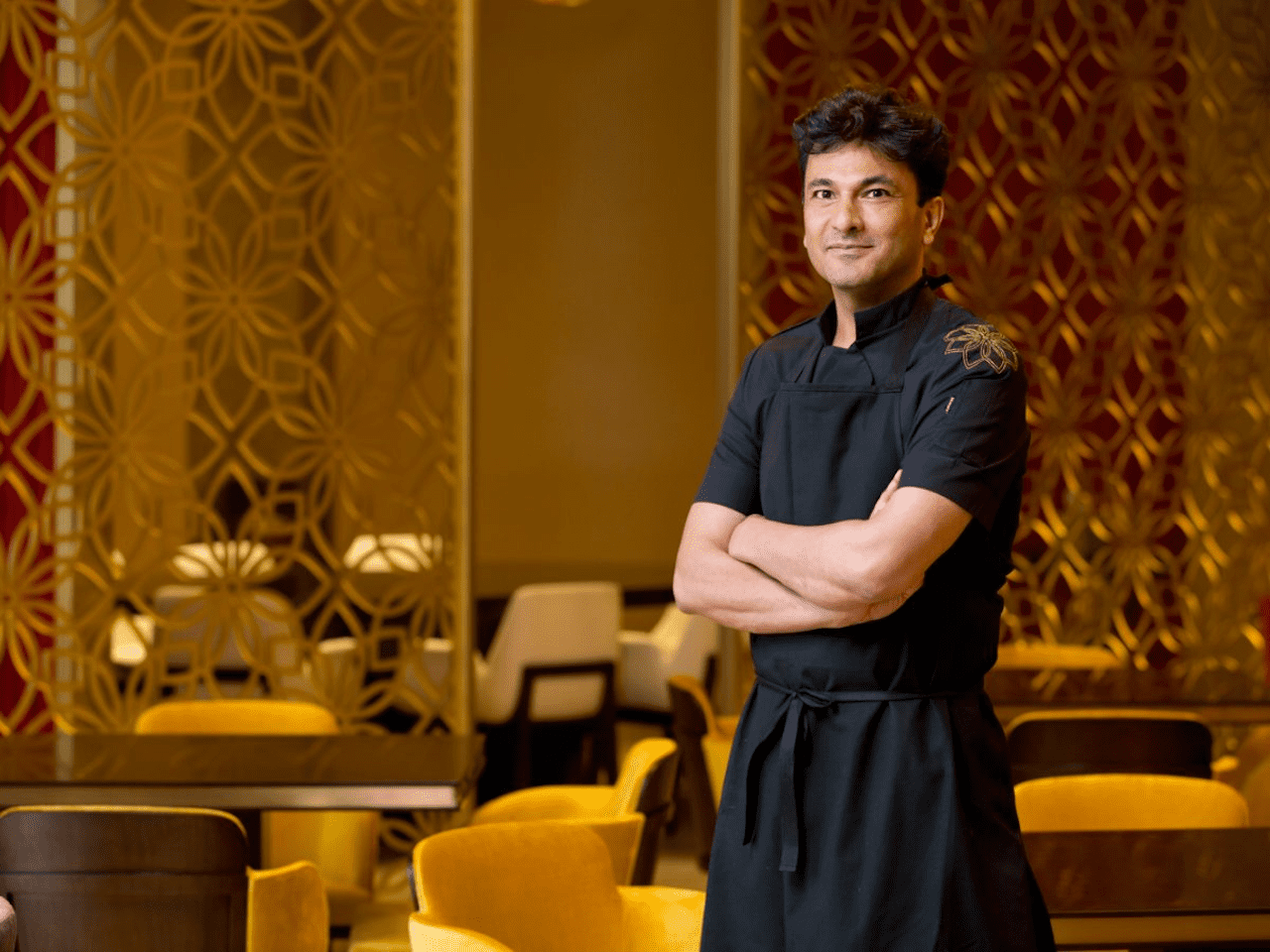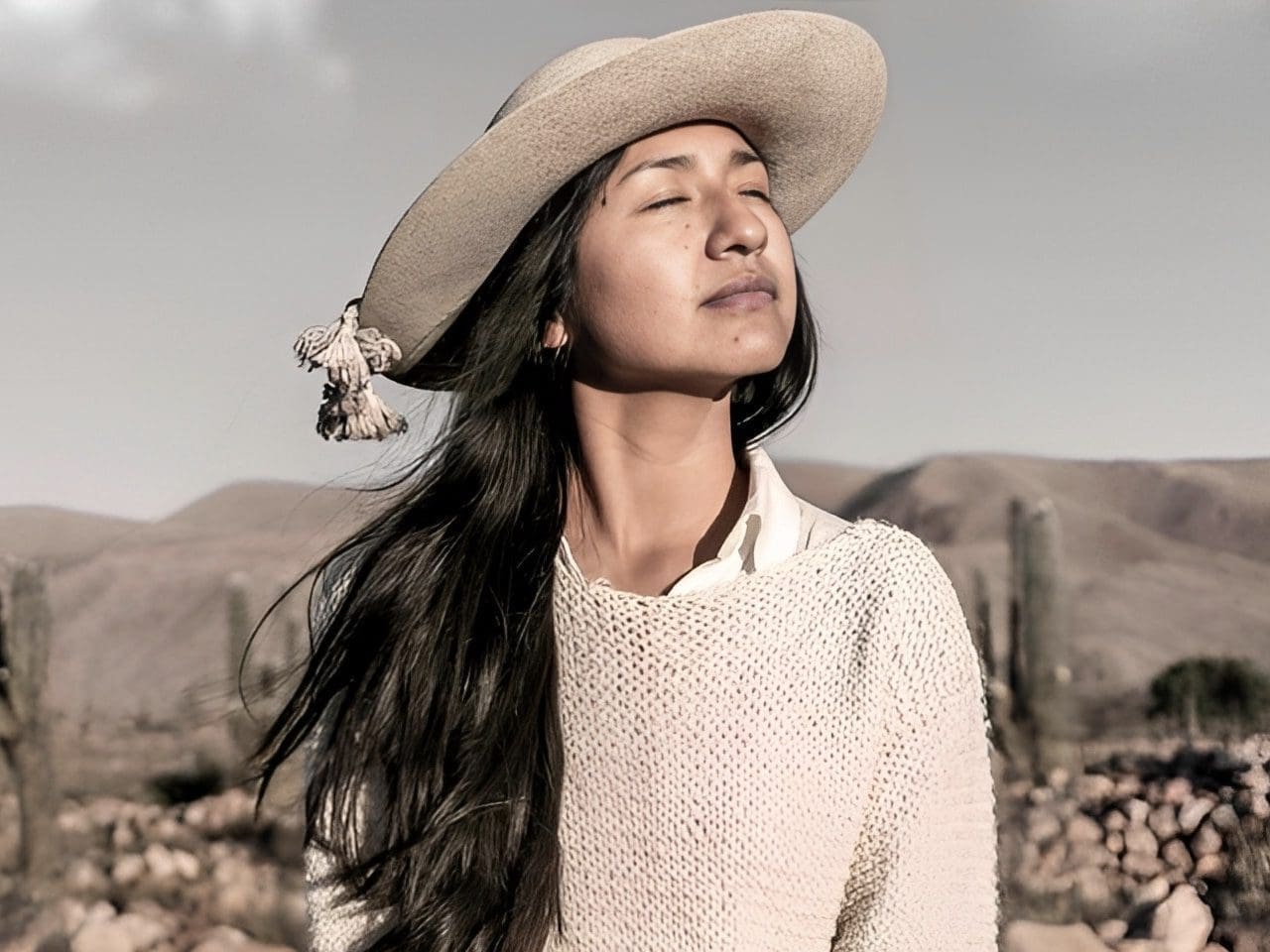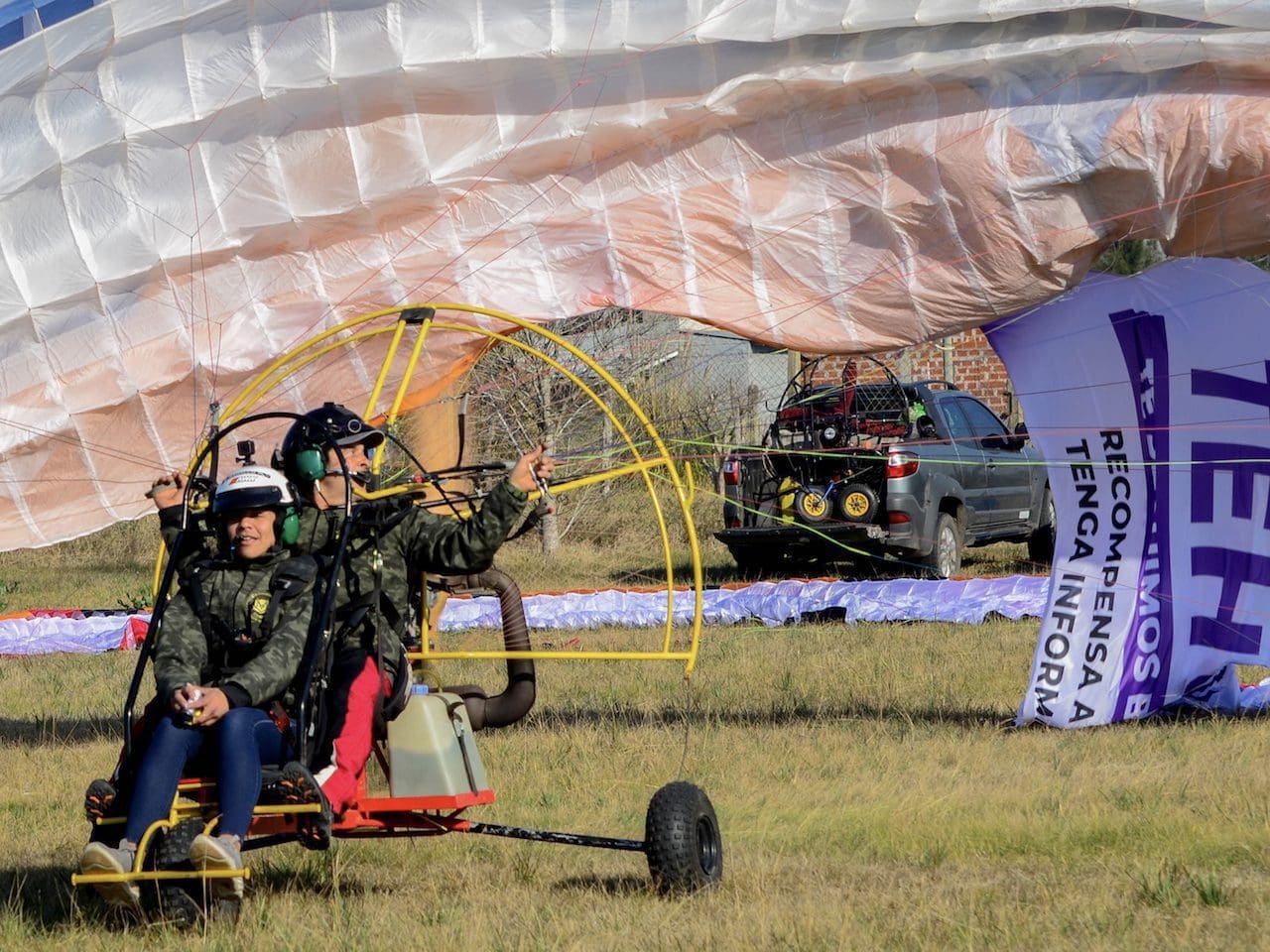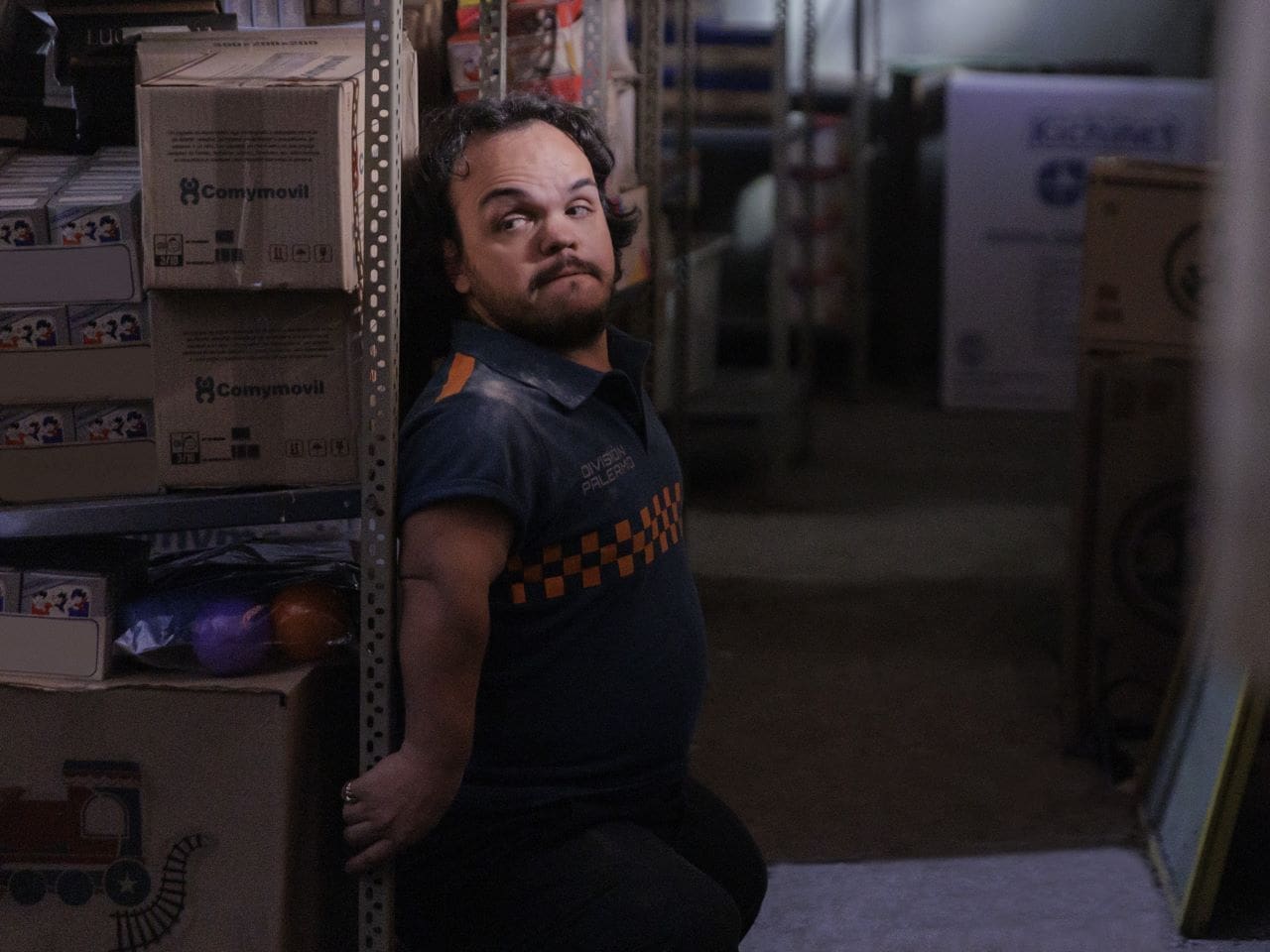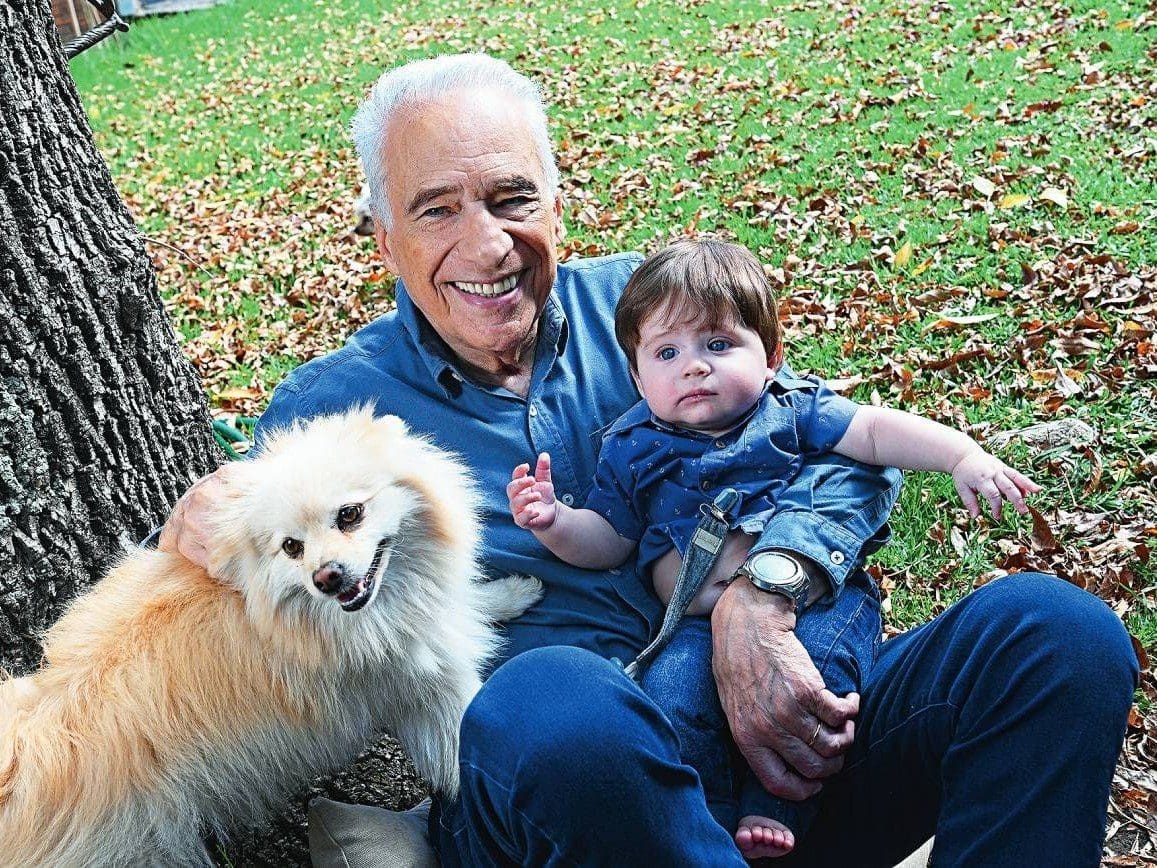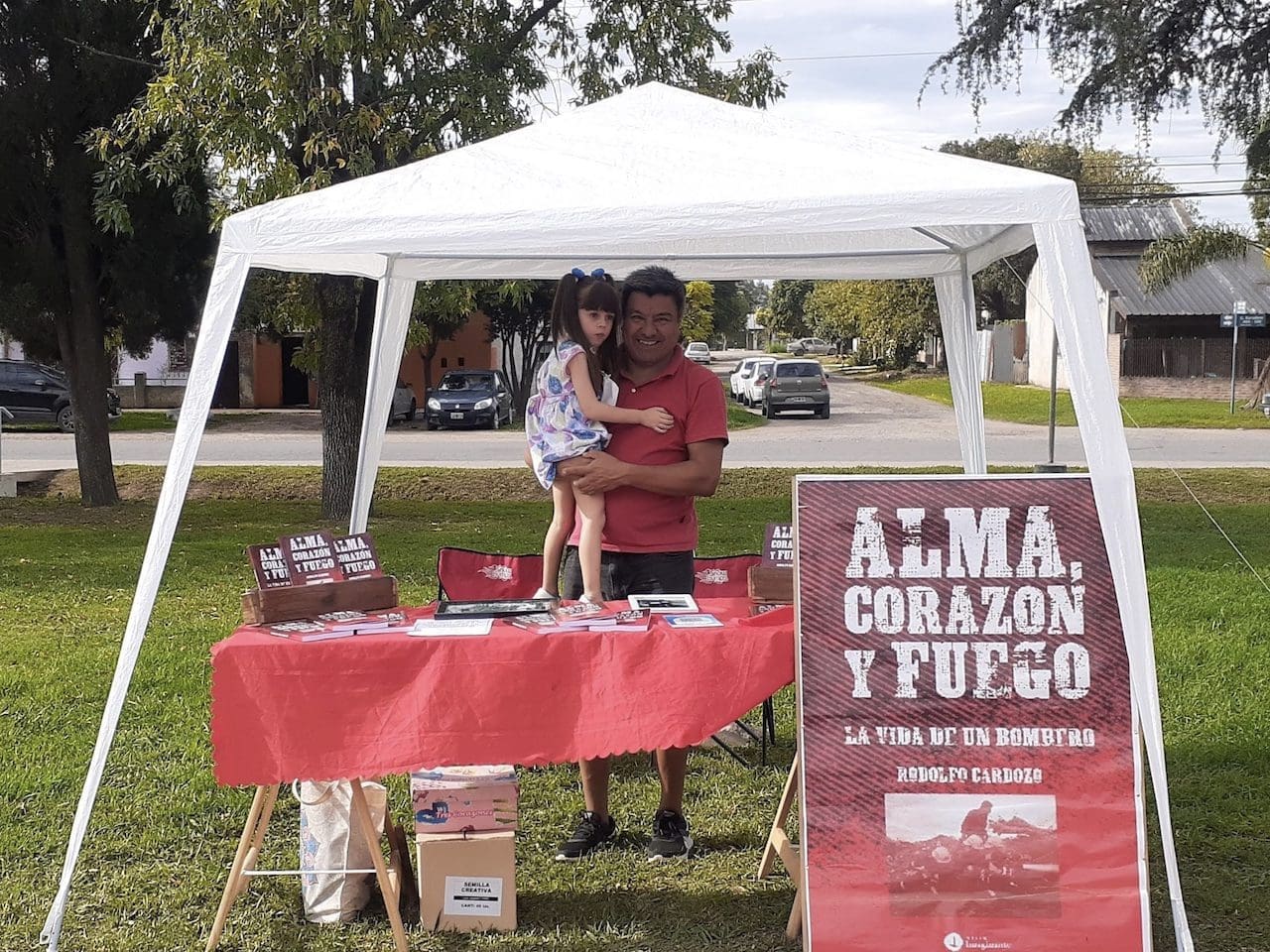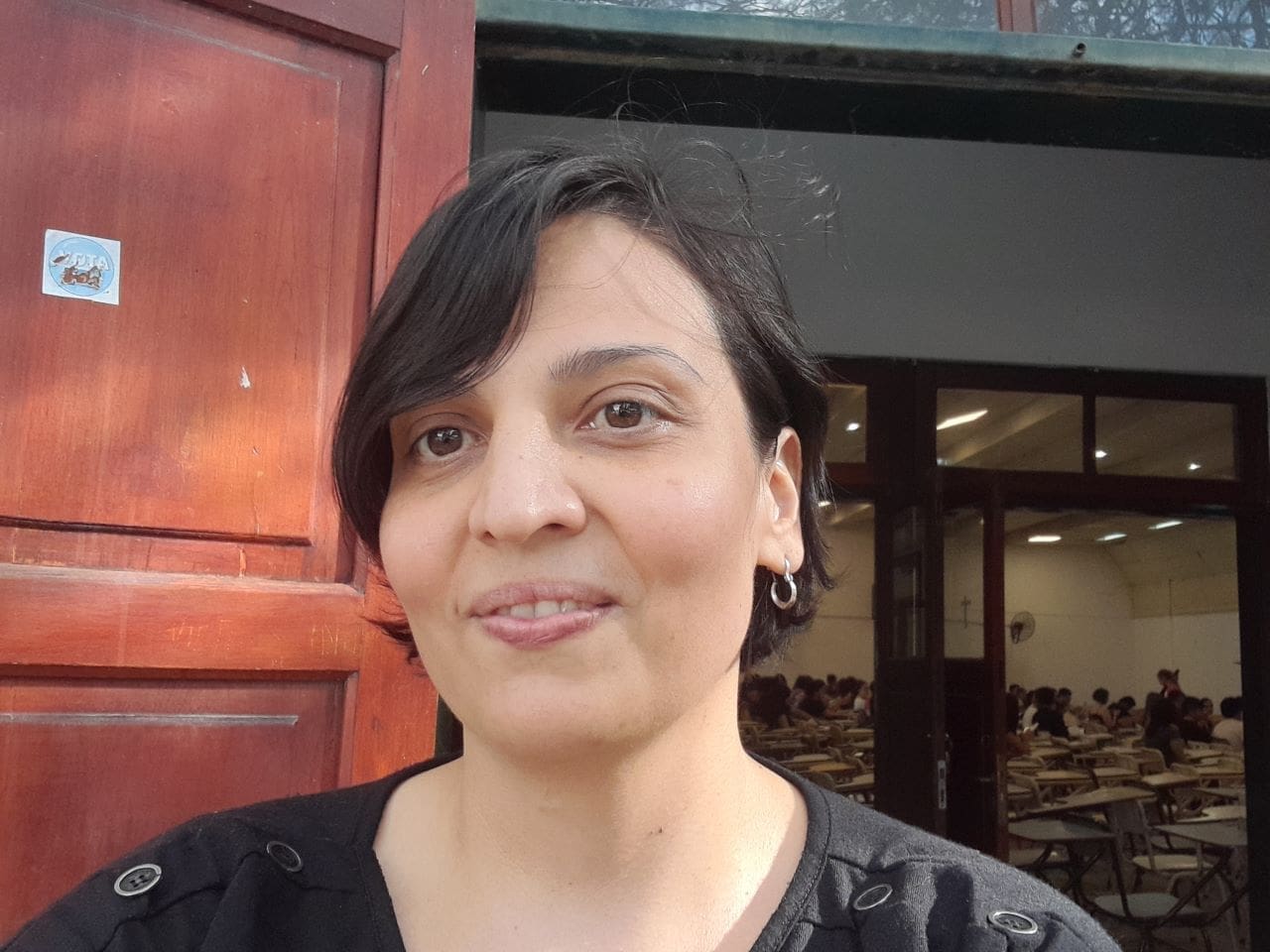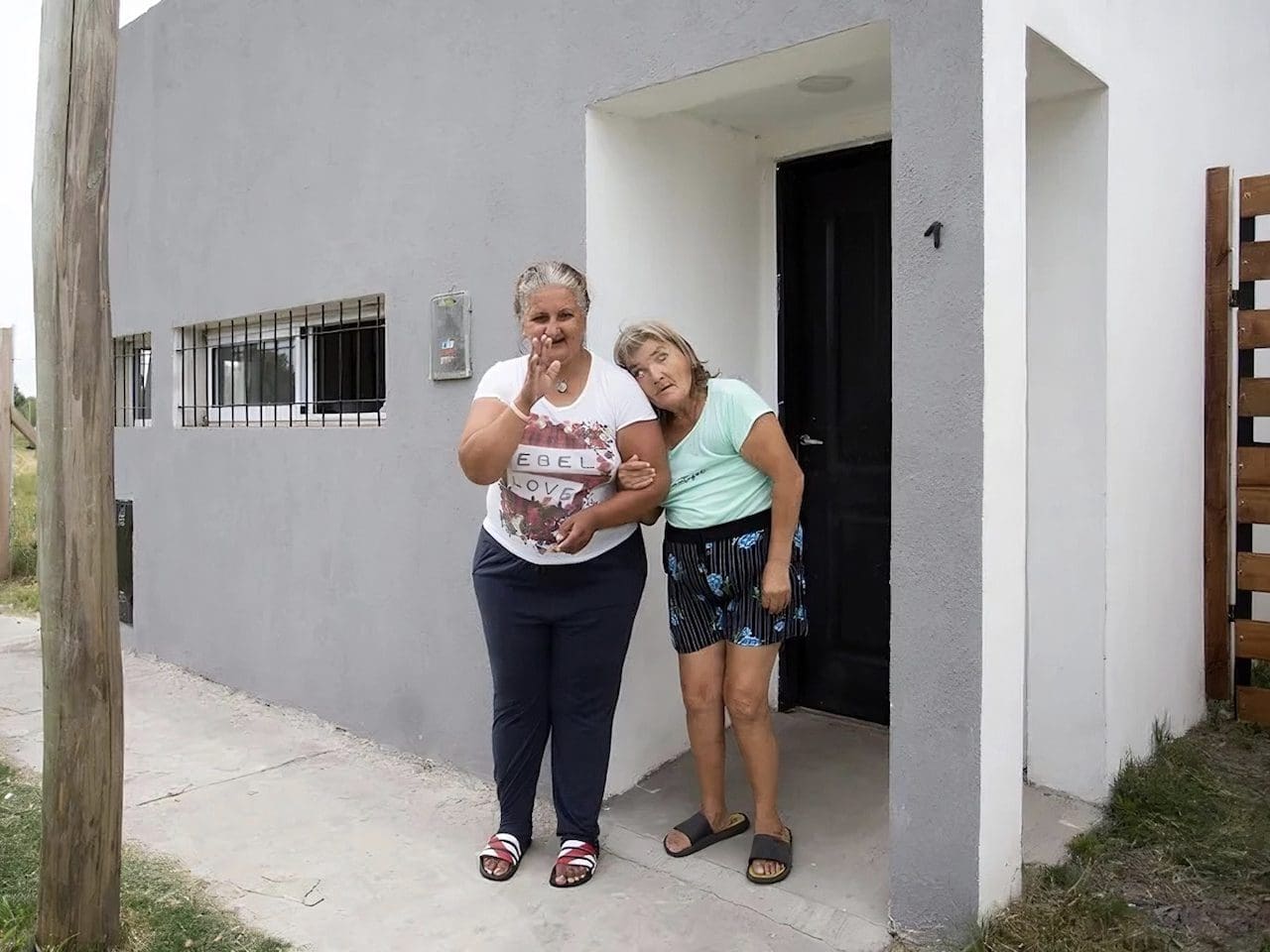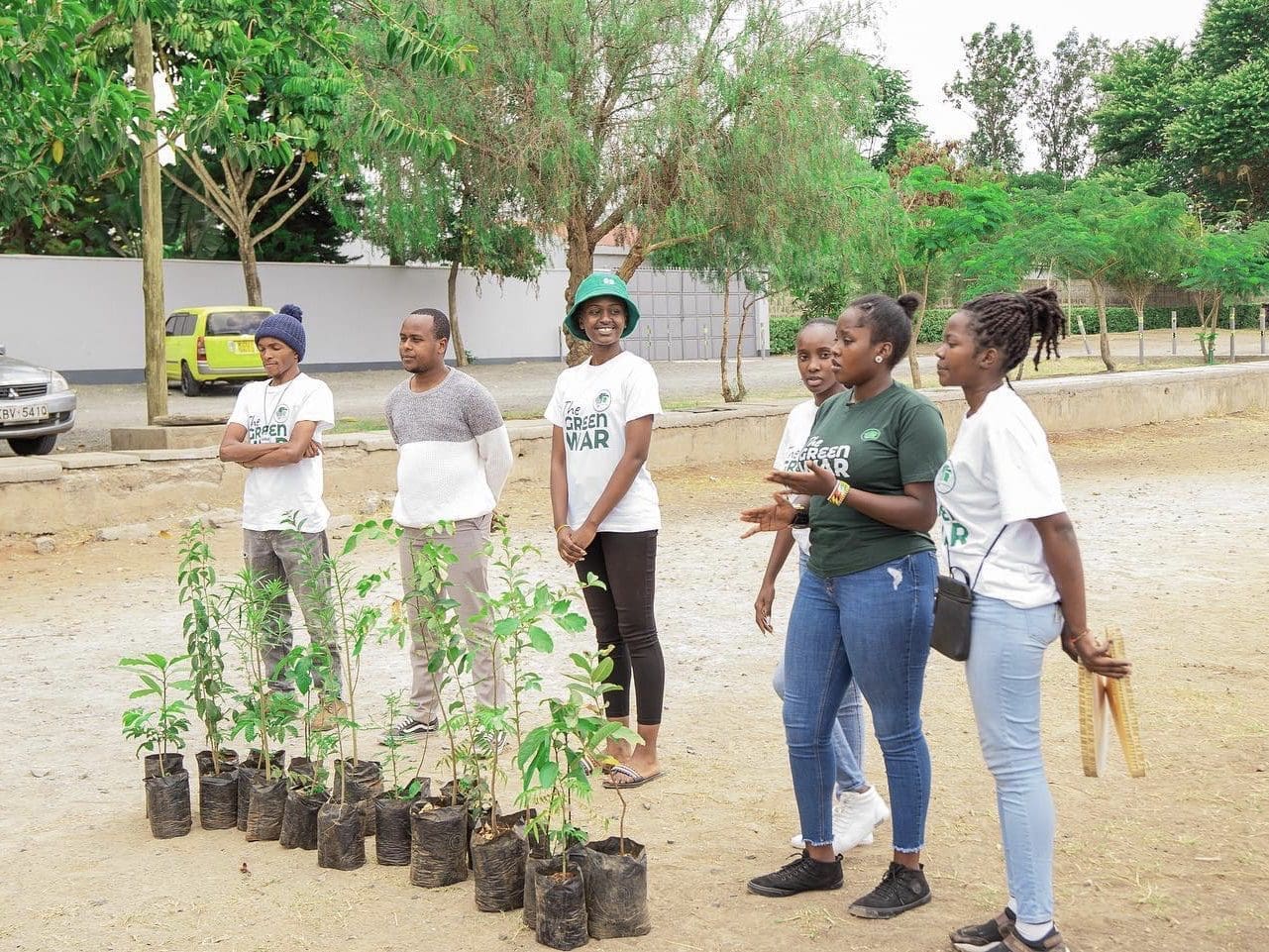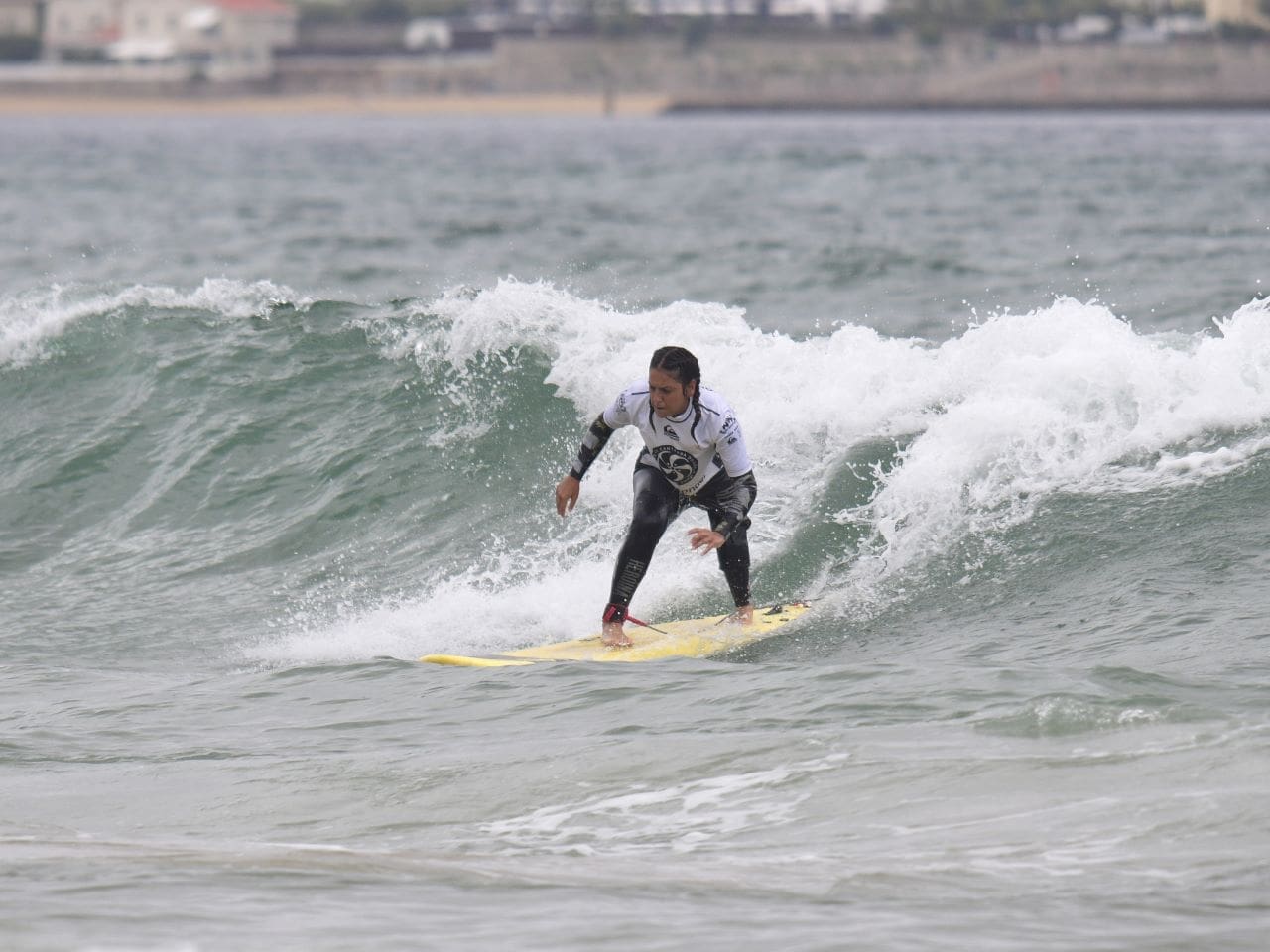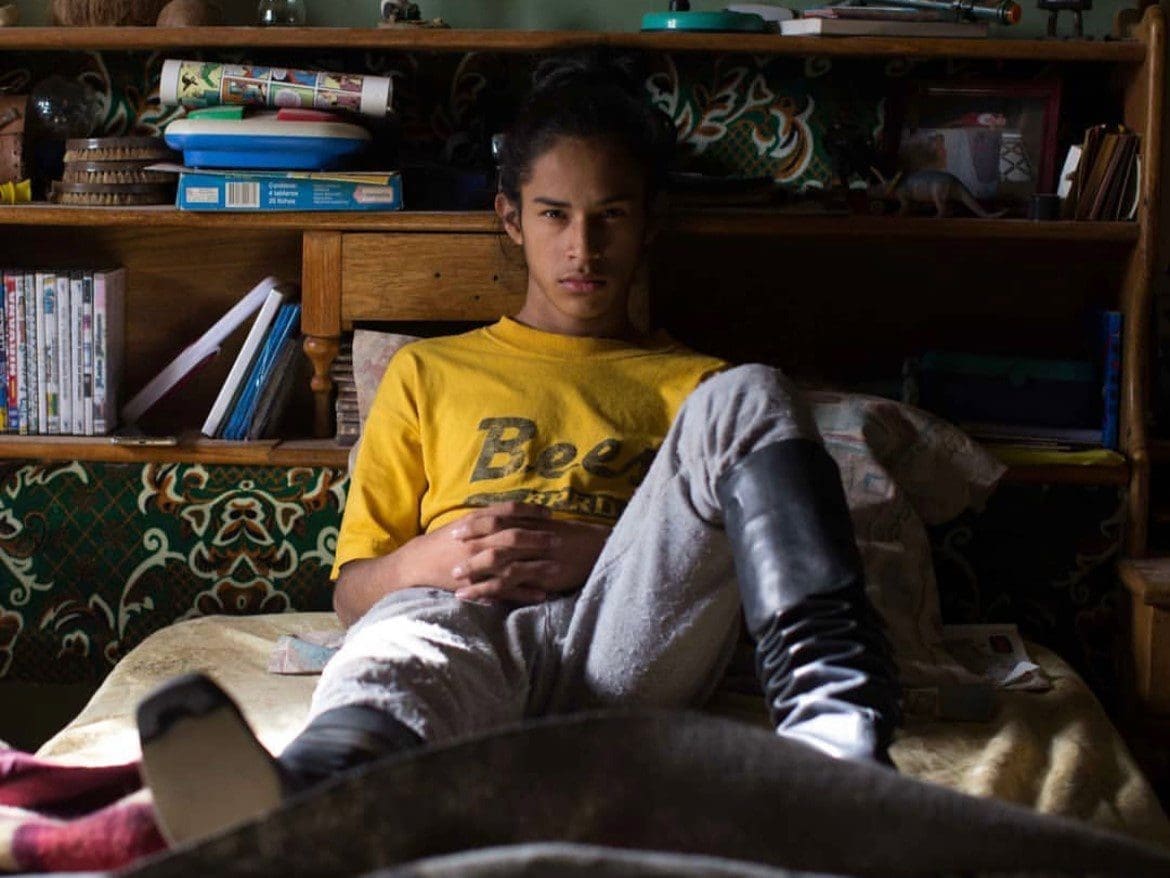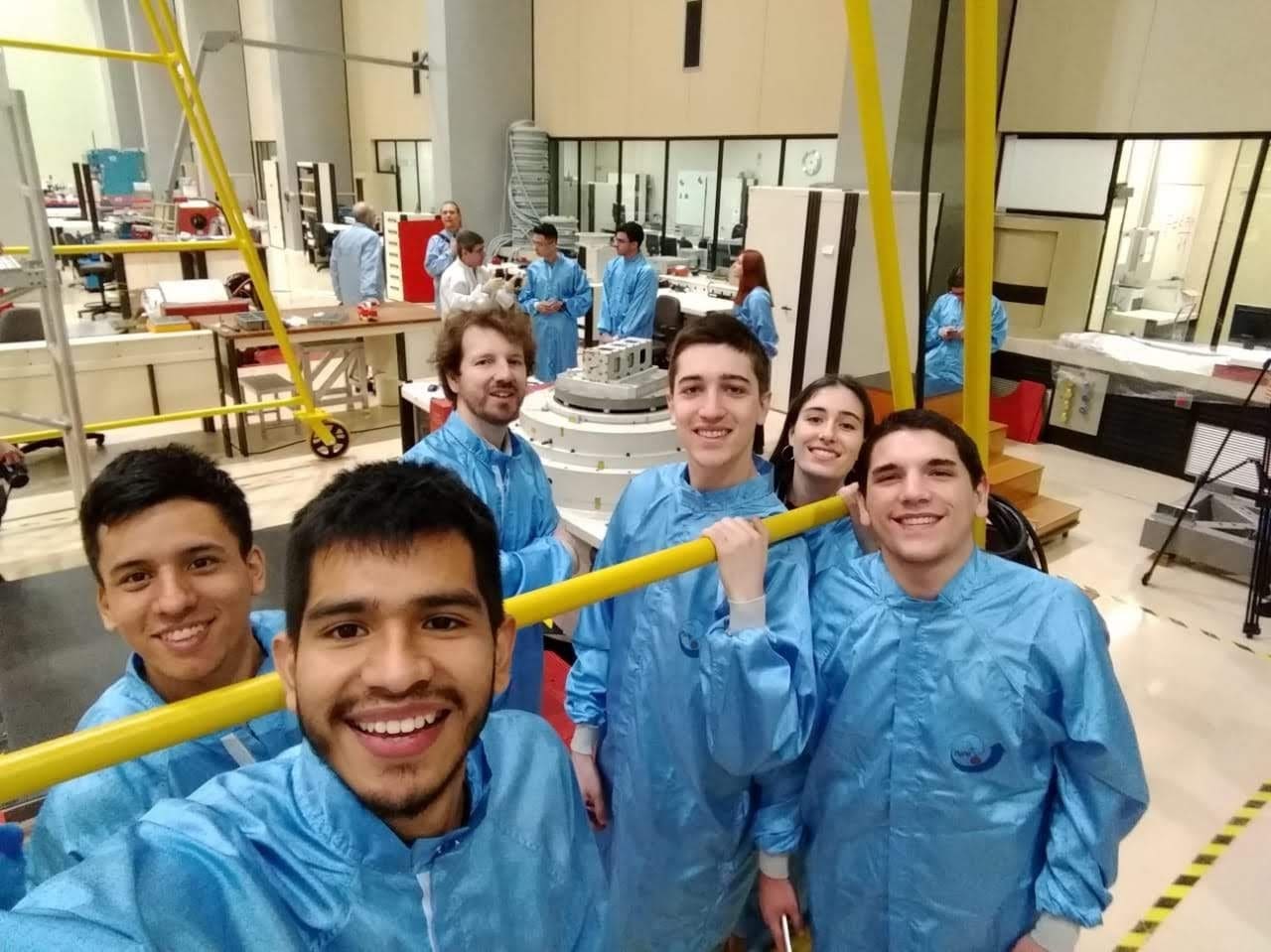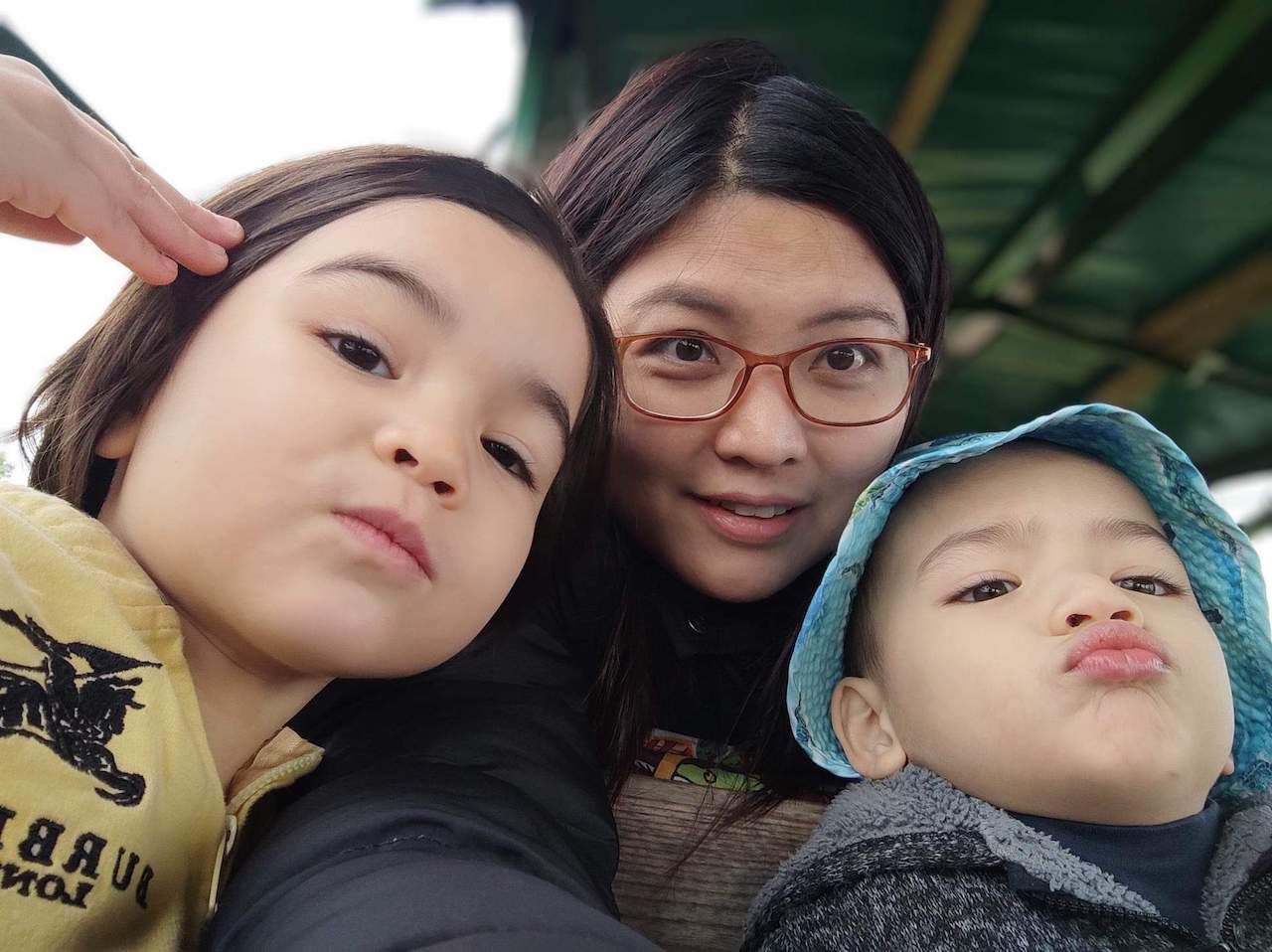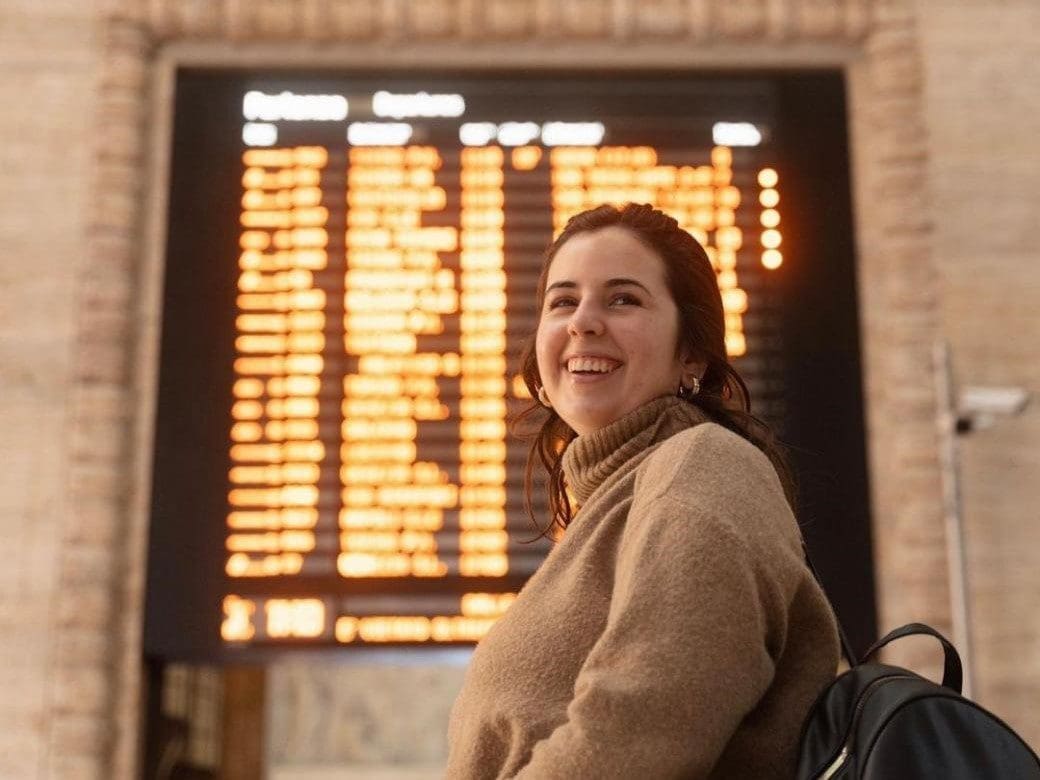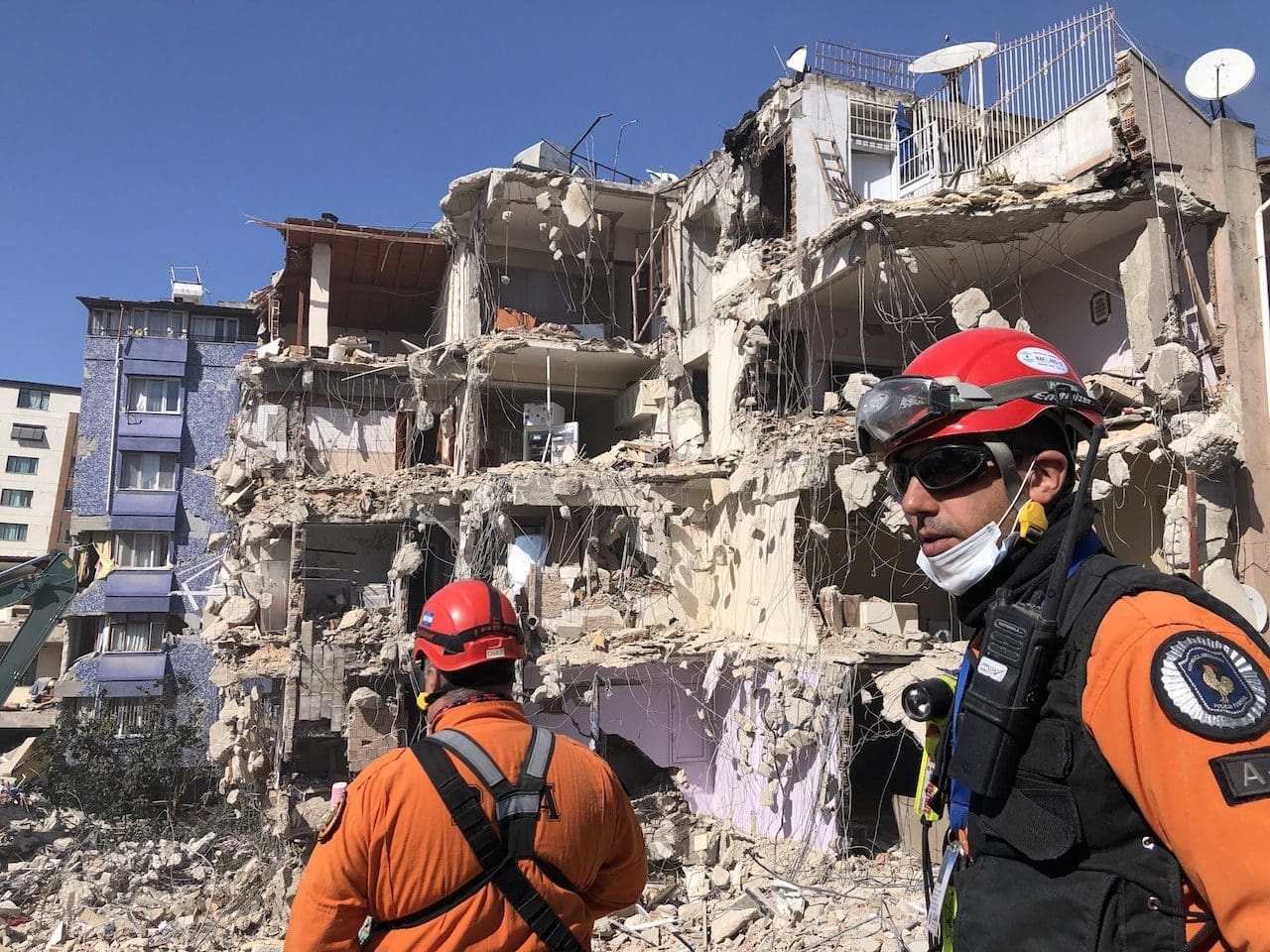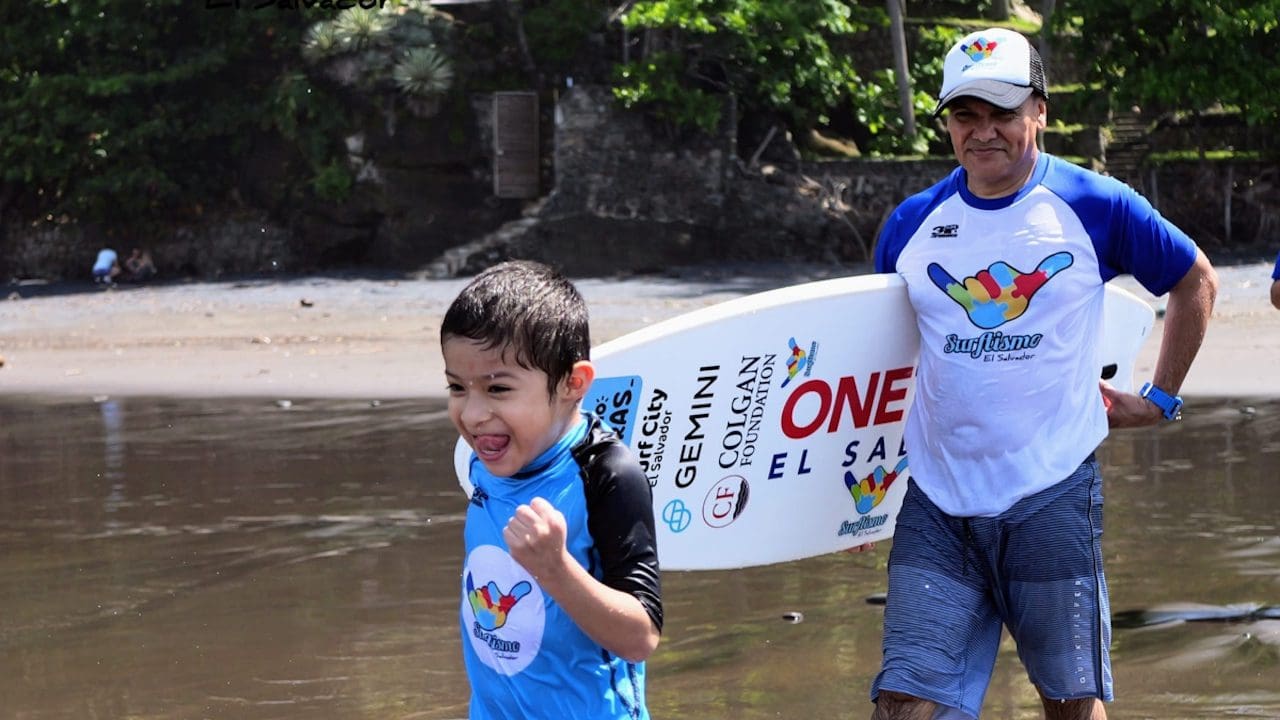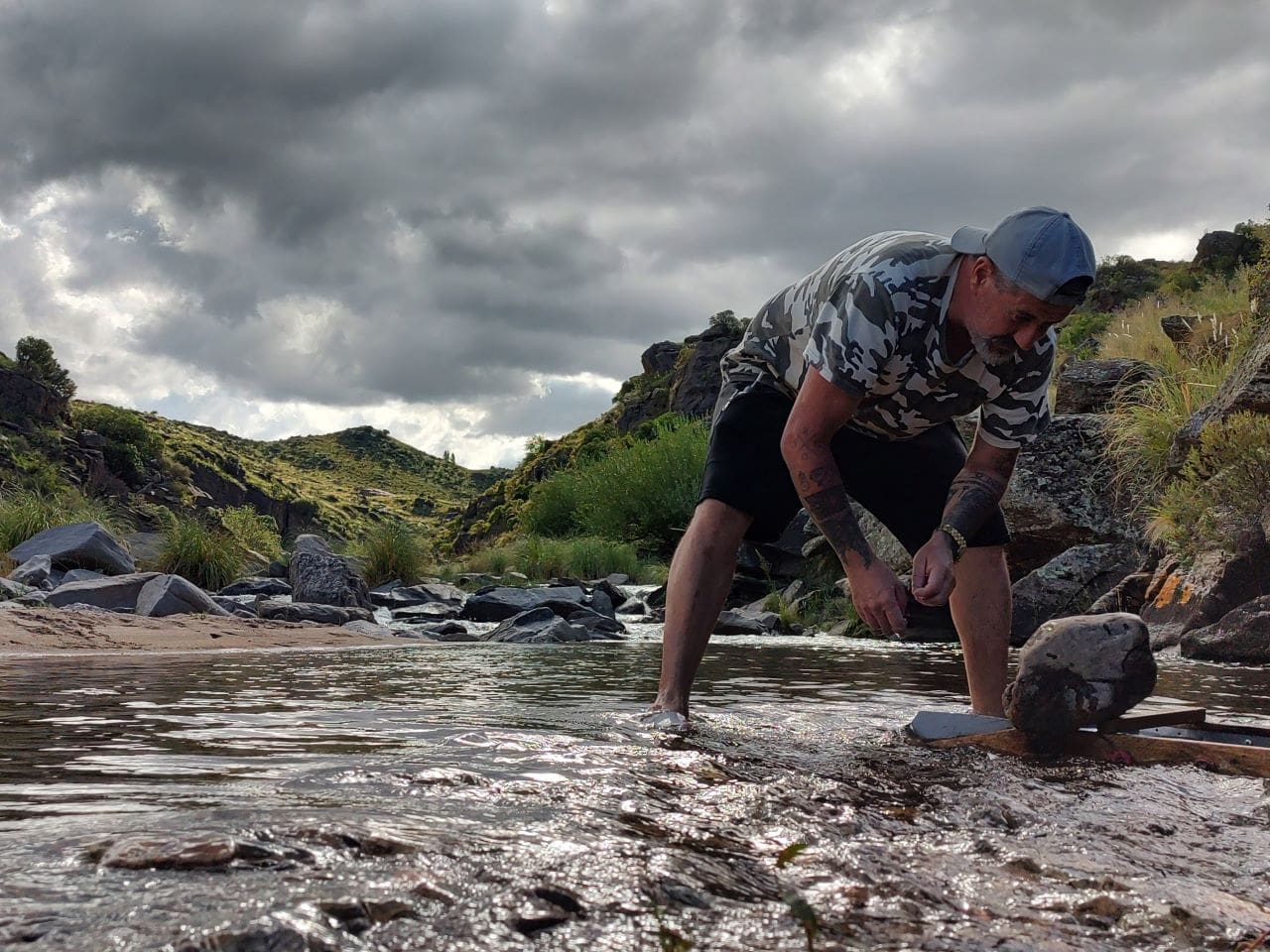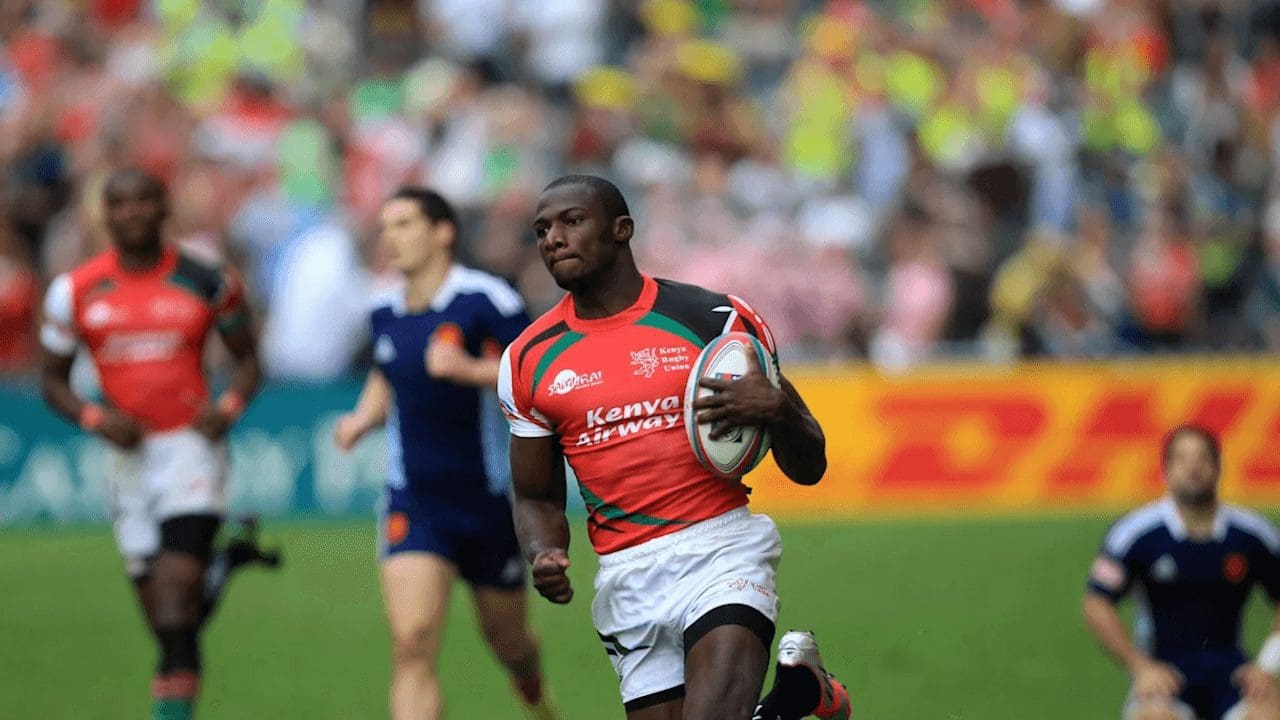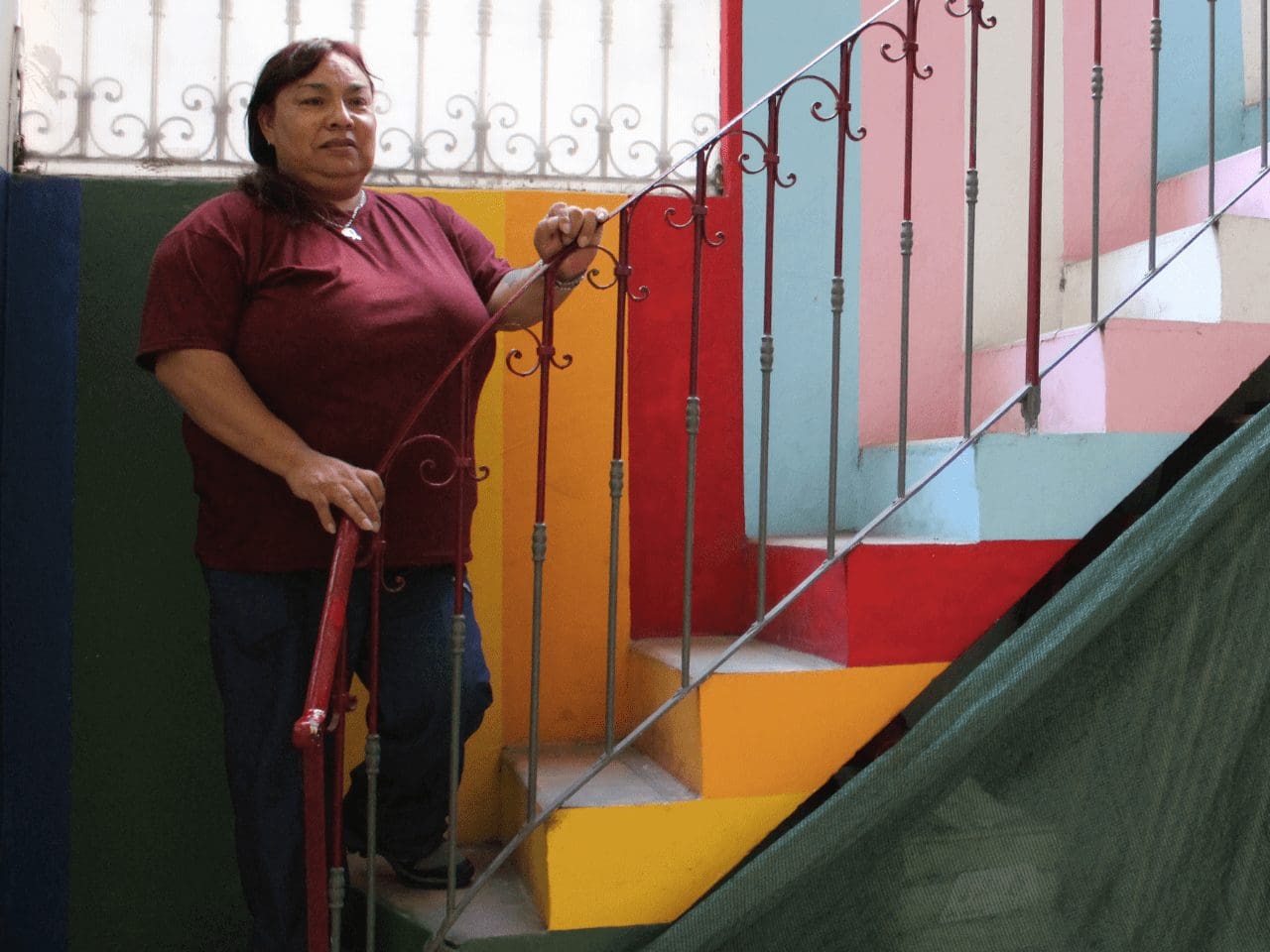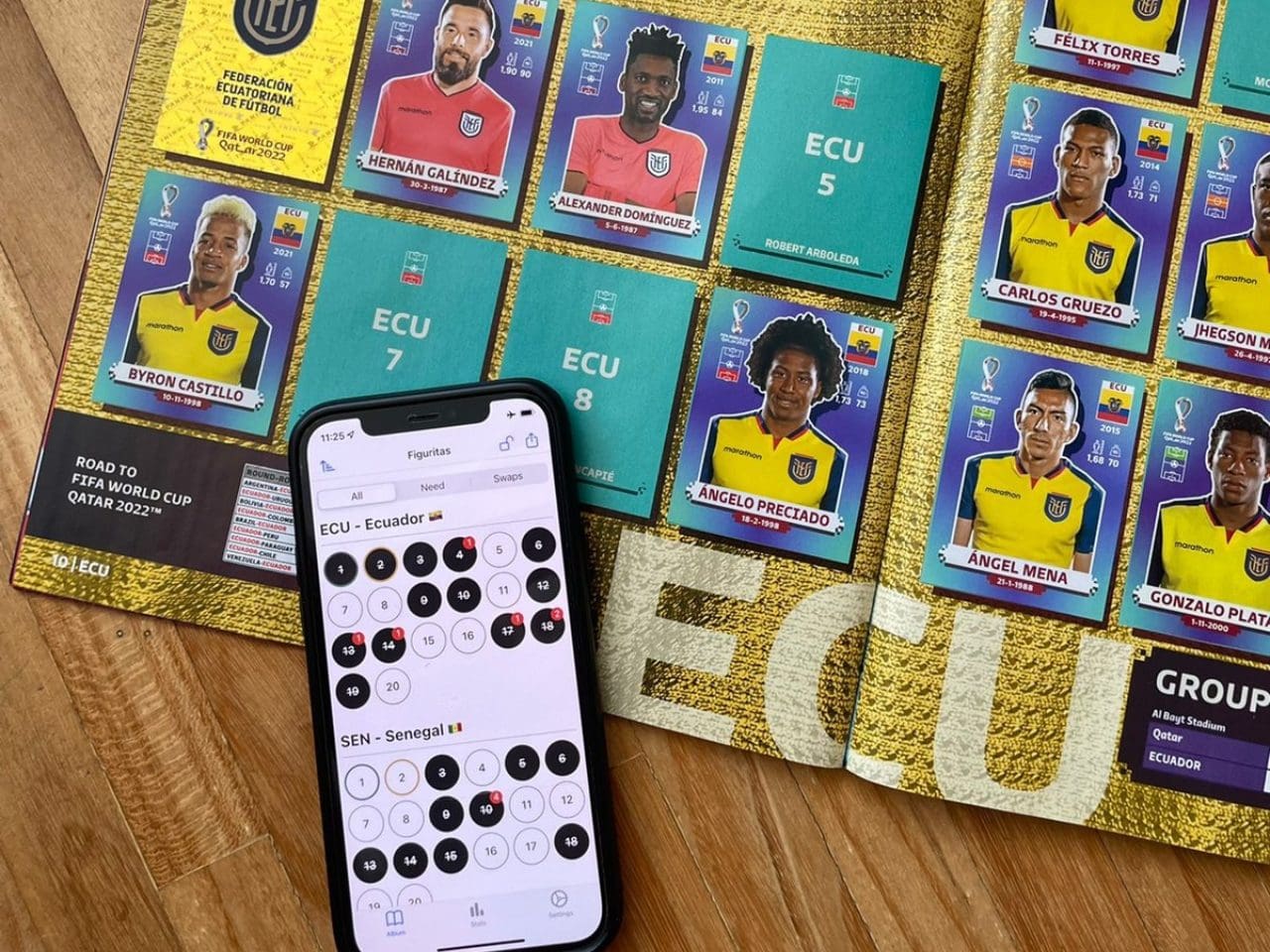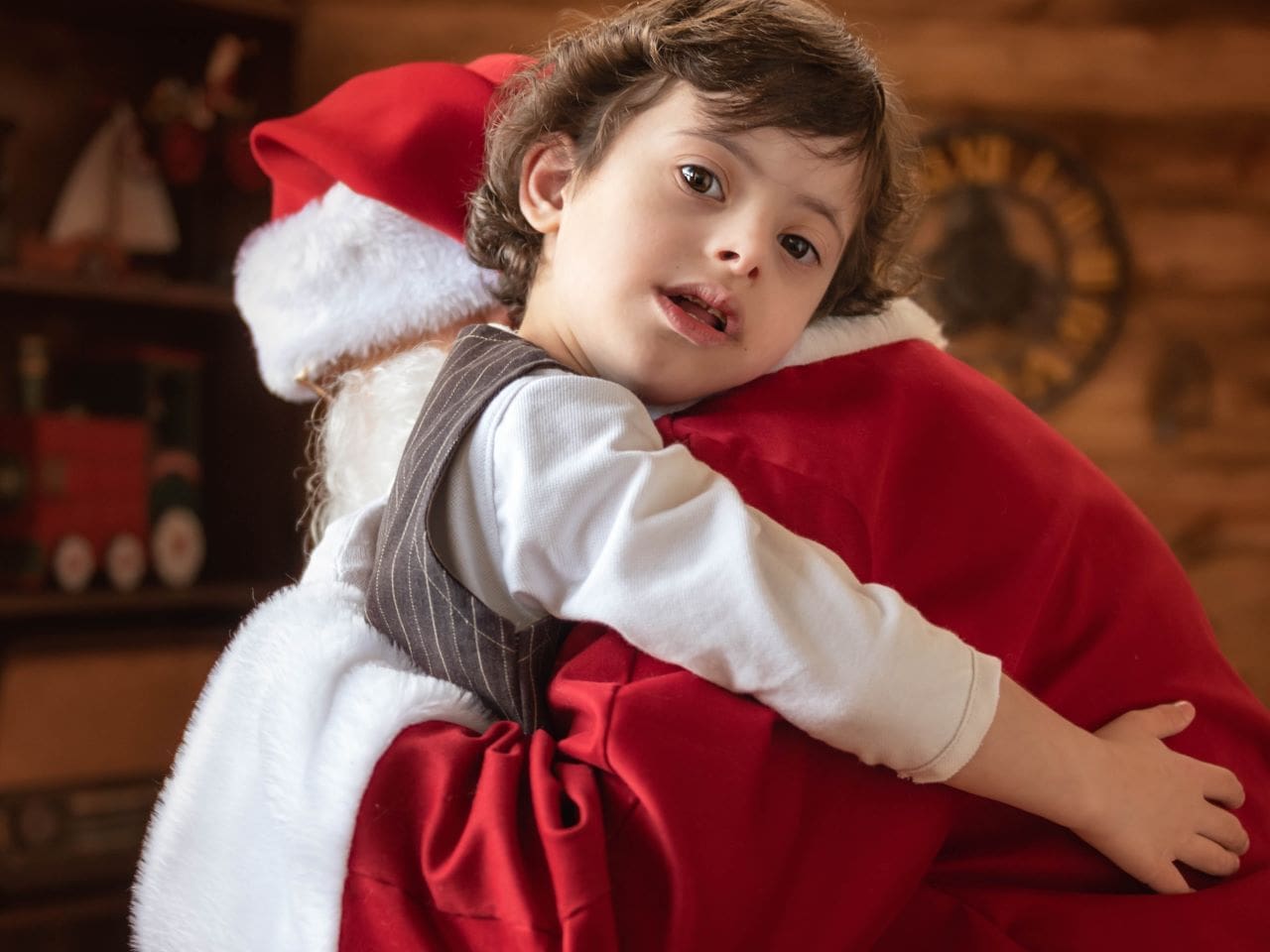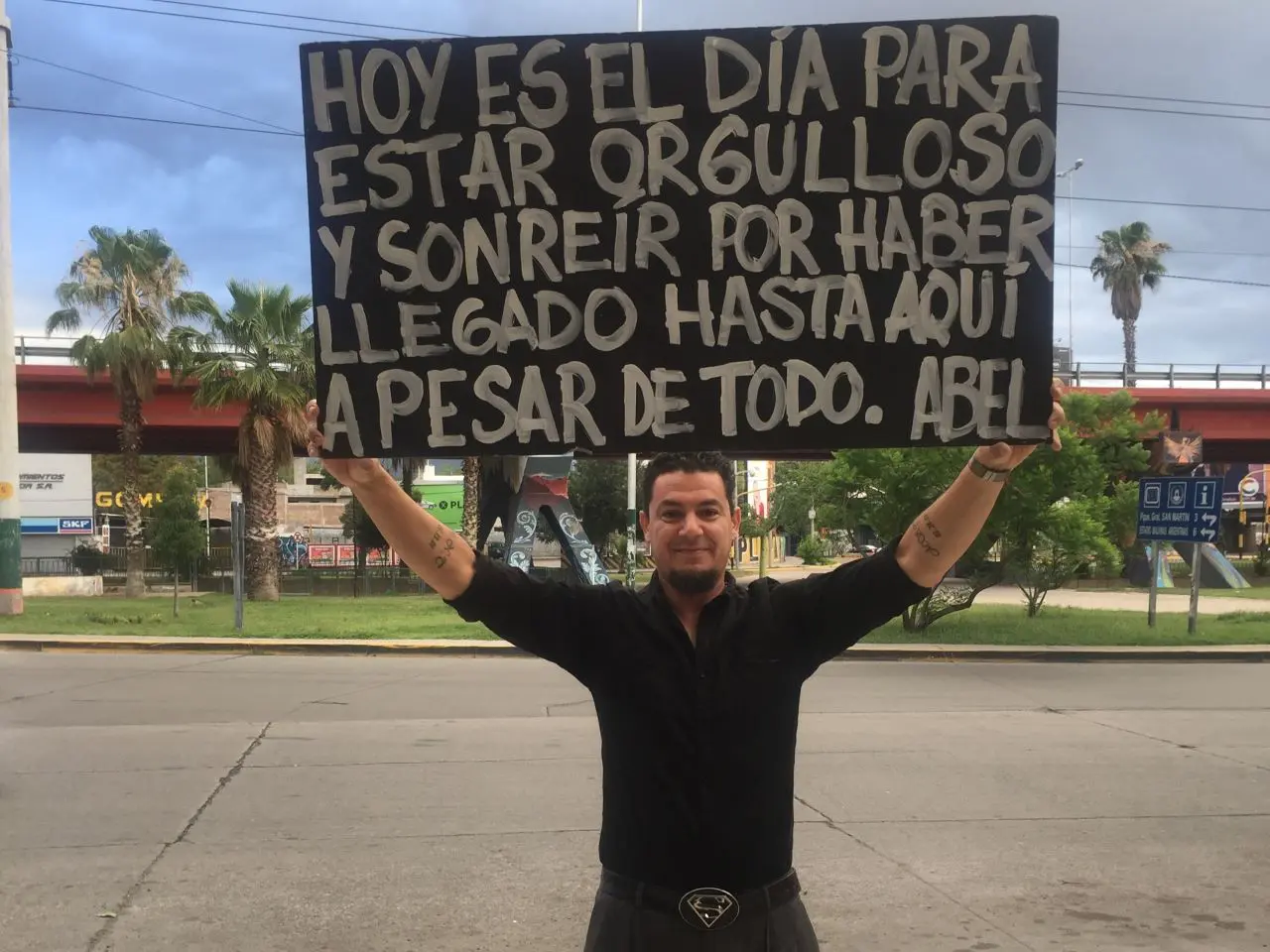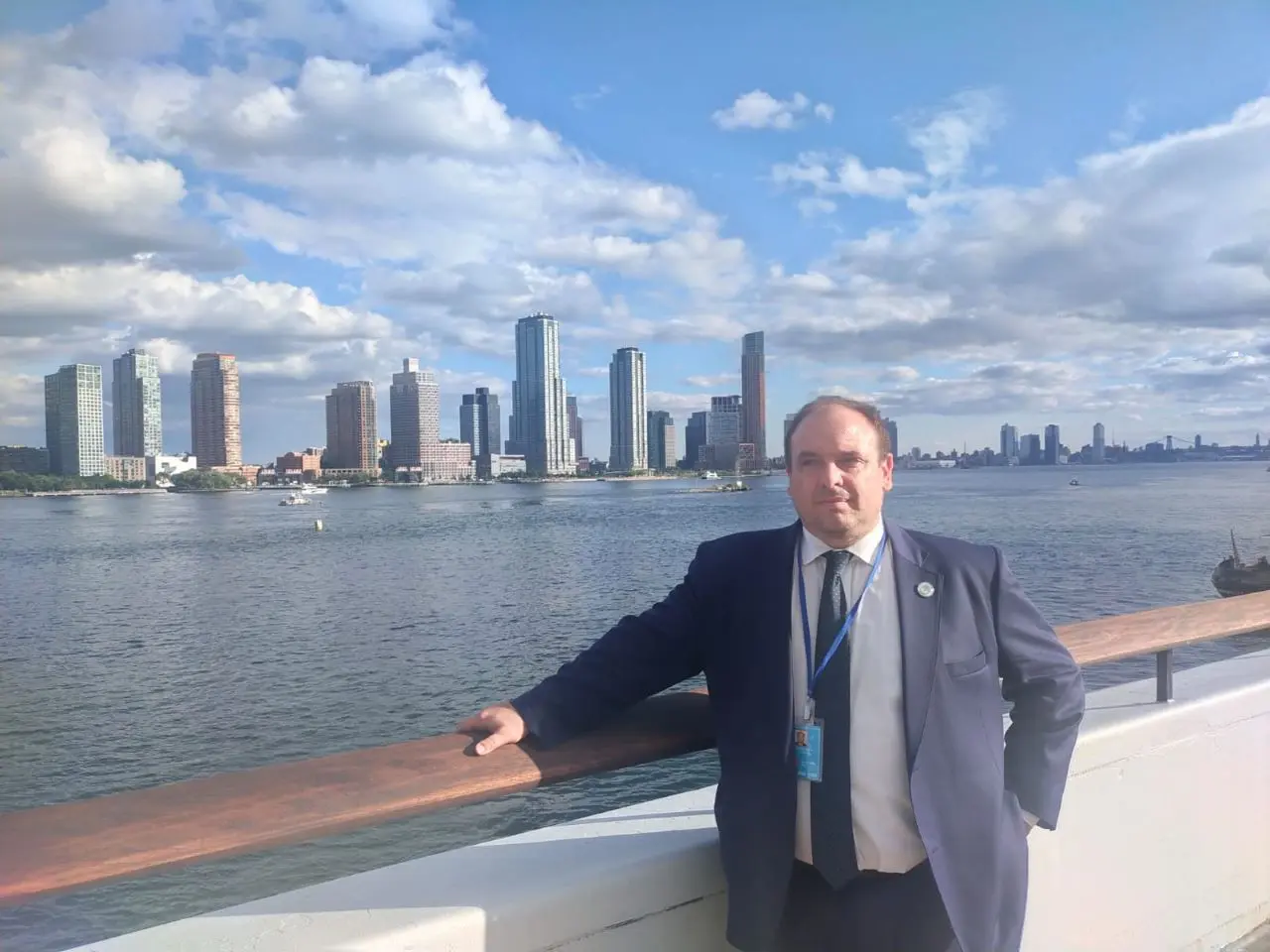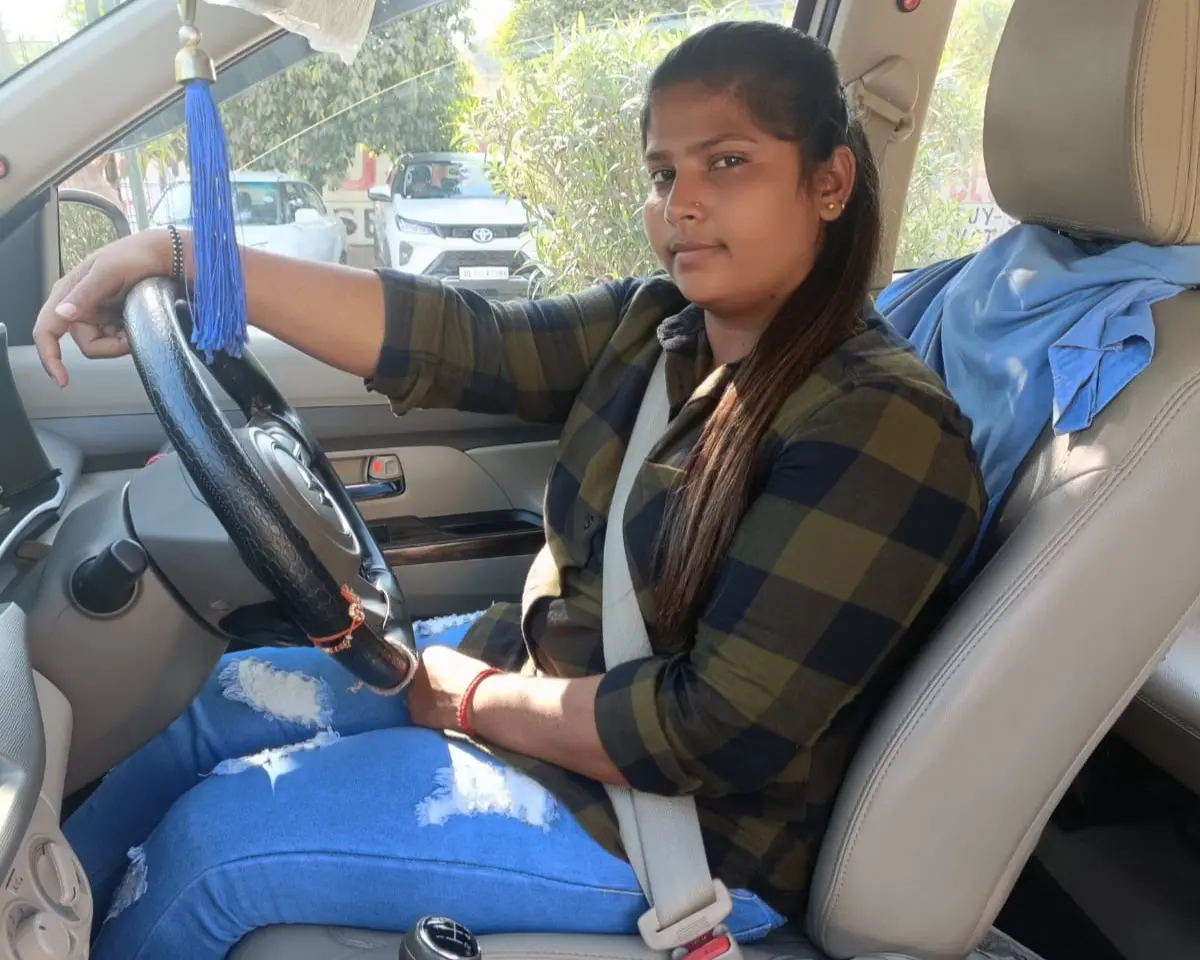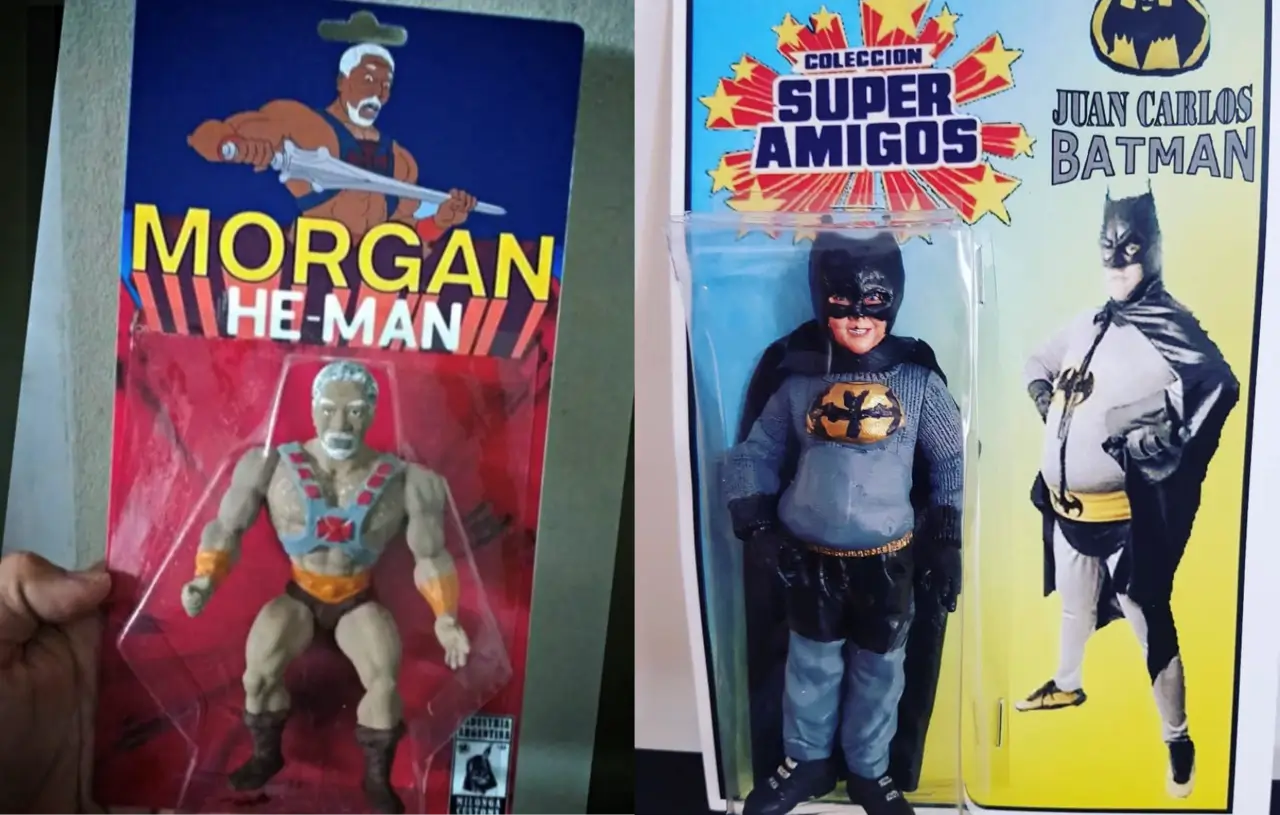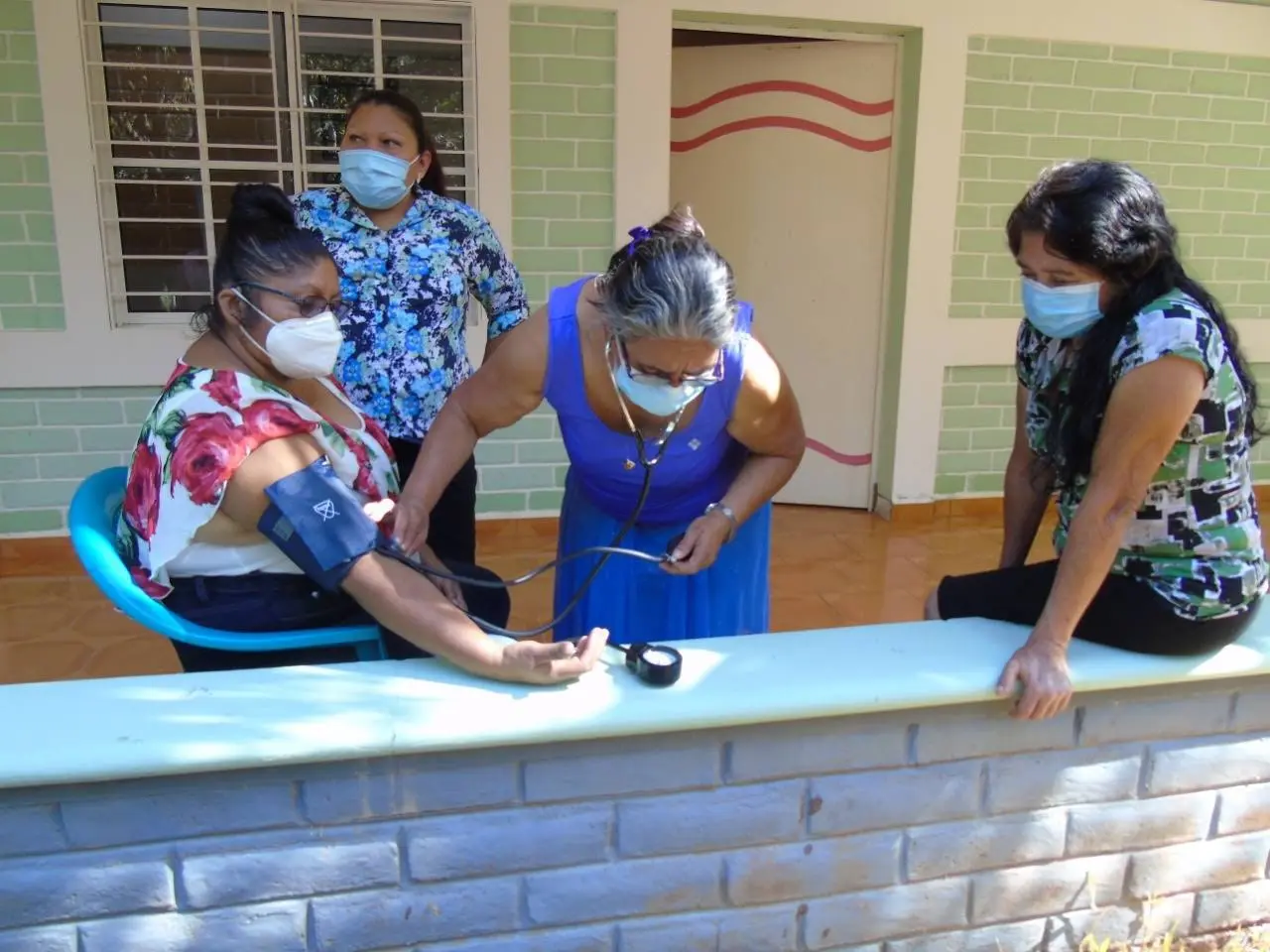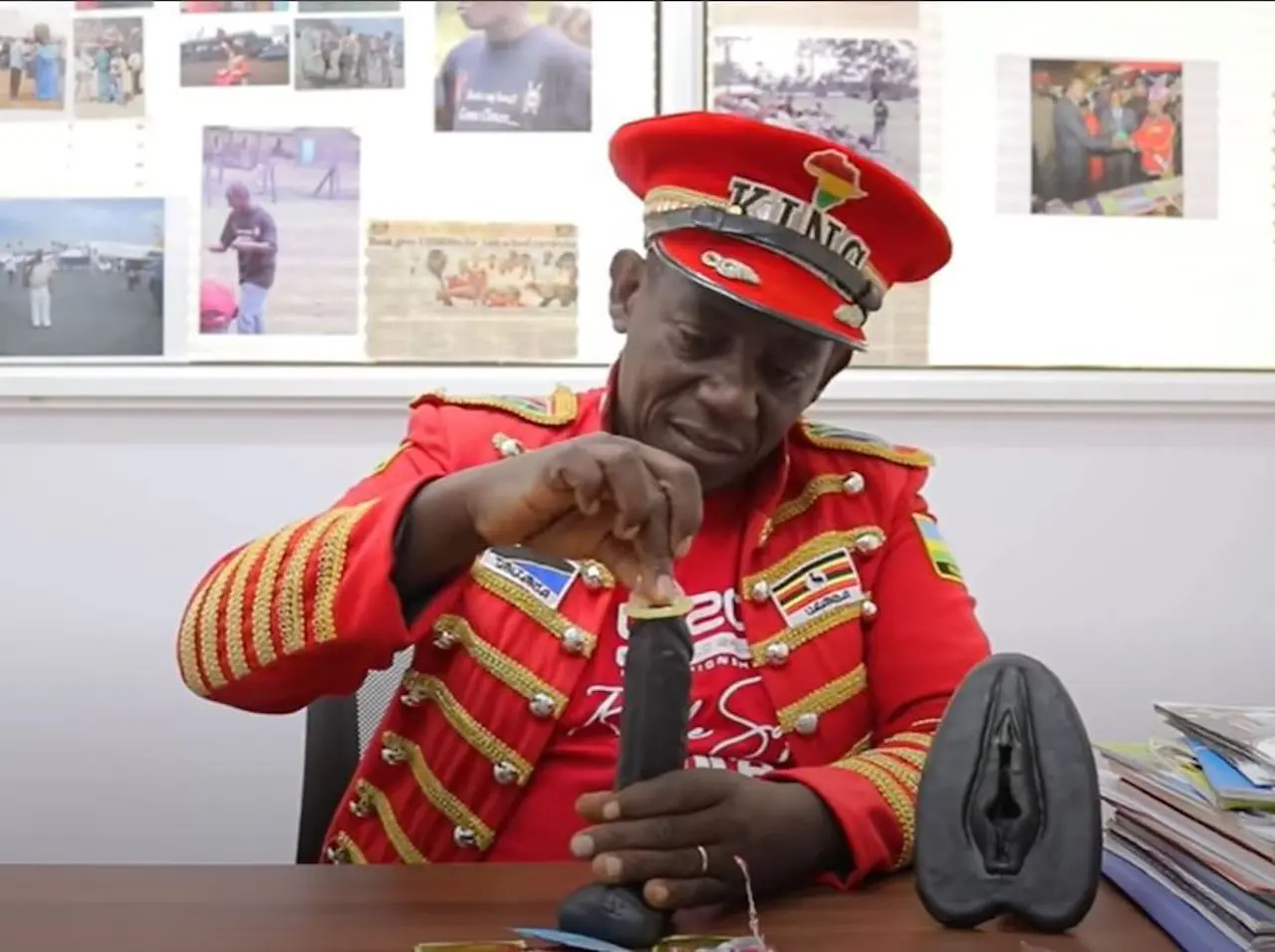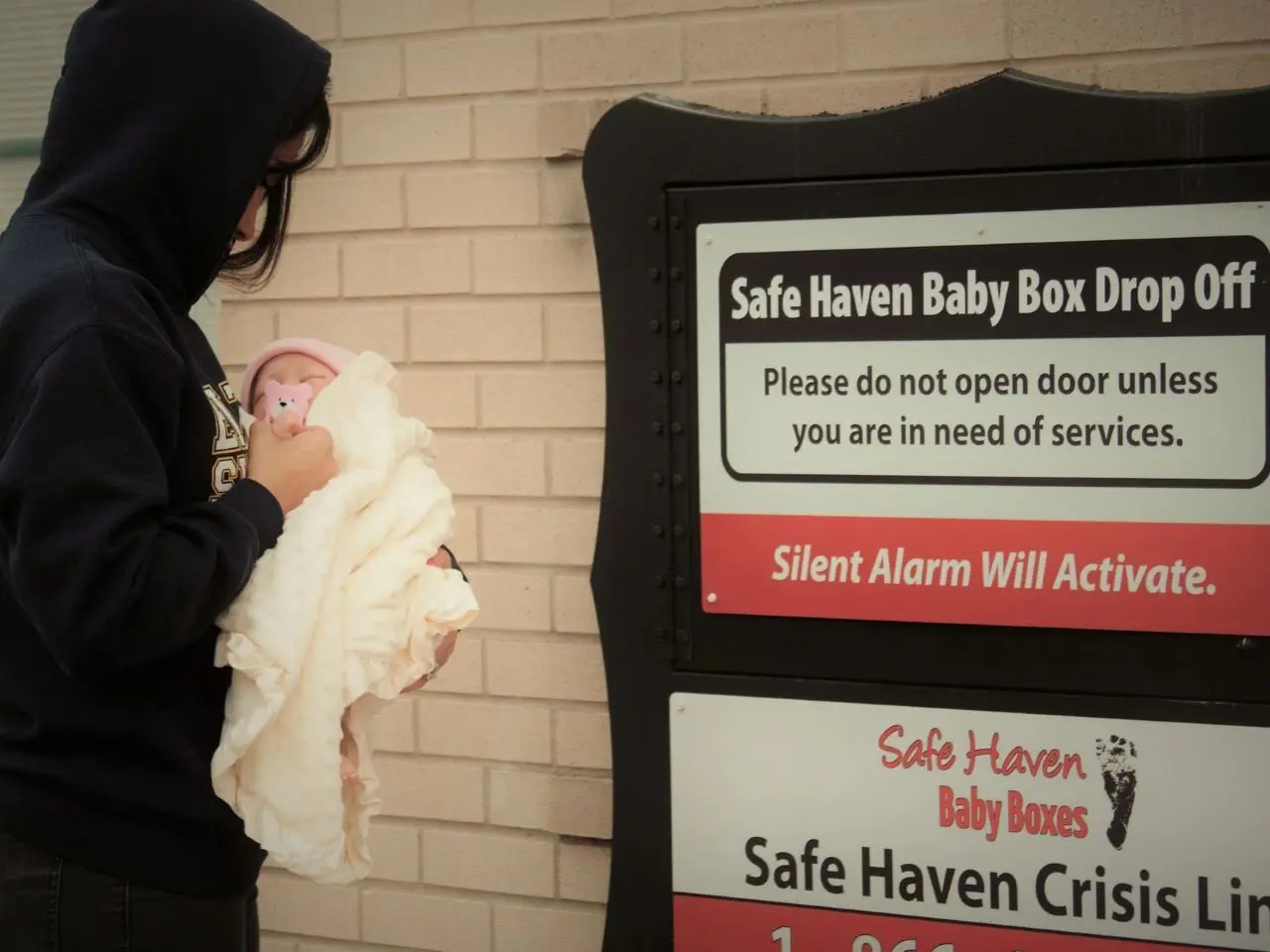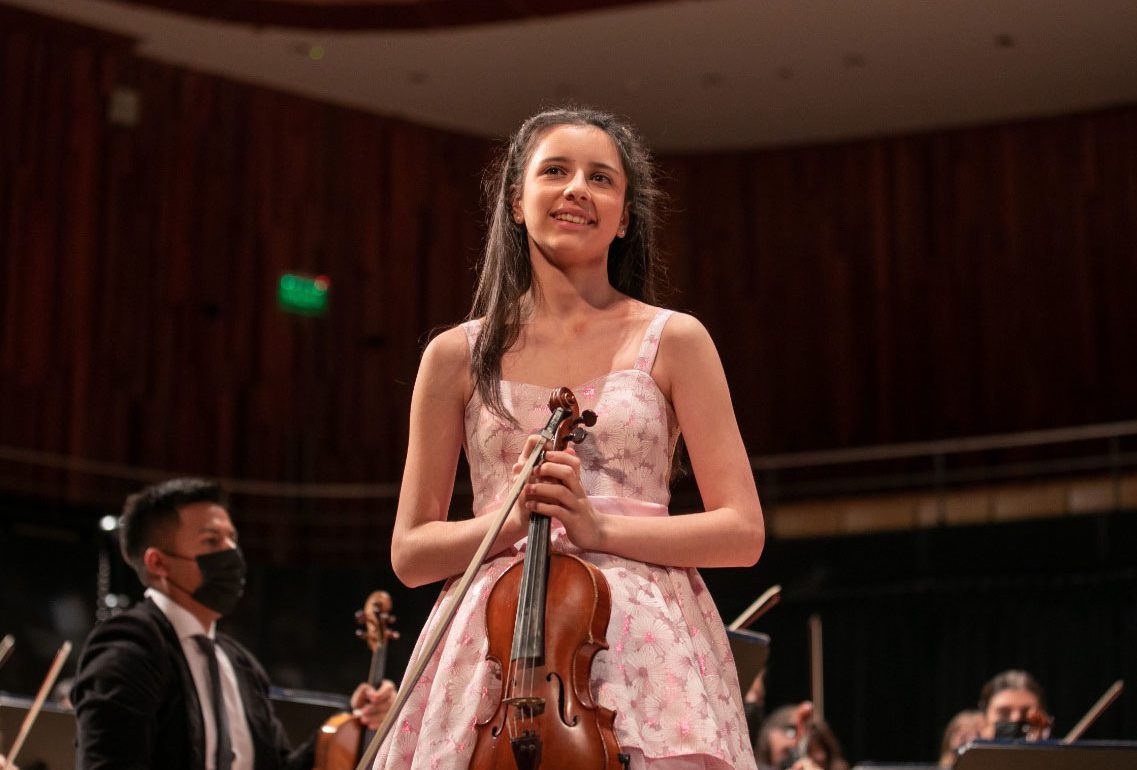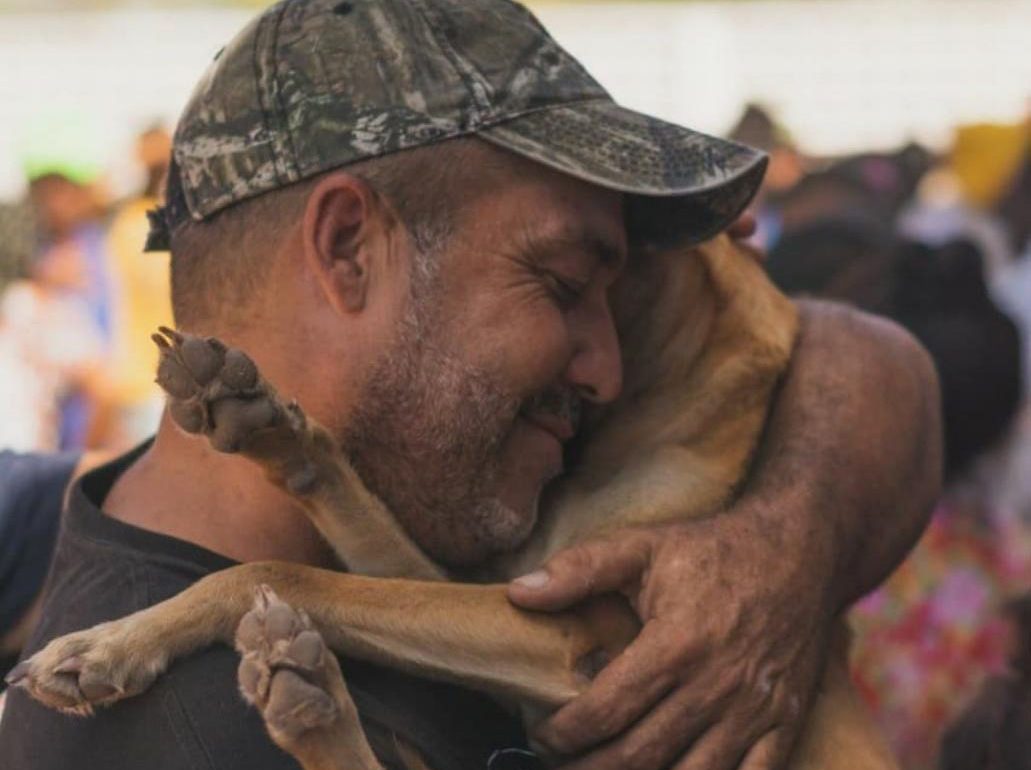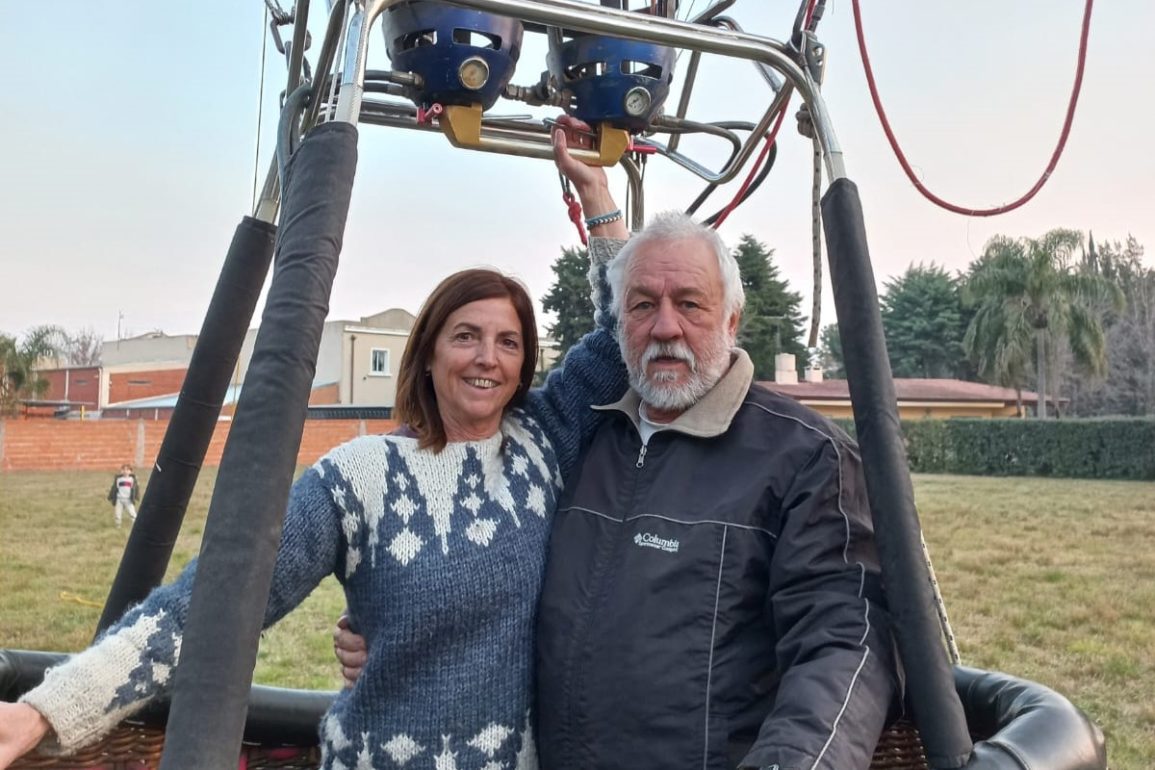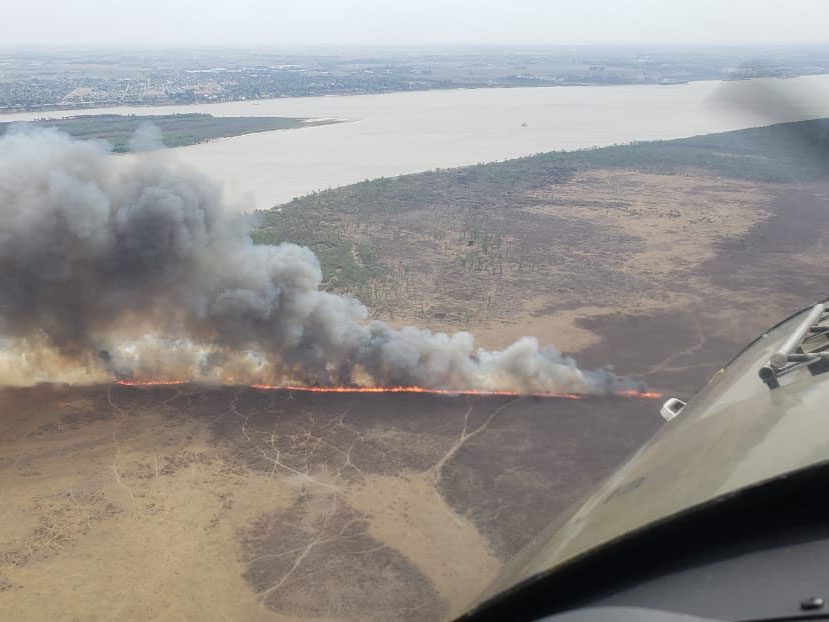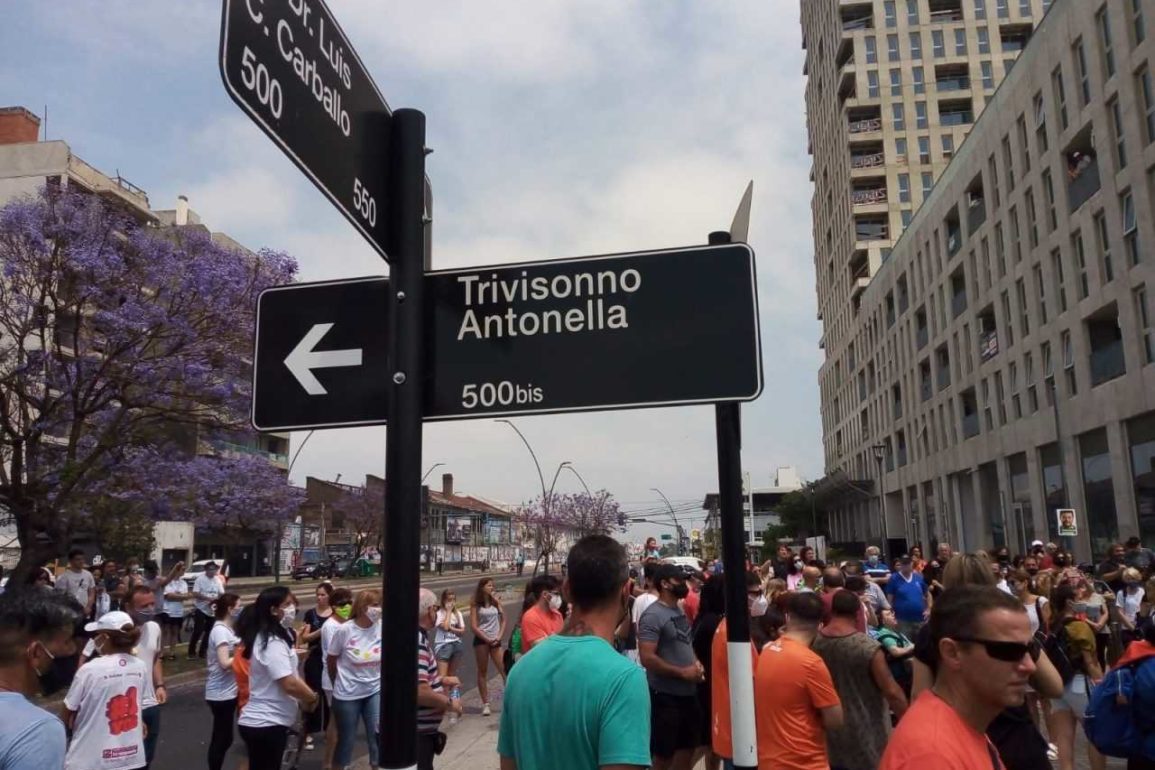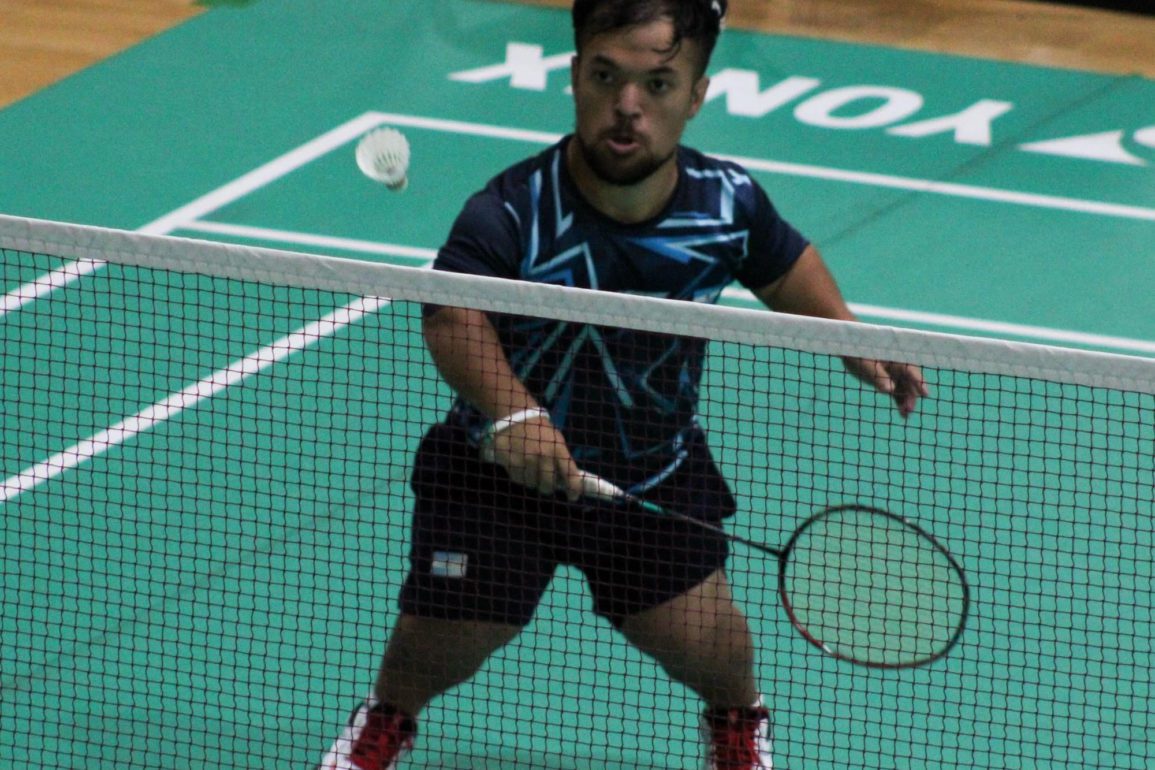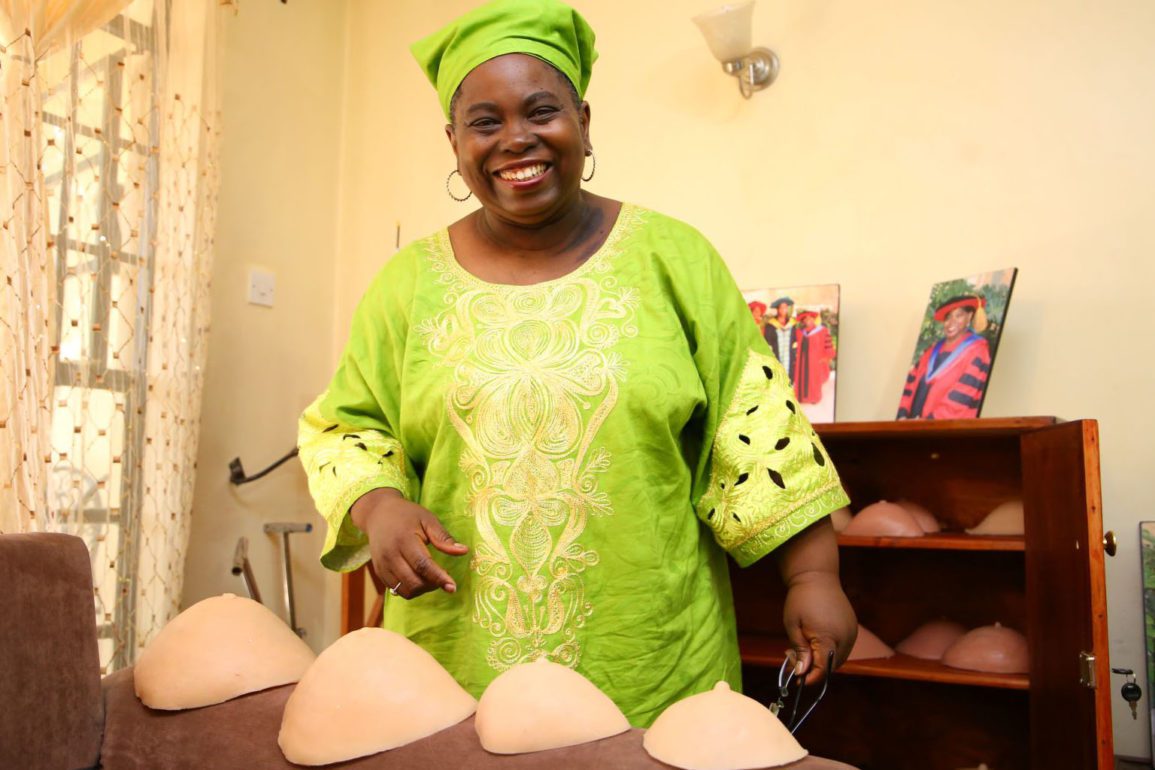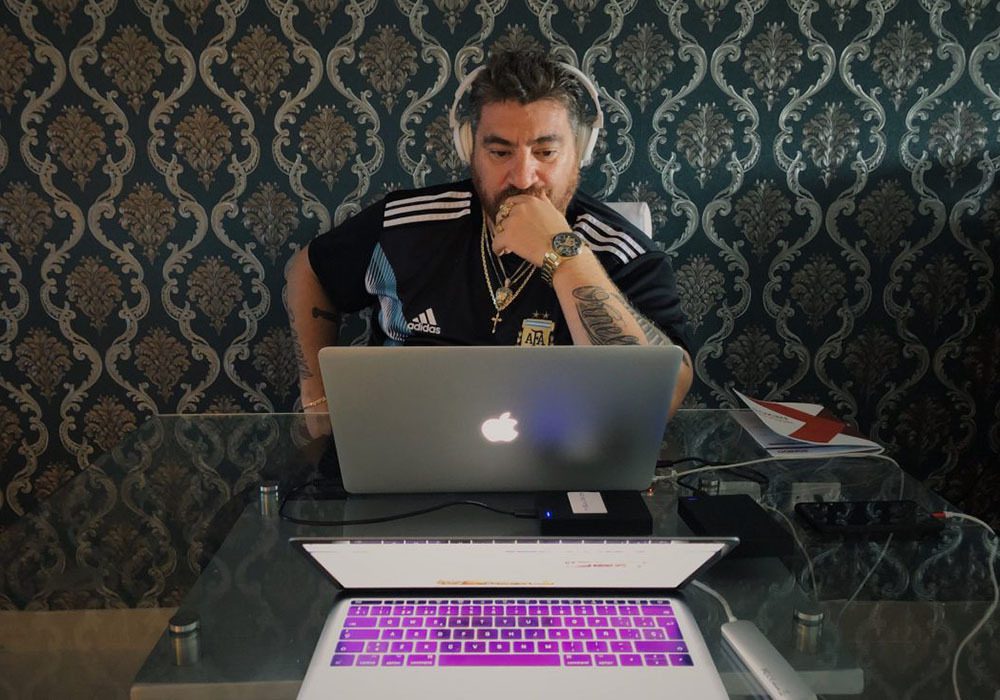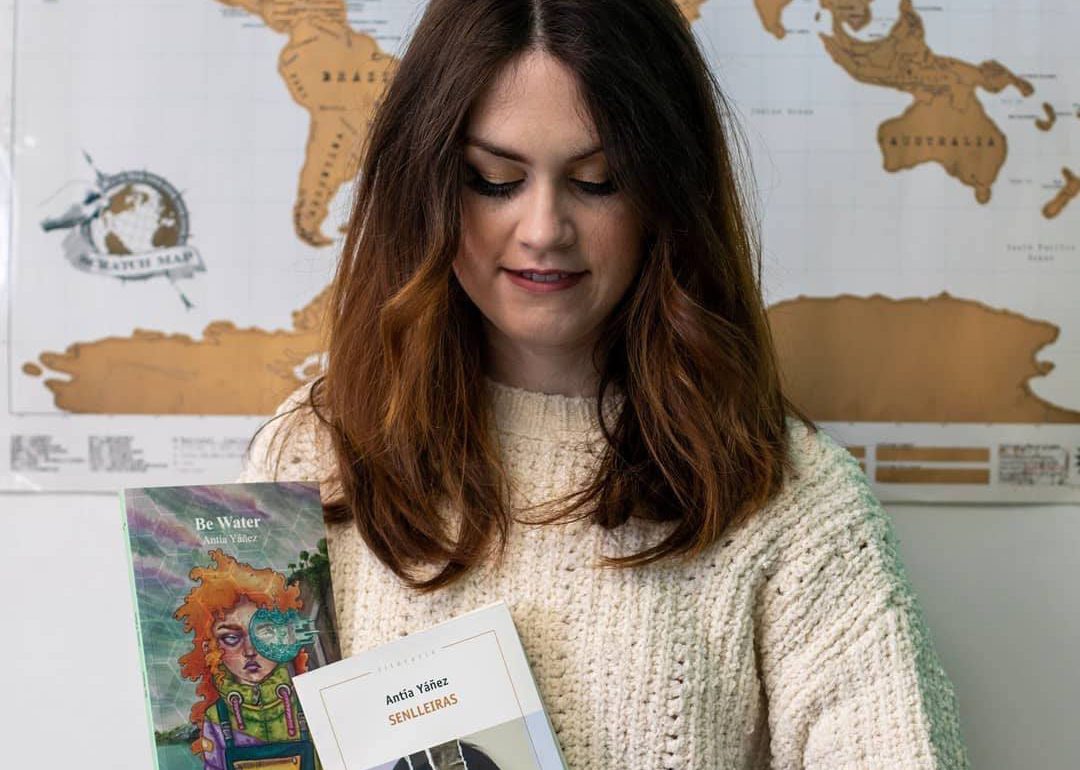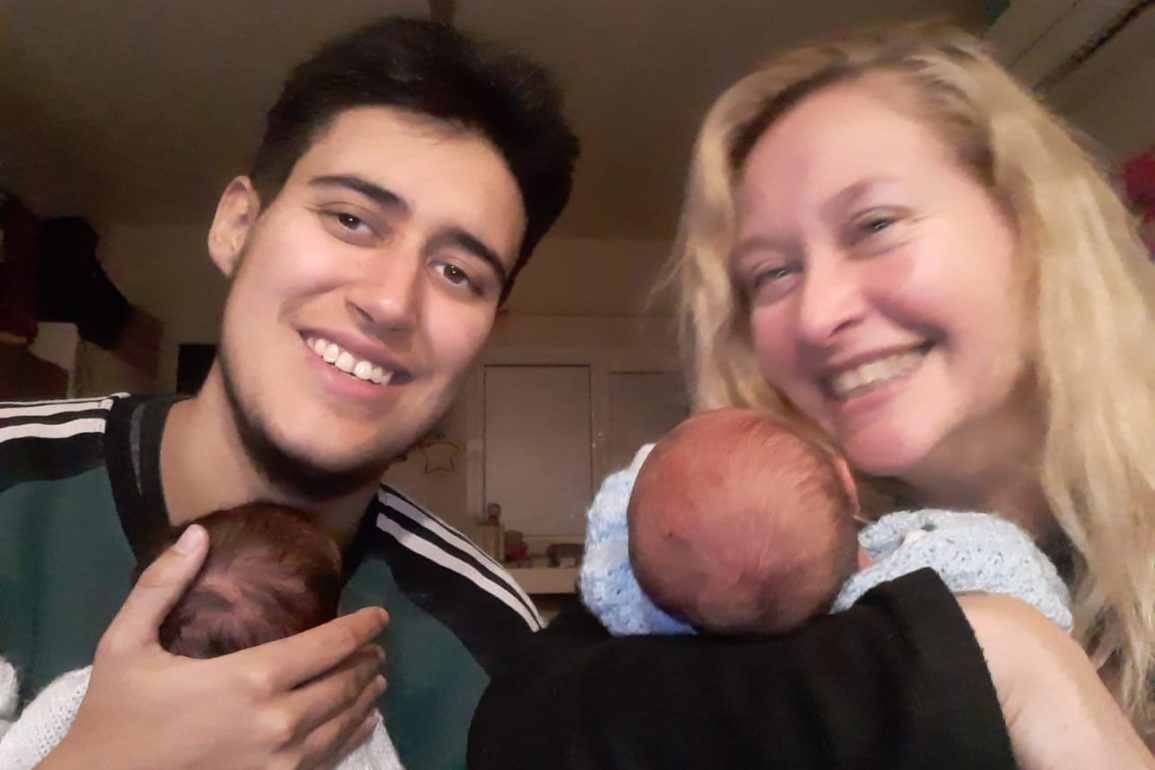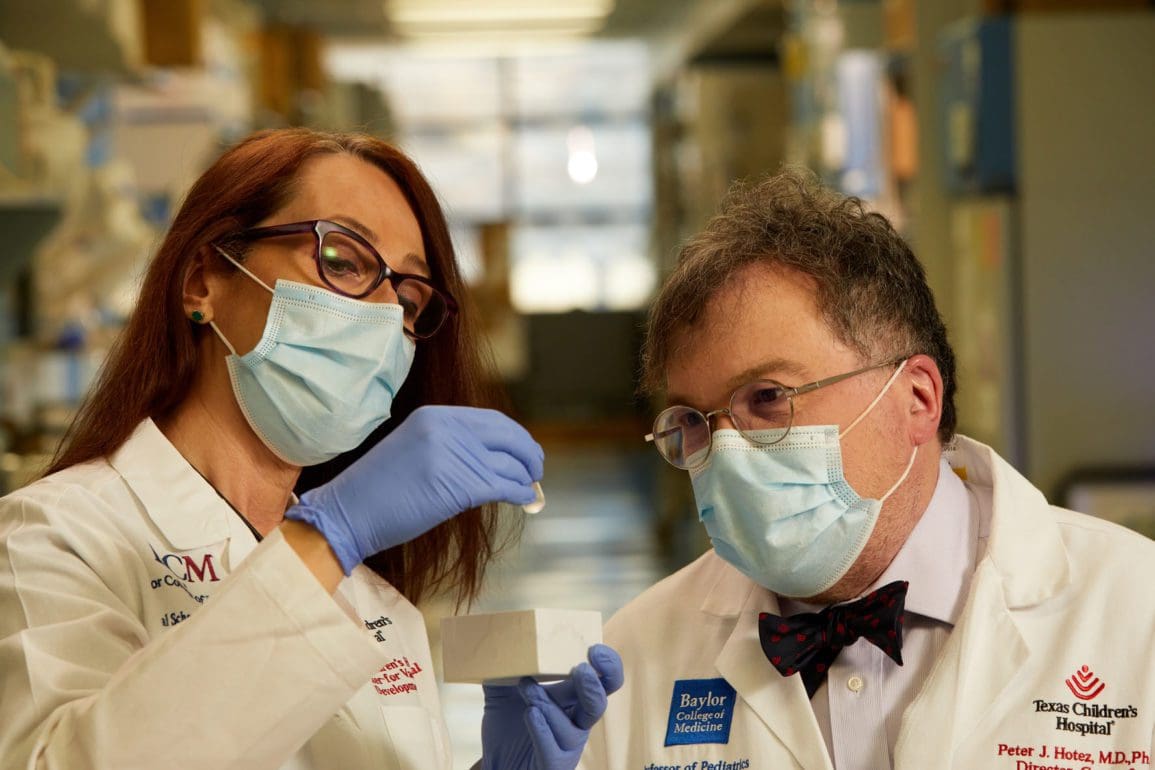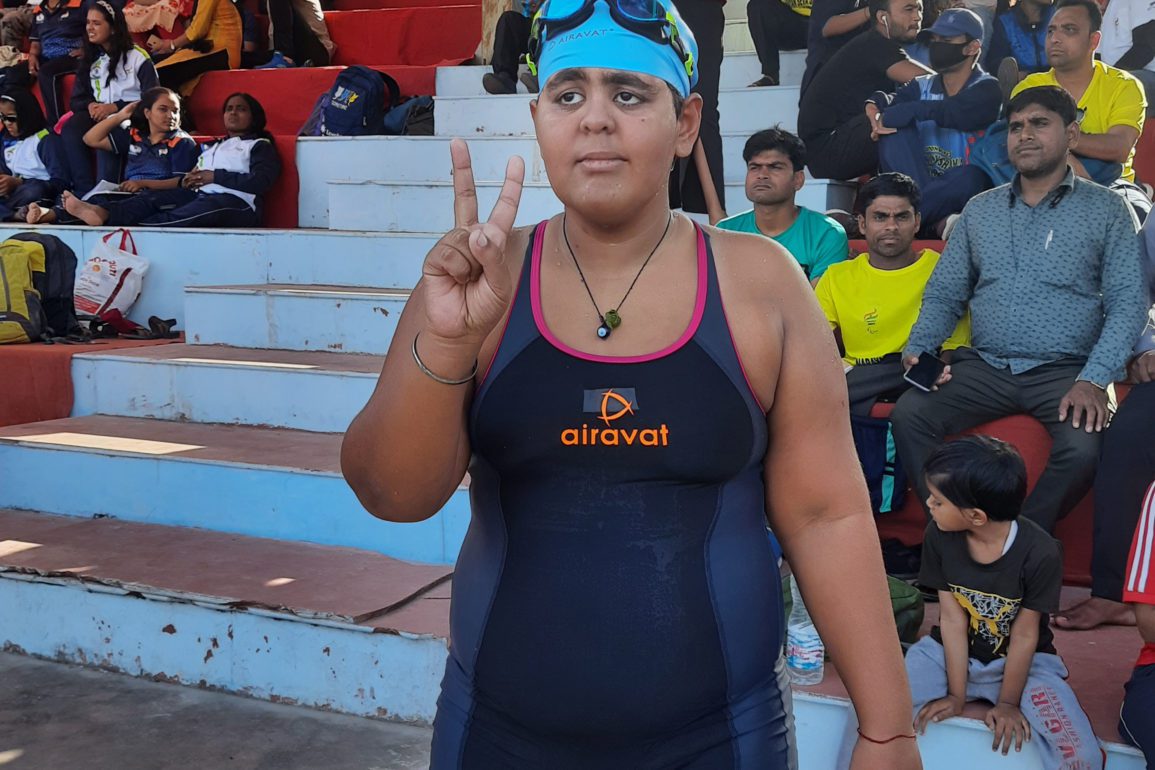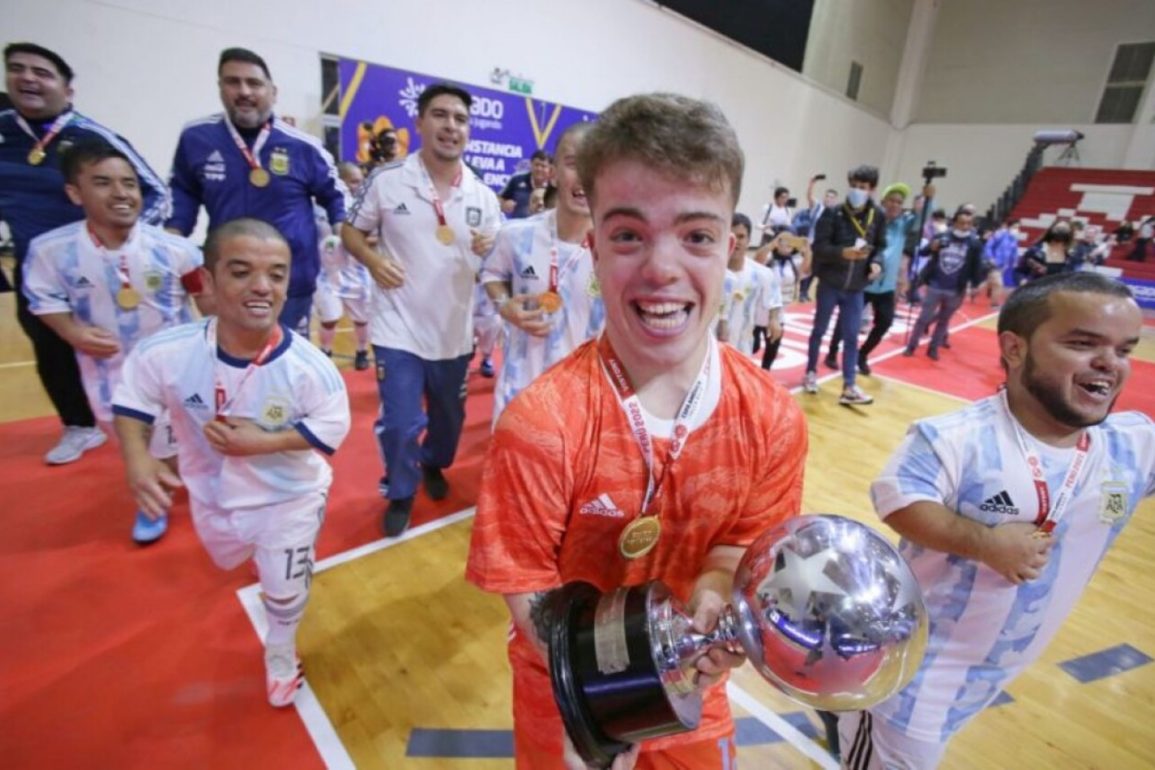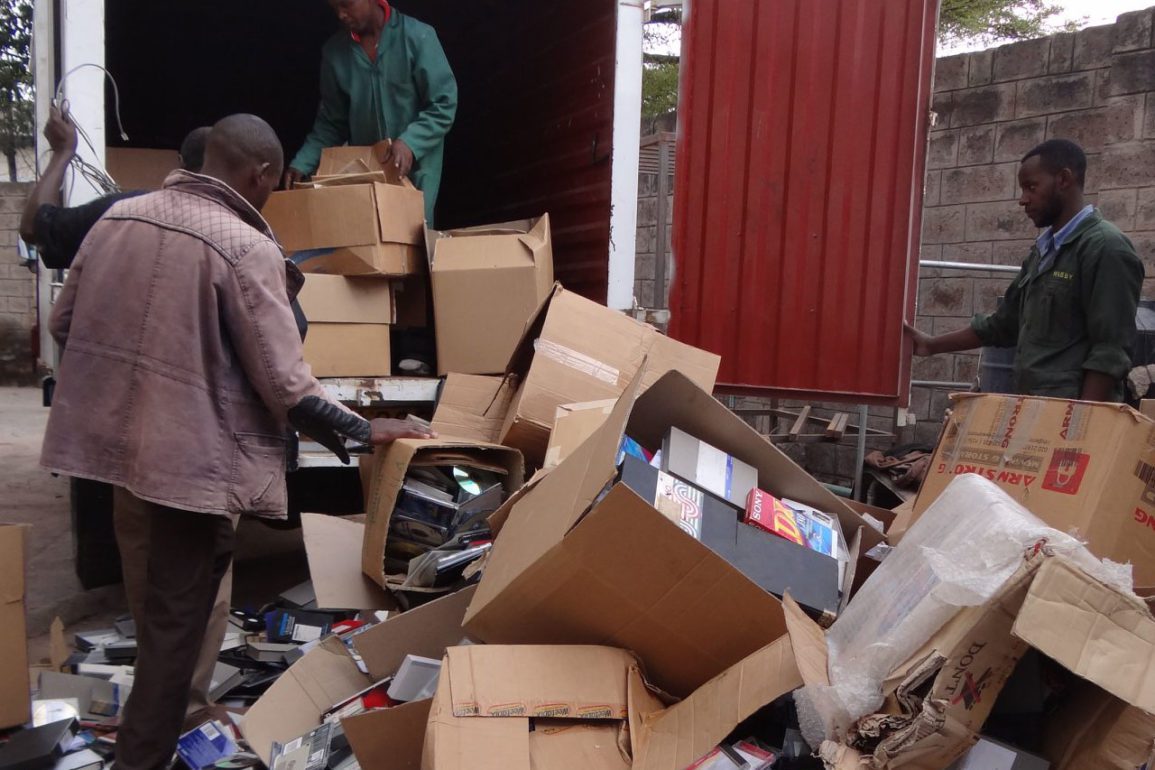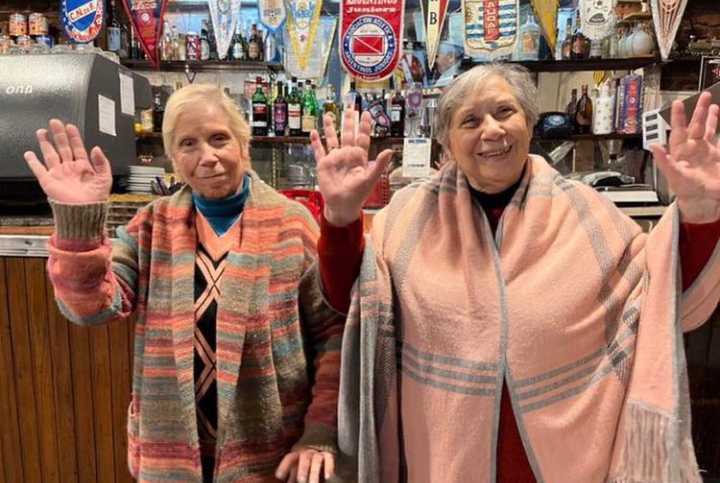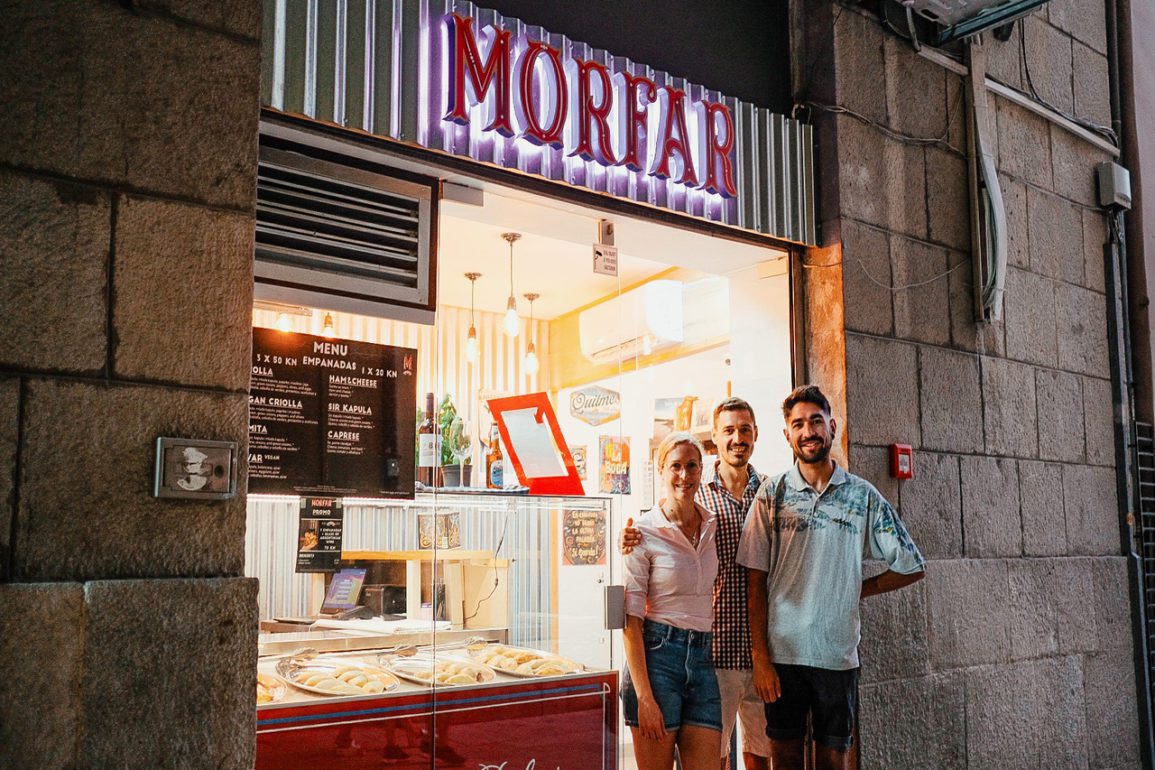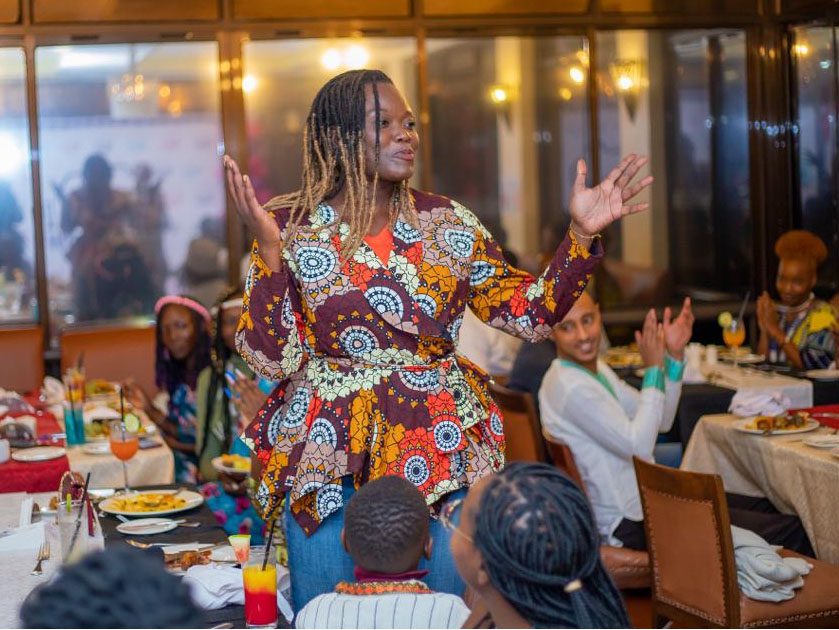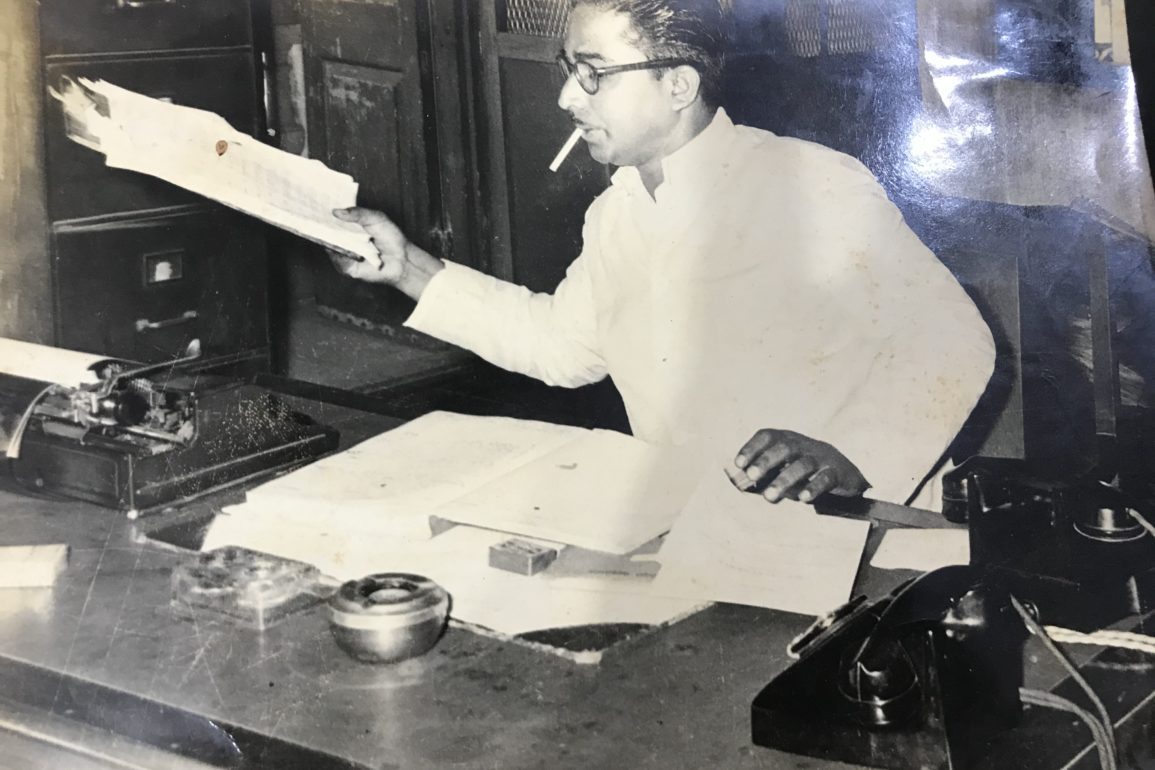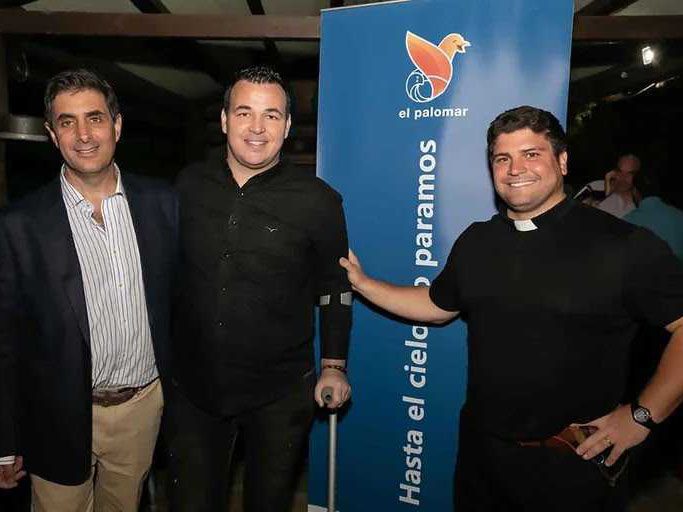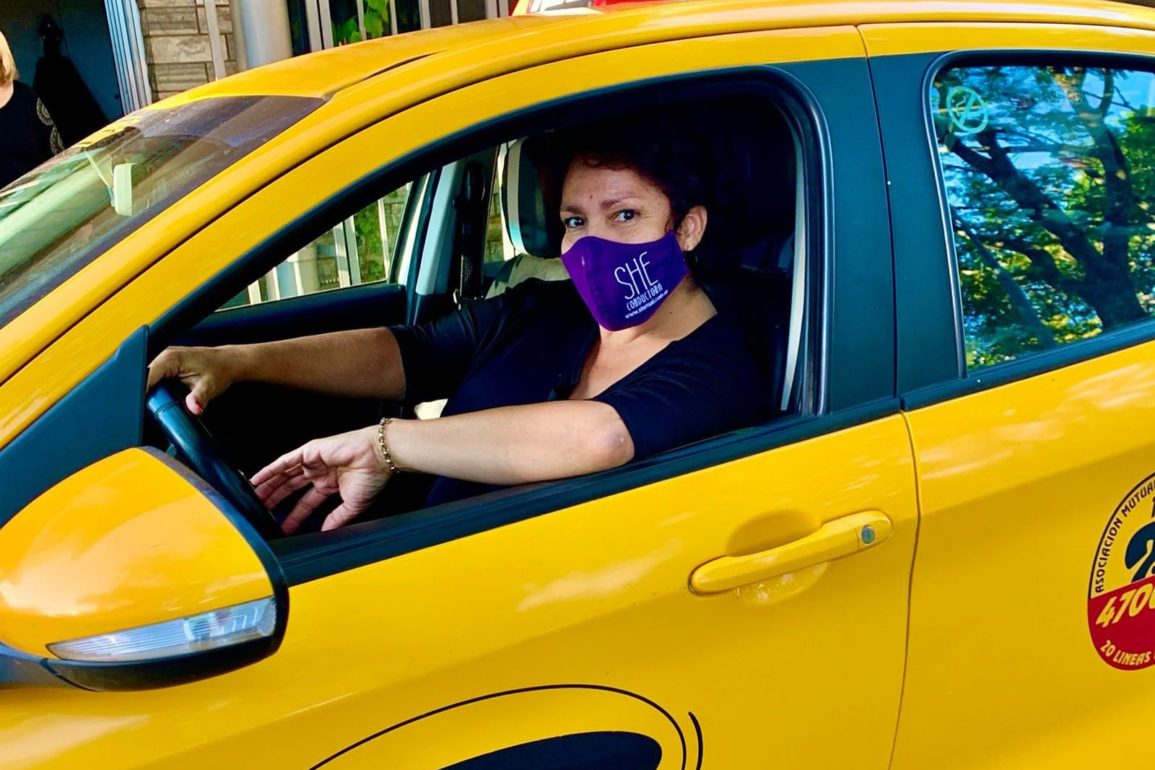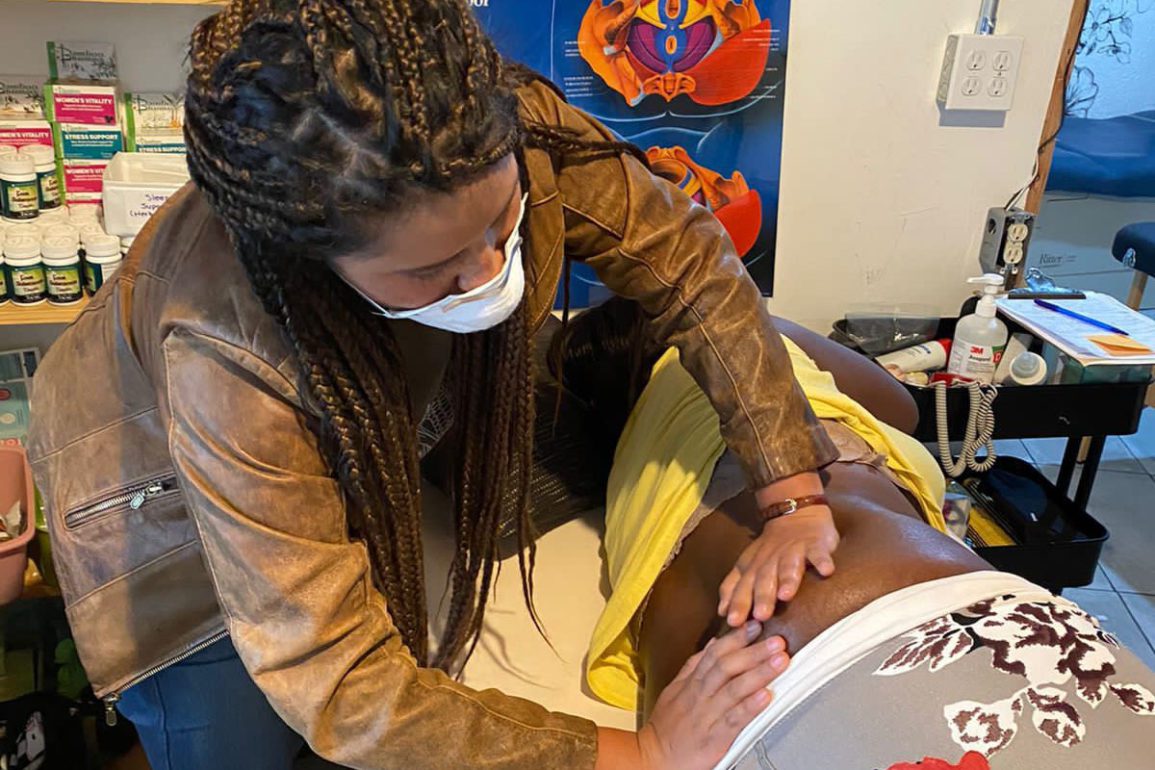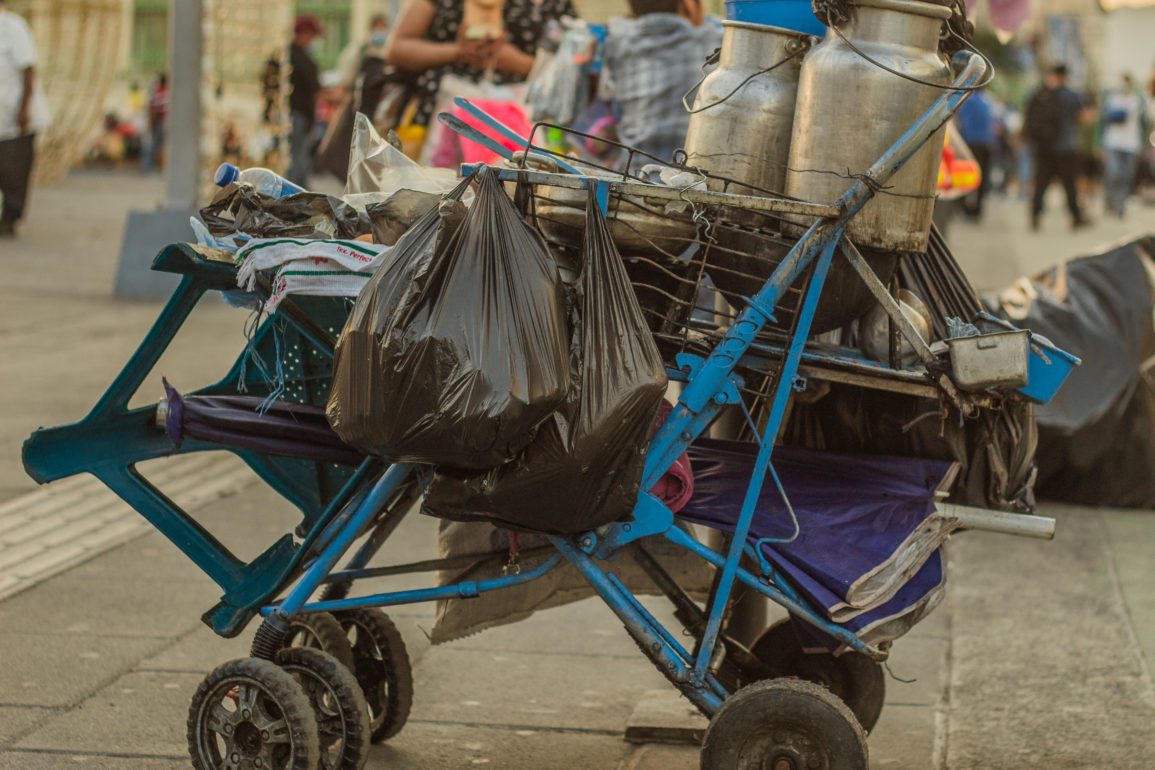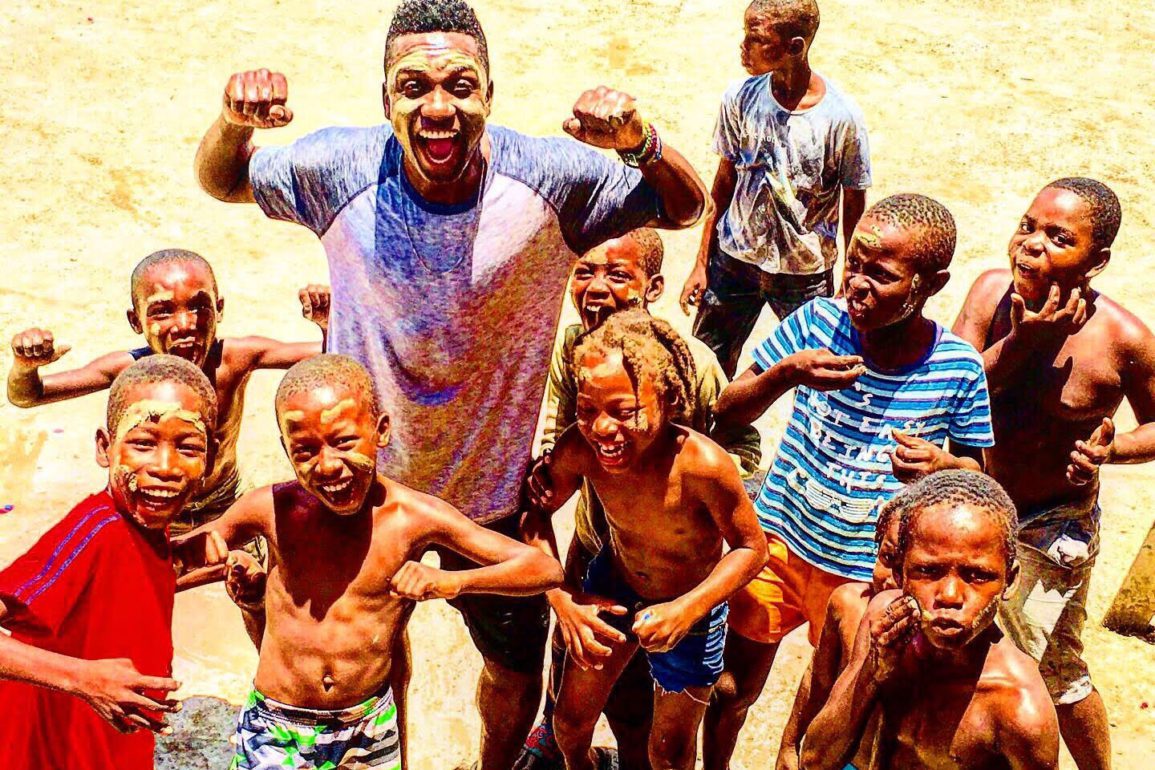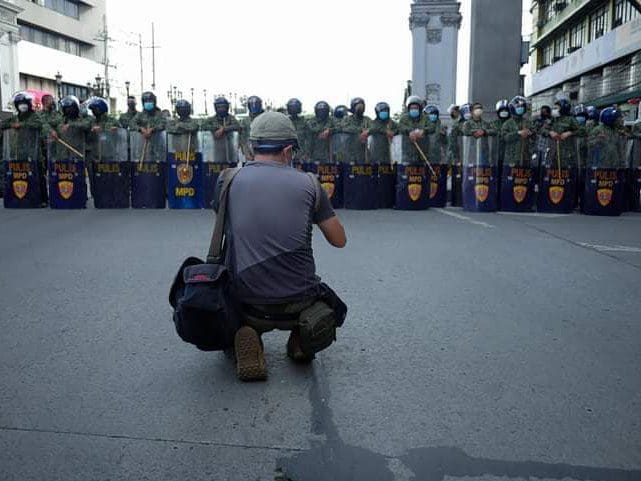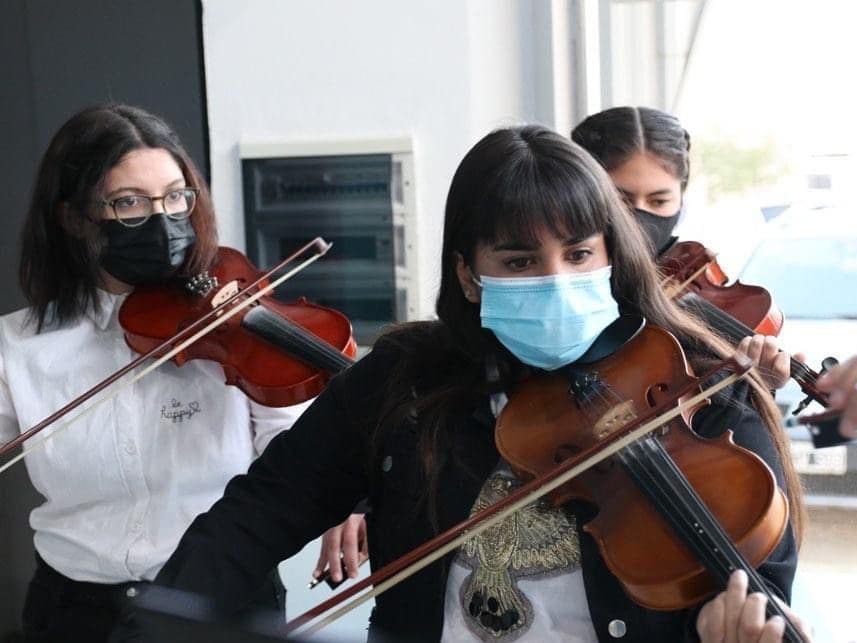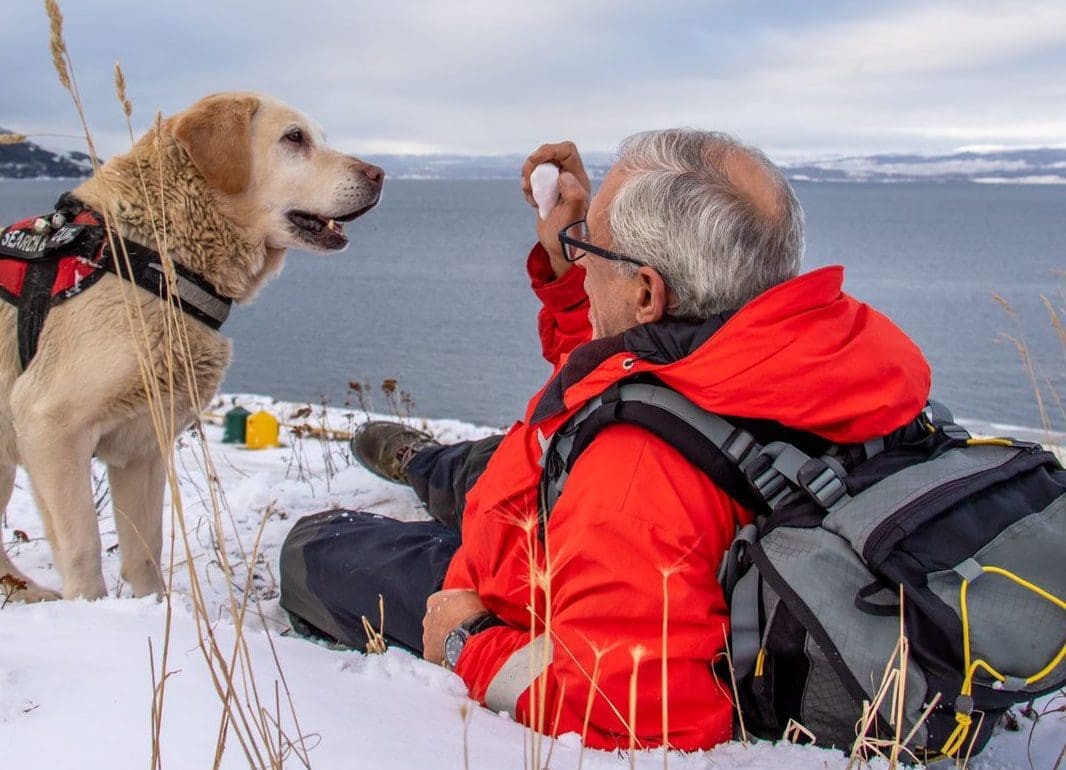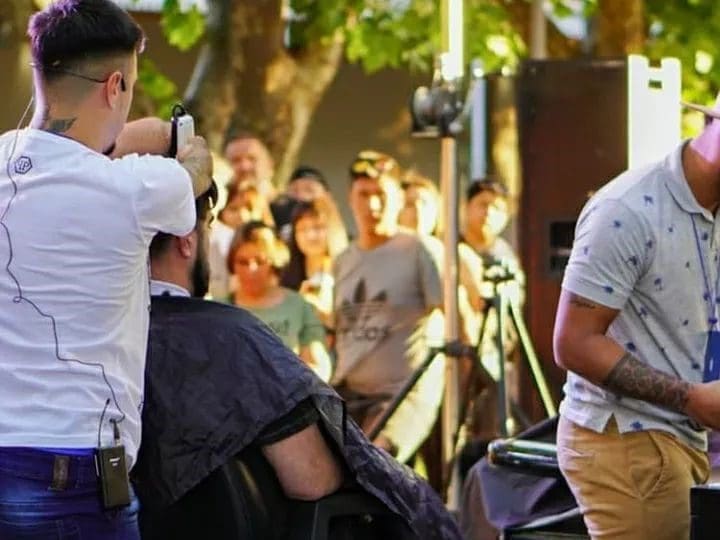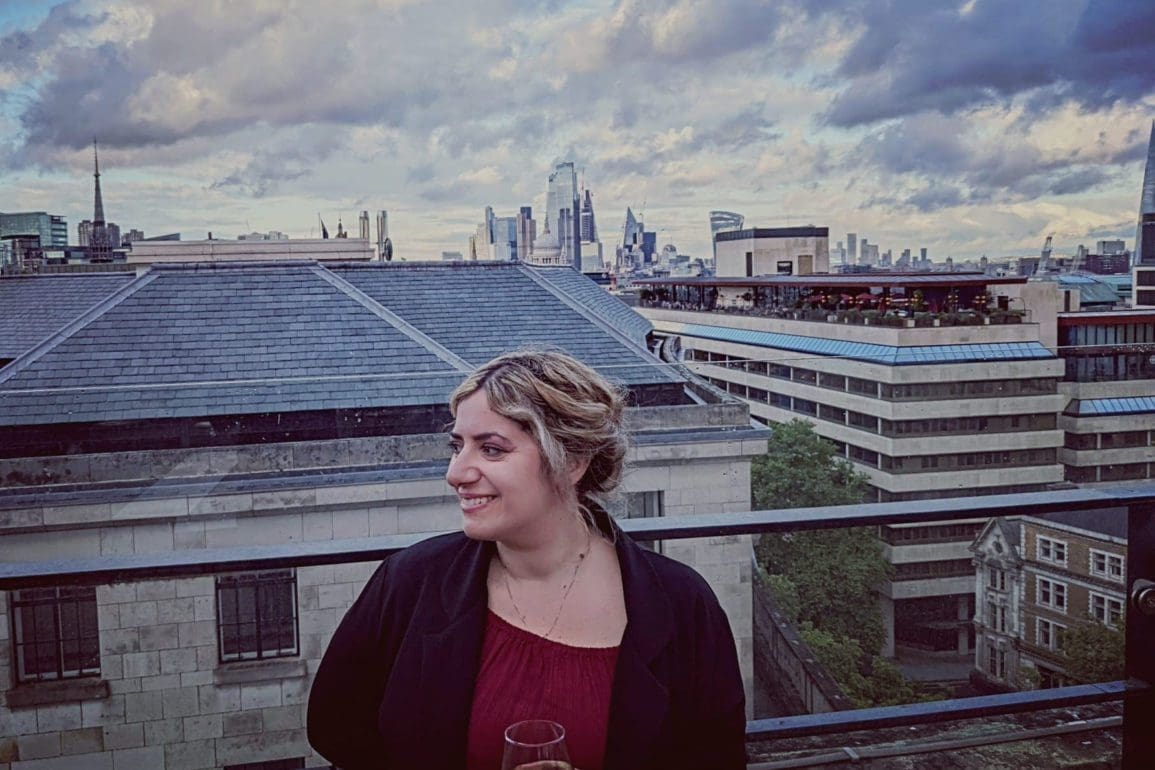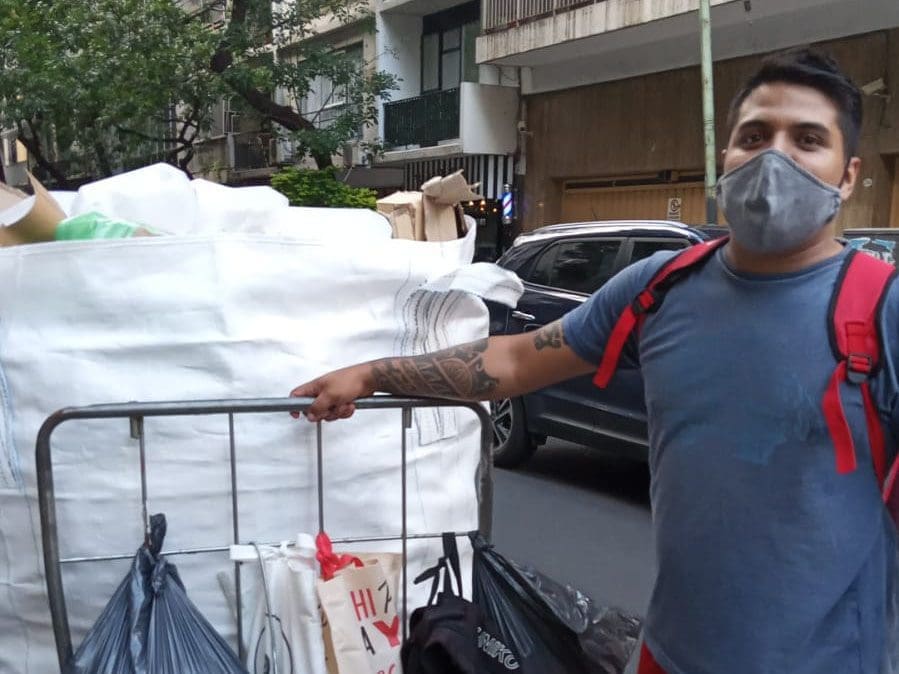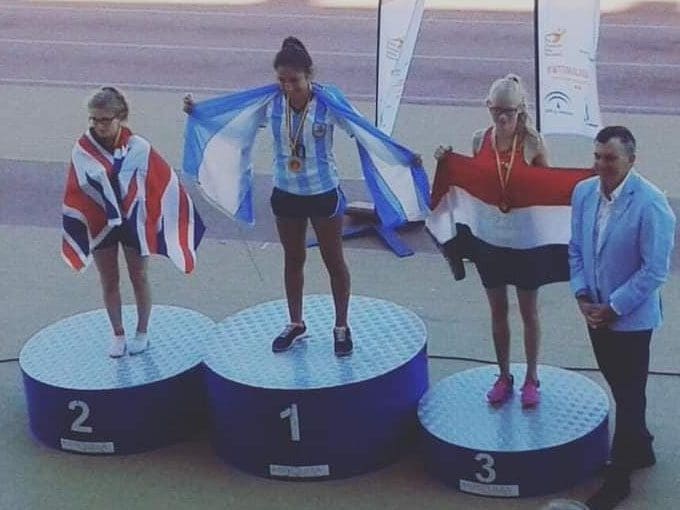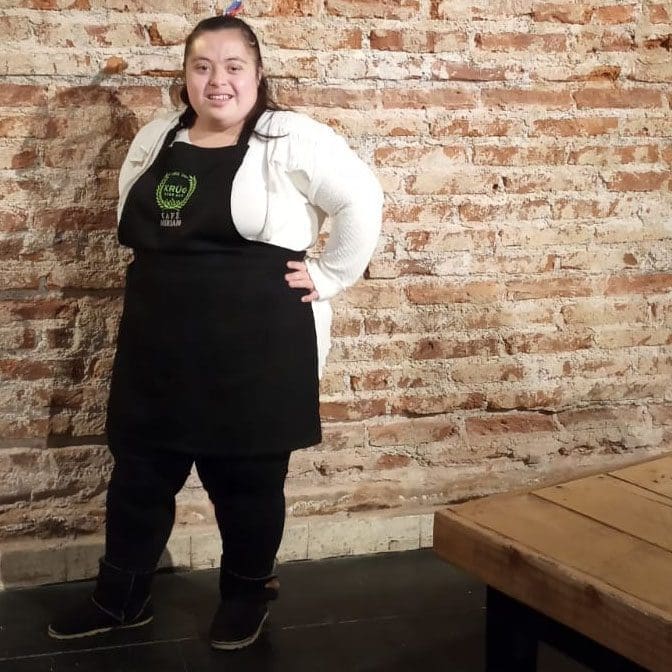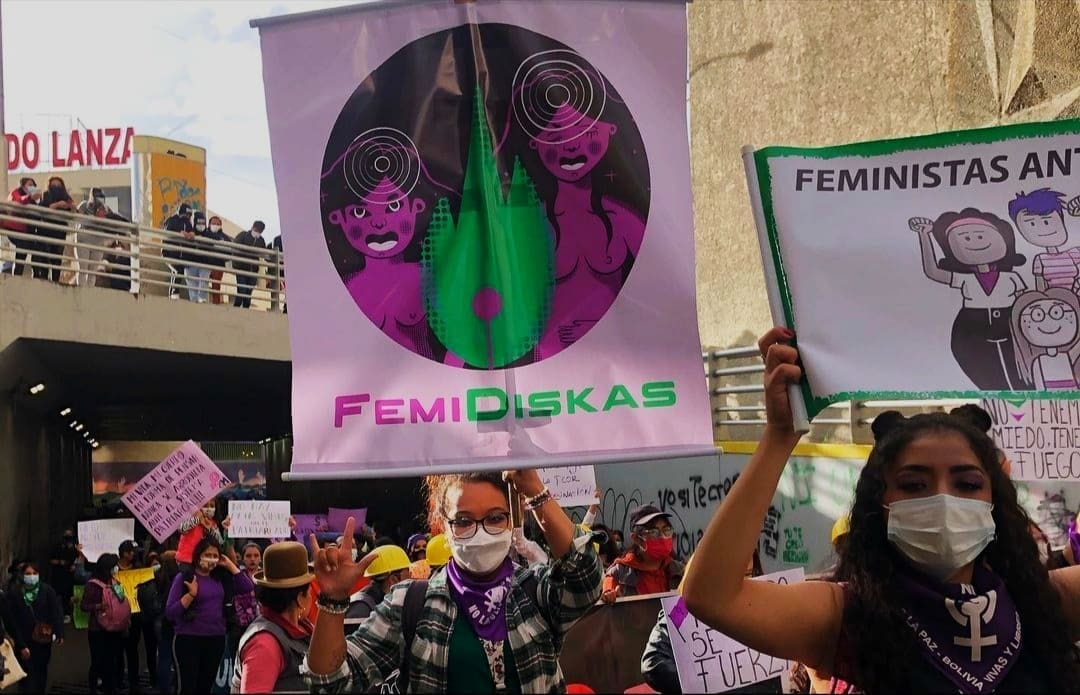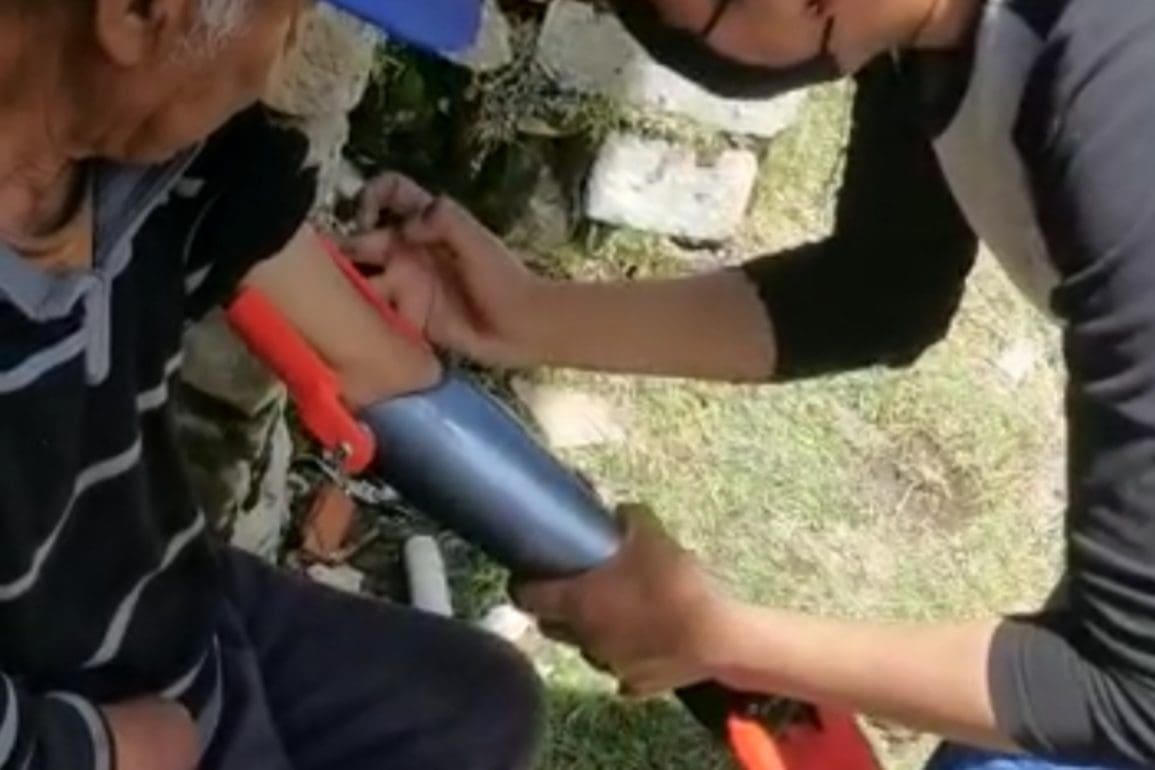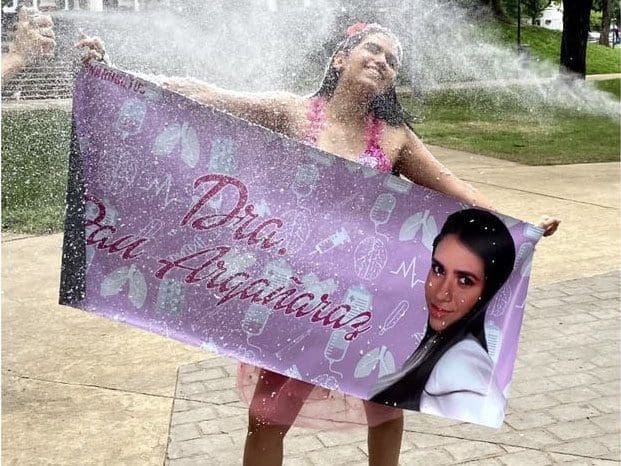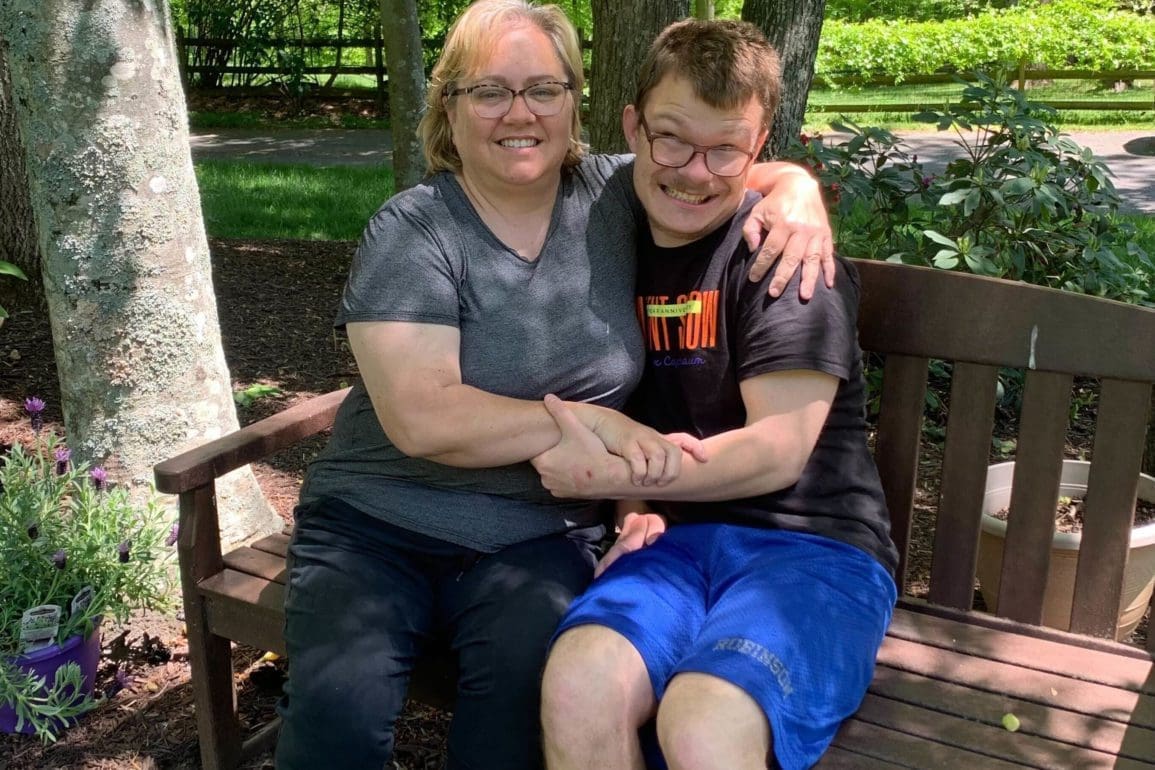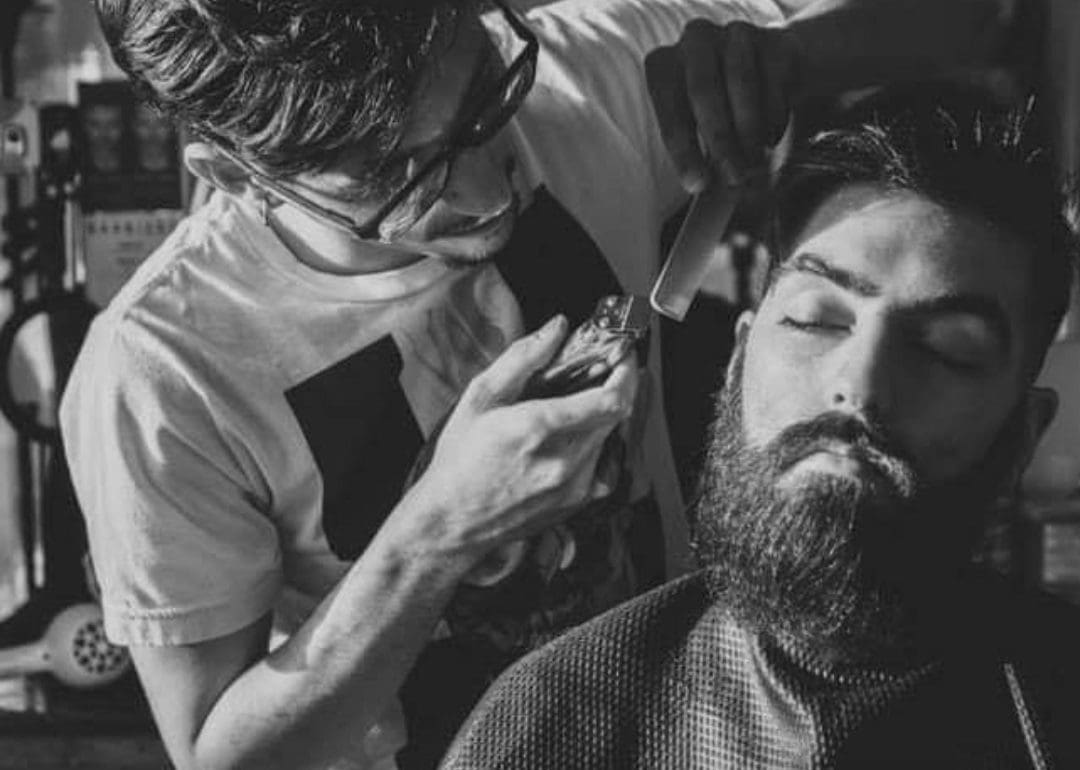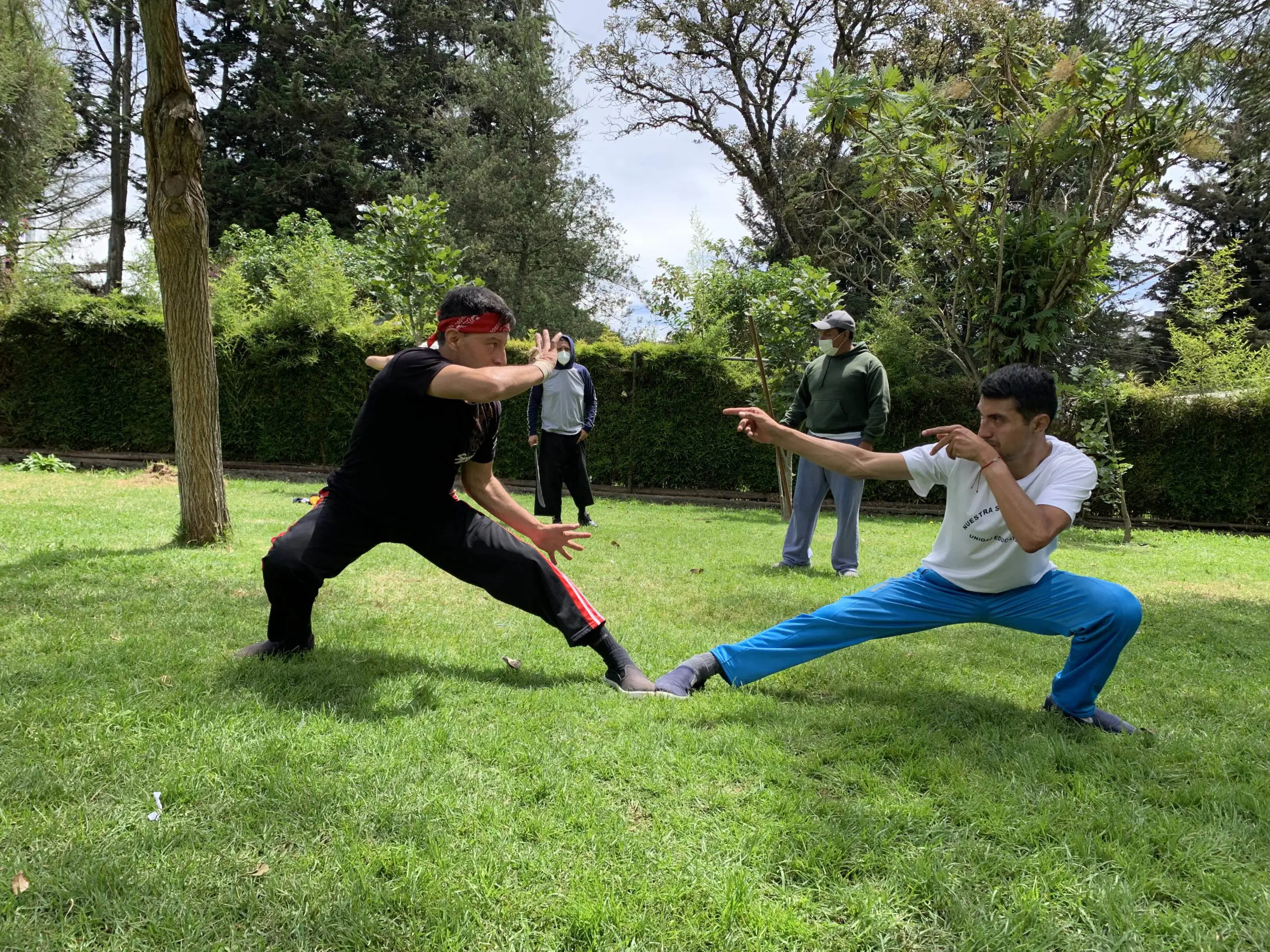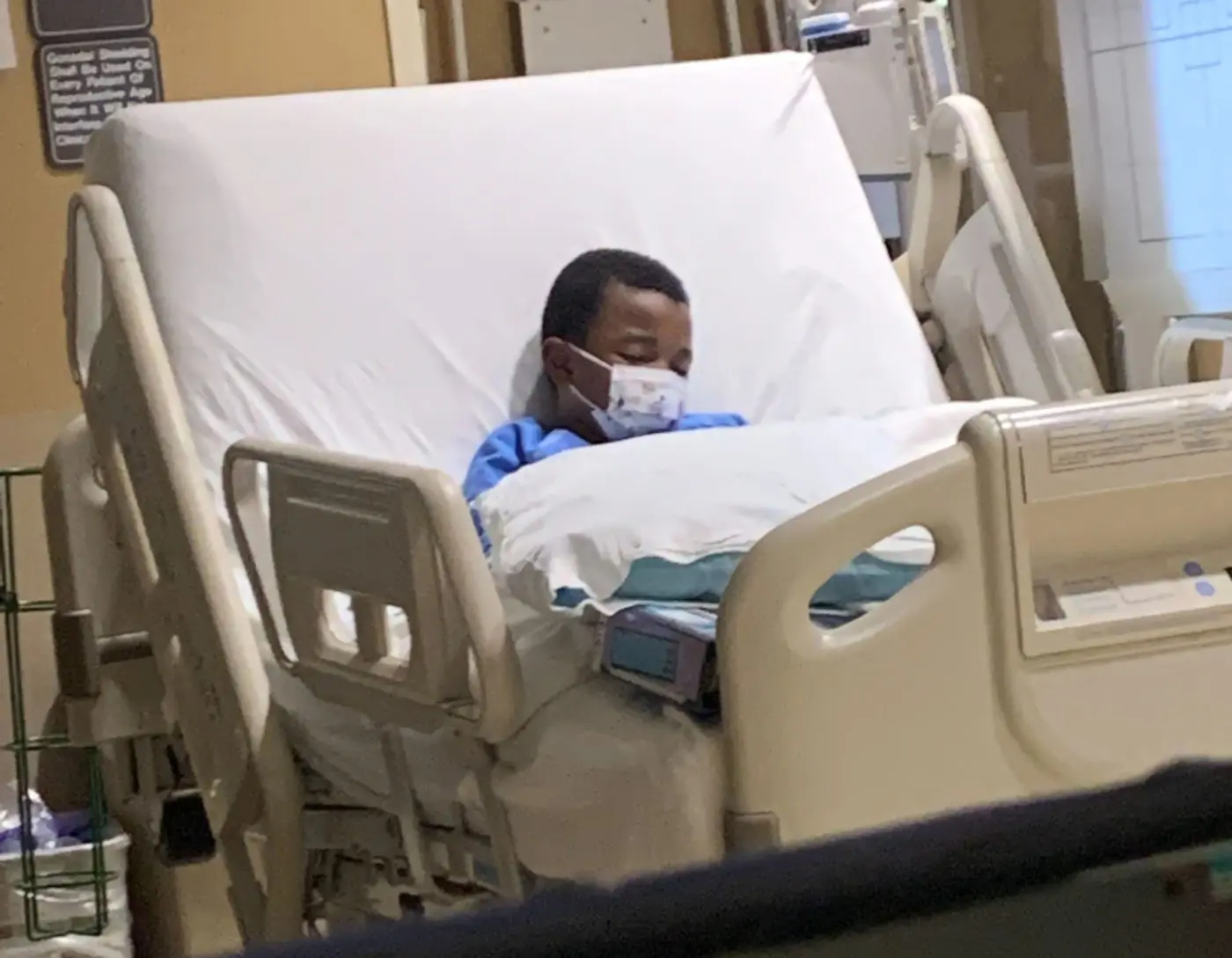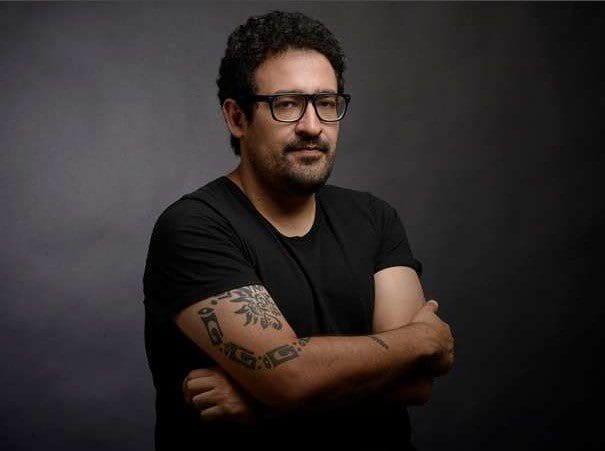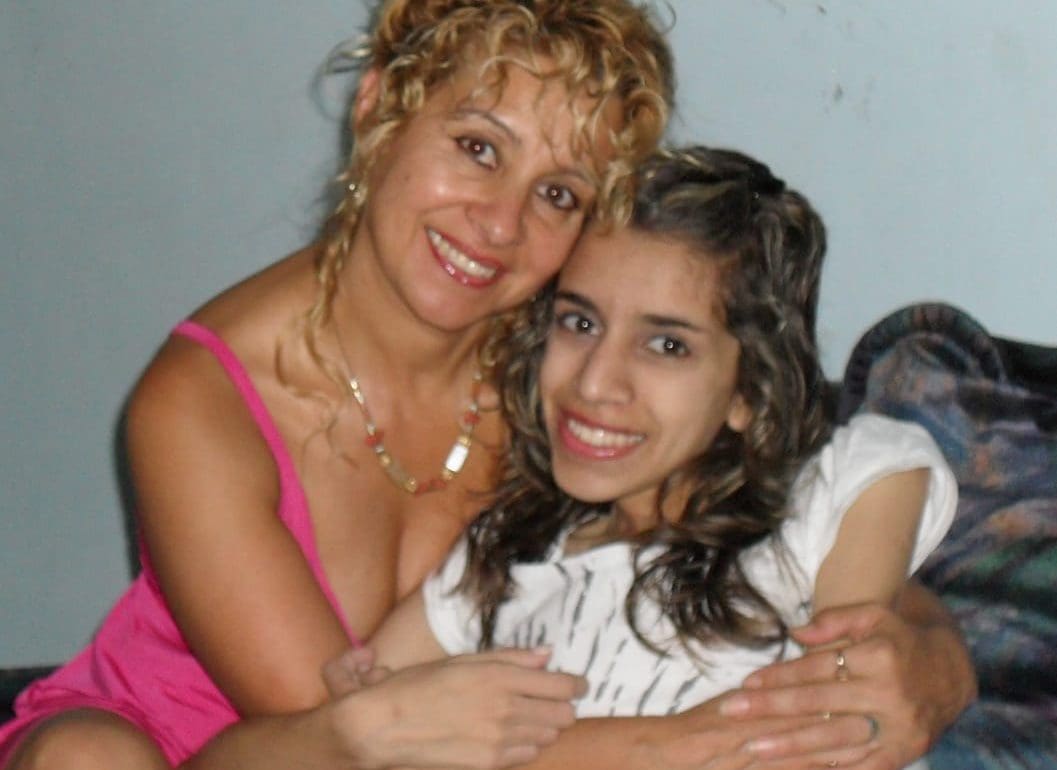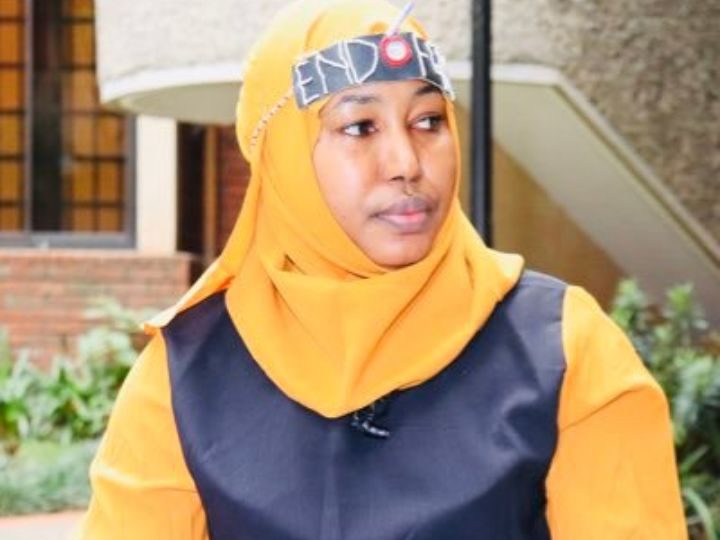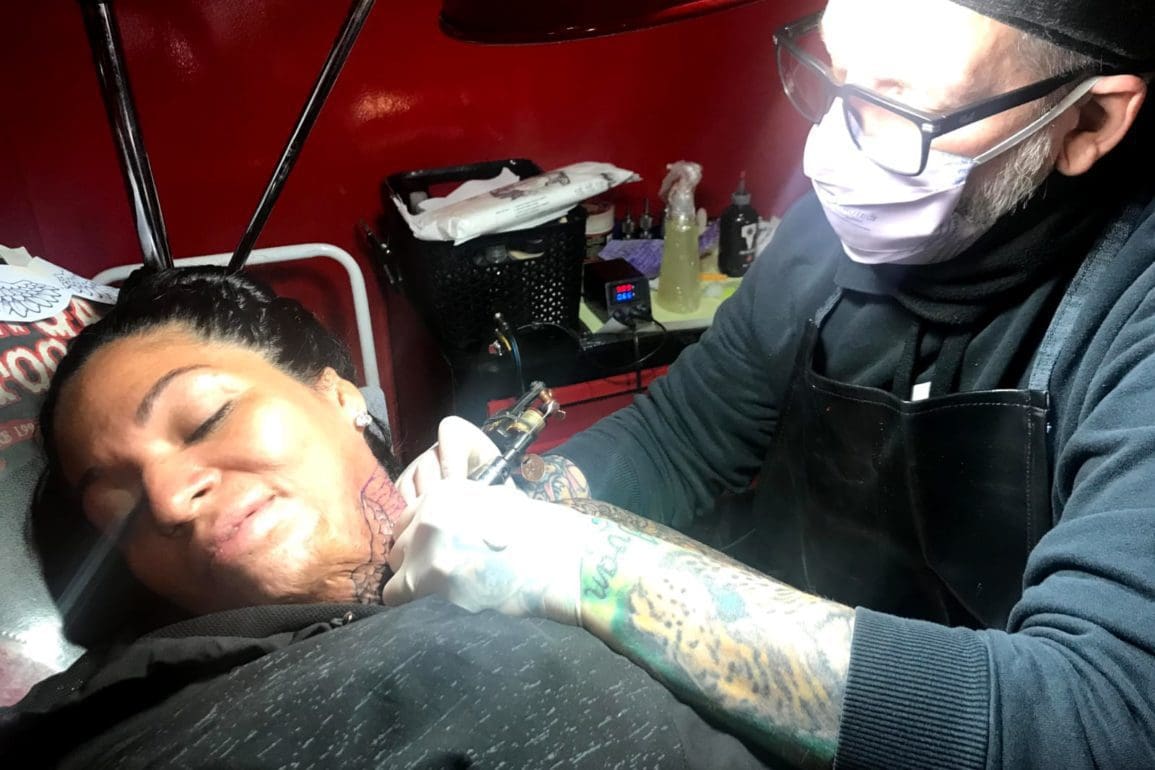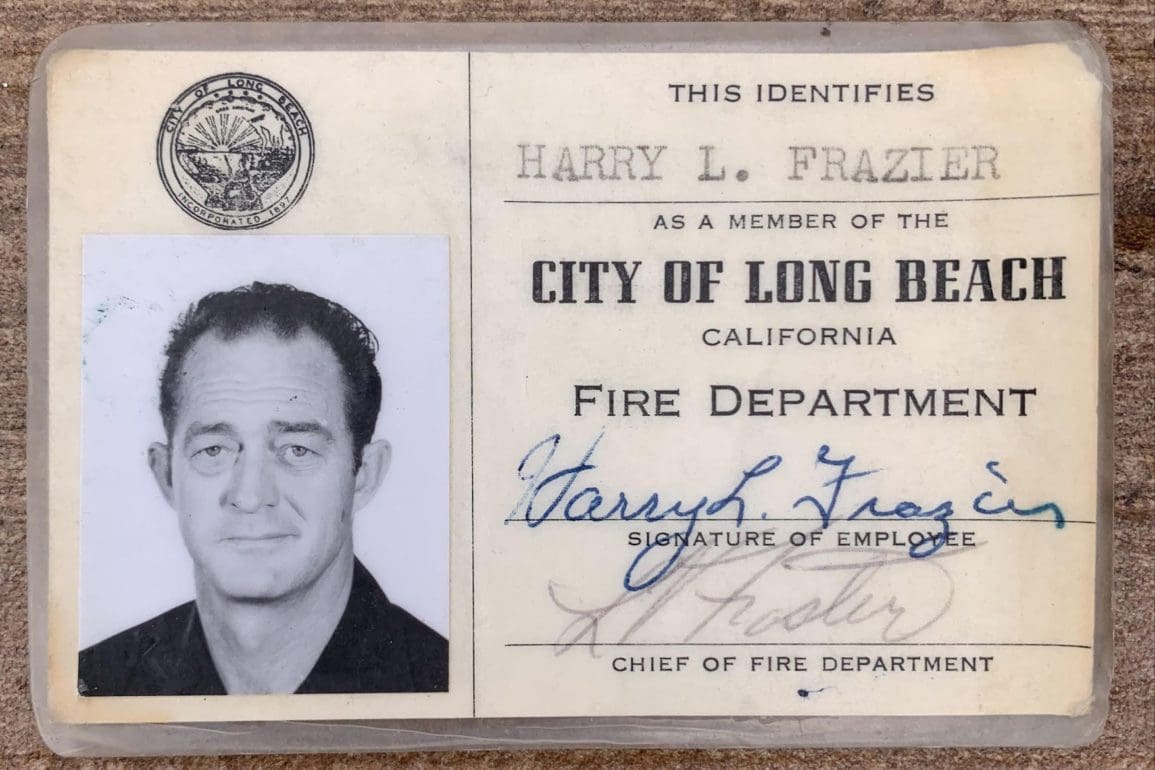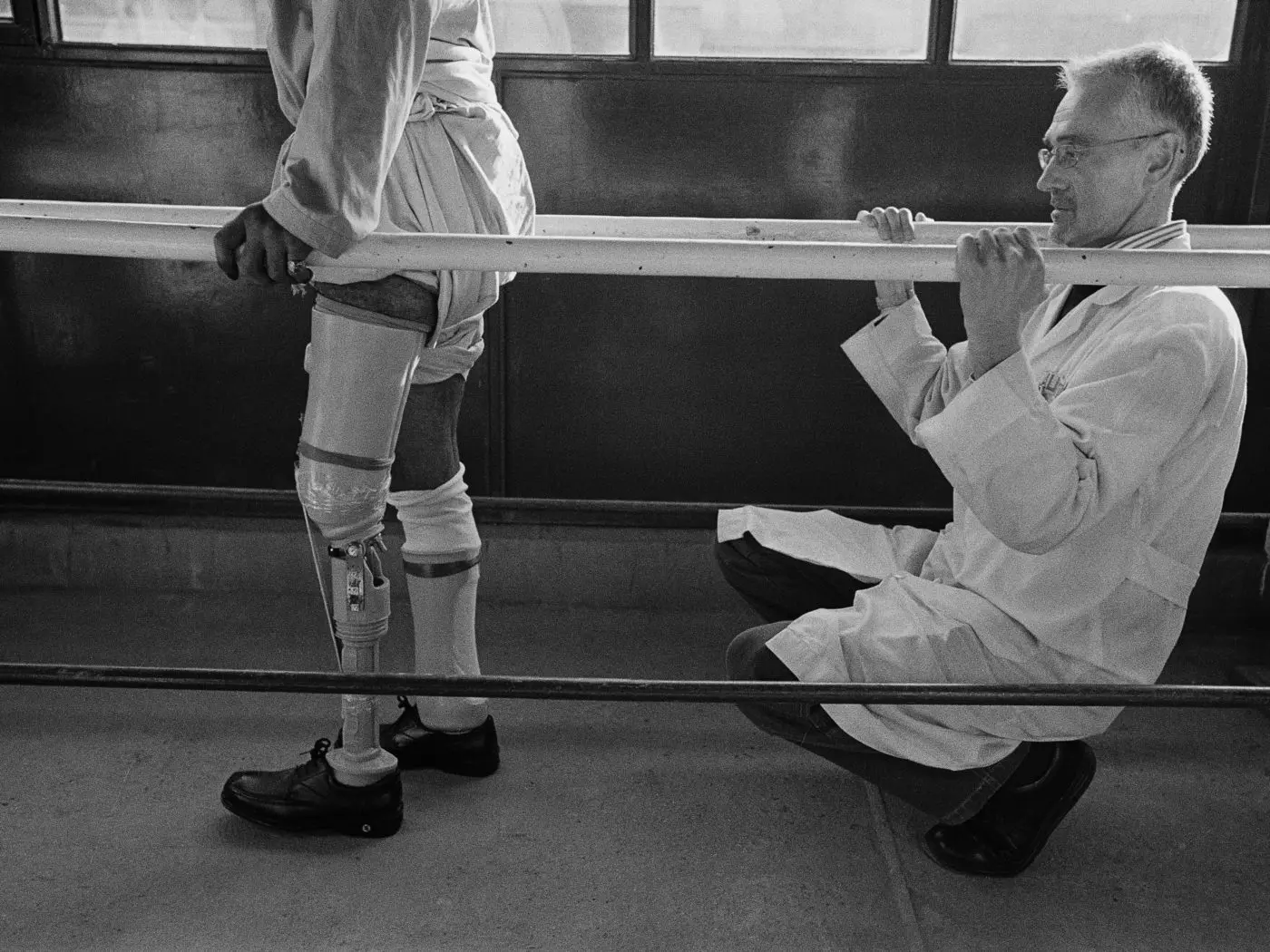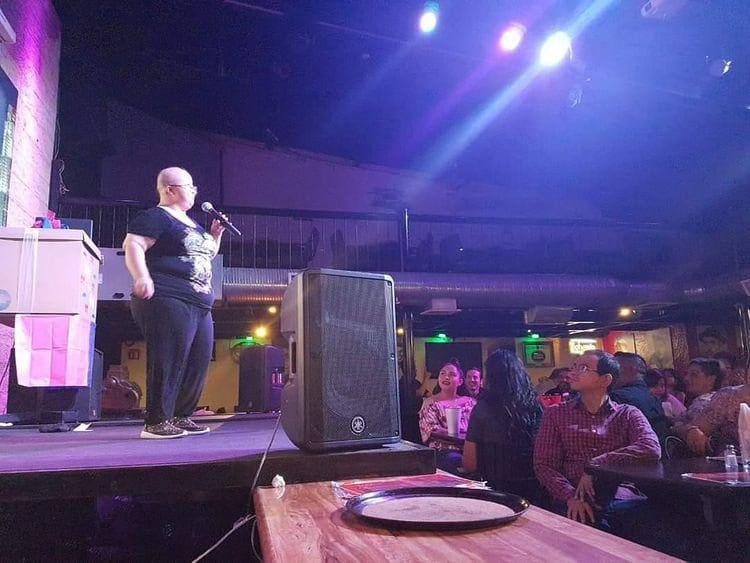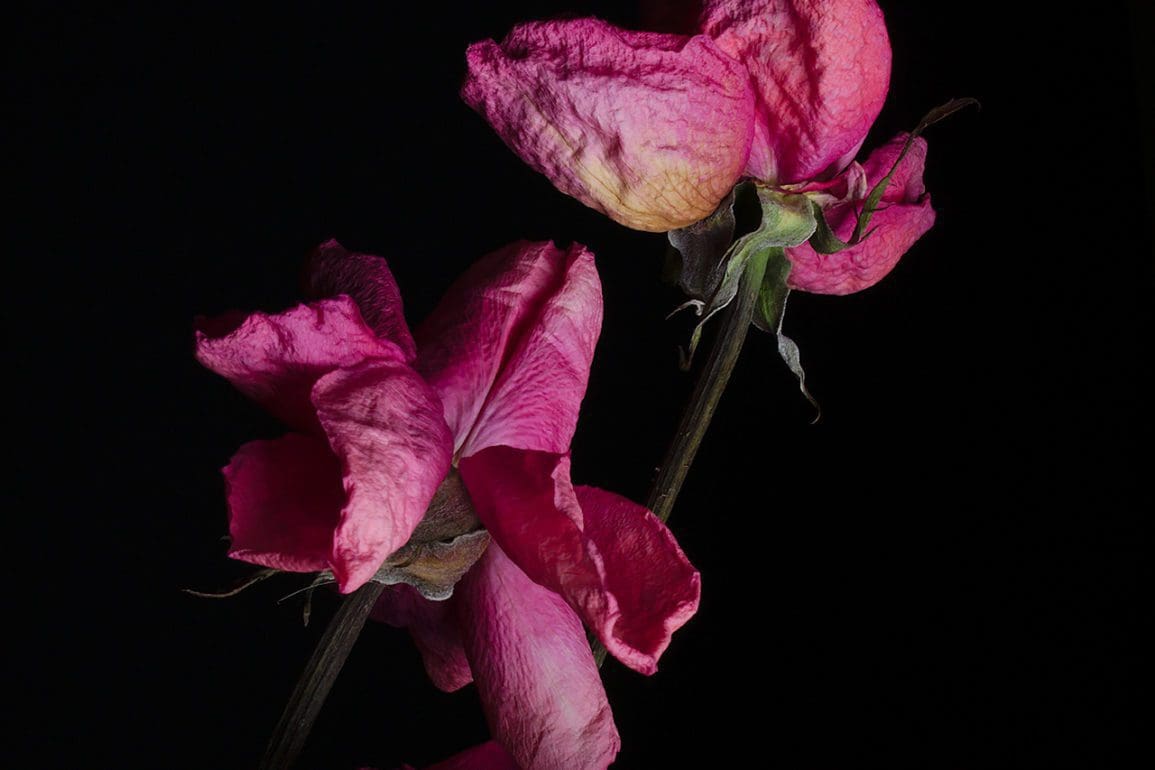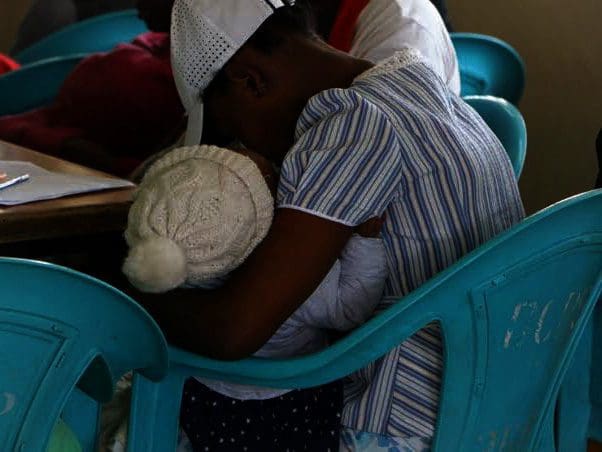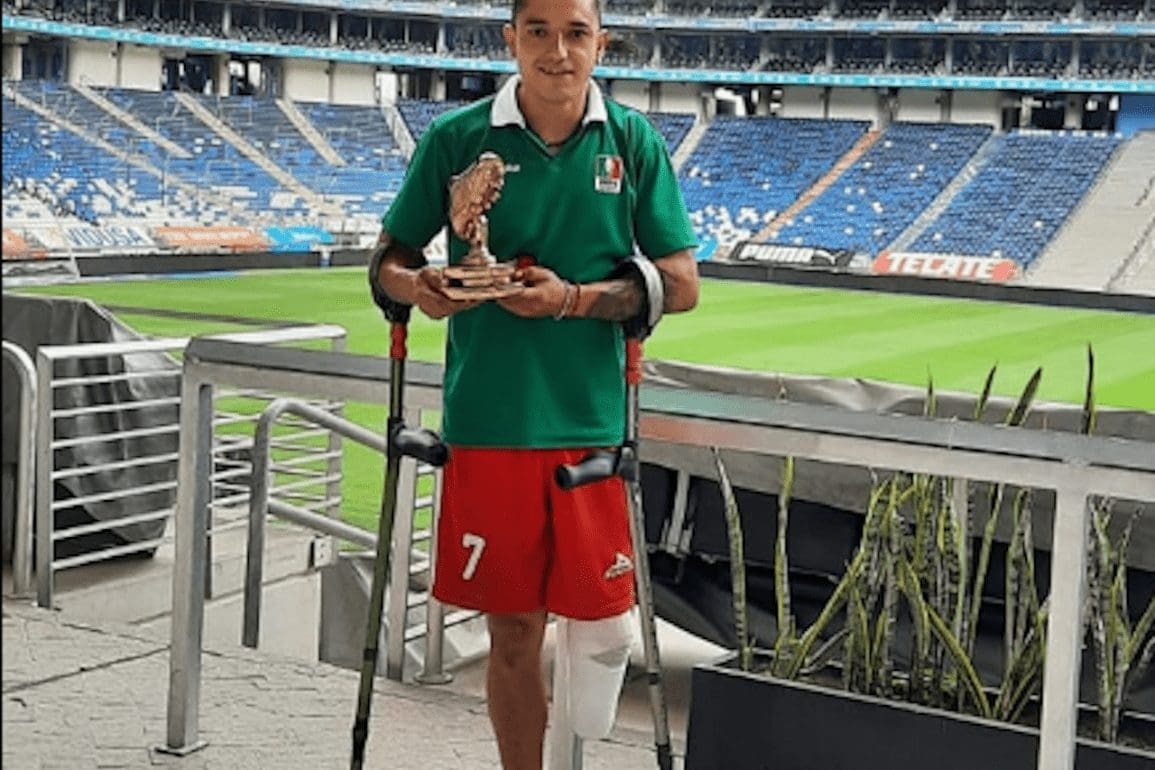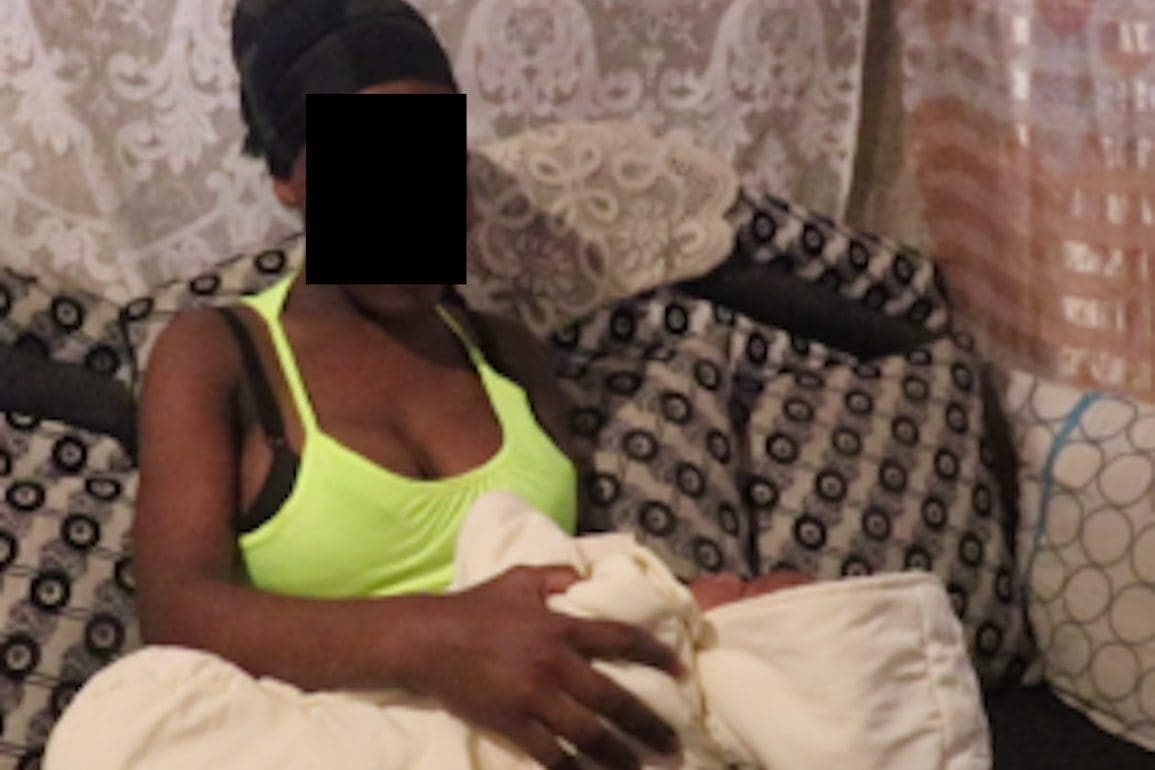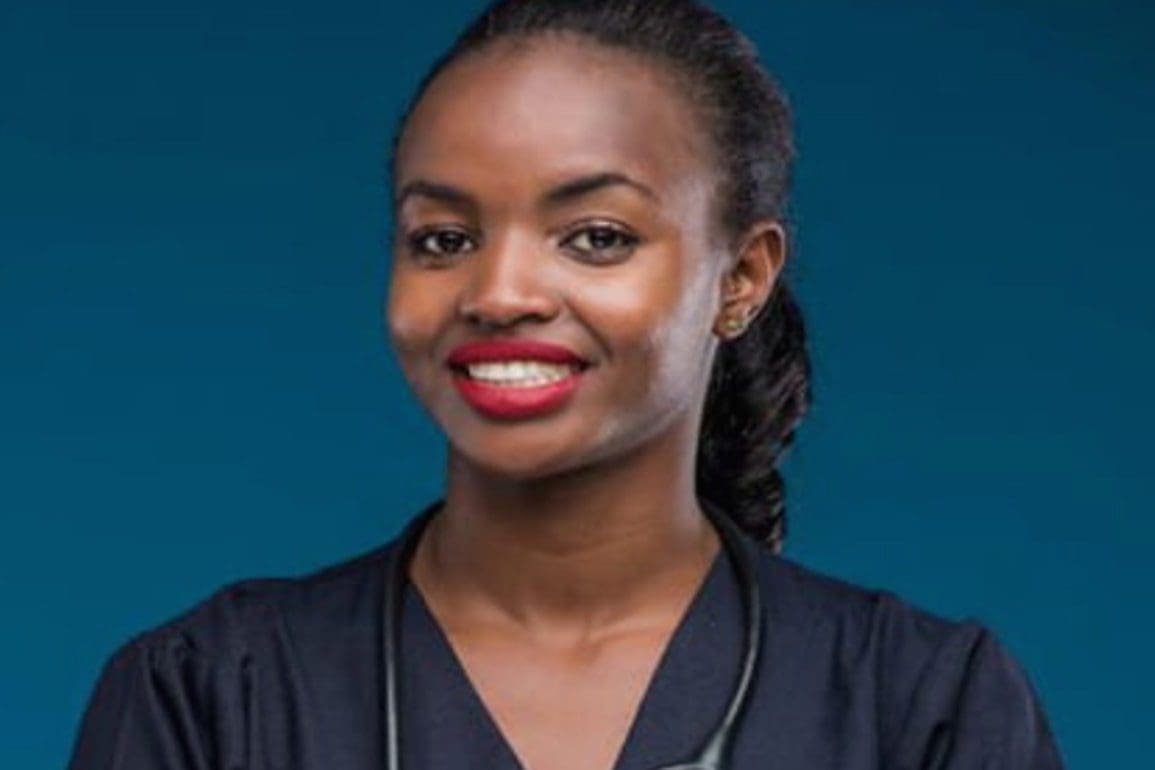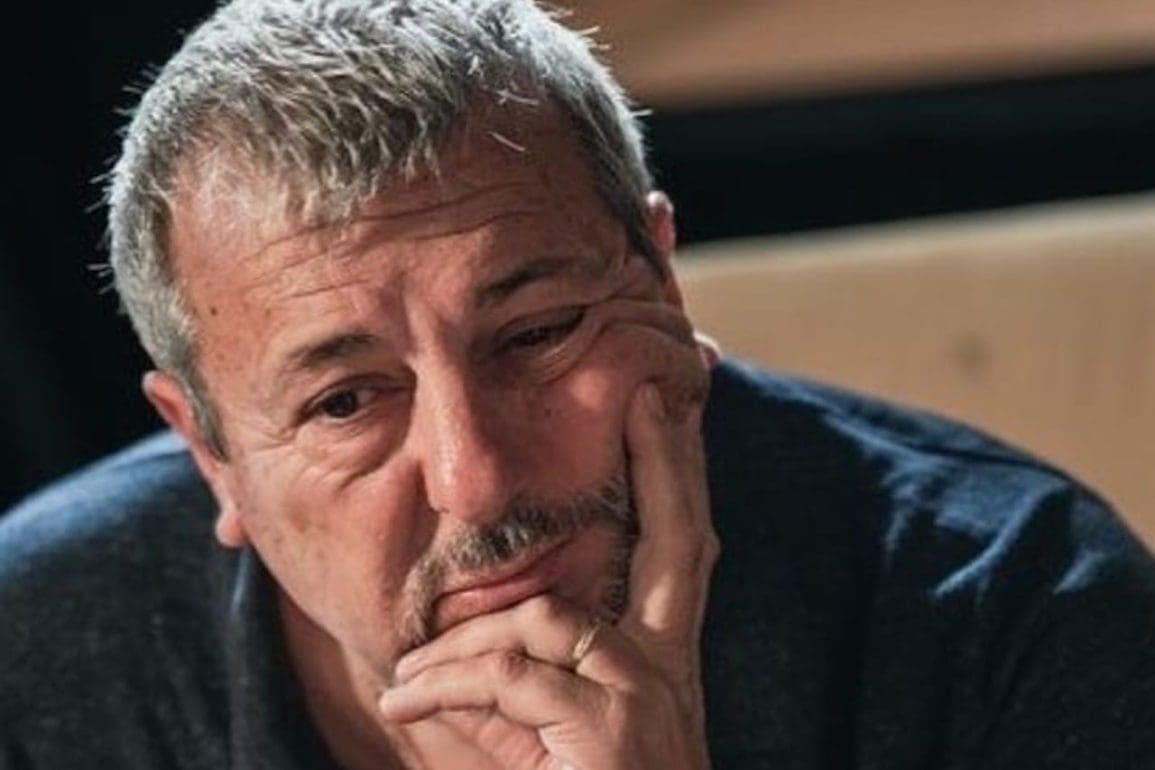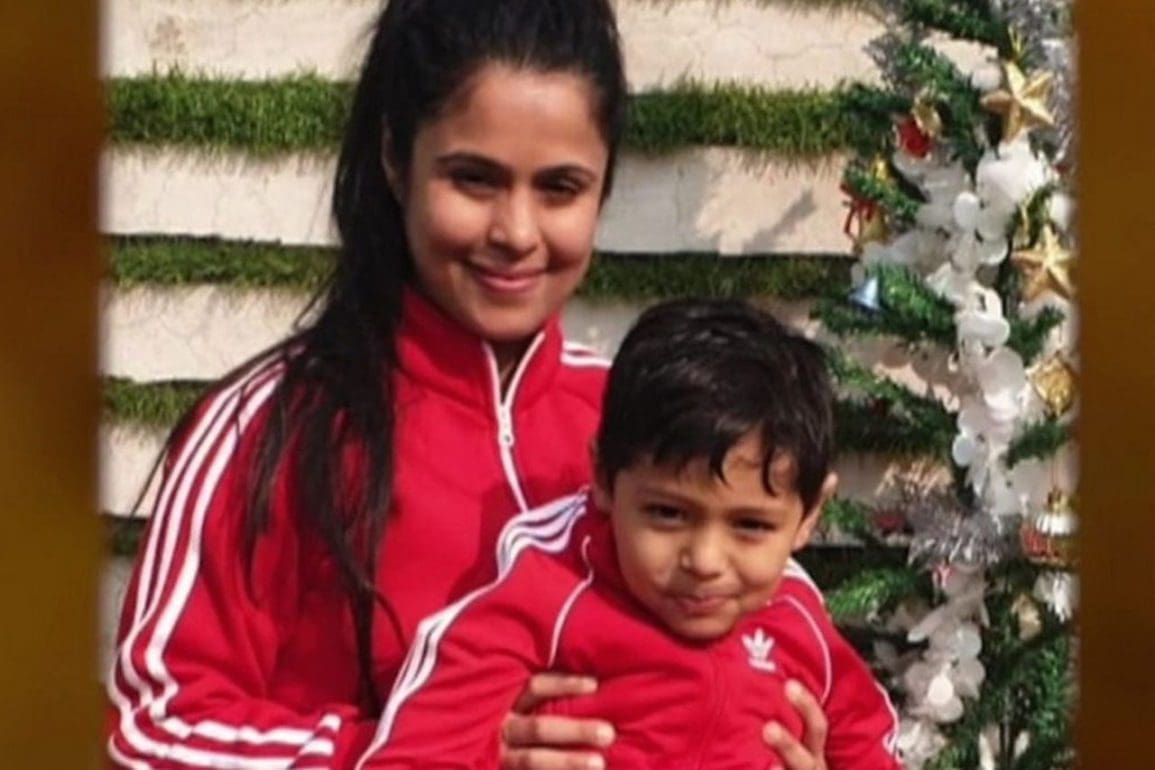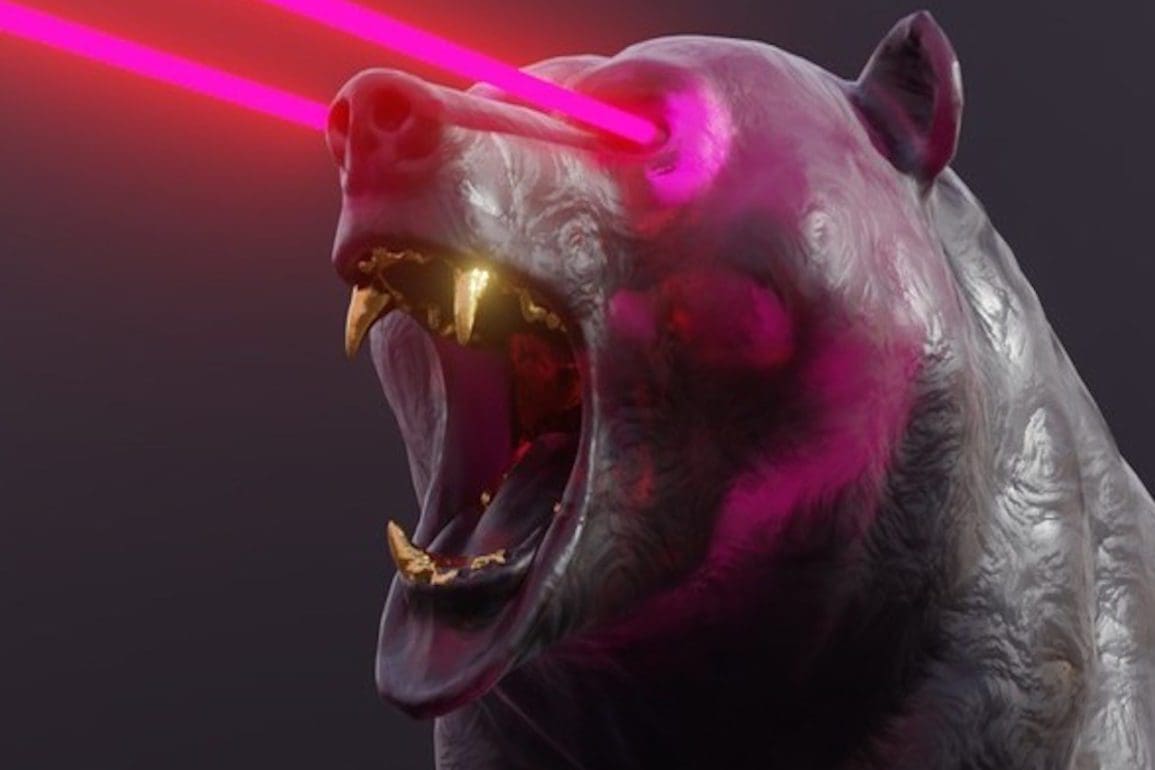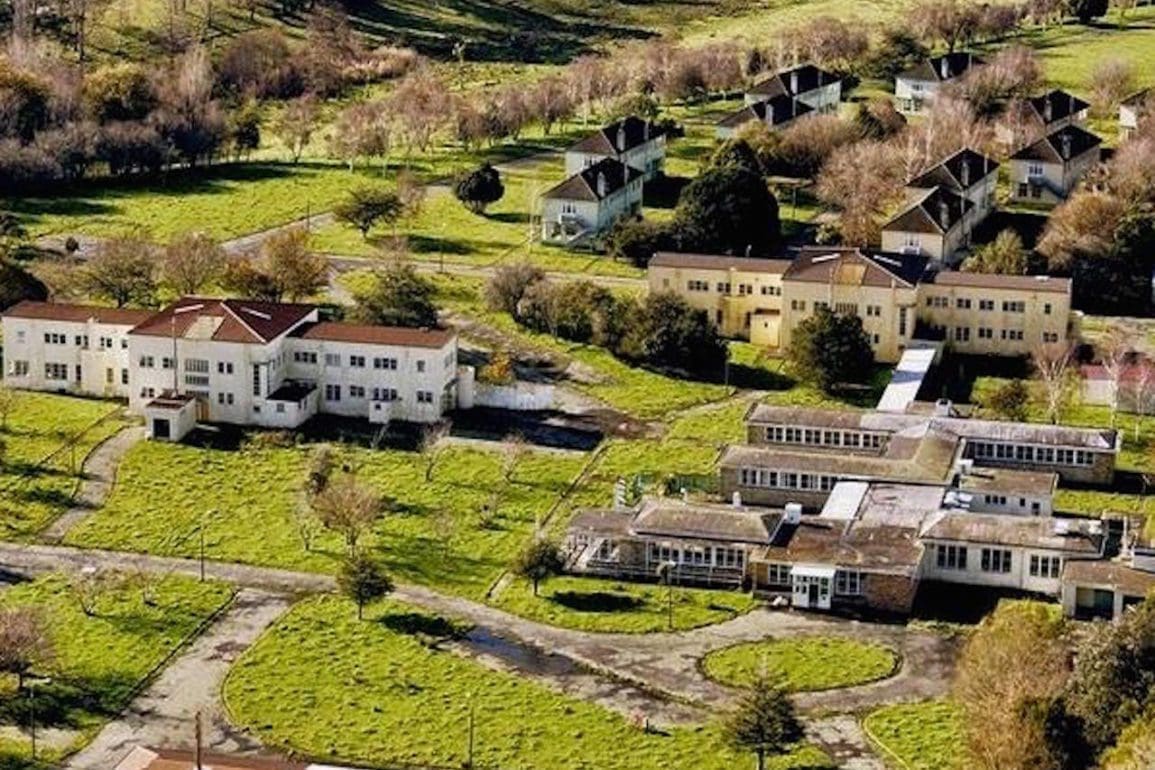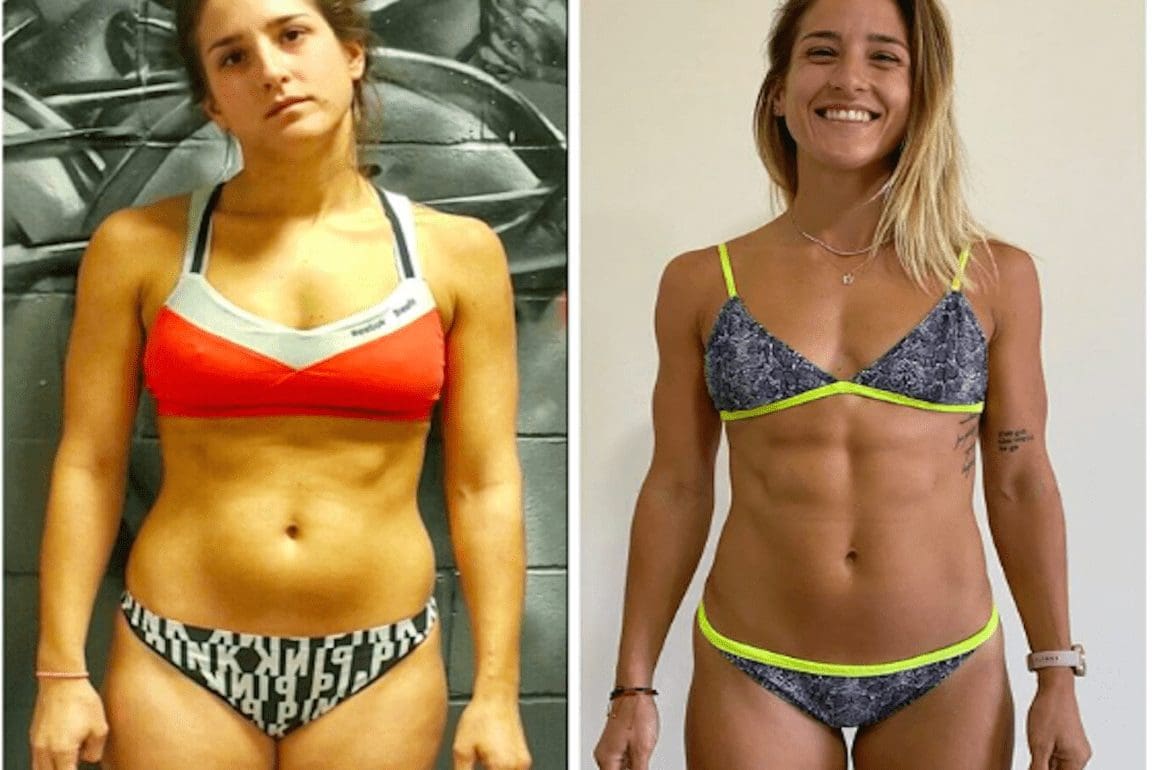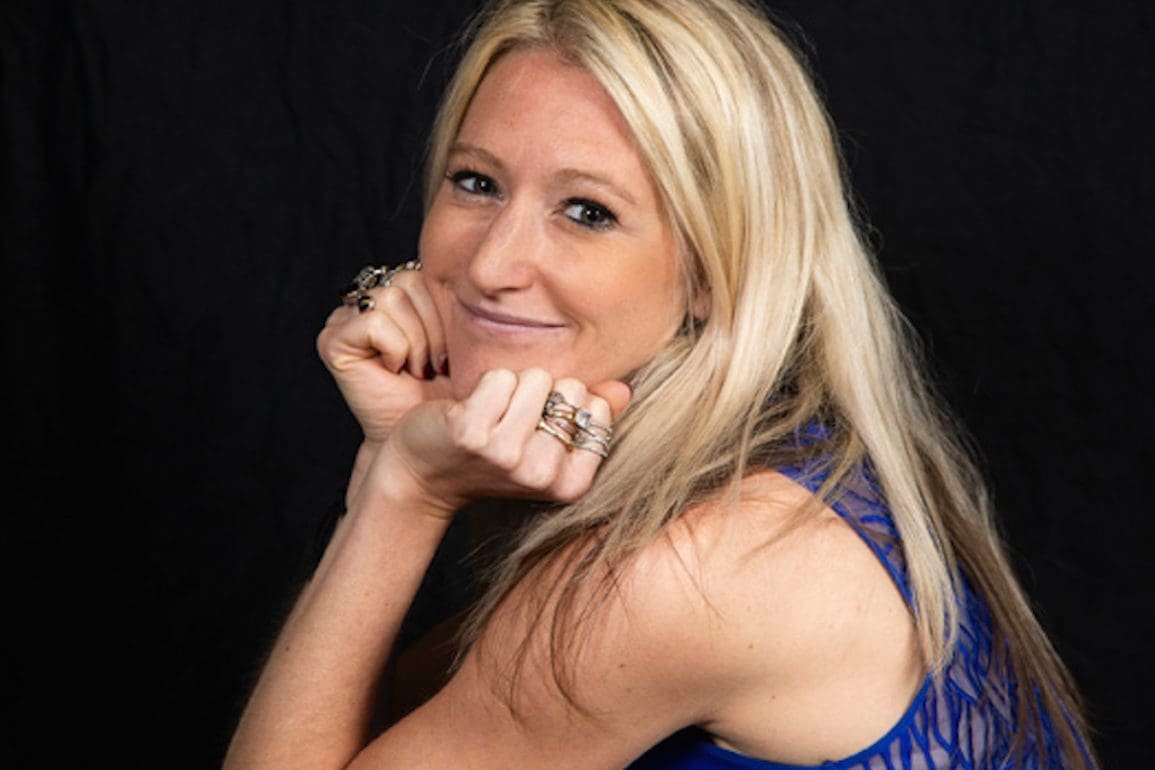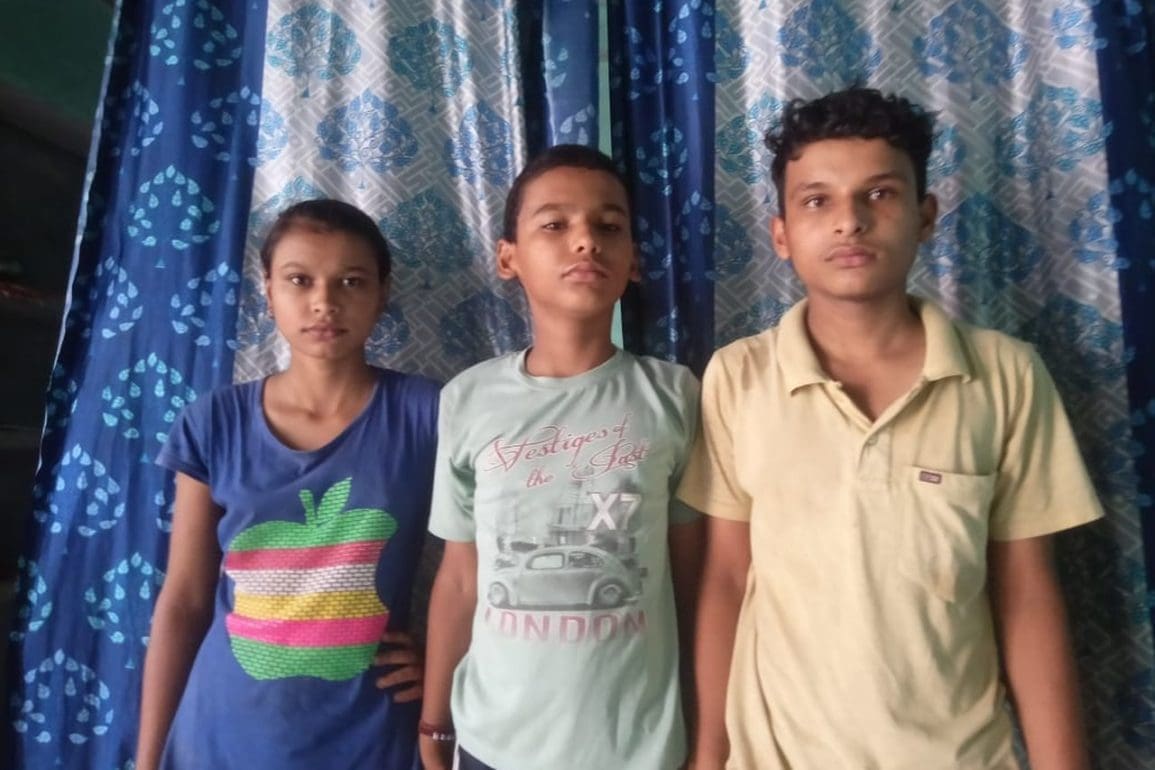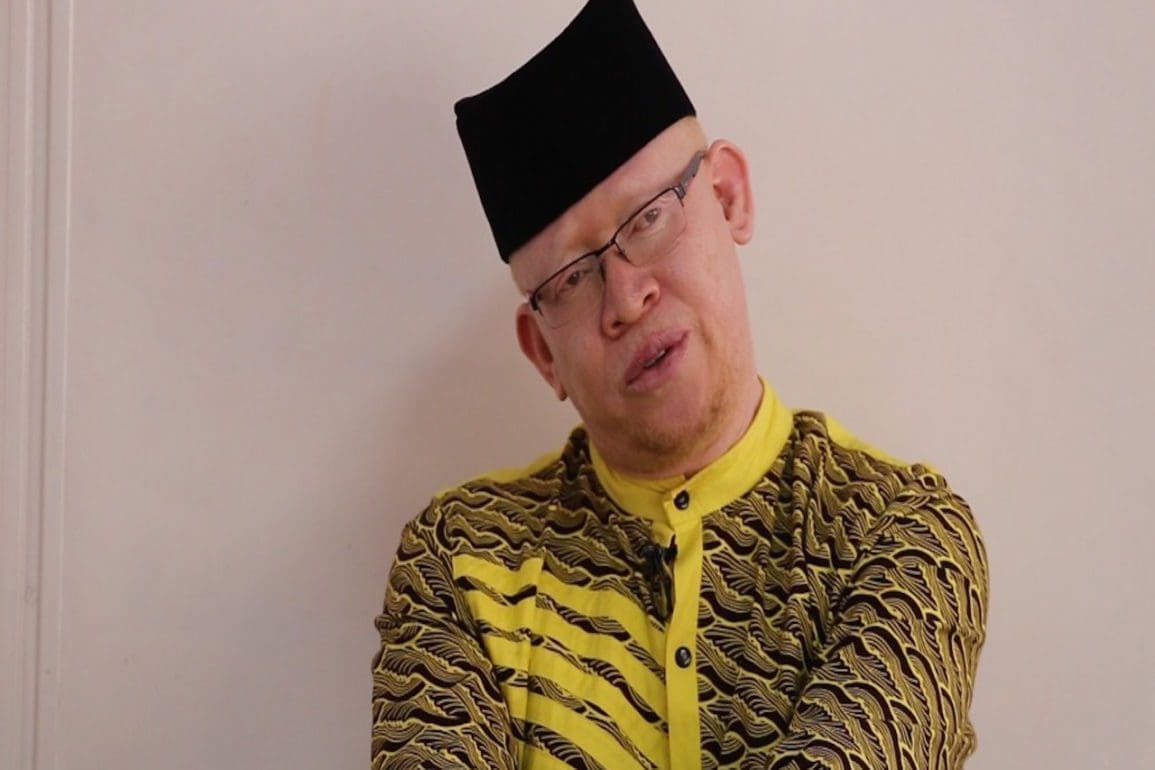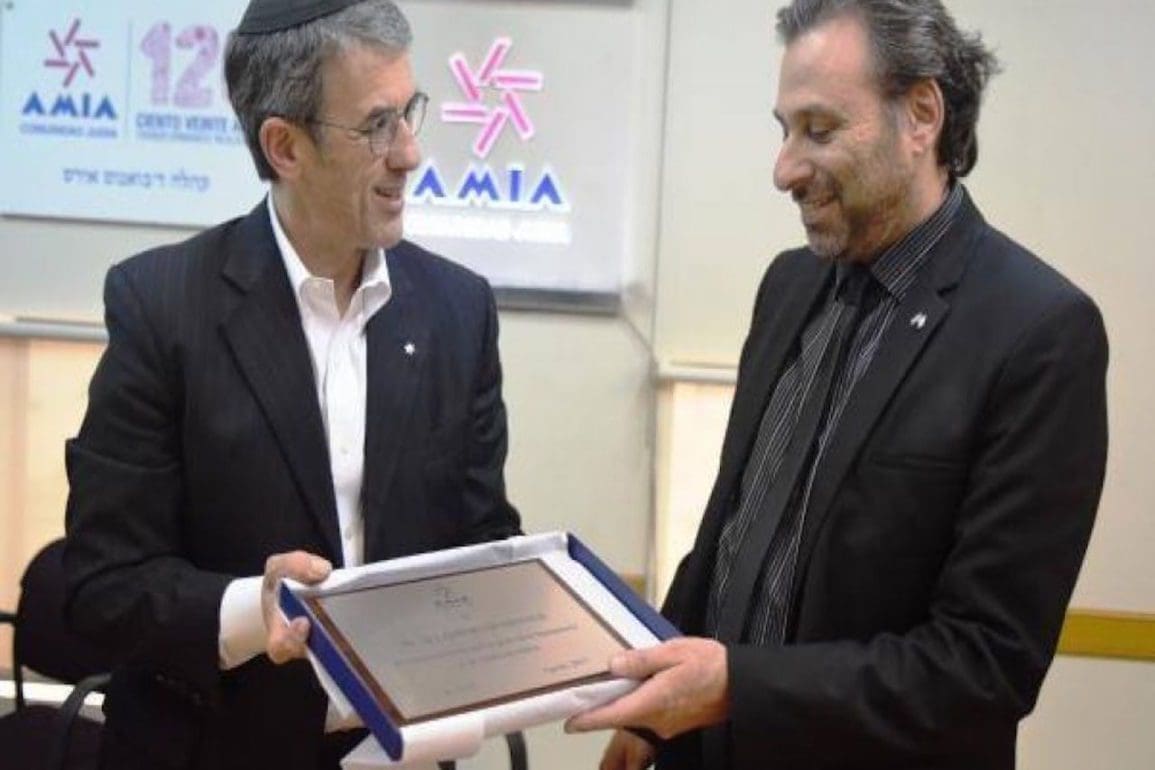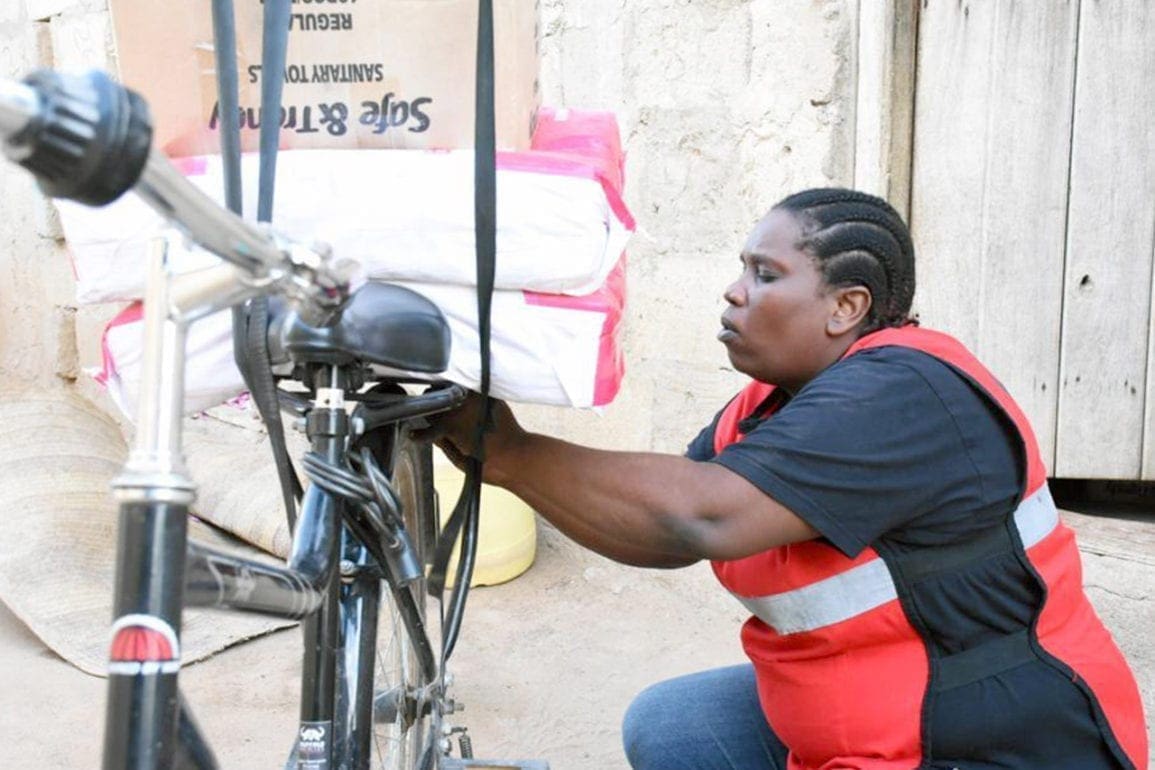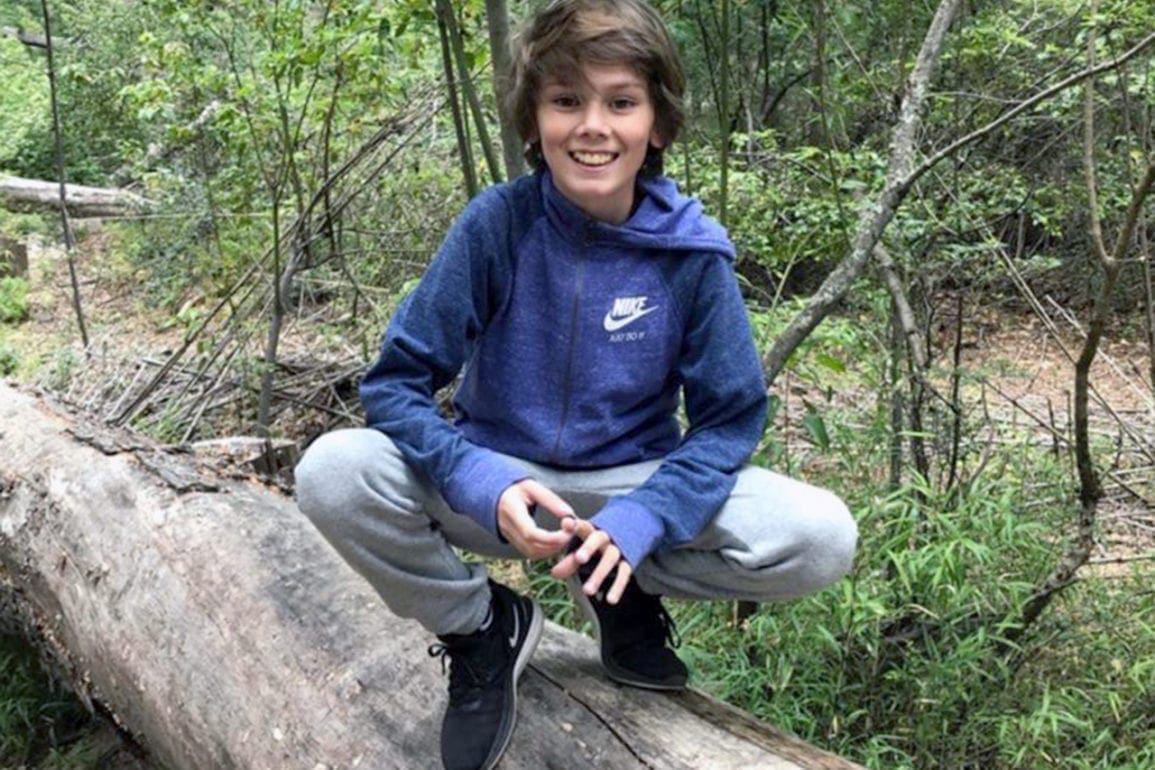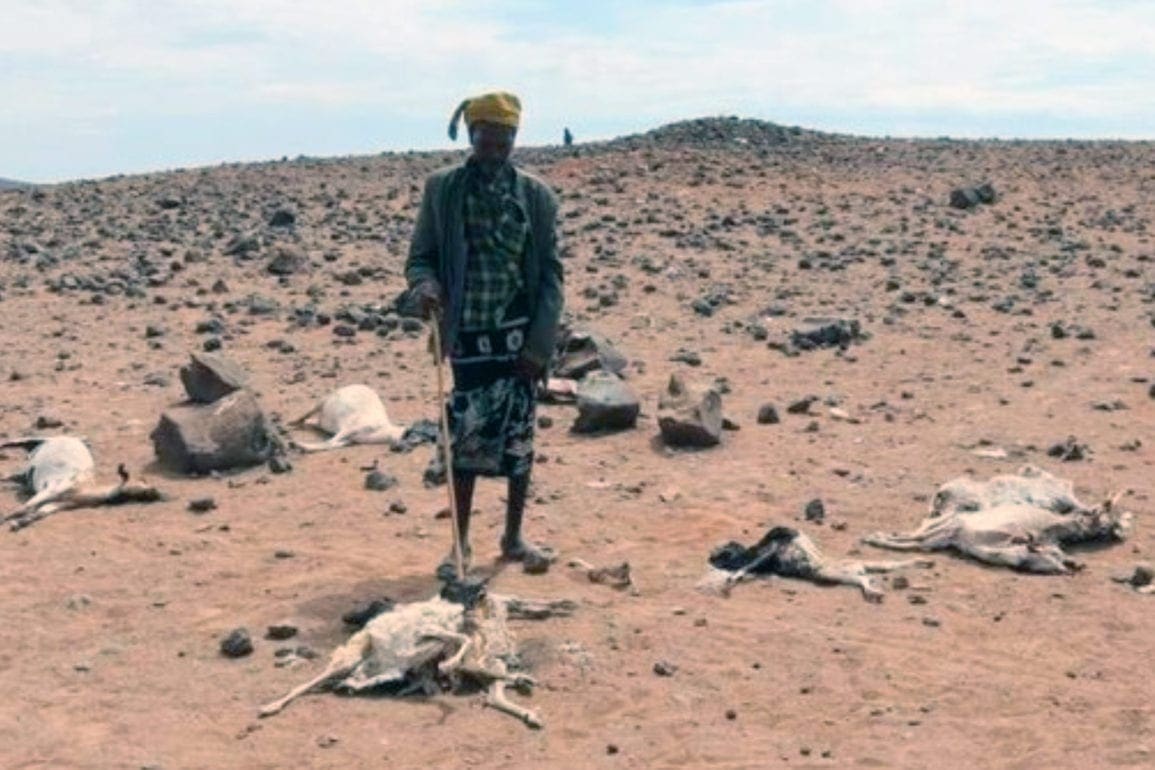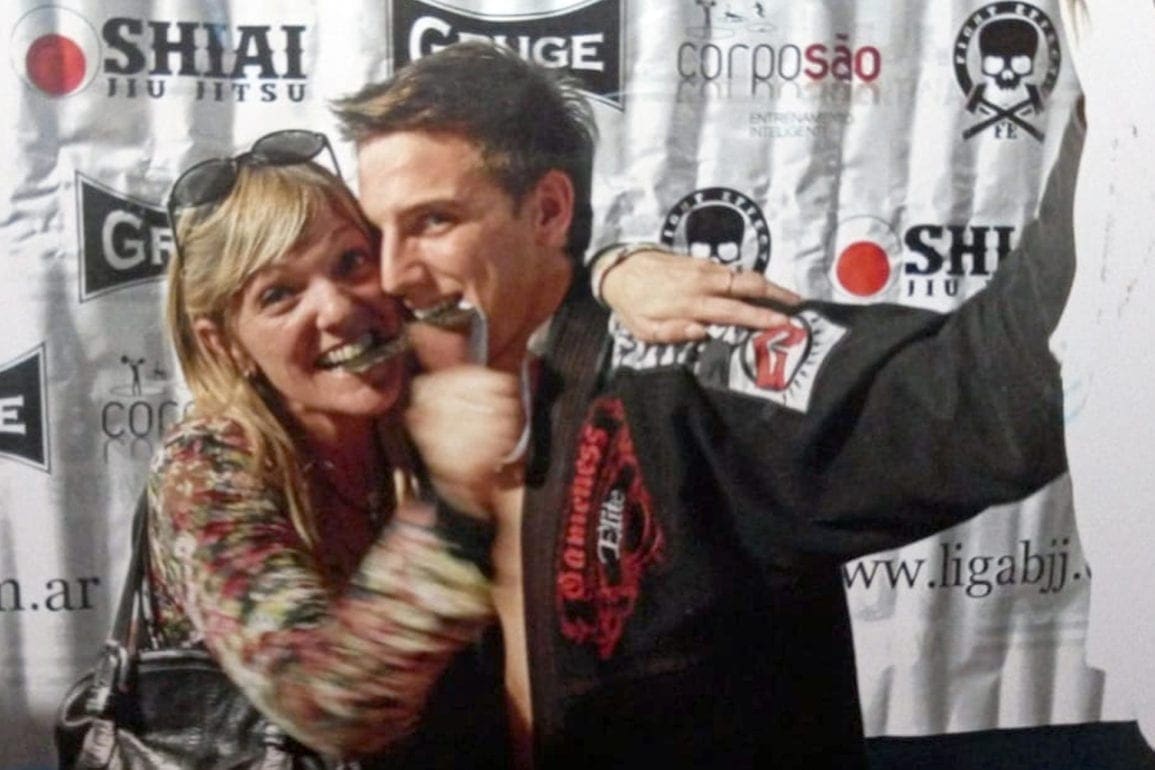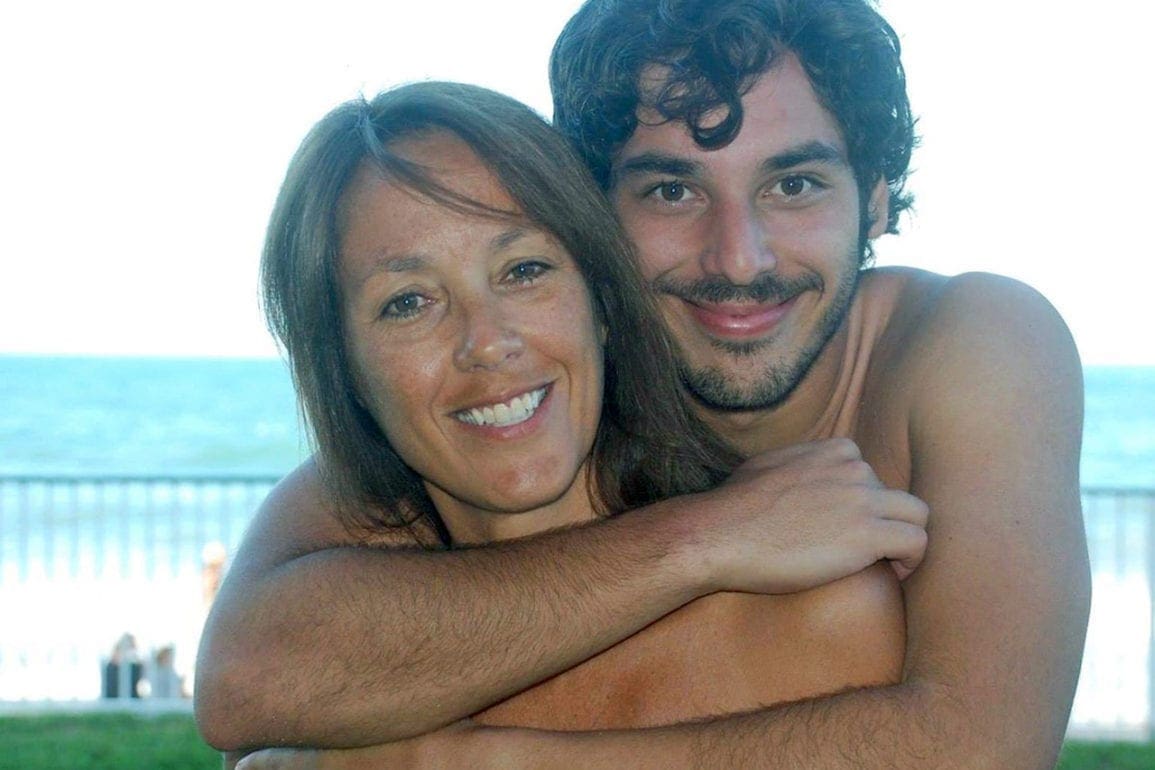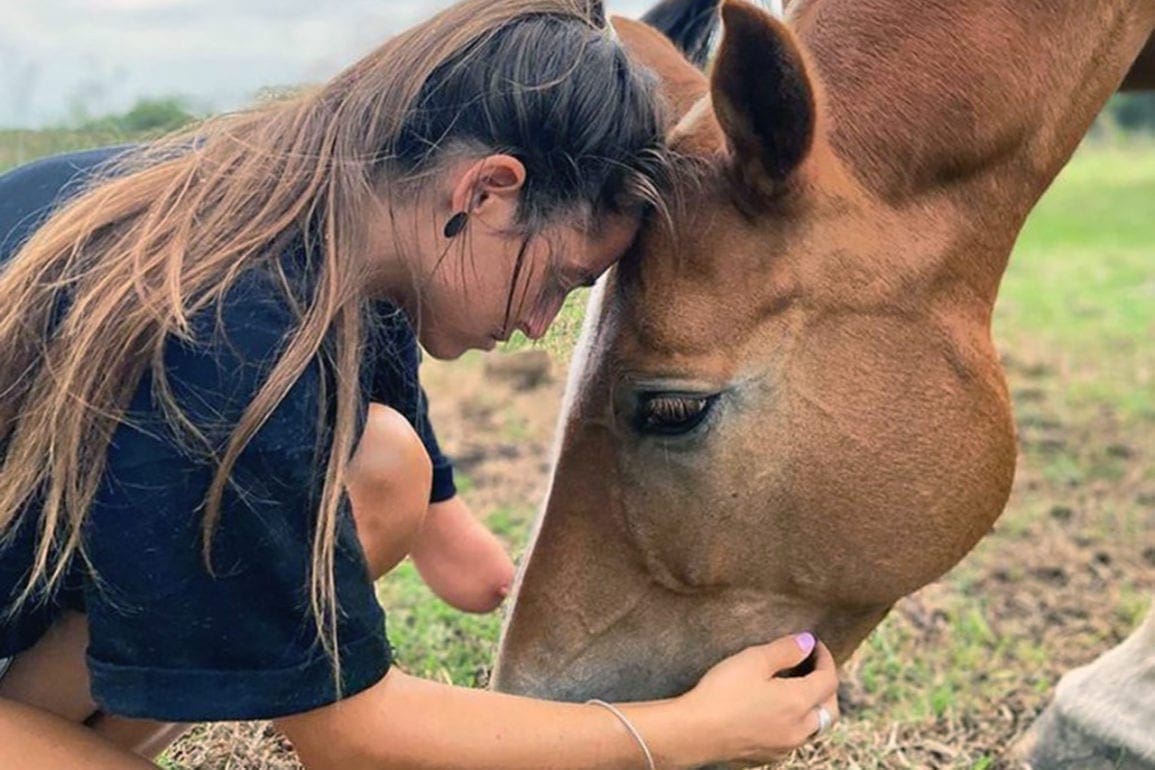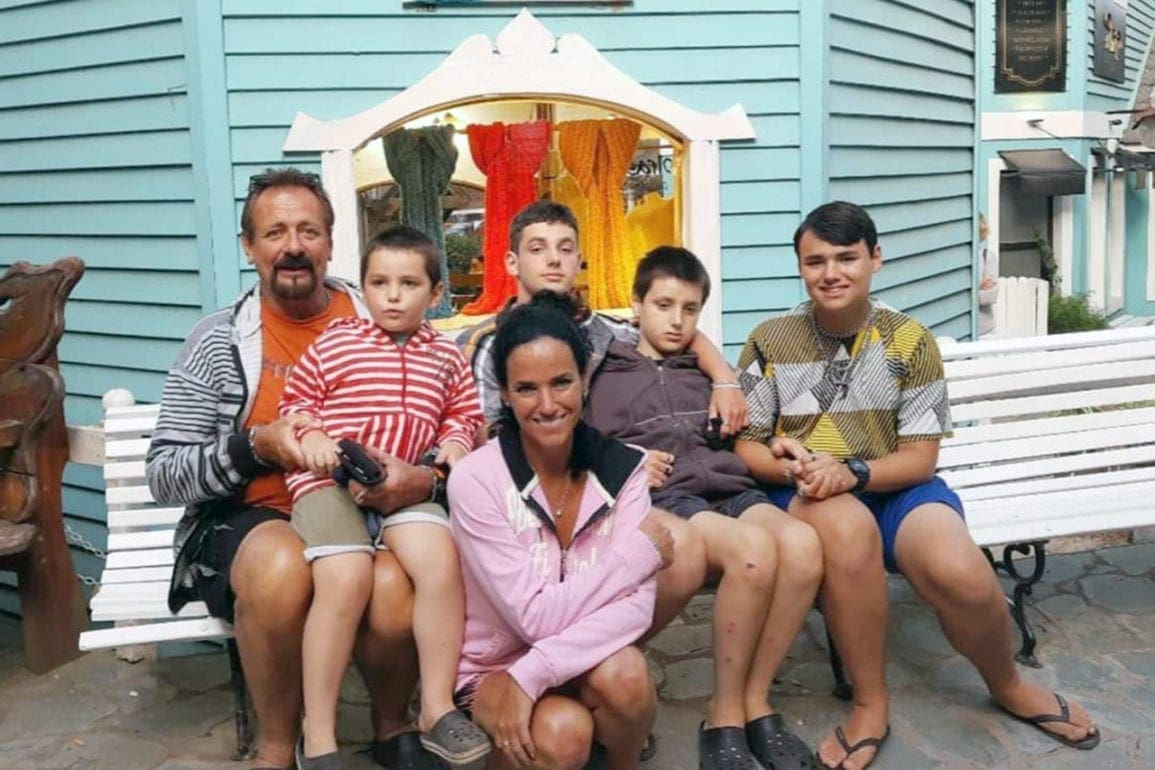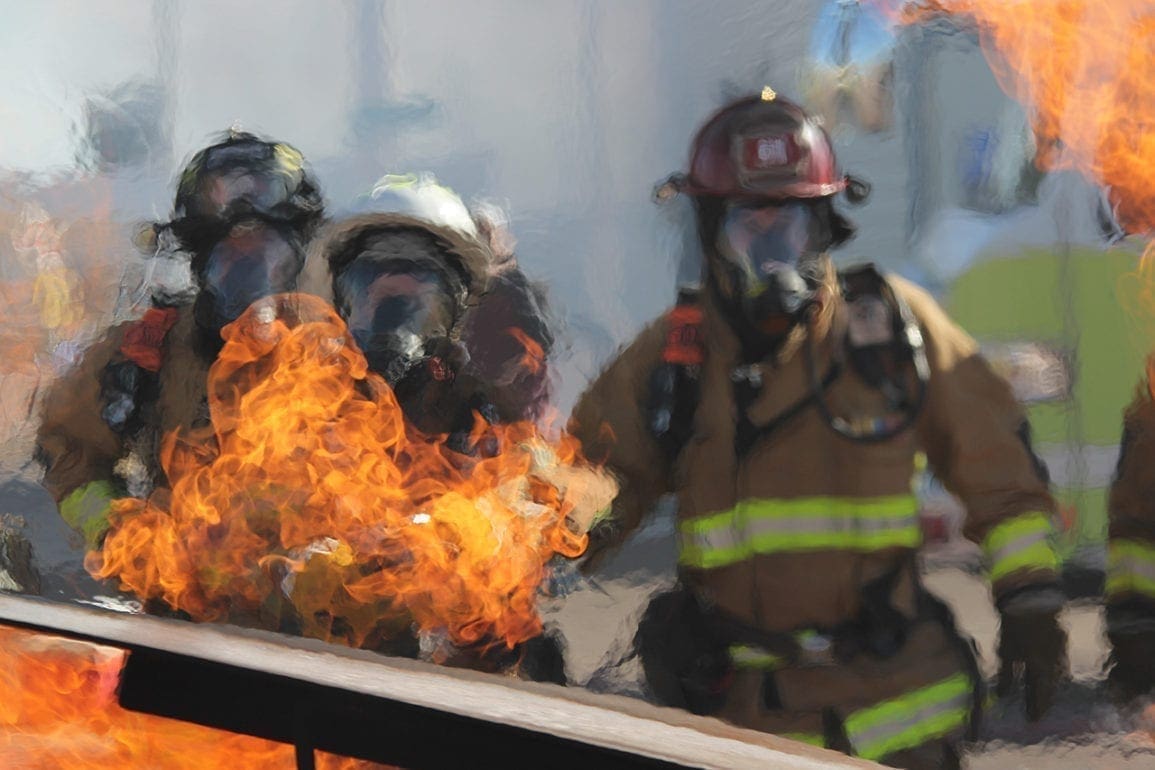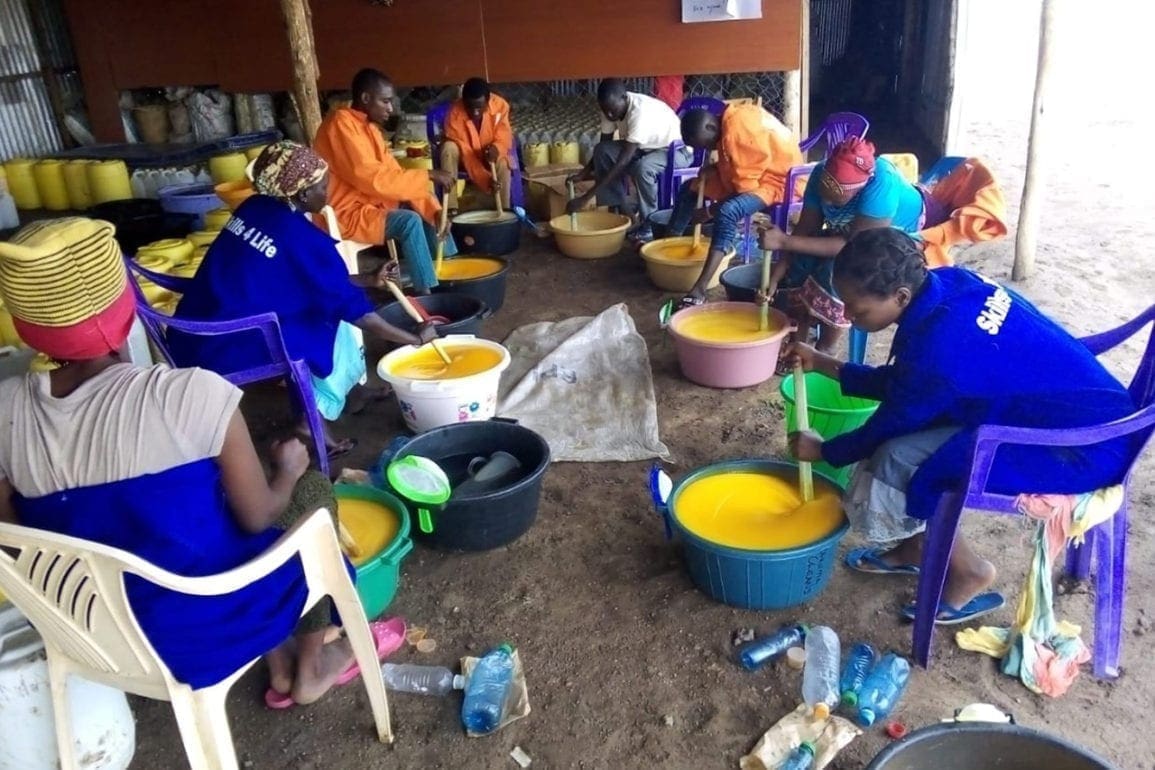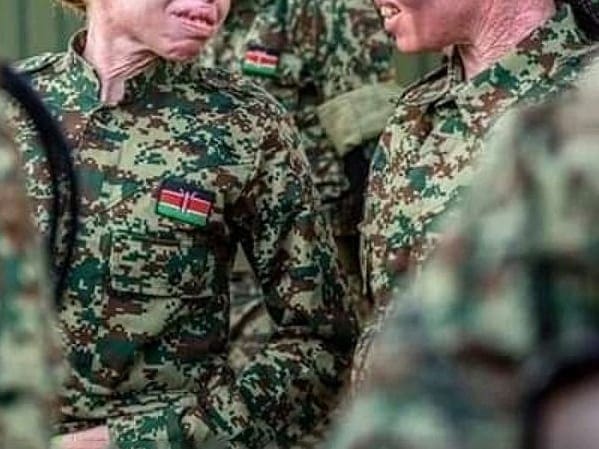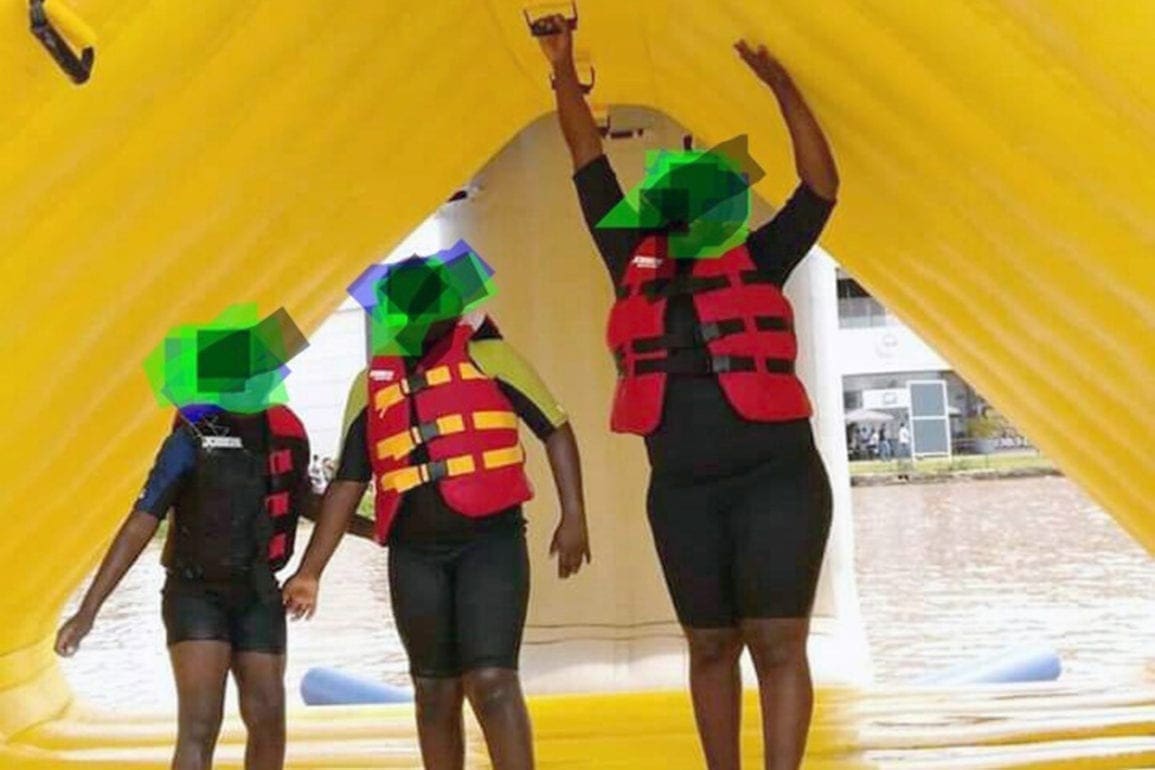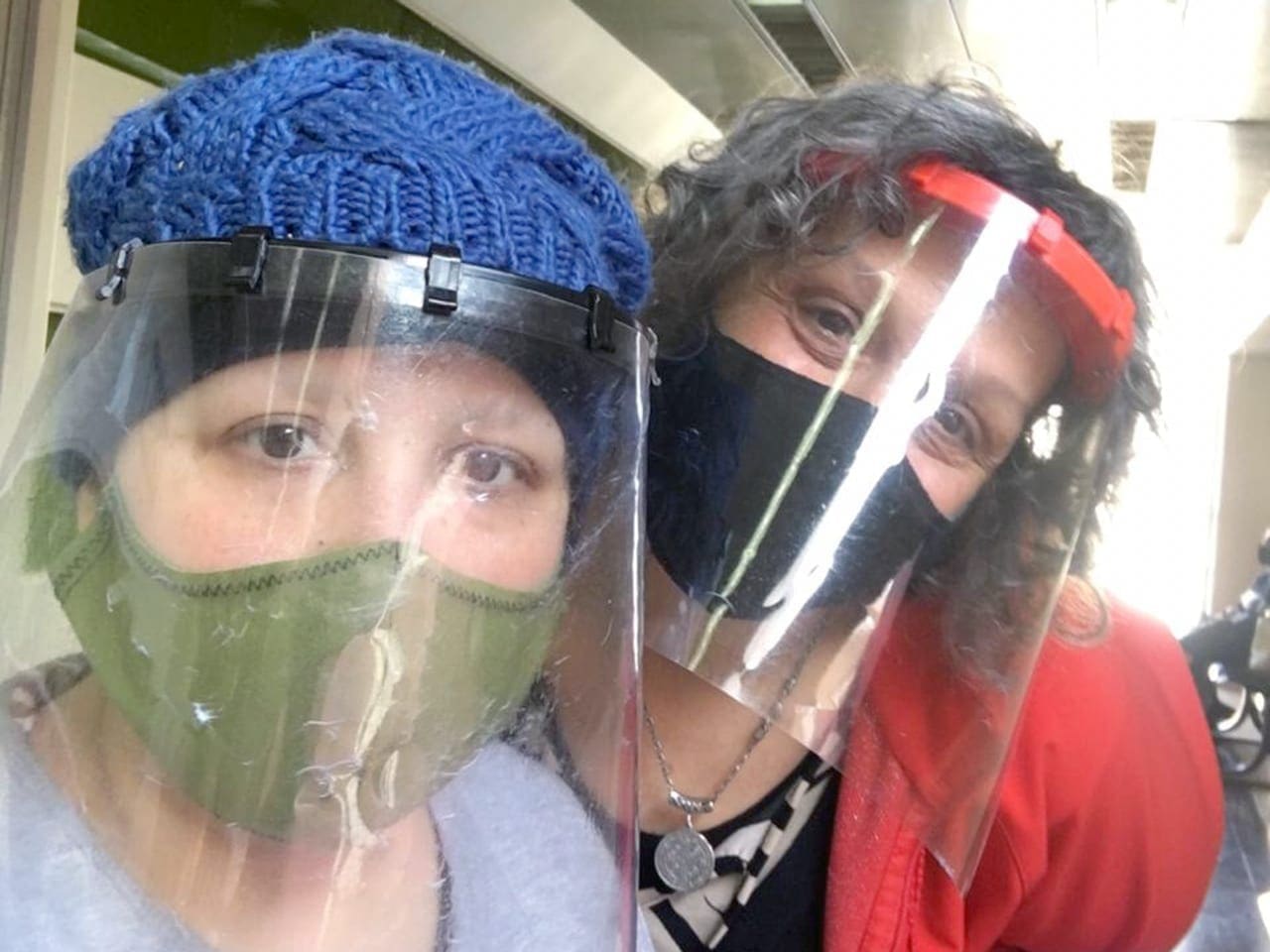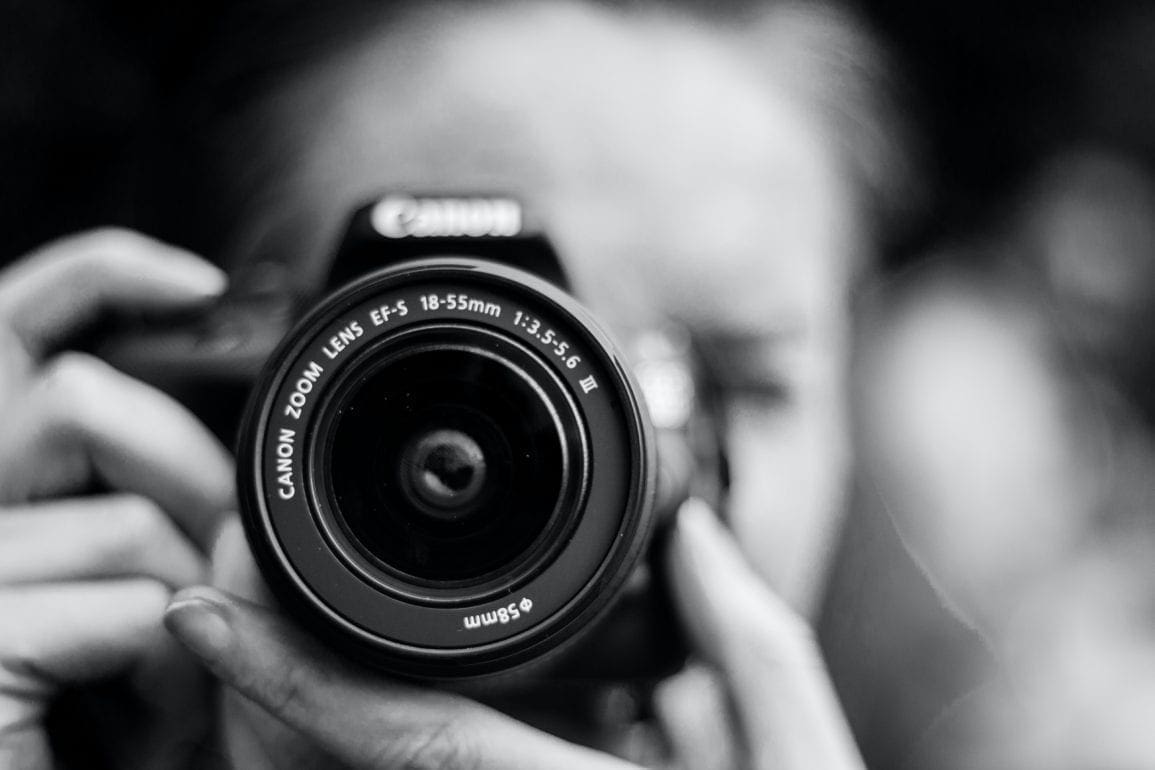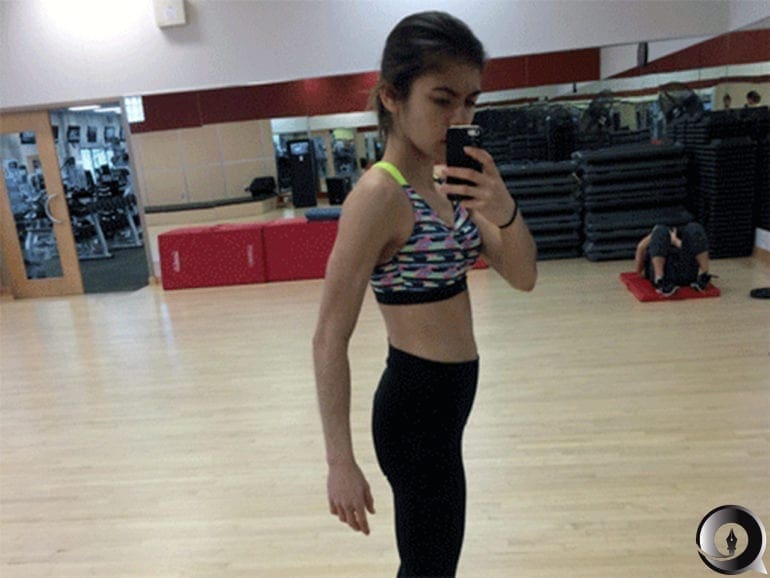“I look like a melted man:” after embracing JHF, Matías Fernandez Burzaco publishes a book, finds love
Motionless in front of the mirror, I looked at myself. Suddenly, every nodule of skin on my body appeared to me in detail. It reminded me of a rugged landscape of pink mountains, riddled with scars. A flurry of fears invaded my mind, and I felt my hands sweating. I embraced the fear and a magical connection formed between me and the image in the mirror.
- 2 years ago
May 10, 2024
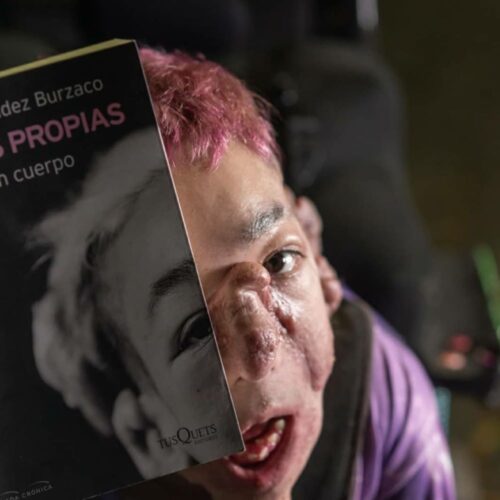
BUENOS AIRES, Argentina ꟷ In my book, I say, “I am a freak and I am going to tell you everything.” As one of only 65 people in the world with juvenile hyaline fibromatosis (JHF), my kinesiologist says, “I’m a limited edition.” My disease modifies my entire body. I look like a melted man. My legs have never grown since birth. I cannot walk so I move in a wheelchair, nor can I touch my feet, face, or close my mouth. I suffer from sweating, dizziness, shortness of breath, constant tingling, and twinges in my chest.
People often looked amazed when they see me, and I embrace it. I laugh at the world and with it. In writing my book Formas Propias, Crónicas de un Cuerpo en Guerra [Own Your Form, Chronicles of a Body at War] I embrace that my body is mine. I do not want to change it. I do, however, hope that my JHF does not spiral out of control.
Read more inspiring stories of people with disabilities from Orato World Media.
A devastating diagnosis: young man faces life with juvenile hyaline fibromatosis
At birth, I had long eyelashes, a pink face, prominent cheeks, and a dark complexion. In appearance, I looked like any other infant. Yet, soon, a warning sign emerged. As my mother Gabriela put a pair of pants on me, my knees retracted like a spring pulling them in from my waist. She consulted doctors and they pointed to a possible neurological sequence that resulted from bronchiolitis. If I did not crawl by eight months, they suggested she consult an orthopedist. My mother walked out devastated.
In time, the doctors subjected me to an endless series of studies. They operated, removing connective tissue. They pricked me time and again, checking for all sorts of diseases and disorders. International specialists examined me, but no answers appeared. I did not crawl, and soon a ball of skin grew on my chest. Then, one appeared on my ear, nose, and tailbone. A dermatologist finally made the diagnosis of juvenile hyaline fibromatosis.
As I grew older, I desperately wanted to be independent, but always had to rely on family and friends. Struggling to finish high school, my mother pushed me hard, and my father enrolled me in a communications program to continue my studies. One term away from graduating, I suddenly quit. That was when a teacher said, “Why don’t you tell your story? I want to know about you. How do you eat, sleep, and bond?”
He warned, “If you do not tell your story, someone else surely will.” His words sent an energy running through my body from end to end. It felt as if I woke up. My brain swirled with thoughts. To carry out this project, I needed to look inward as if I didn’t even know myself.
Standing in front of a mirror, he sees his JHF with new eyes
I always felt a fear of being alone, but one day I asked a friend to leave me at the studio where my mom practiced dance. Motionless in front of the mirror, I looked at myself. Suddenly, every nodule of skin on my body appeared to me in detail. It reminded me of a rugged landscape of pink mountains, riddled with scars.
A flurry of fears invaded my mind, and I felt my hands sweating. I embraced the fear and a magical connection formed between me and the image in the mirror. I saw in my reflection a set of obstacles from JHF which I learned to live with since childhood. “Is it really you,” I asked myself. I saw my huge, elongated chin, eyebrows like two stripes drawn with crayon, and ears like a collage of pieces of skin taken from other parts of my body.
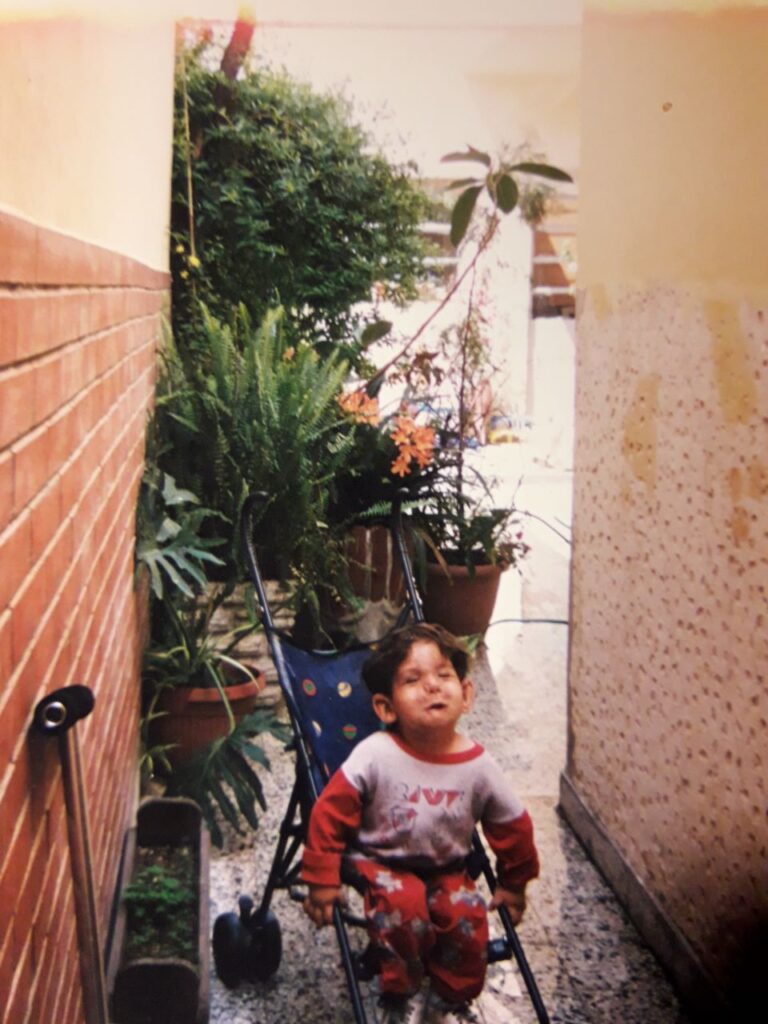
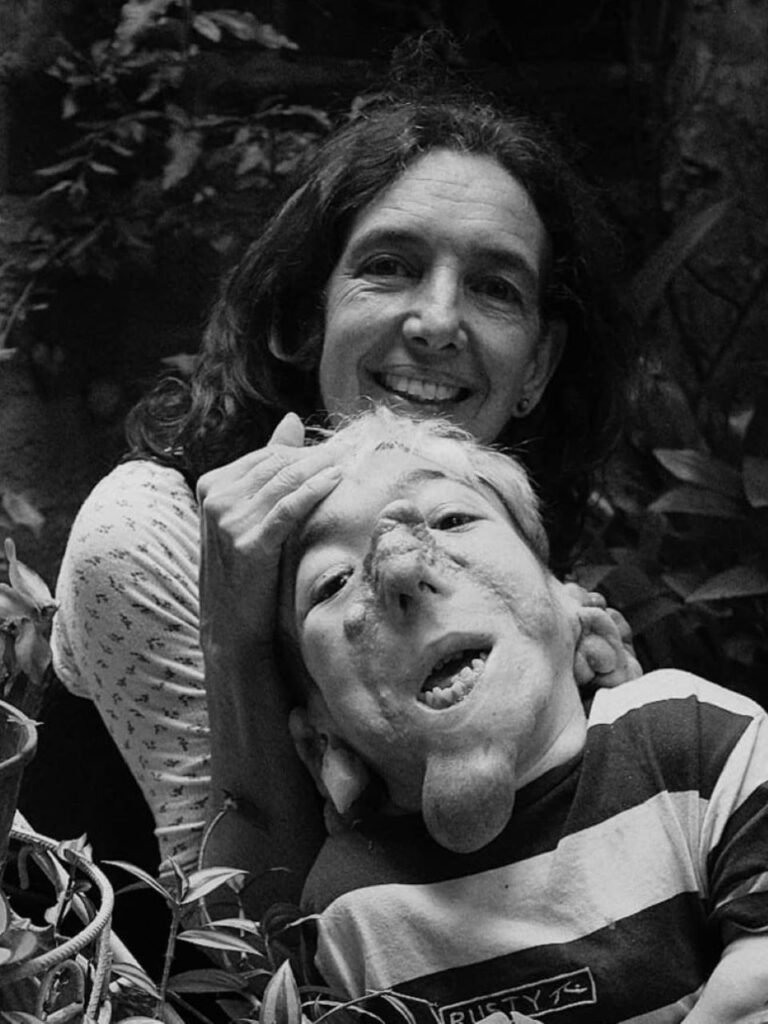
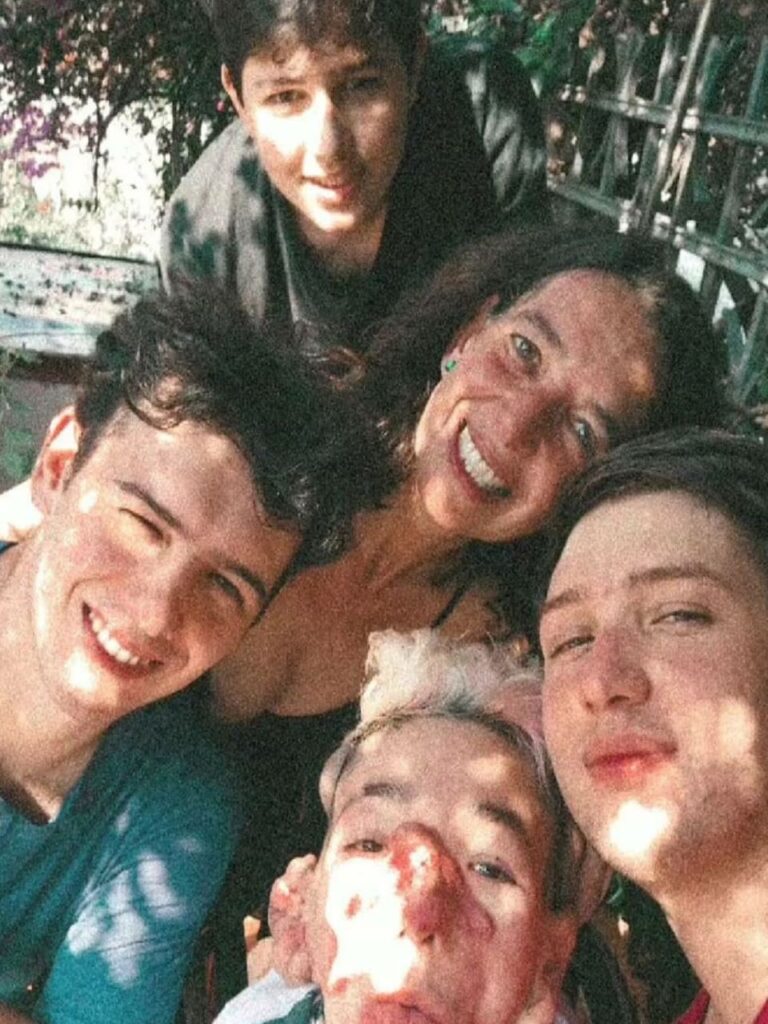
Though I could not reach to touch them, I saw my cheeks – like the soft buttocks of a newborn. Above my nose, a nodule obstructed my sight, and a white ball – the largest of all – appeared on my head. I saw my short legs and even shorter arms. The small amount of flesh on my lips and a mouth unable to close revealed crooked and cracked teeth.
From that moment forward, when I went out into the streets, it felt like a journalistic experience. My mind became a storage space for every expression, grimace, and glance of another person. When I returned home, I began to write it all down on paper. In my first book Los Despiertos, I gave voice to my nurses and caregivers.
Writing gives man with juvenile hyaline fibromatosis a leading role for the first time in his life
In Los Despiertos, the nurses speak in the first person as I put myself in their shoes, cleaning my body, lifting, and caring for me. I call them the awakened ones. As they bathe me, I find an intimate space to confess my feelings, cry, and be embraced. They splash me with stories of people they care for, and those who died in their arms.
My favorite character in the book, Vero, is a nurse who slept near me, sharing her dreams. She wanted to play professional soccer and find a husband with money, so she didn’t have to eat bread and drink mate every day. She wanted to make it home without riding three buses, in fear of being raped.
As I developed a practice of writing, I gained a sense of freedom from JHS. It offered me a leading role, something I never experienced before. In time, I gained the courage to write raps and even entered a freestyle battle. My first time on stage, facing a unique, new environment, I felt a roar escaping from my body.
Getting ready to battle, the tension mounted. You could cut the air with a knife as the scene vibrated with a measure of aggressiveness. Our voices provided the context. Little by little, I began to throw a flow, then another. It felt like flying. Amidst the smoke, a thunder of applause attached itself to me as I left the stage.
Life with purpose: writing, exploring, and finding love
Obstacles remain. I still struggle to be alone and feel the vulnerability of being taken care of. In moments of aloneness, I feel like a hostage in my own body. When people move away from me, I become dizzy. After five minutes, it turns into restlessness because I cannot move.
Even my dog keeps his distance, after knocking me off my chair. Thank goodness my nodes broke my fall. While he sleeps under my bed, he watches me. Sometimes, he approaches, and licks the metal on my wheelchair.
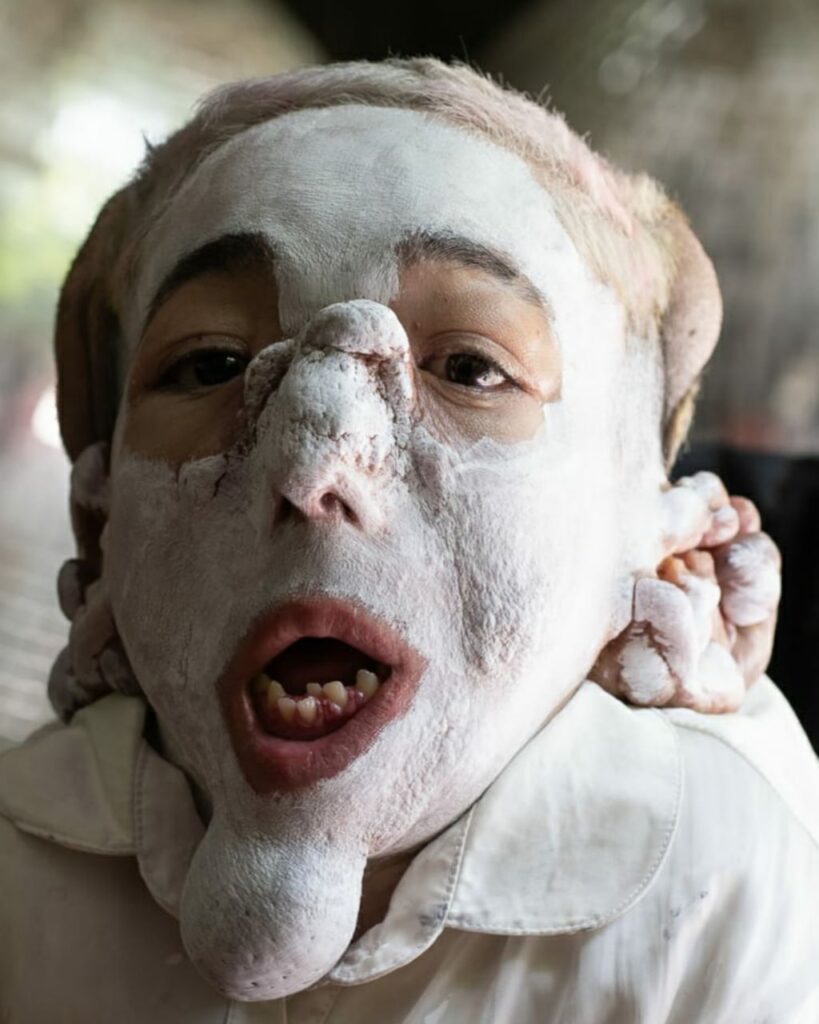
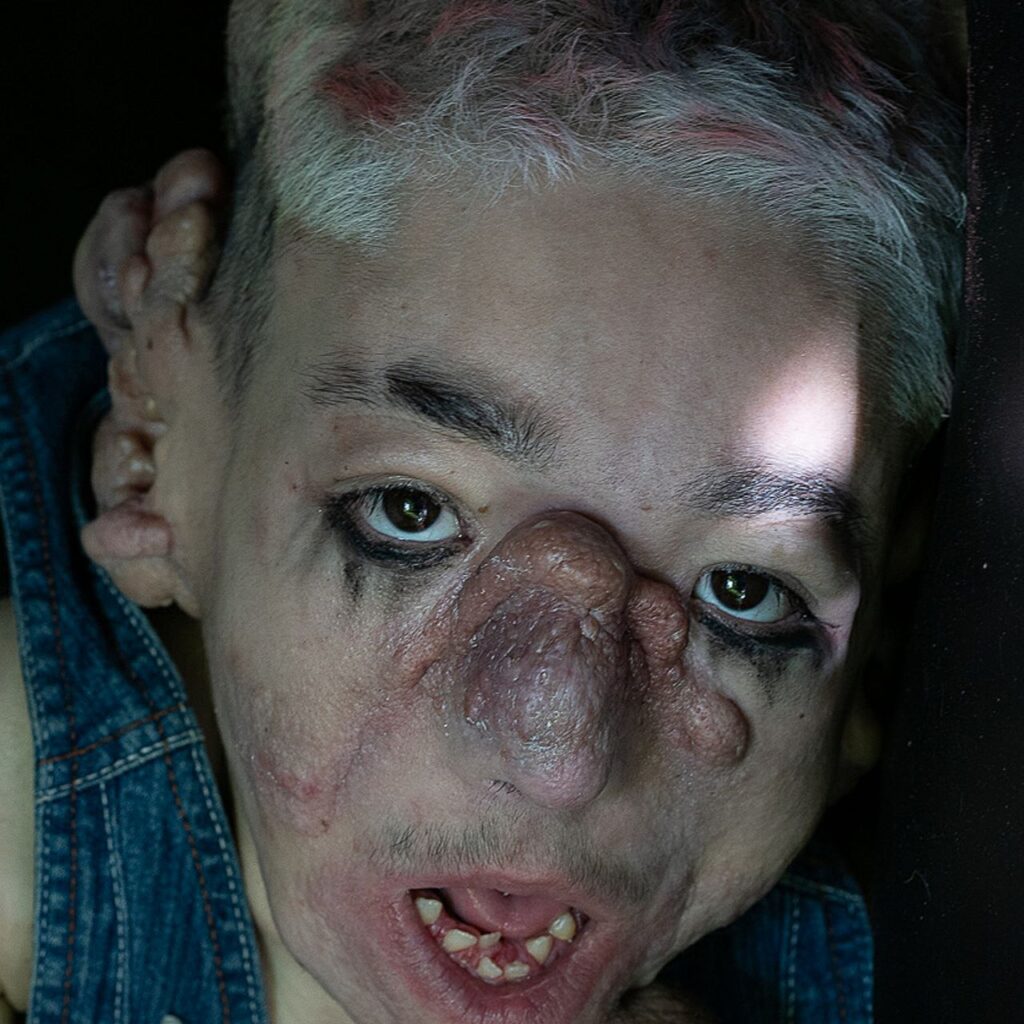
Despite these challenges, I remain focused. I do not need to write about myself anymore. Instead, I spend my nights working on a movie script I hope to shoot or writing a novel. While working, I feel like I live a parallel life. Recently, I completed two new rap albums I hope to promote.
Most times, I write well into the night and wake up late. I read, go for strolls in my wheelchair, visit the plaza, and go to movies and theater performances. Oftentimes, I can be found jotting down words and sentences I want to use later in my creative efforts. I also met someone, and I am engaged to be married, which makes me immensely happy. I believe the greatest thing in life is love. Having a full life with my loved ones is a magical and wonderful experience.

